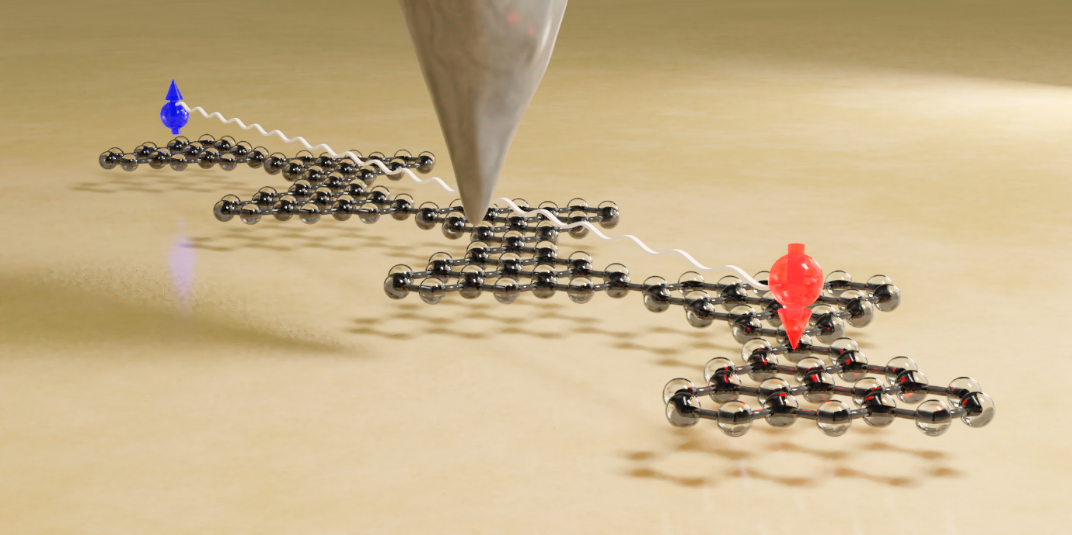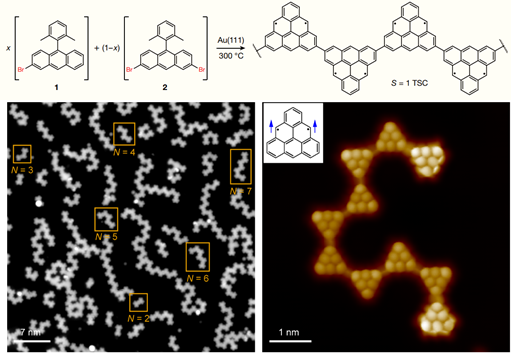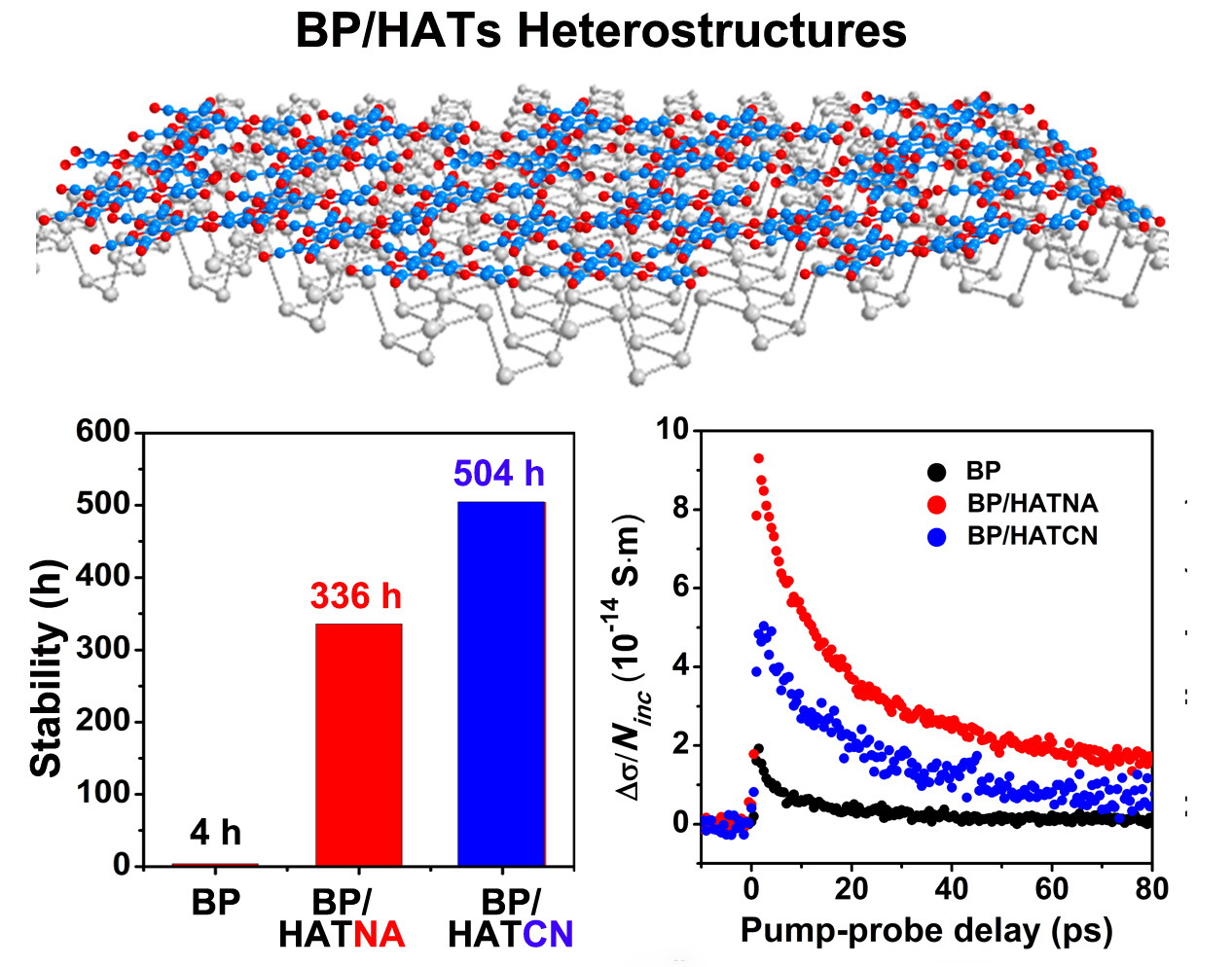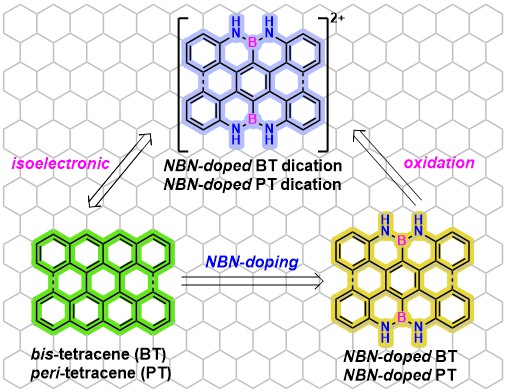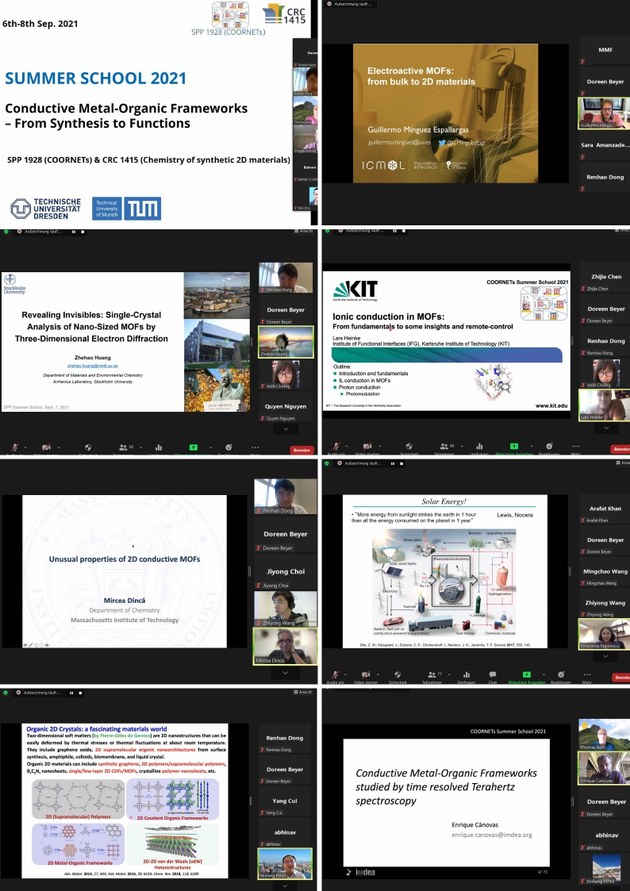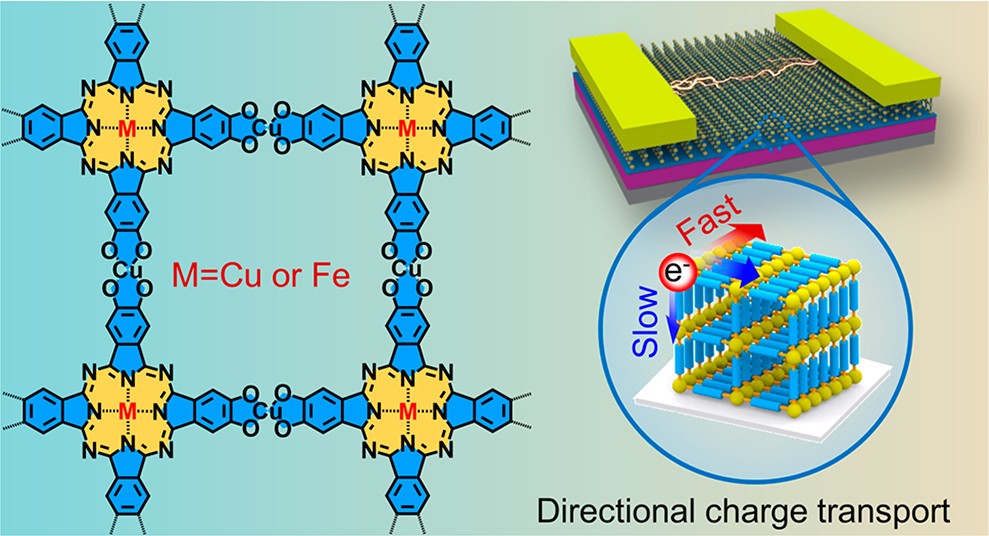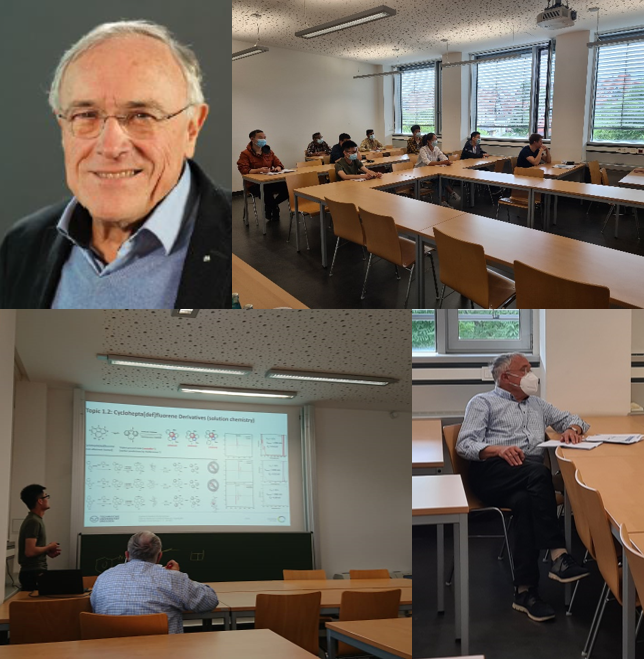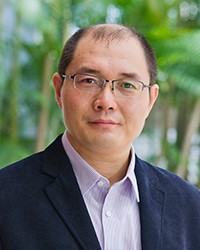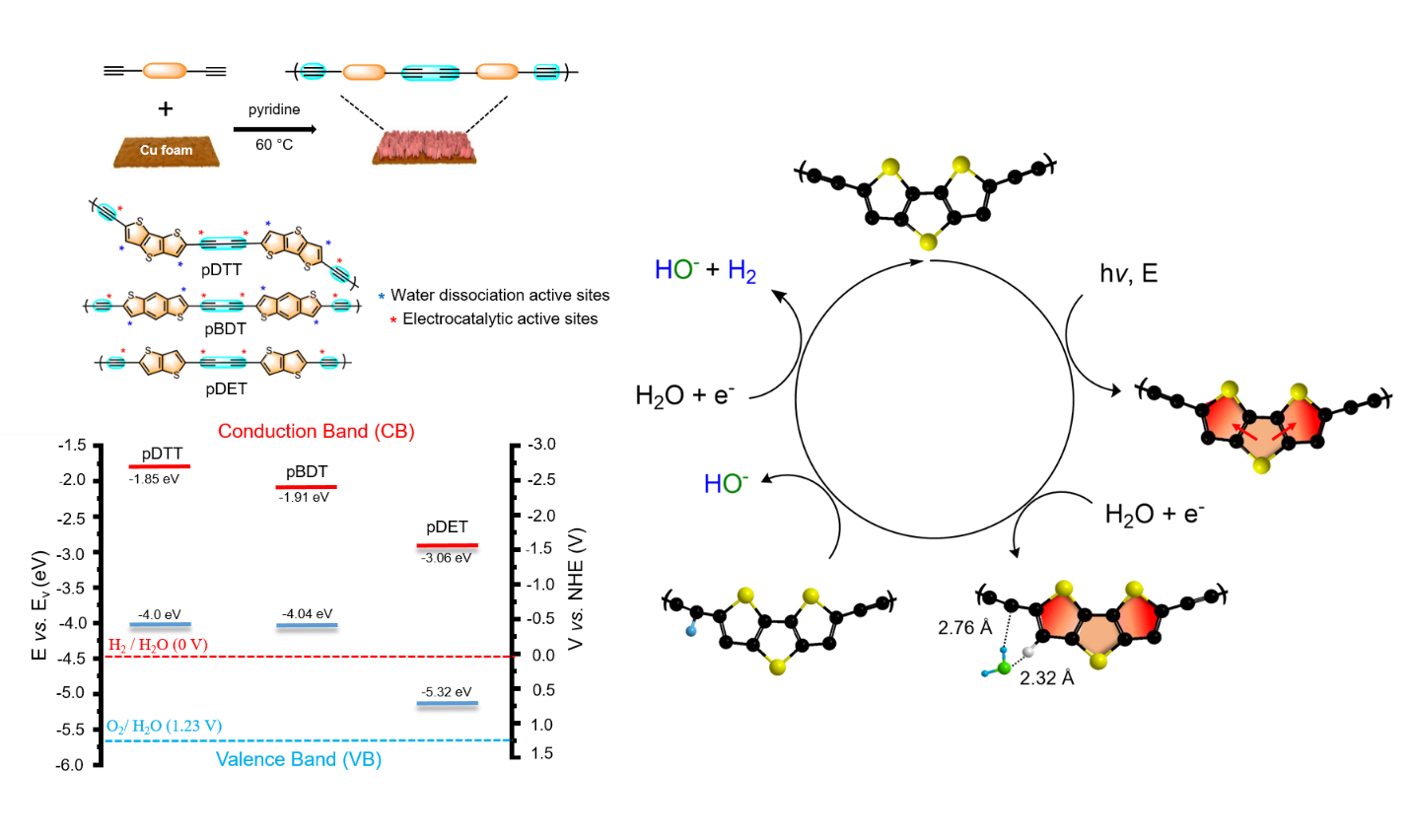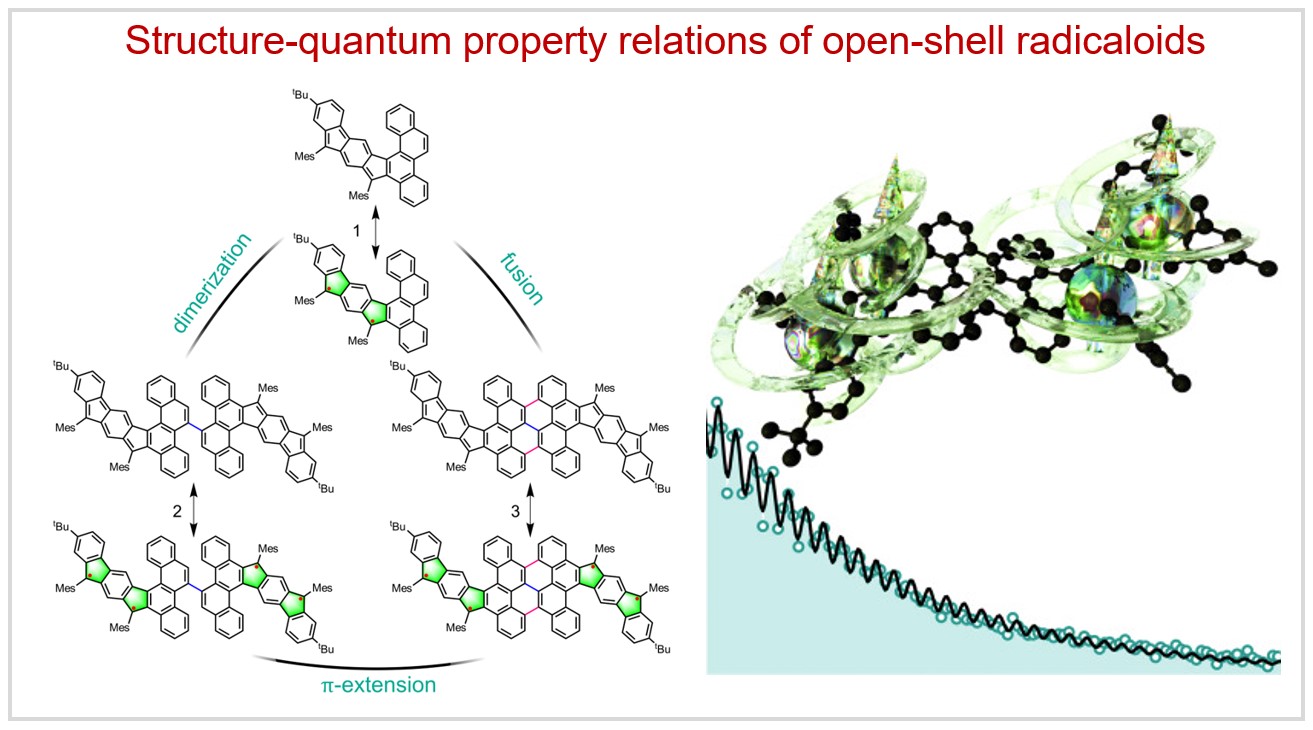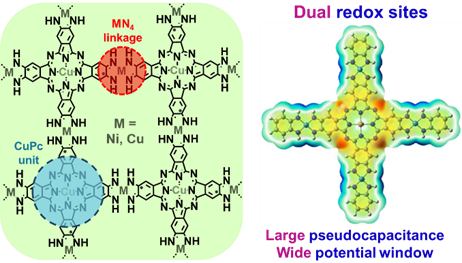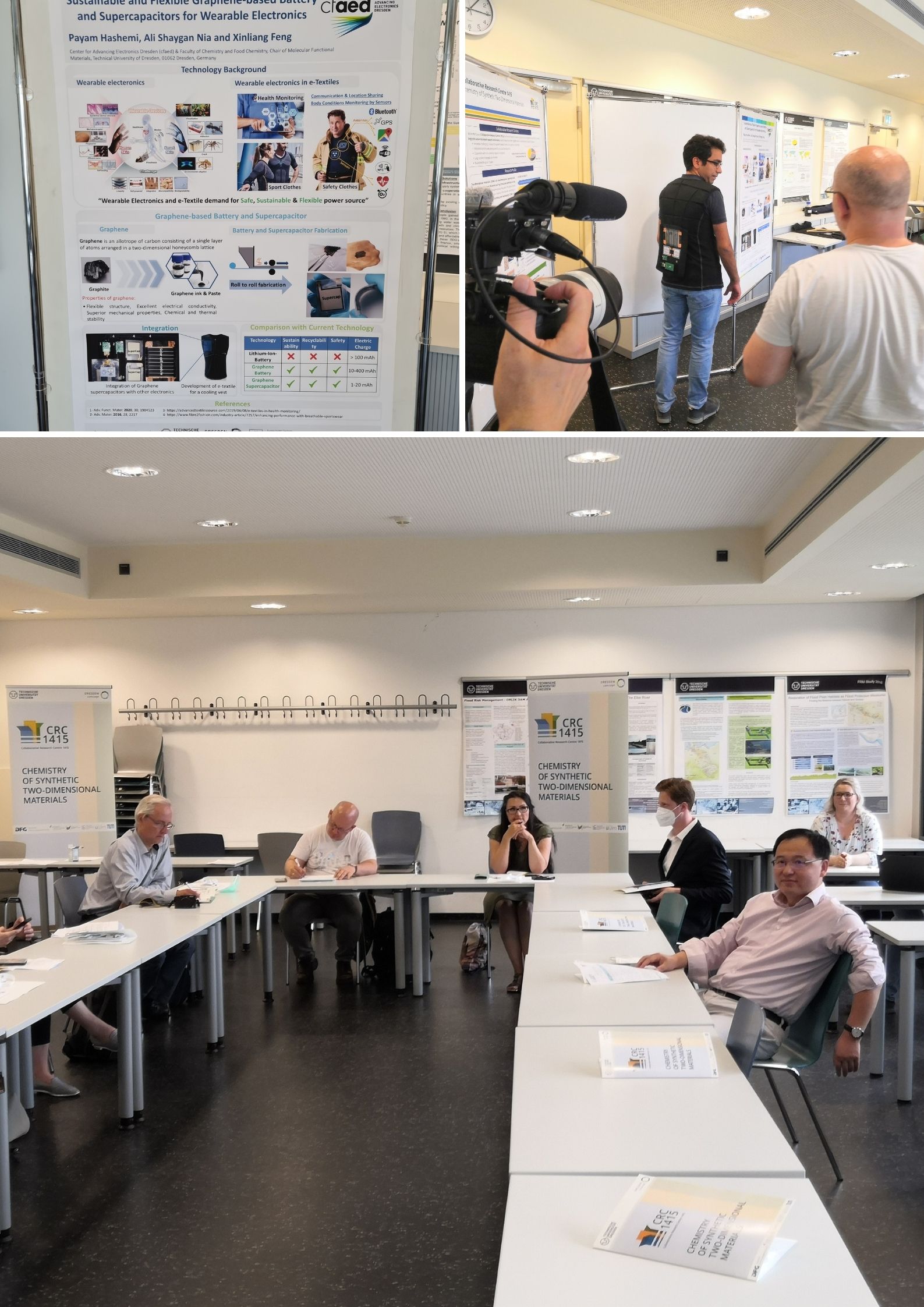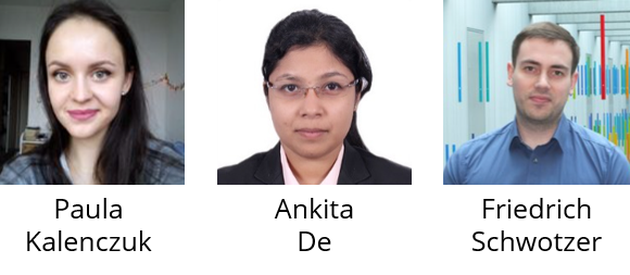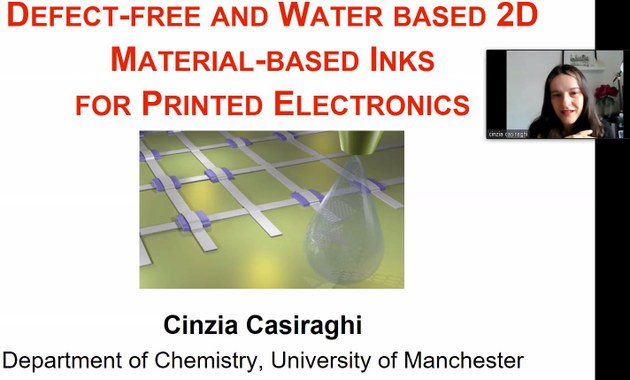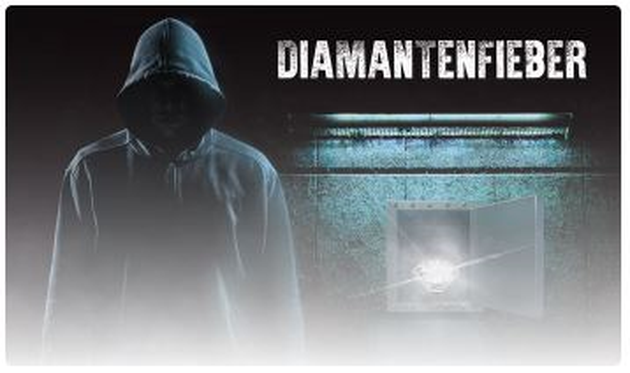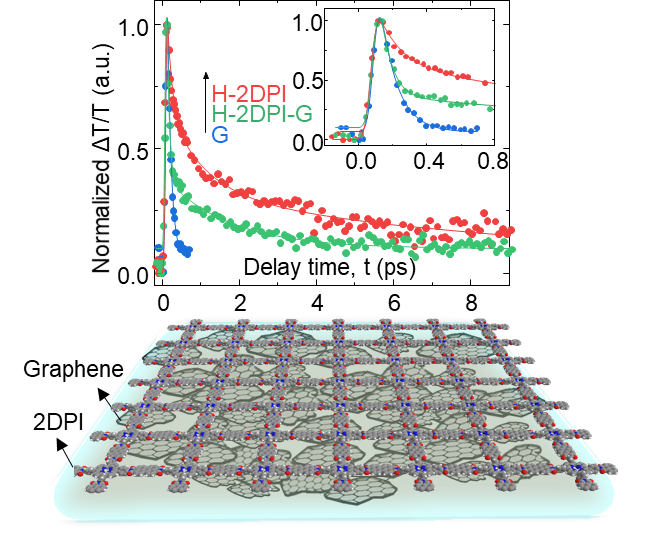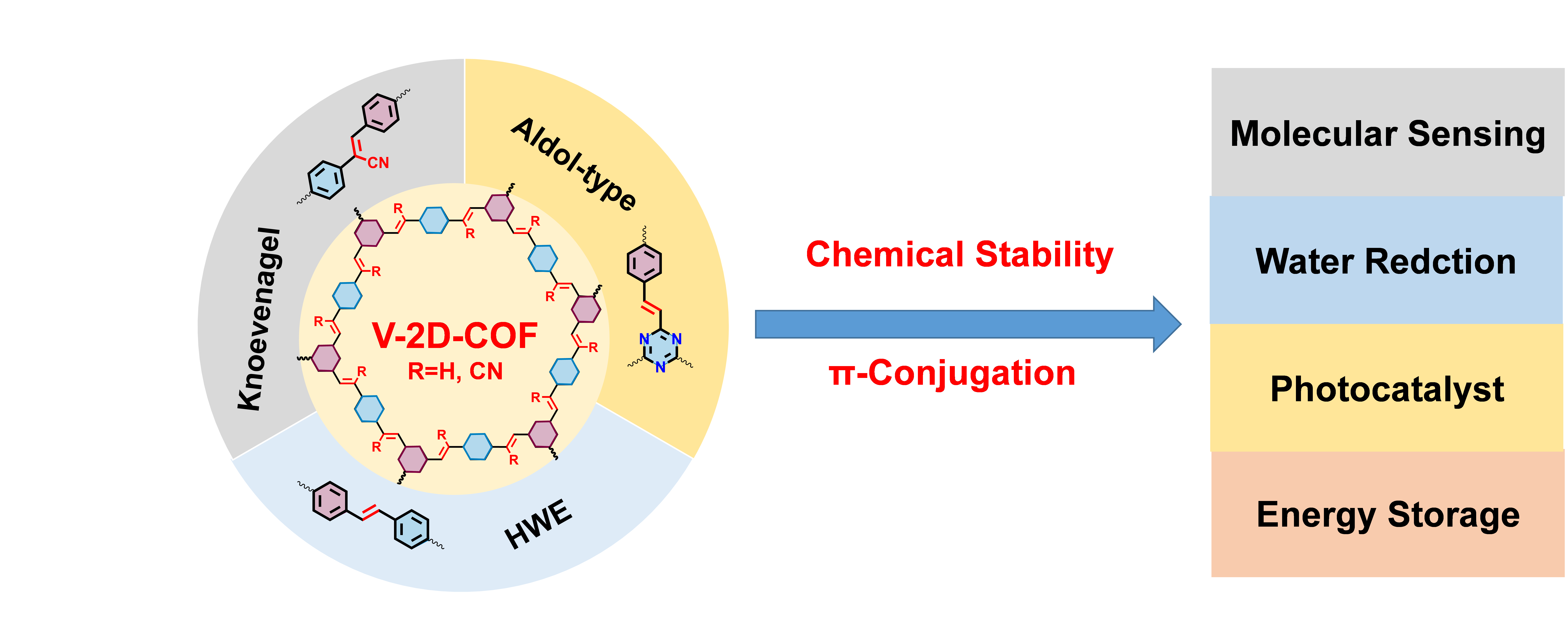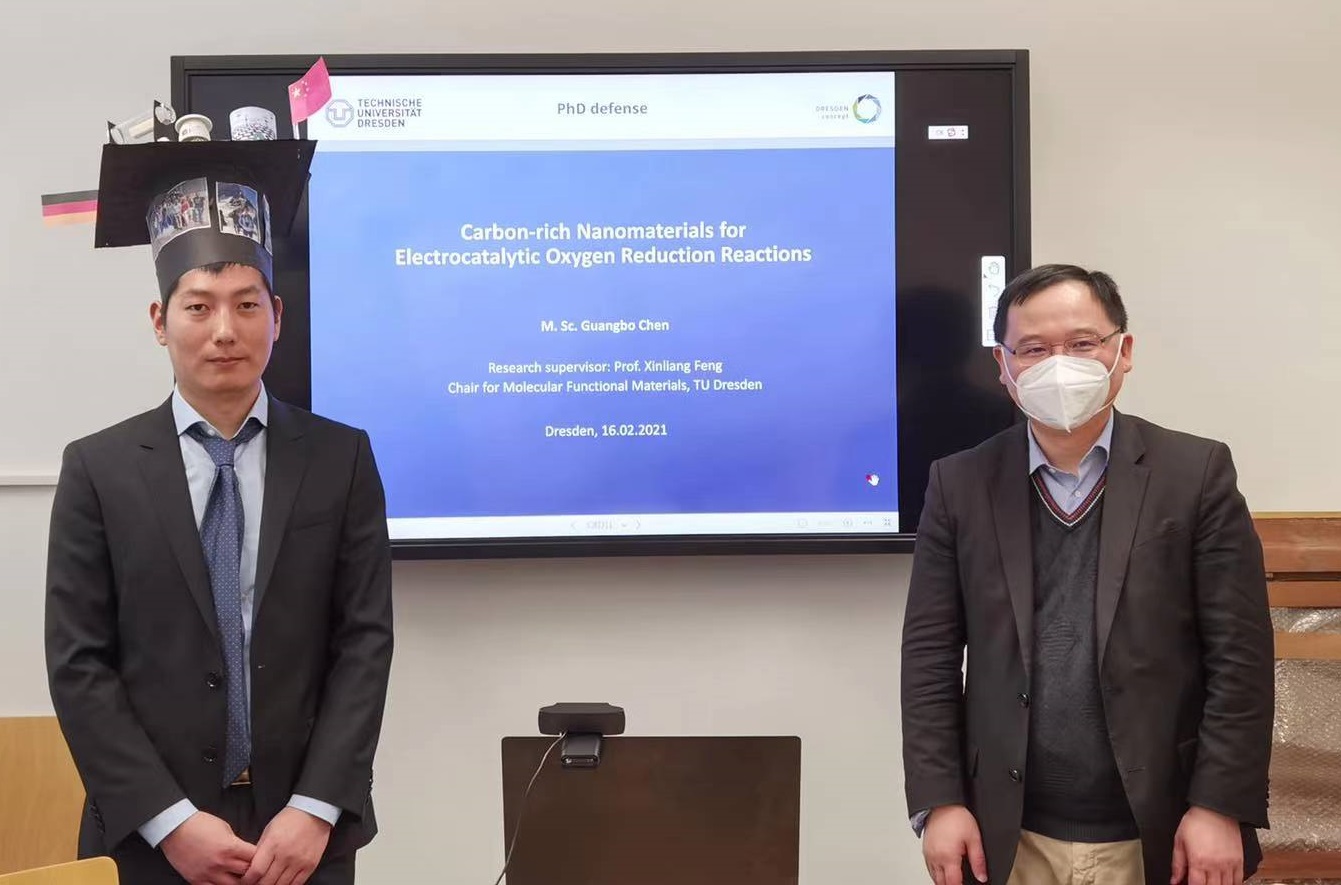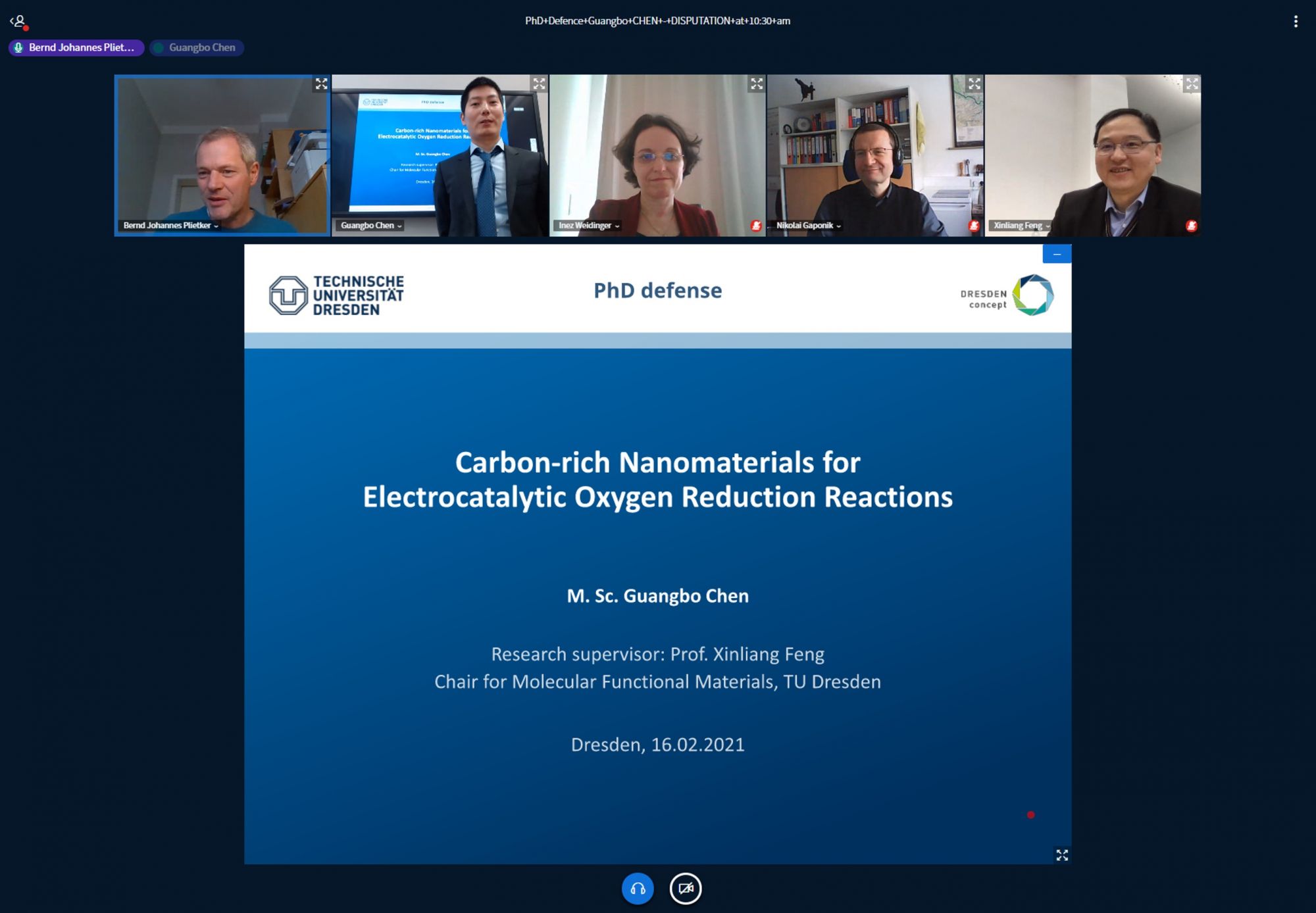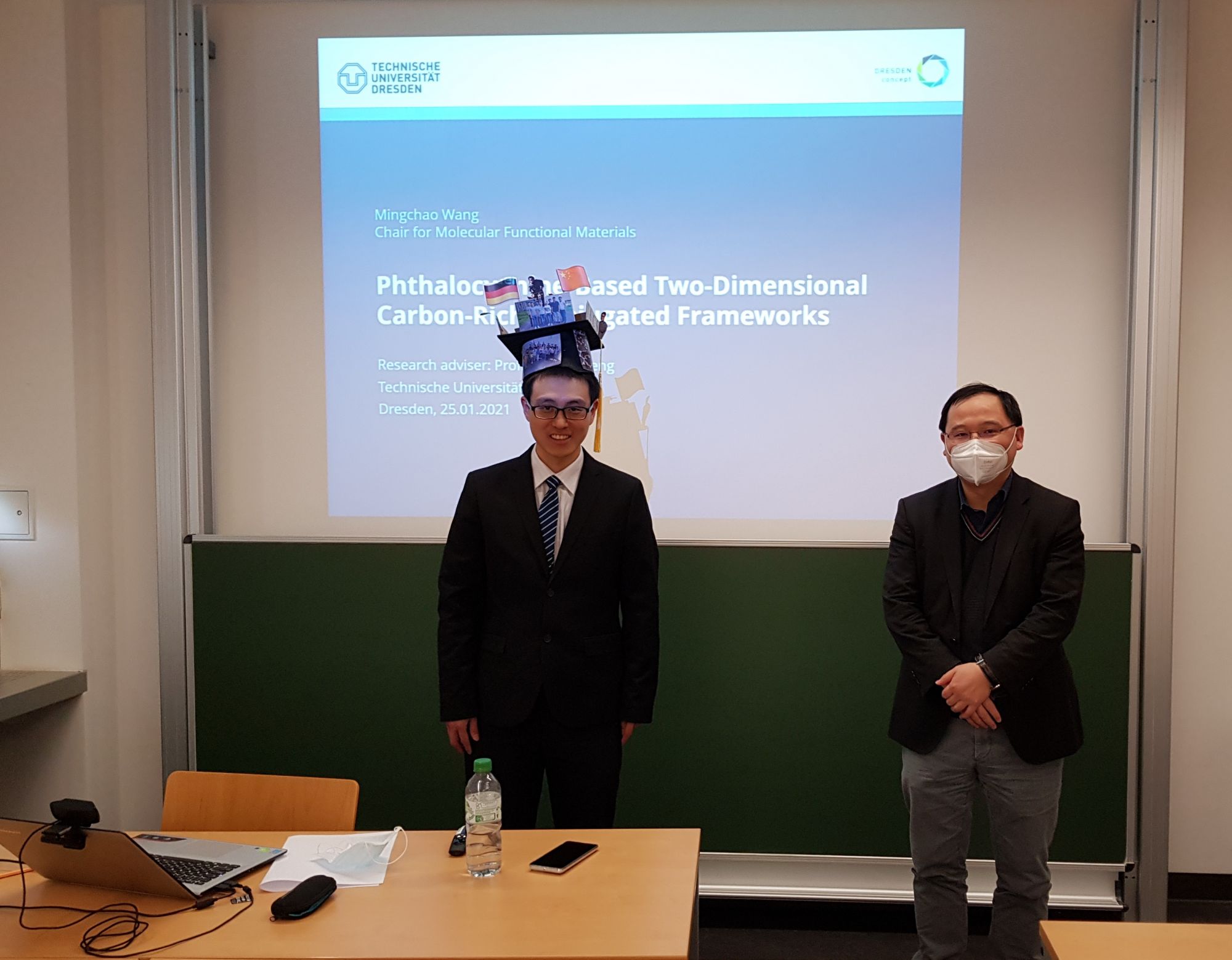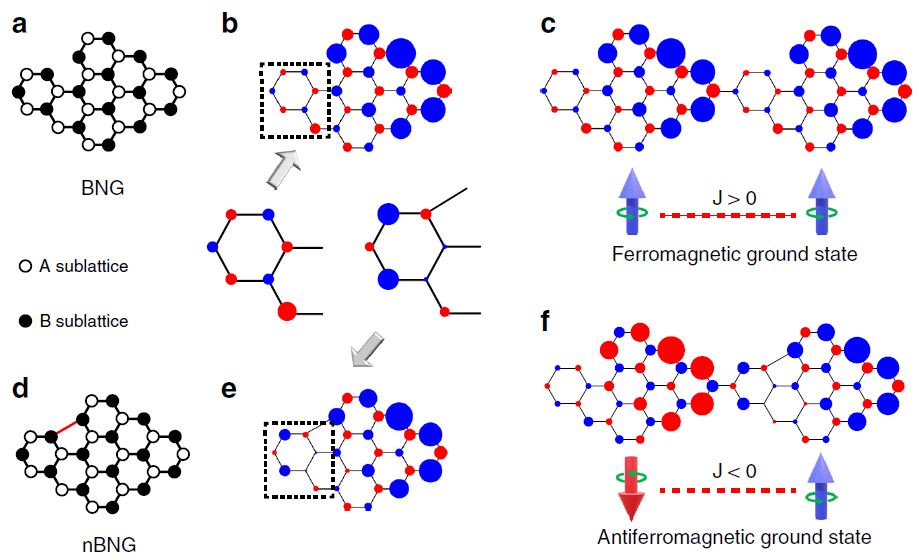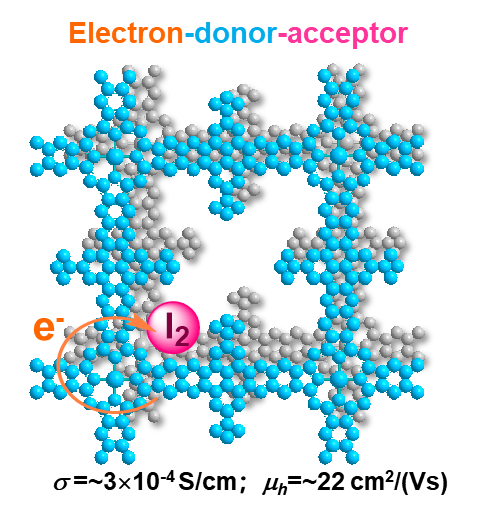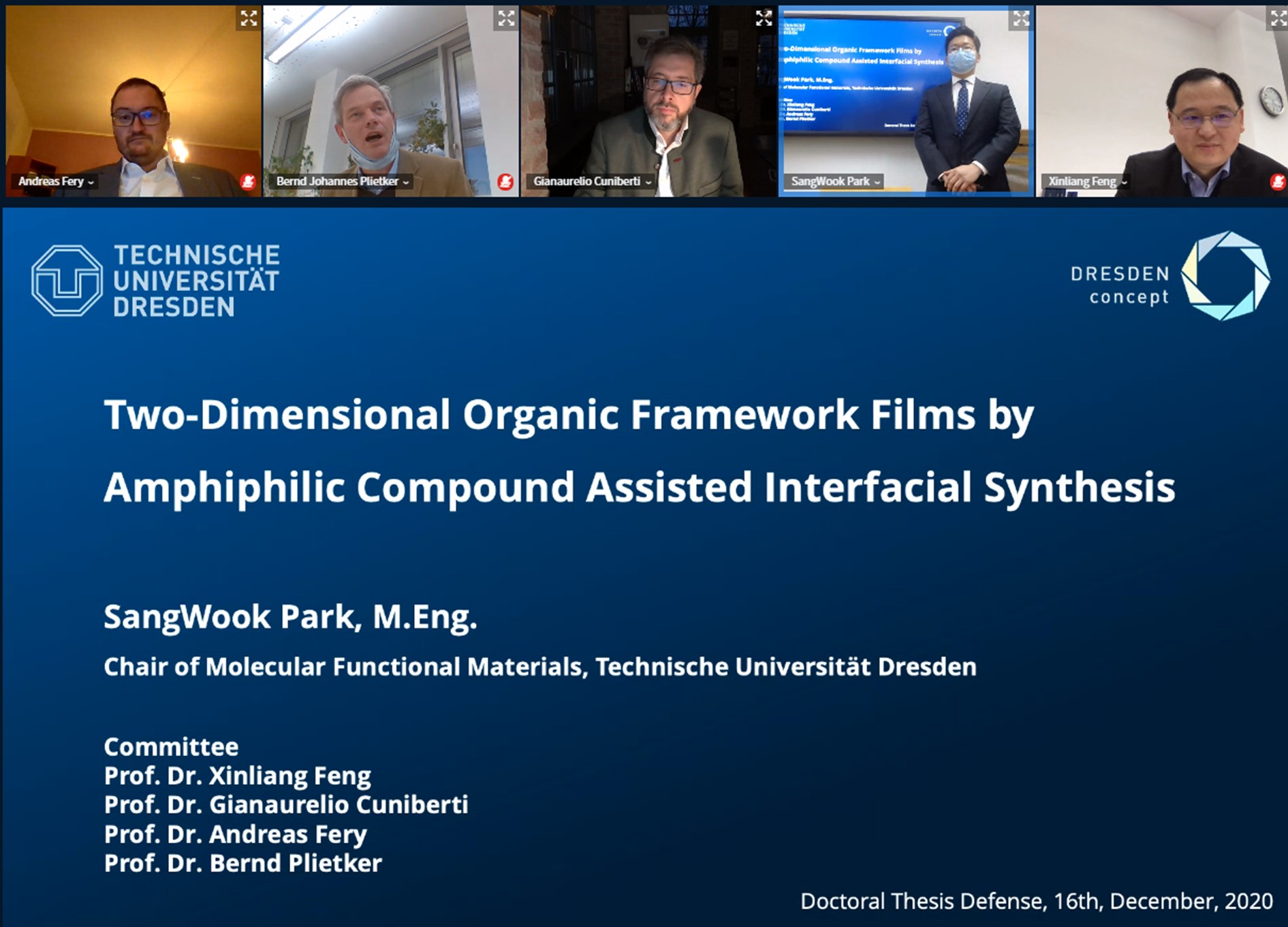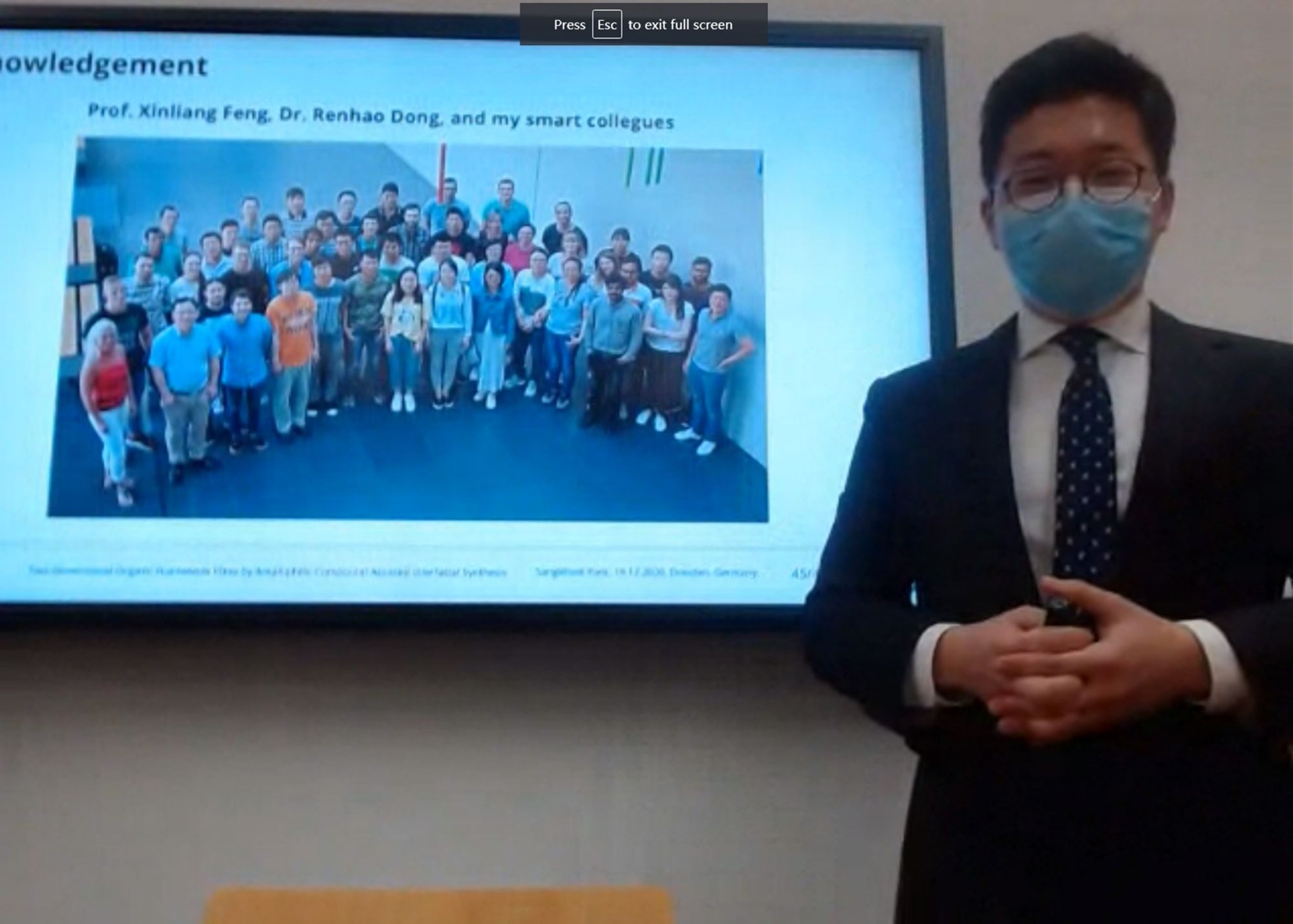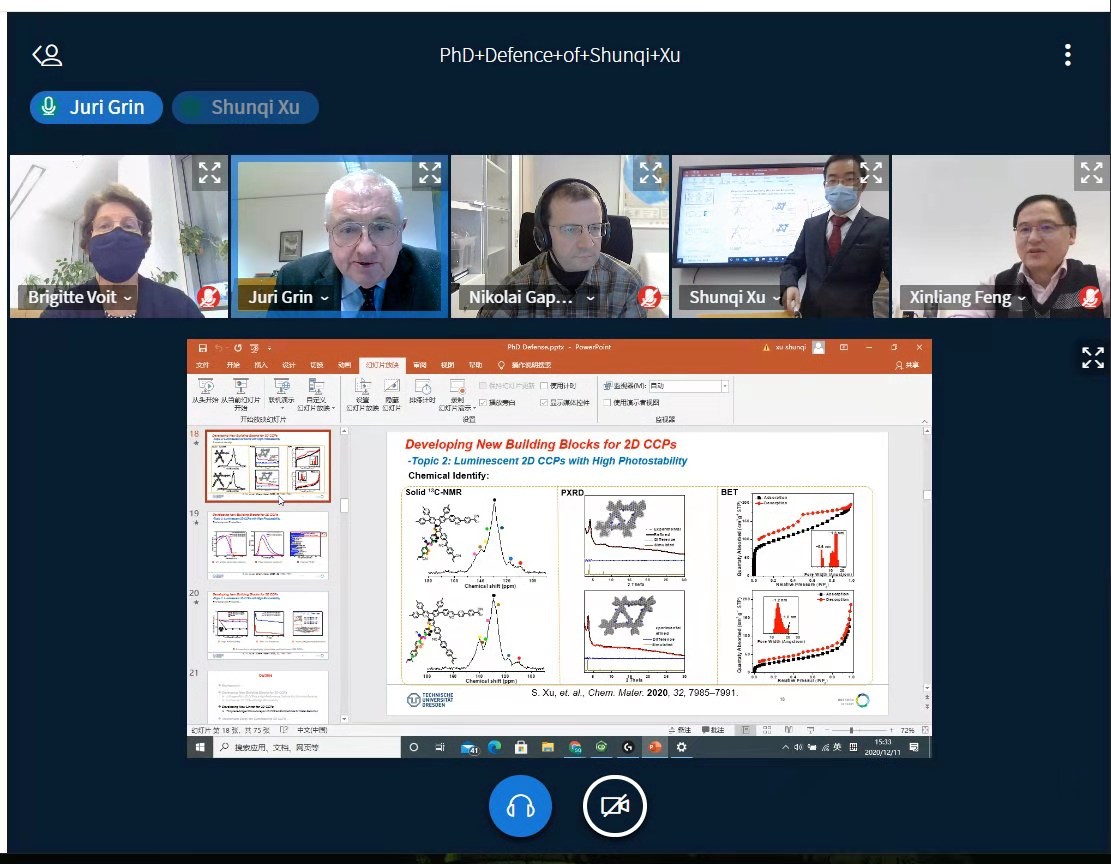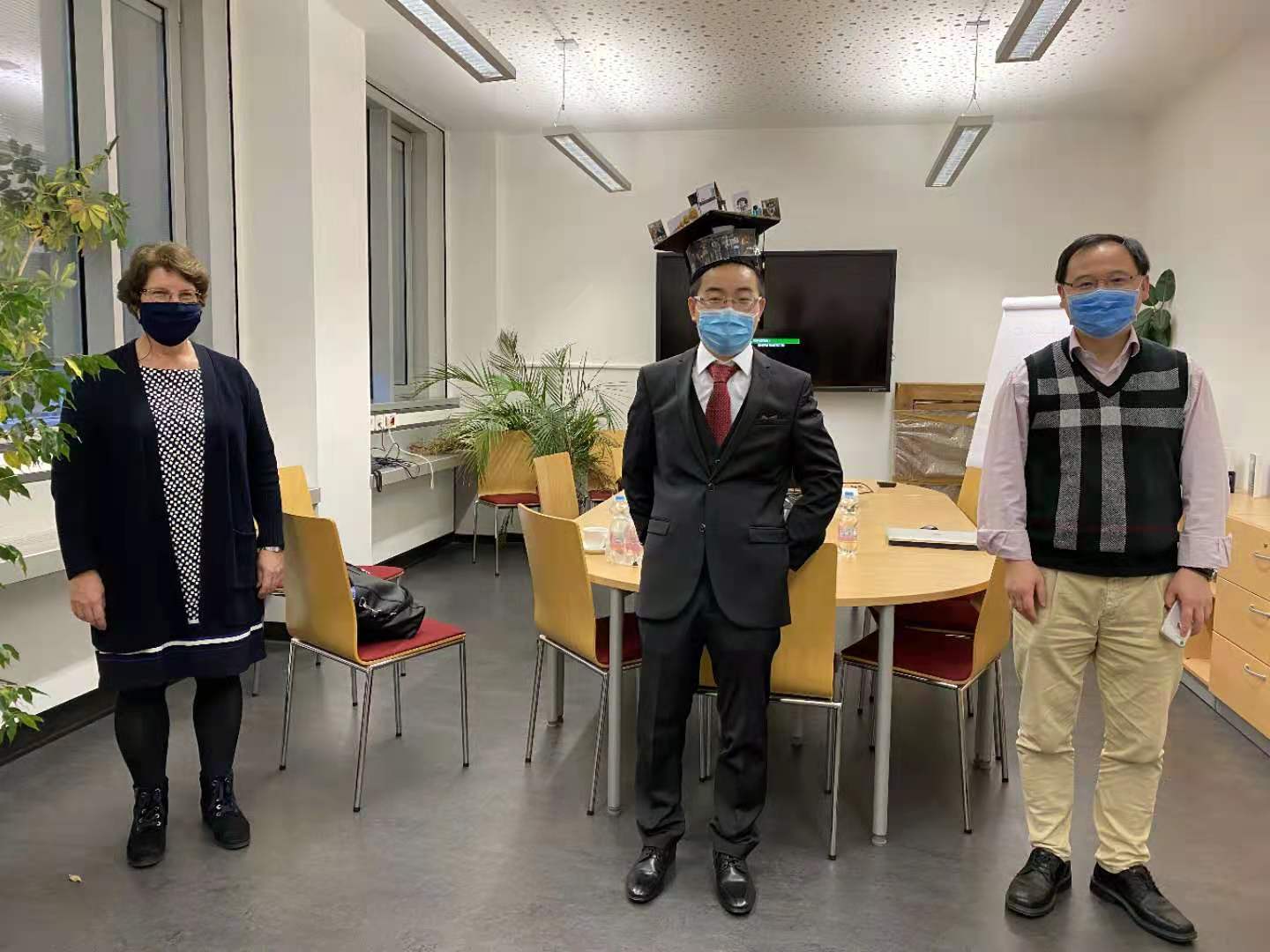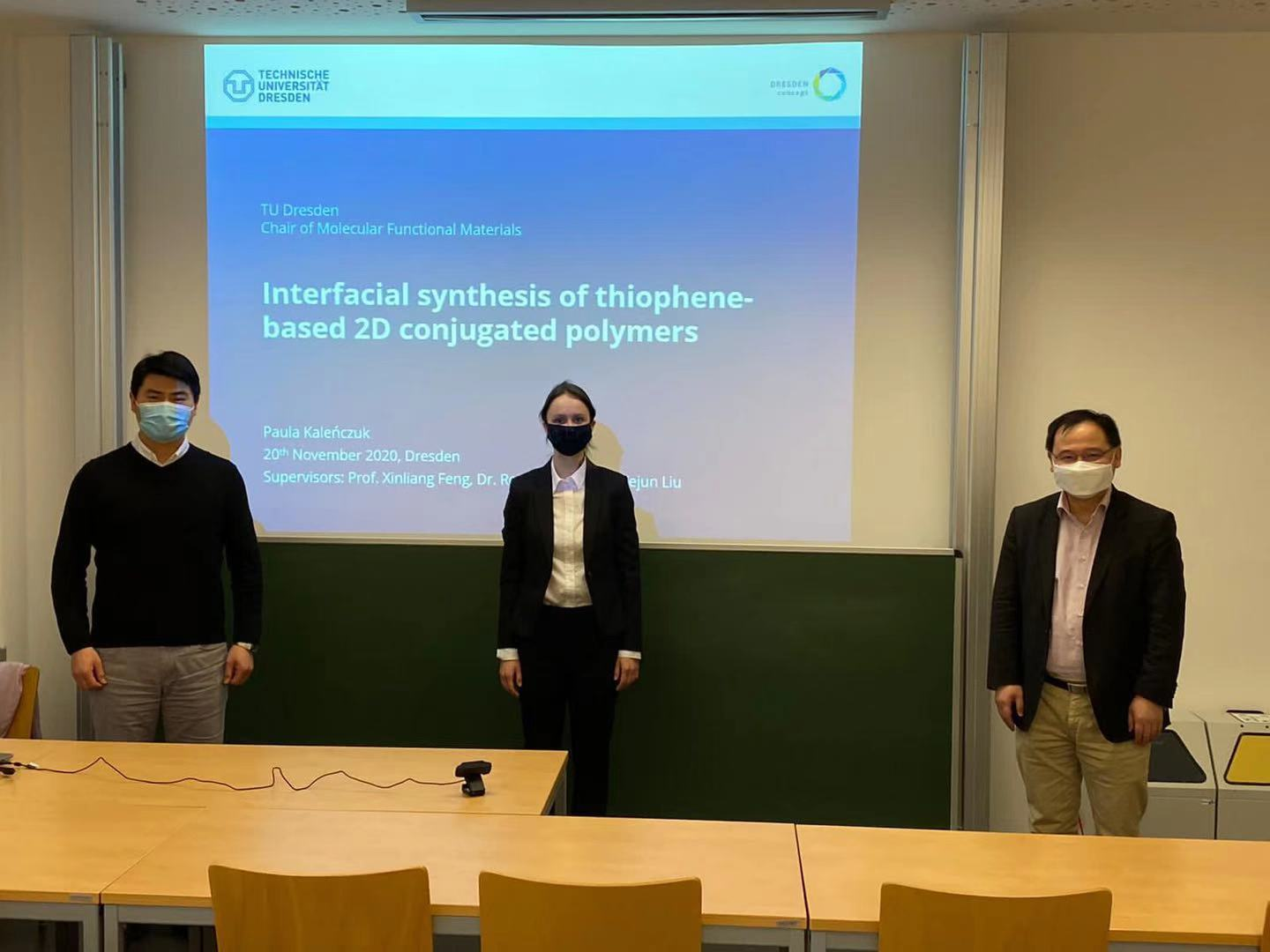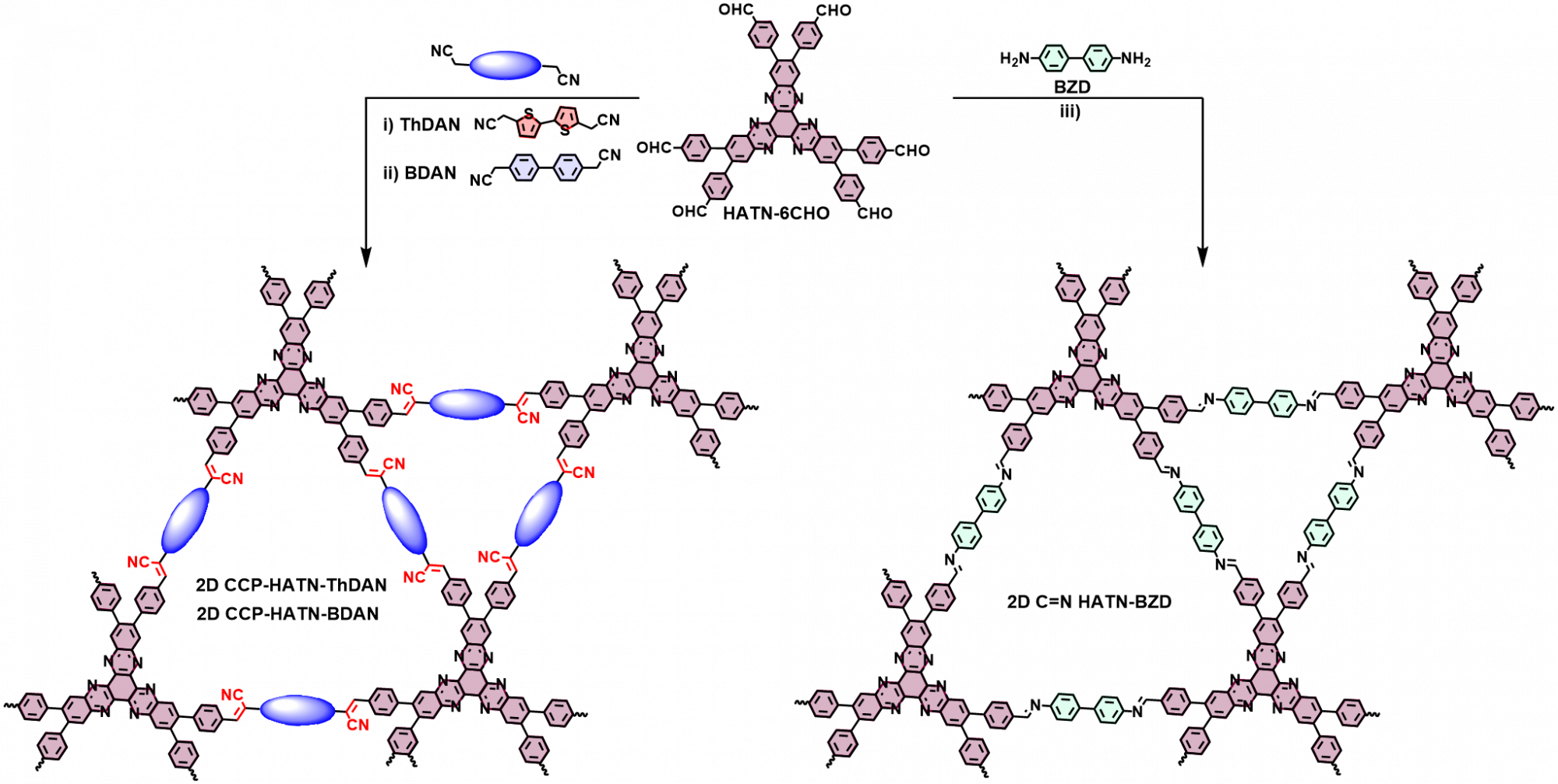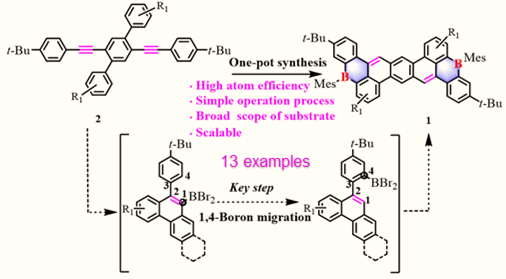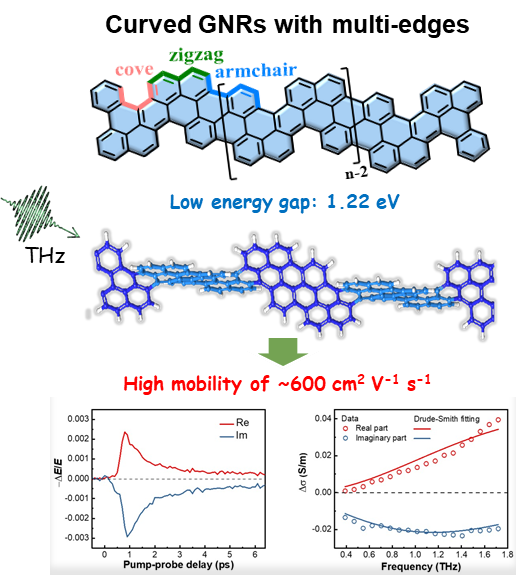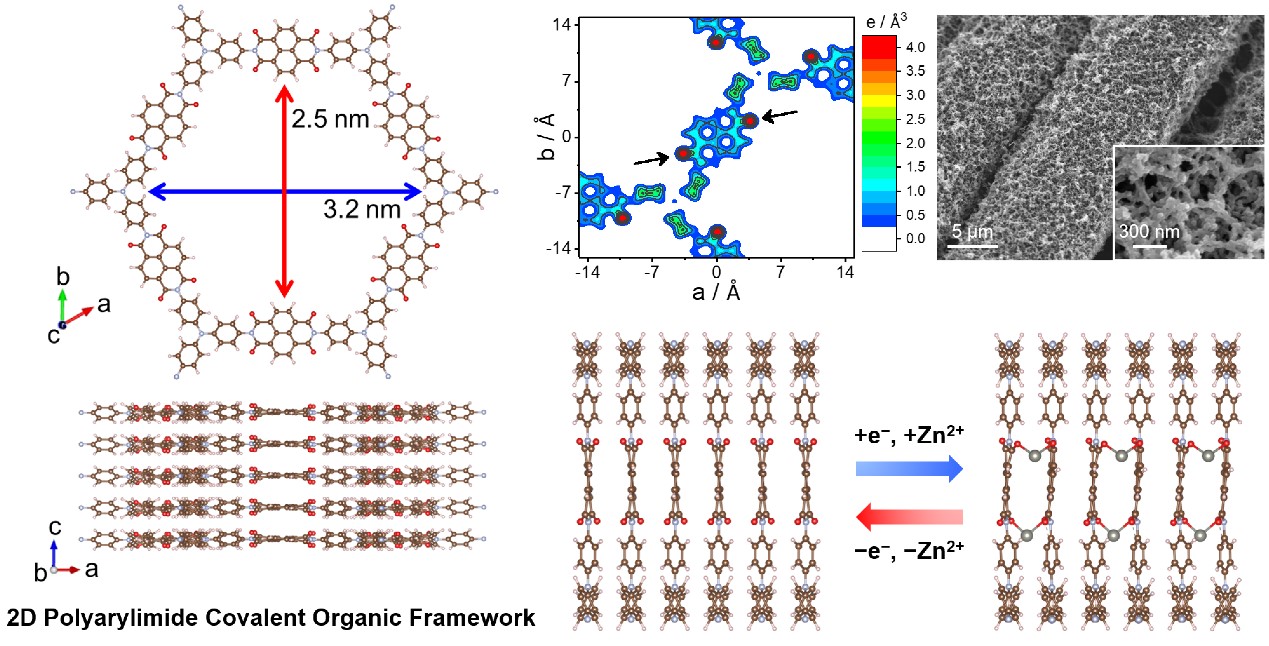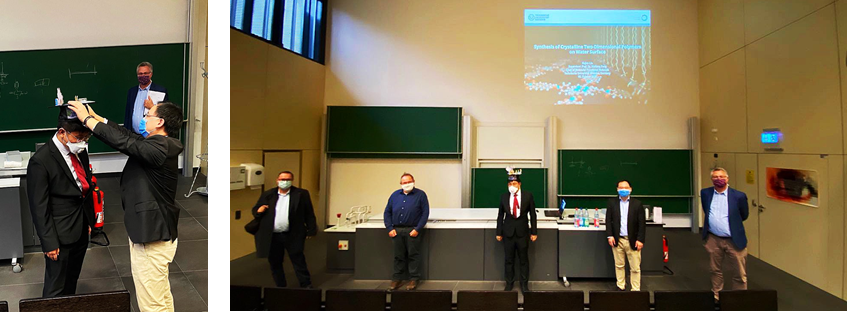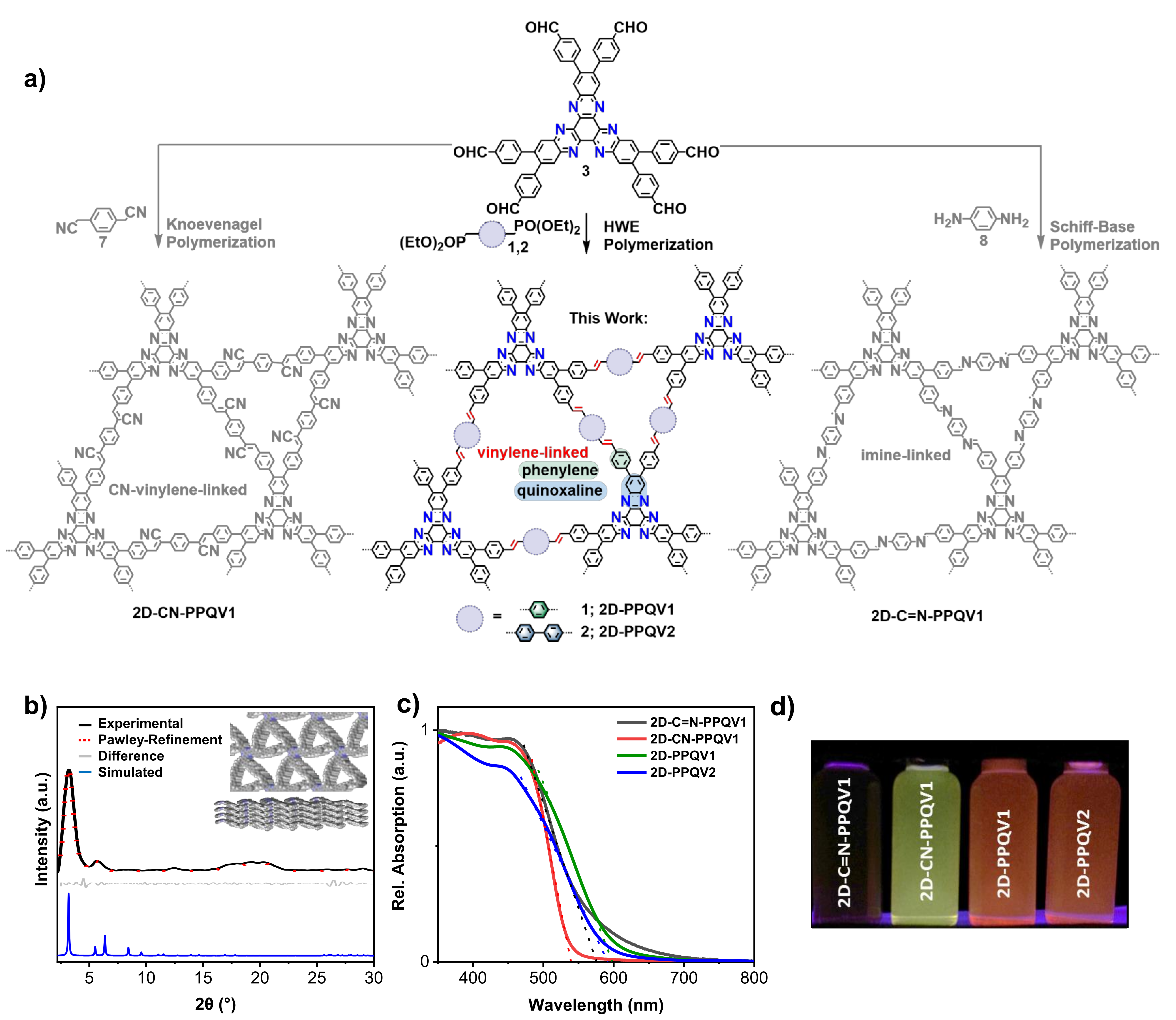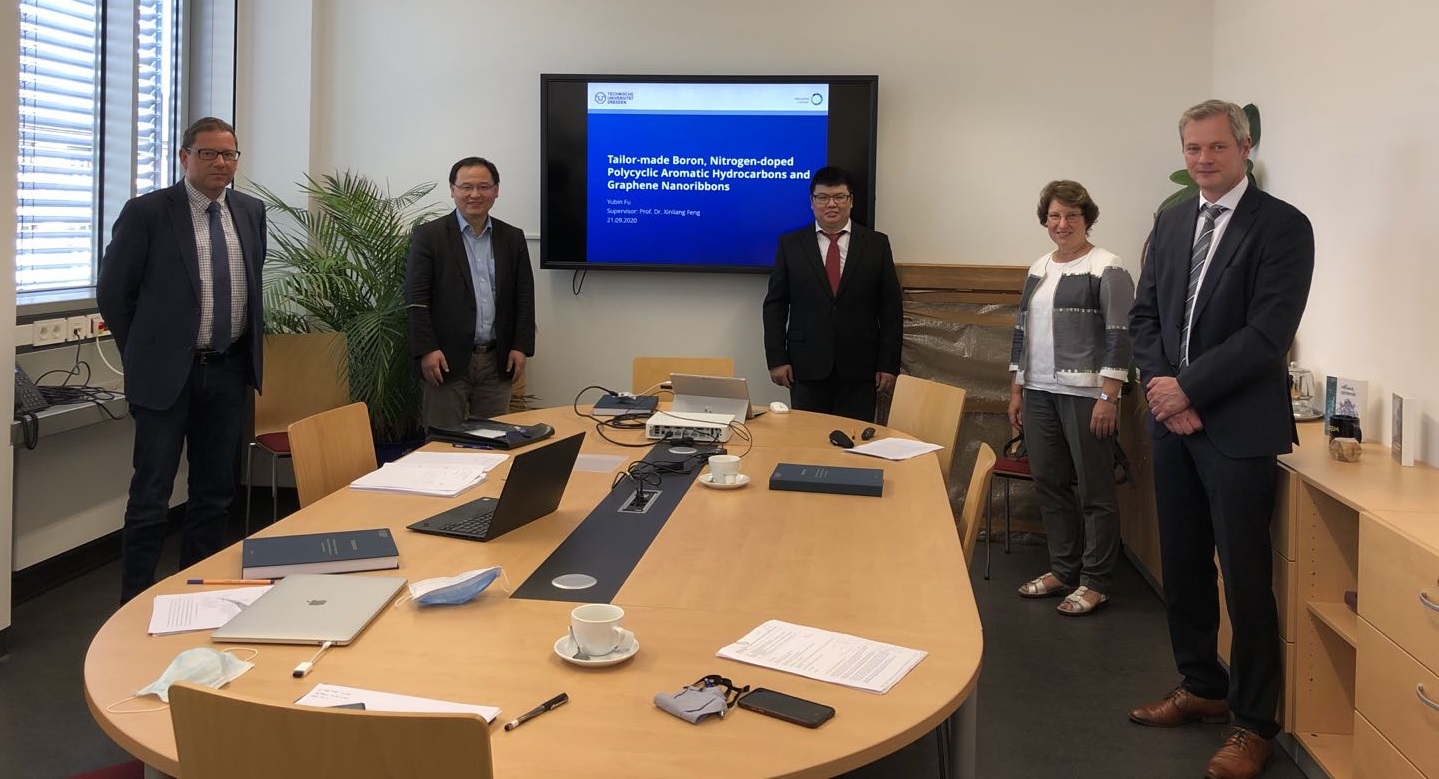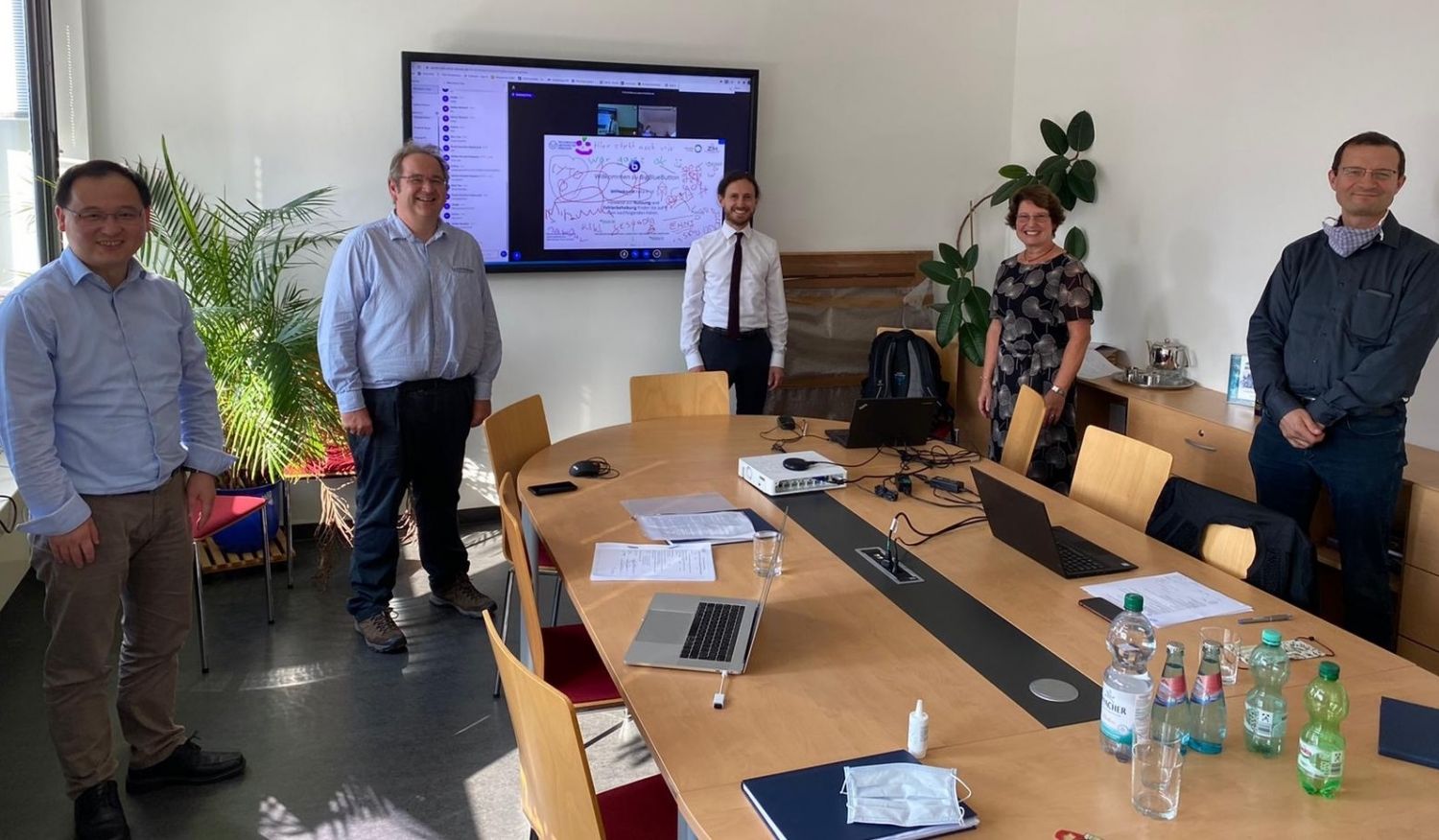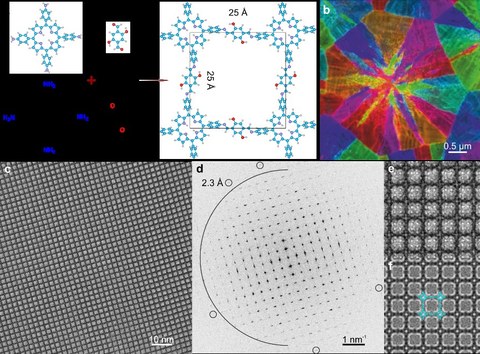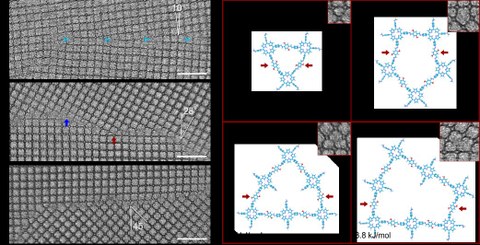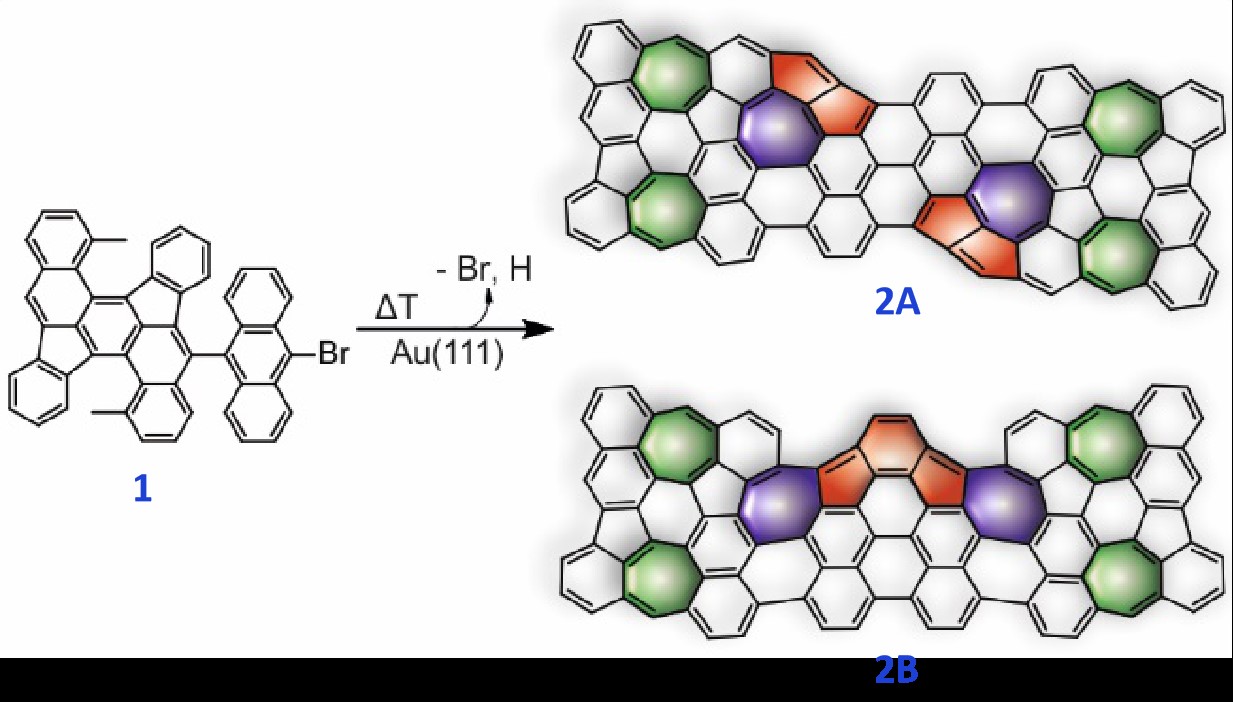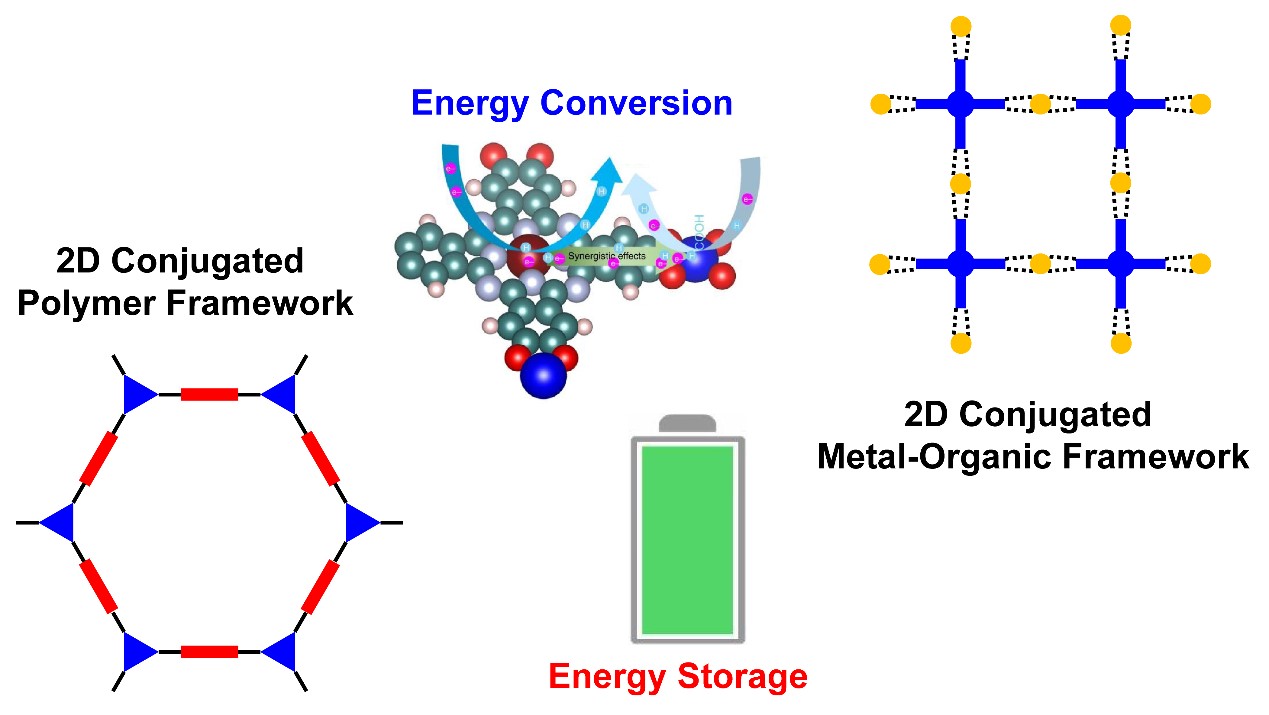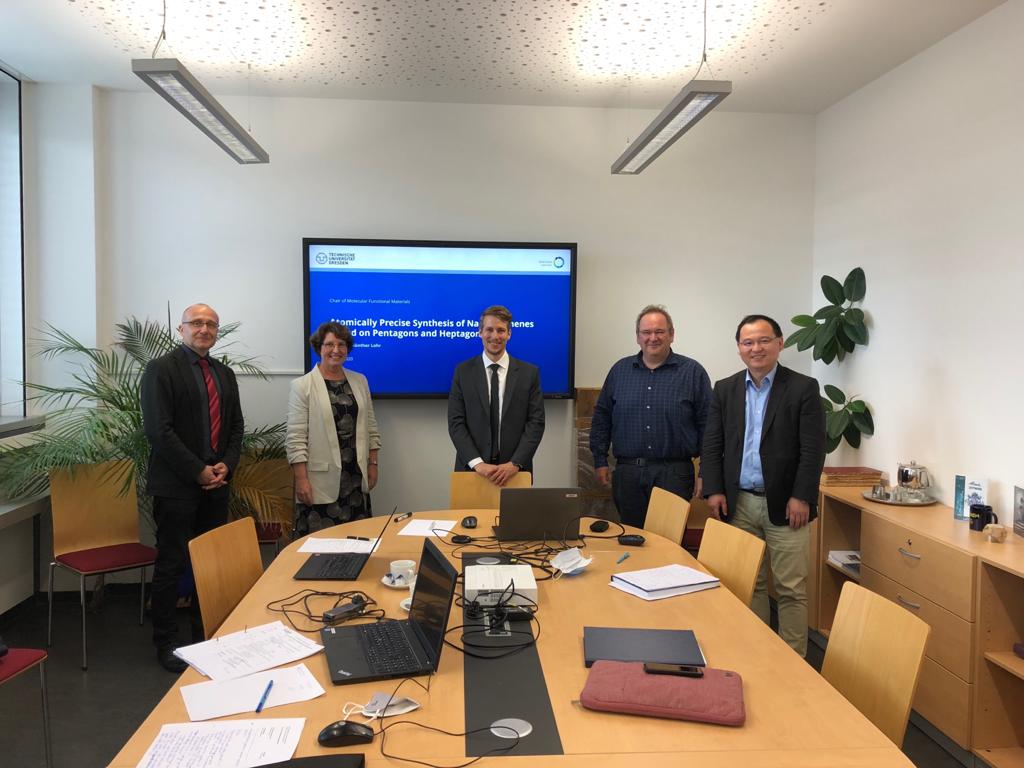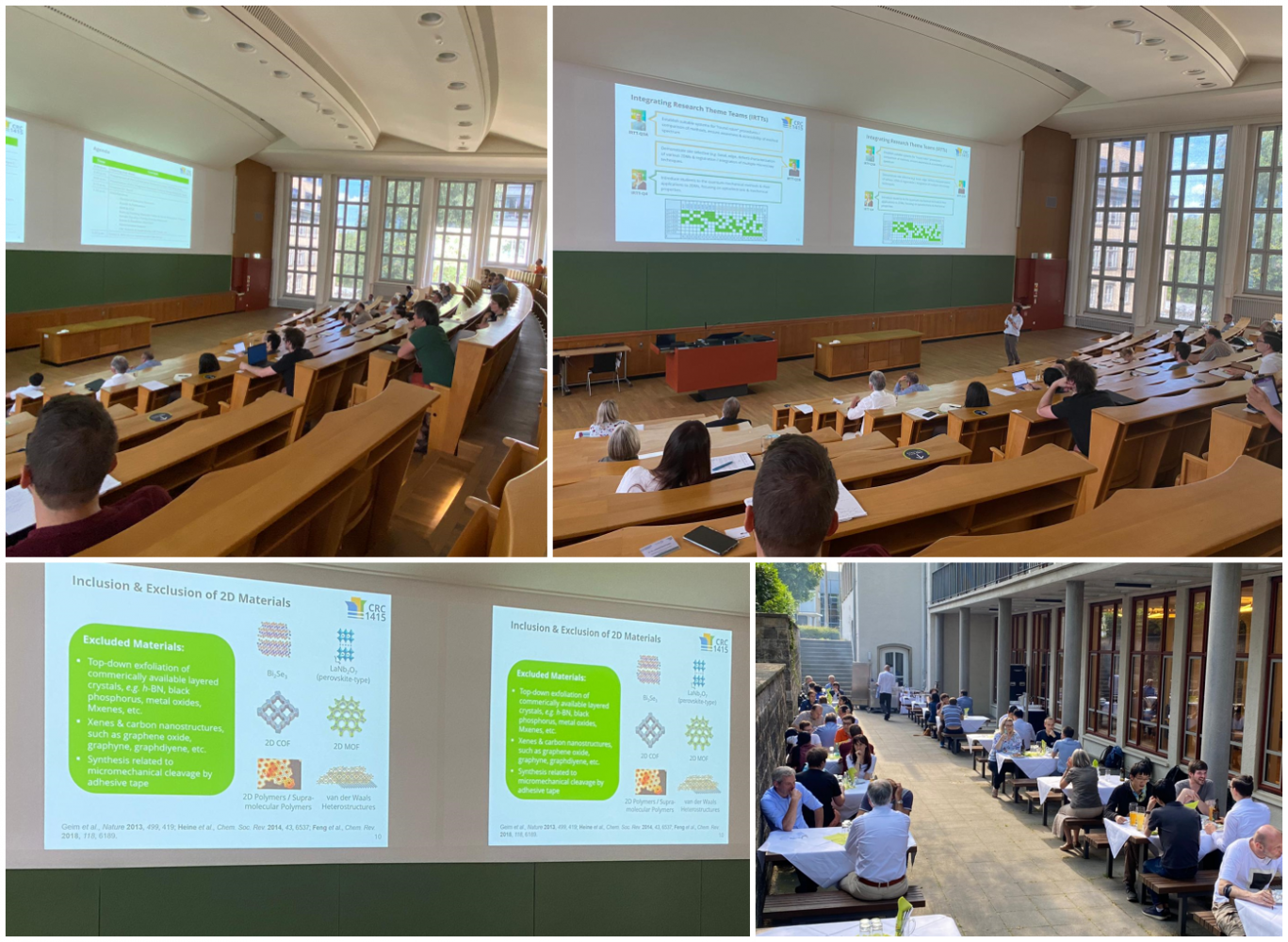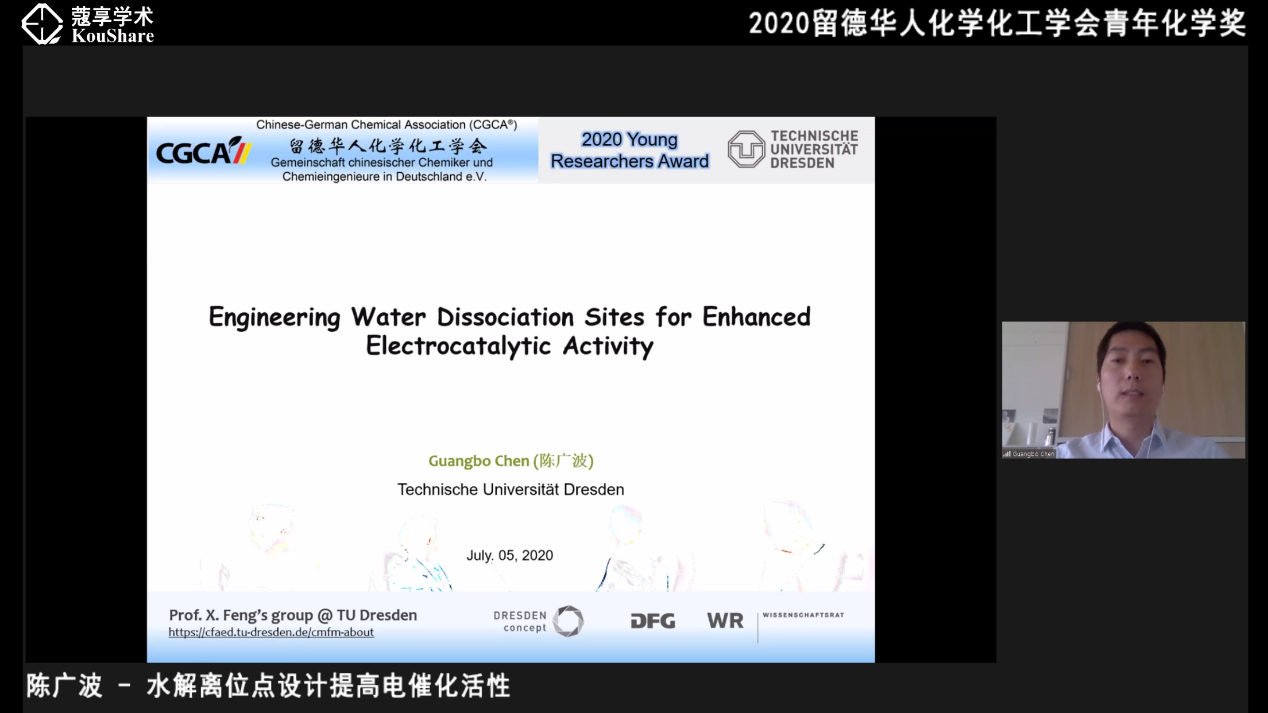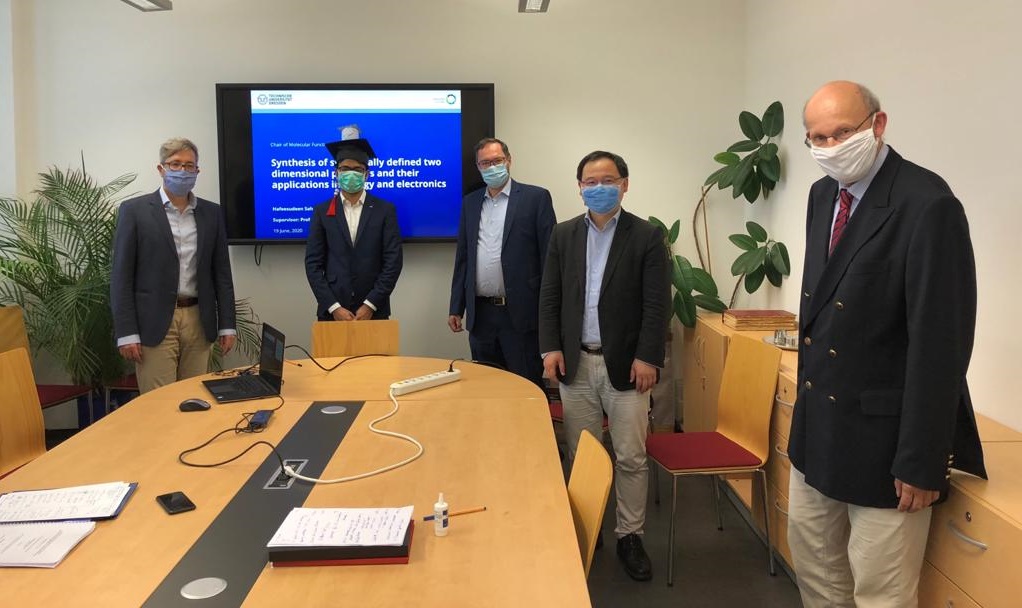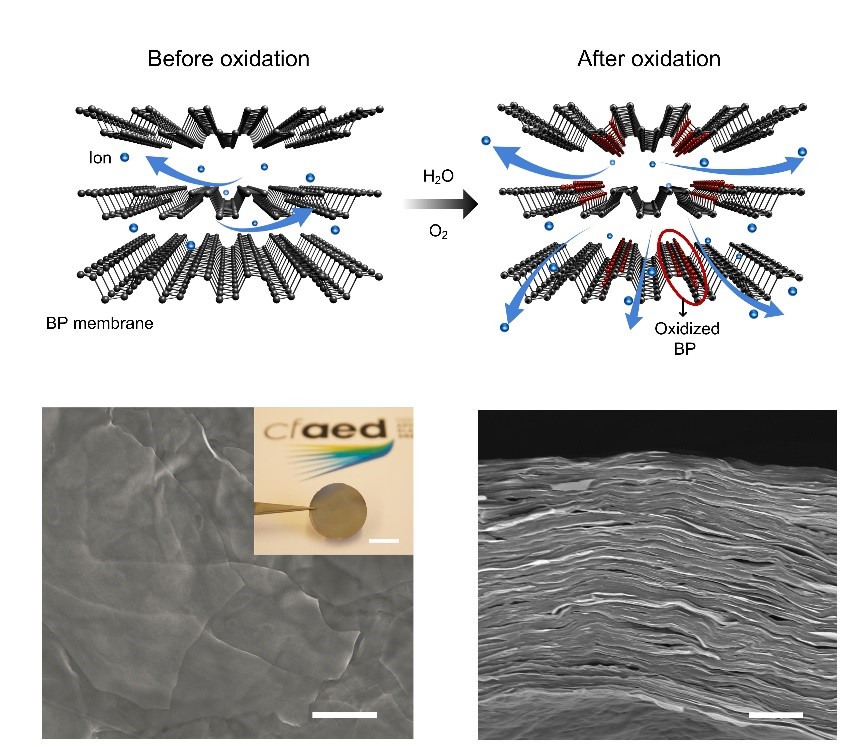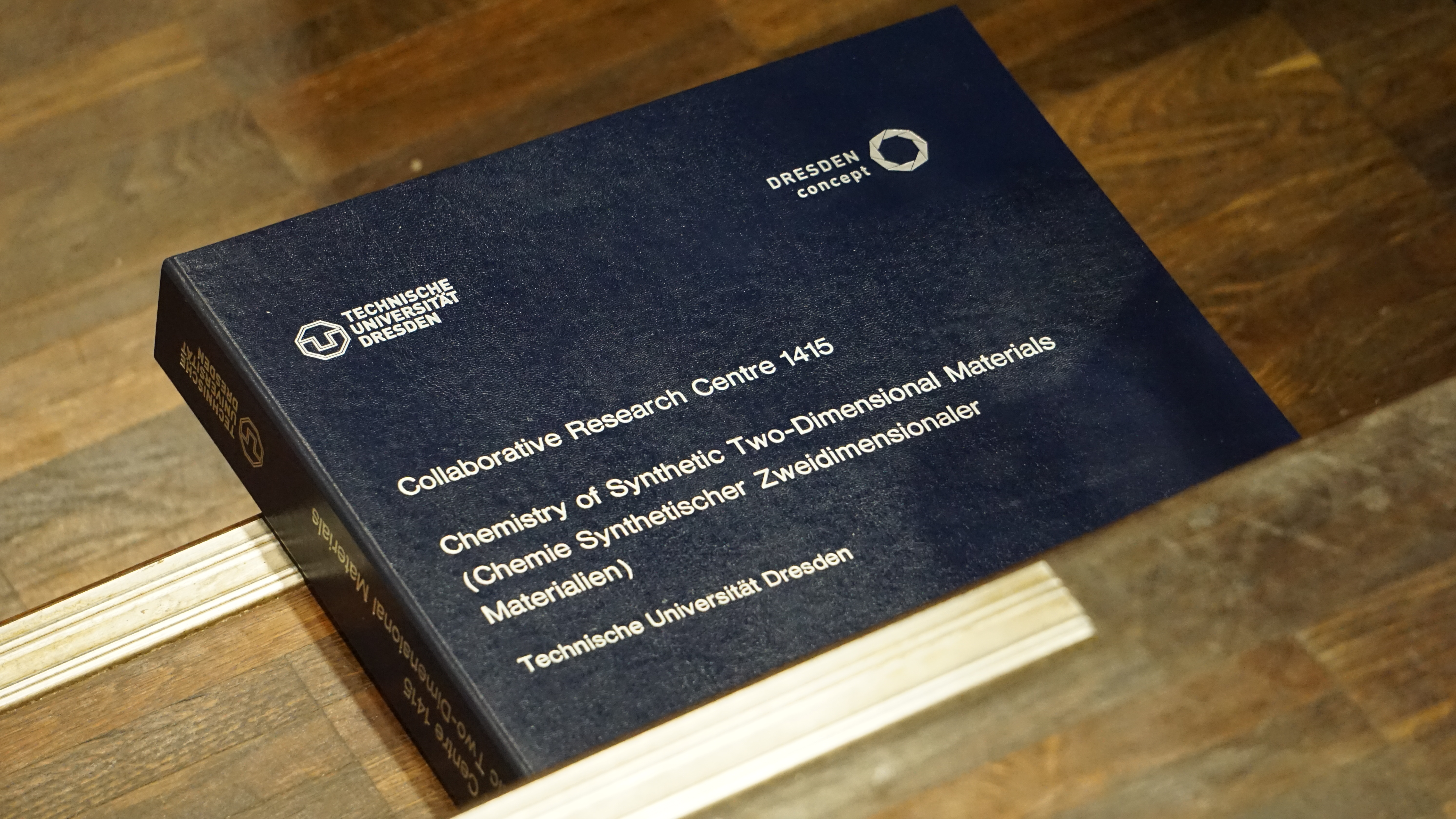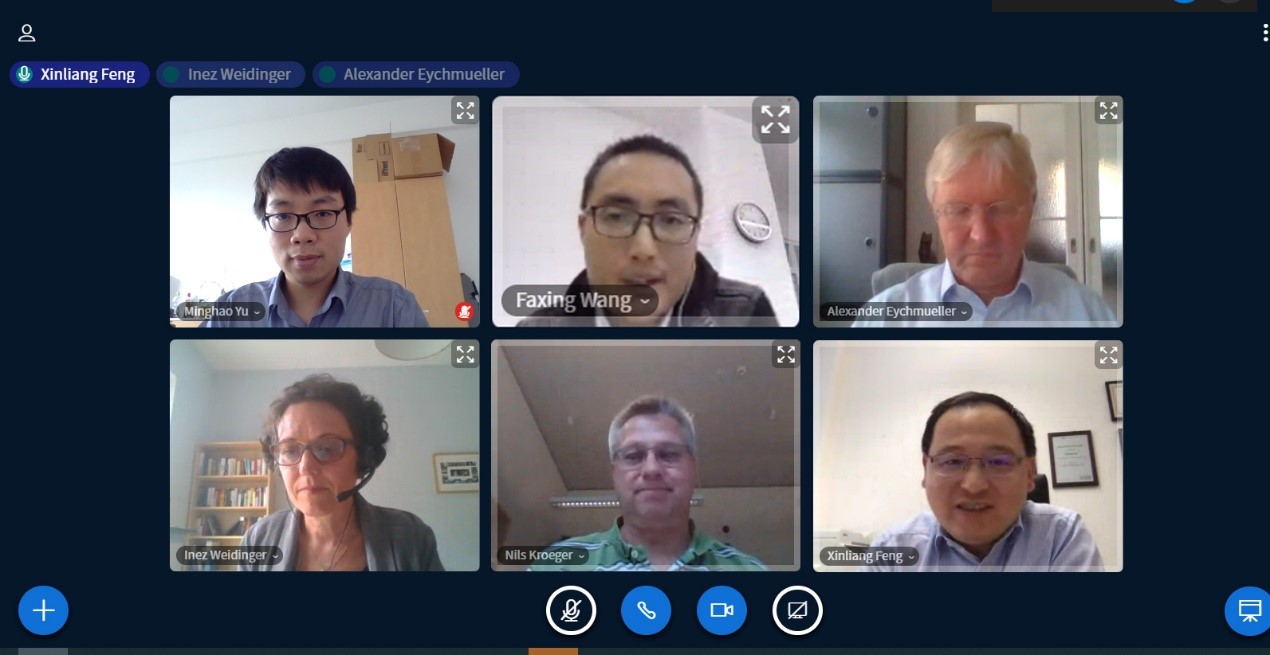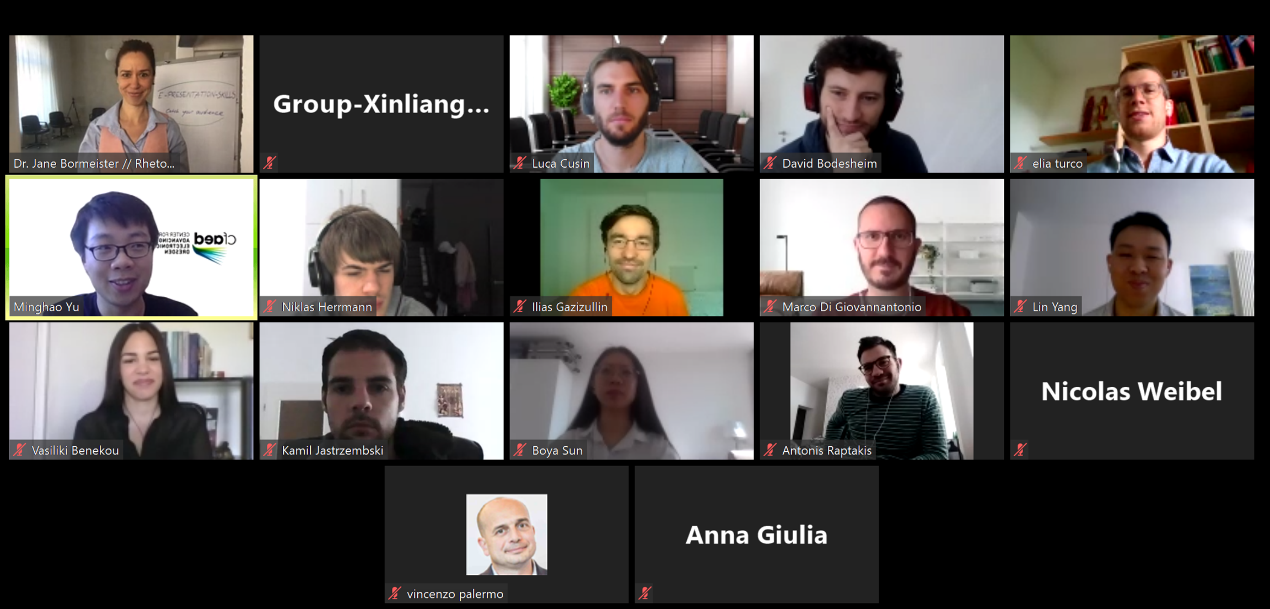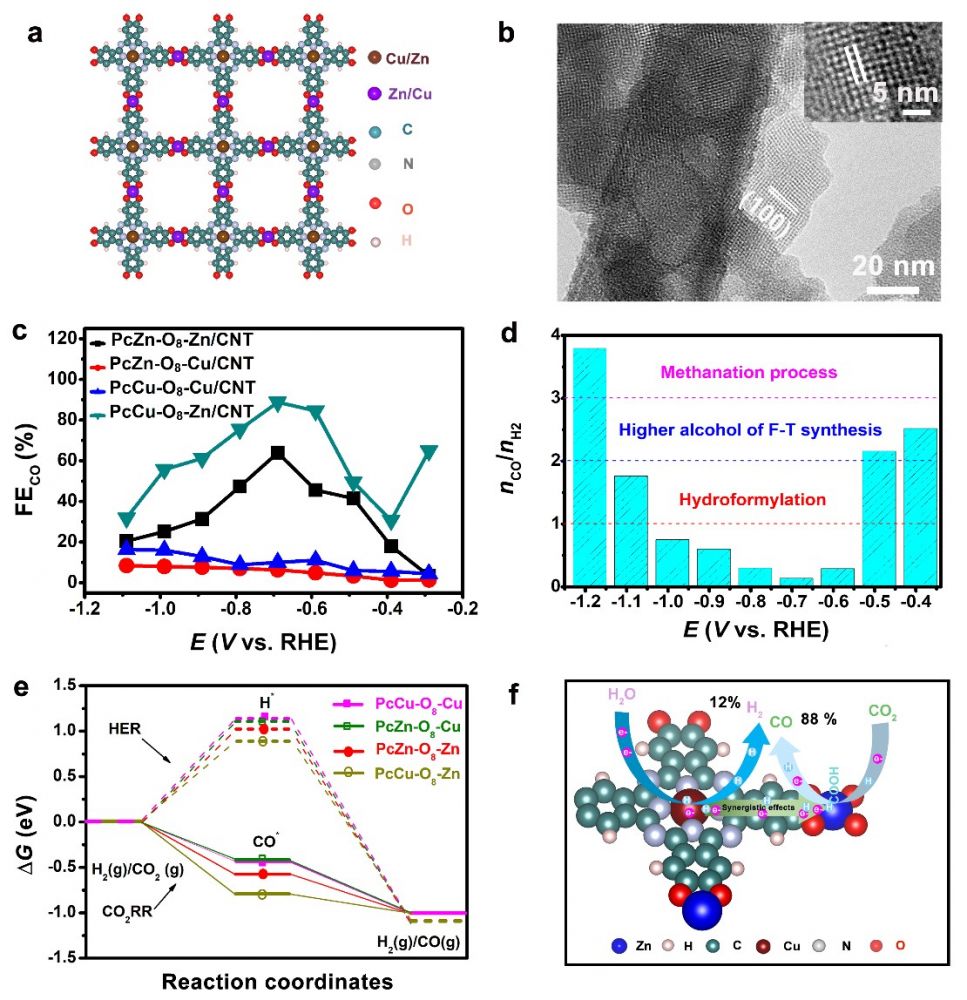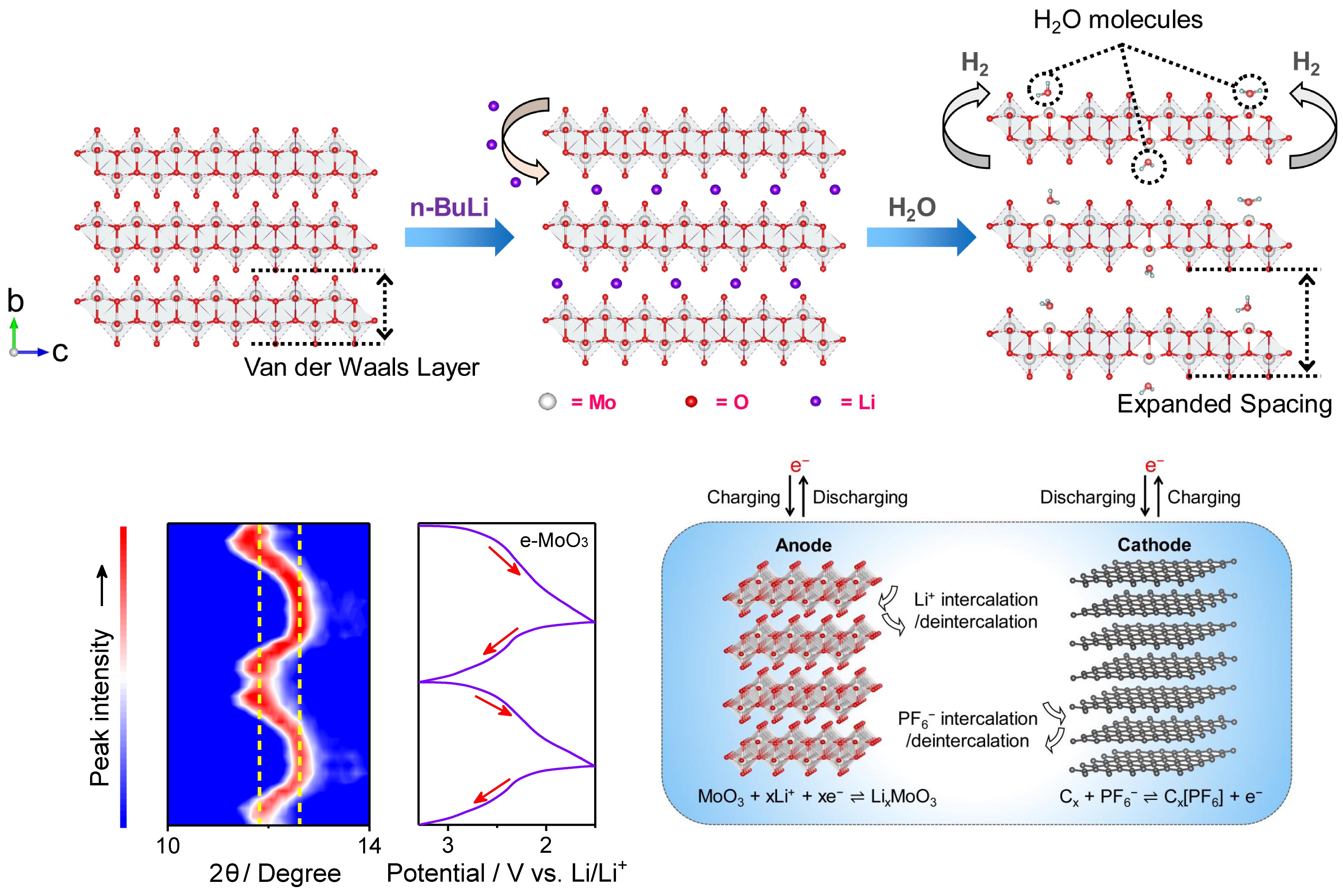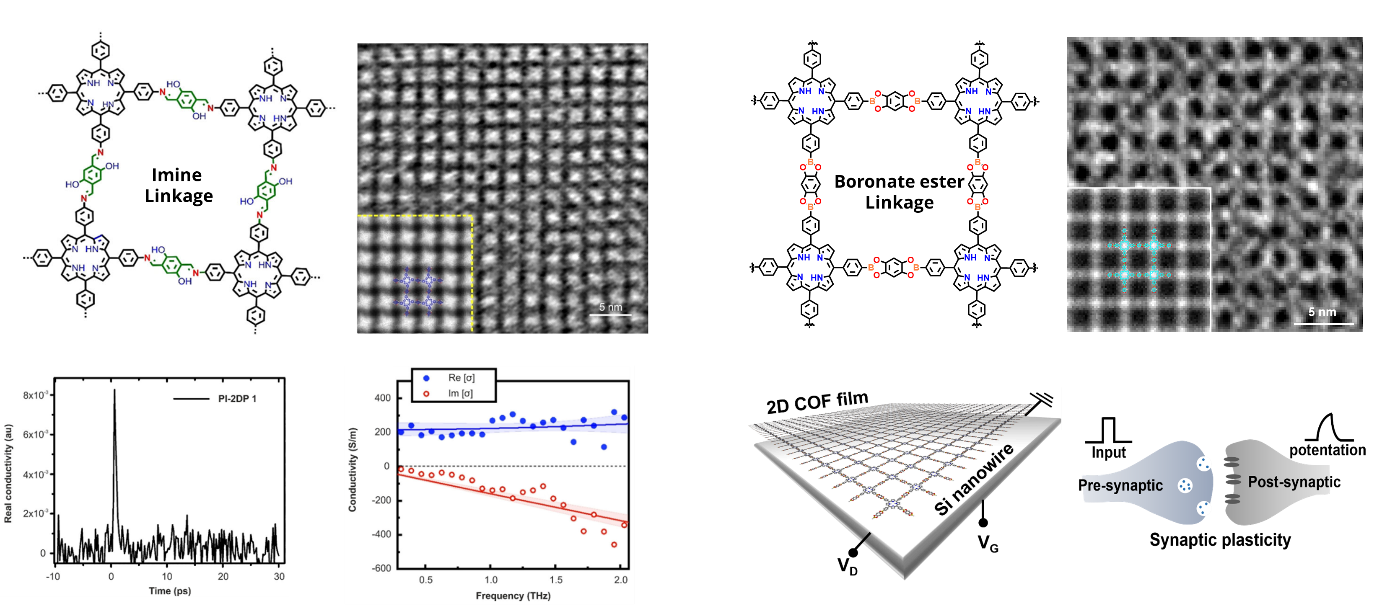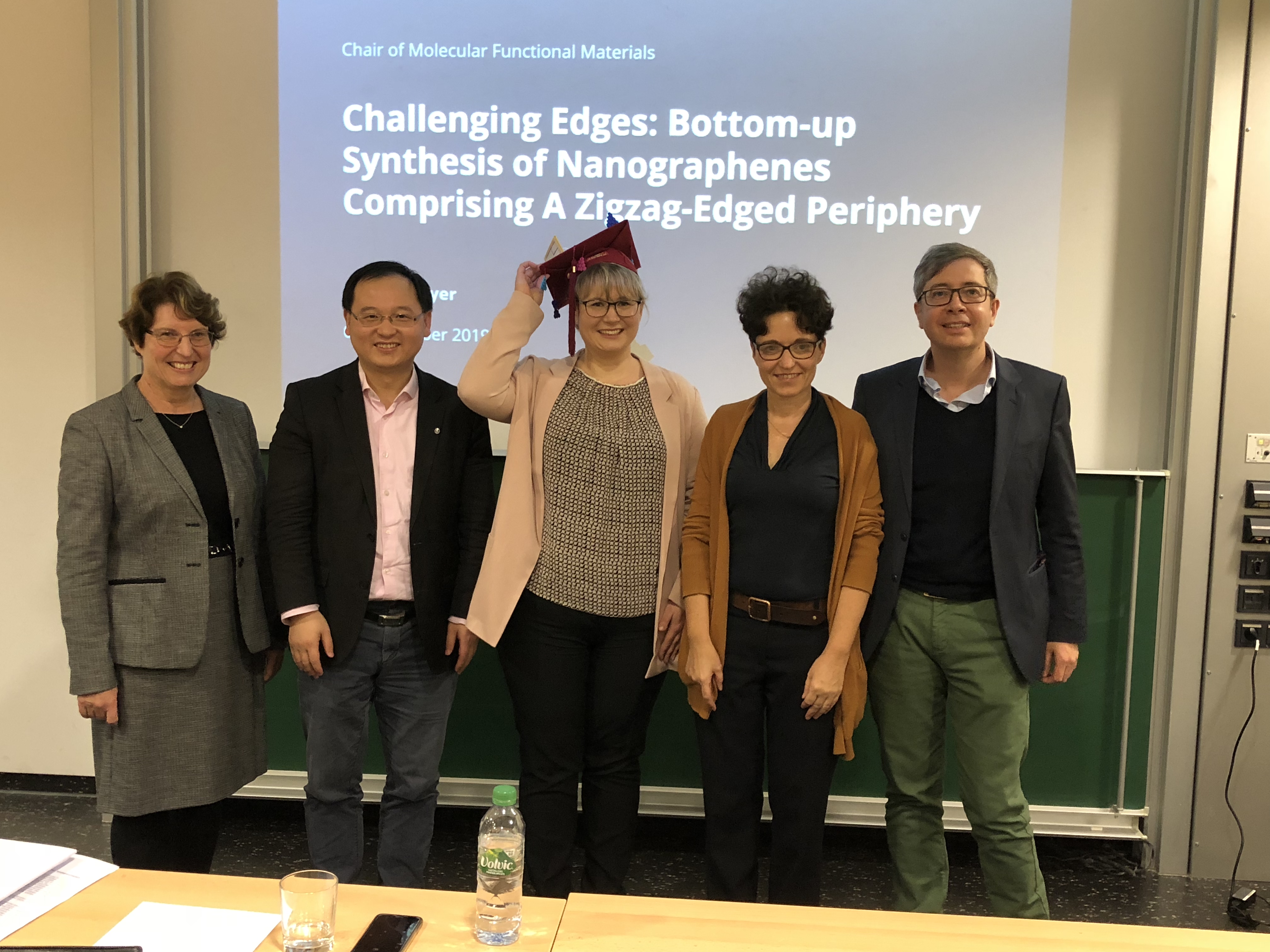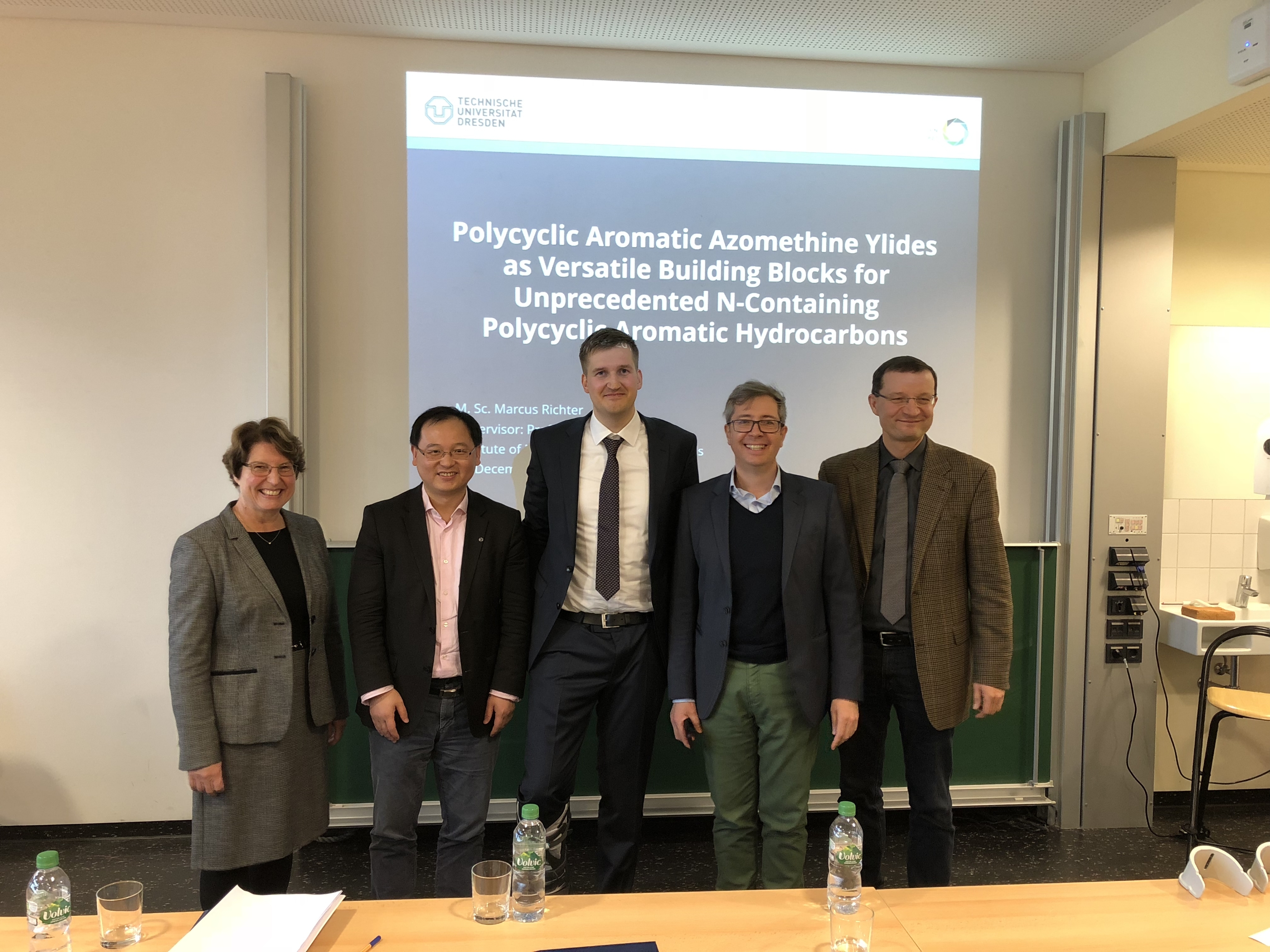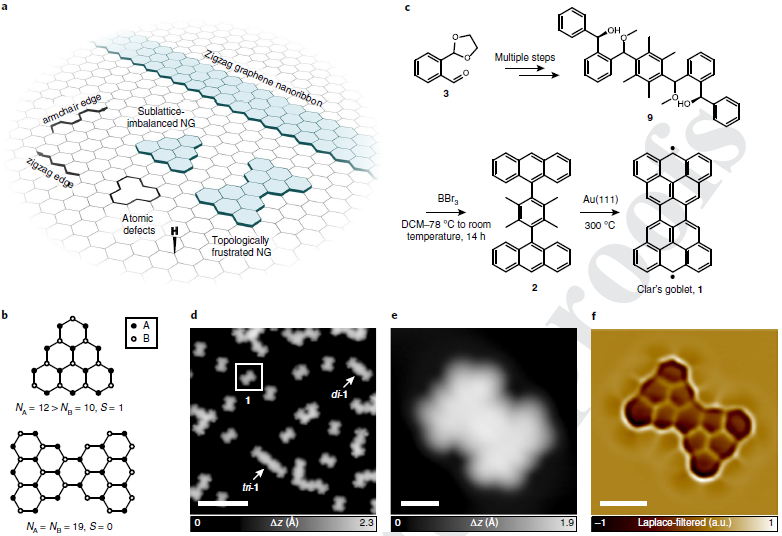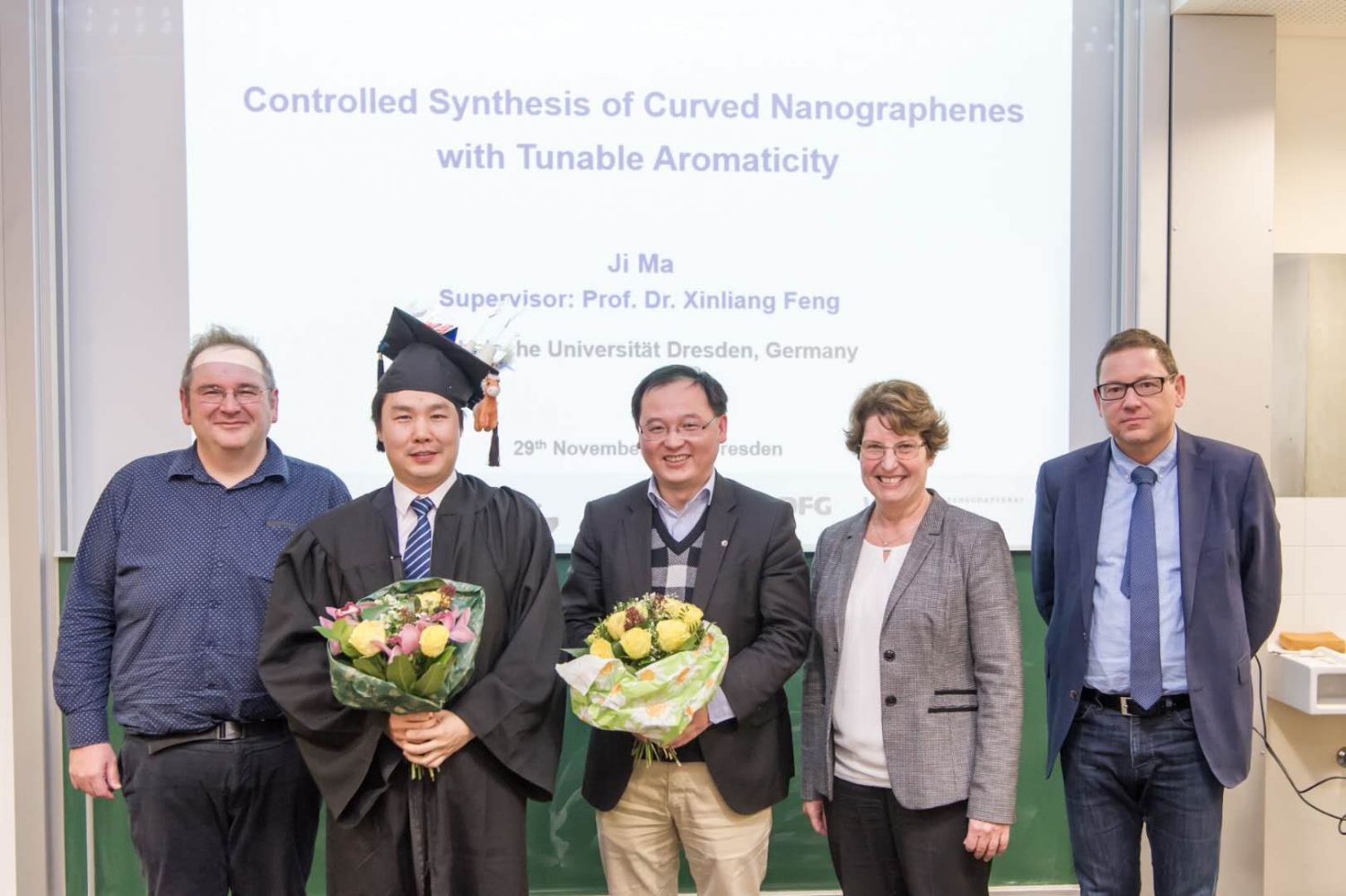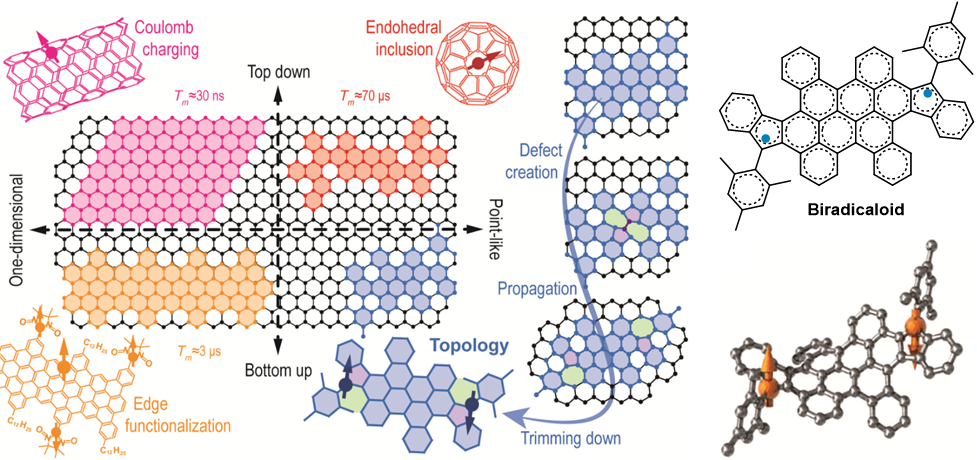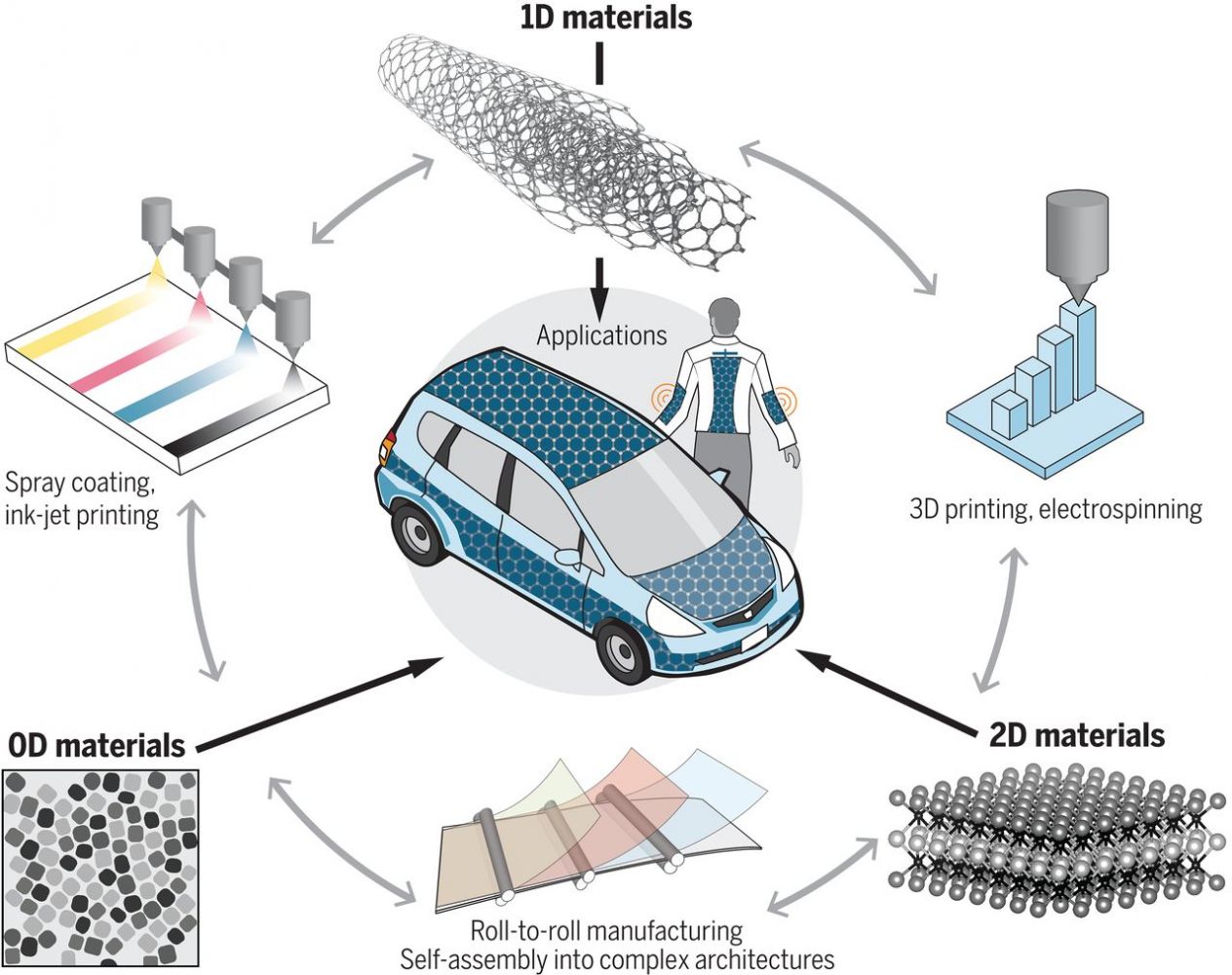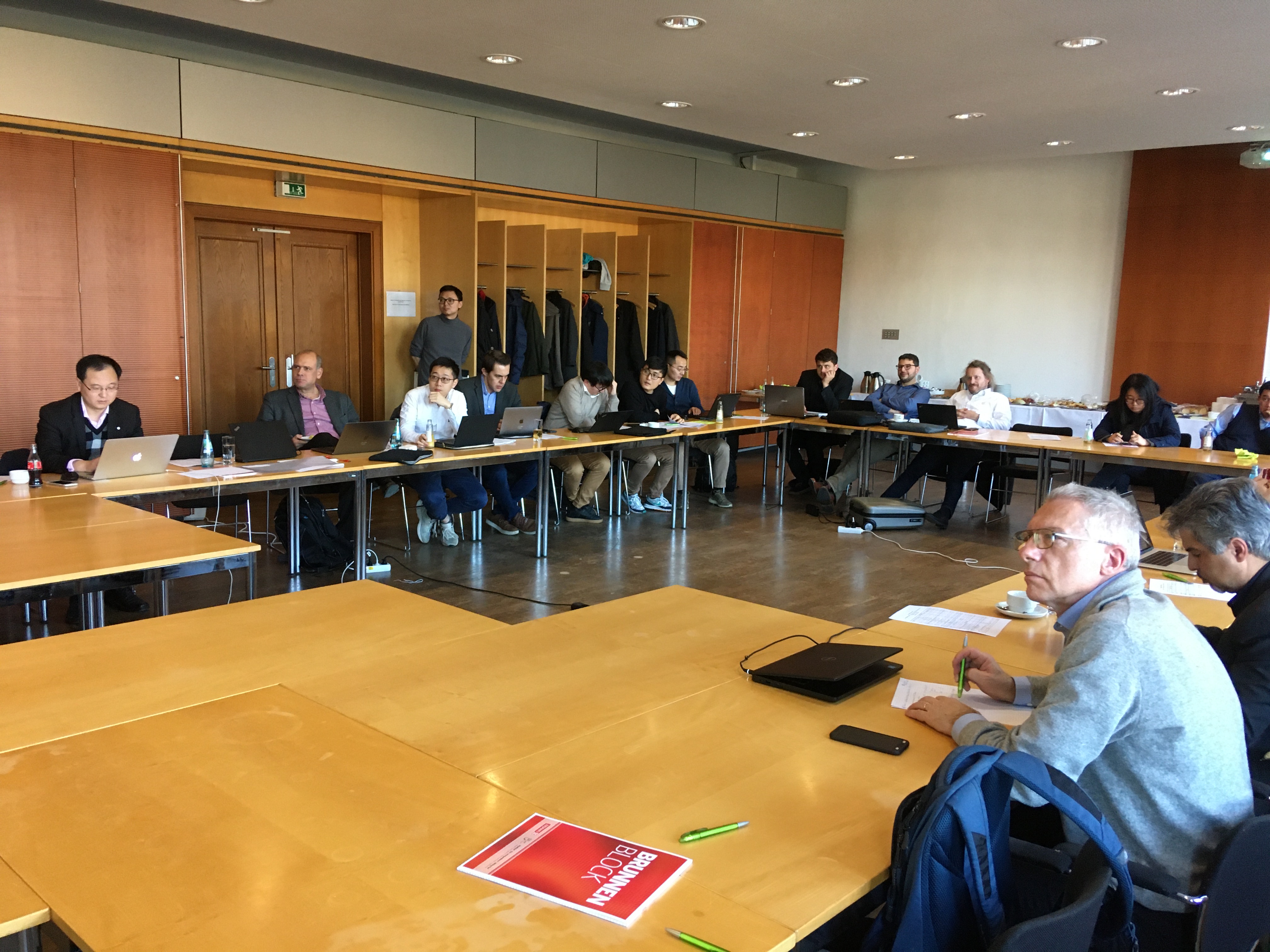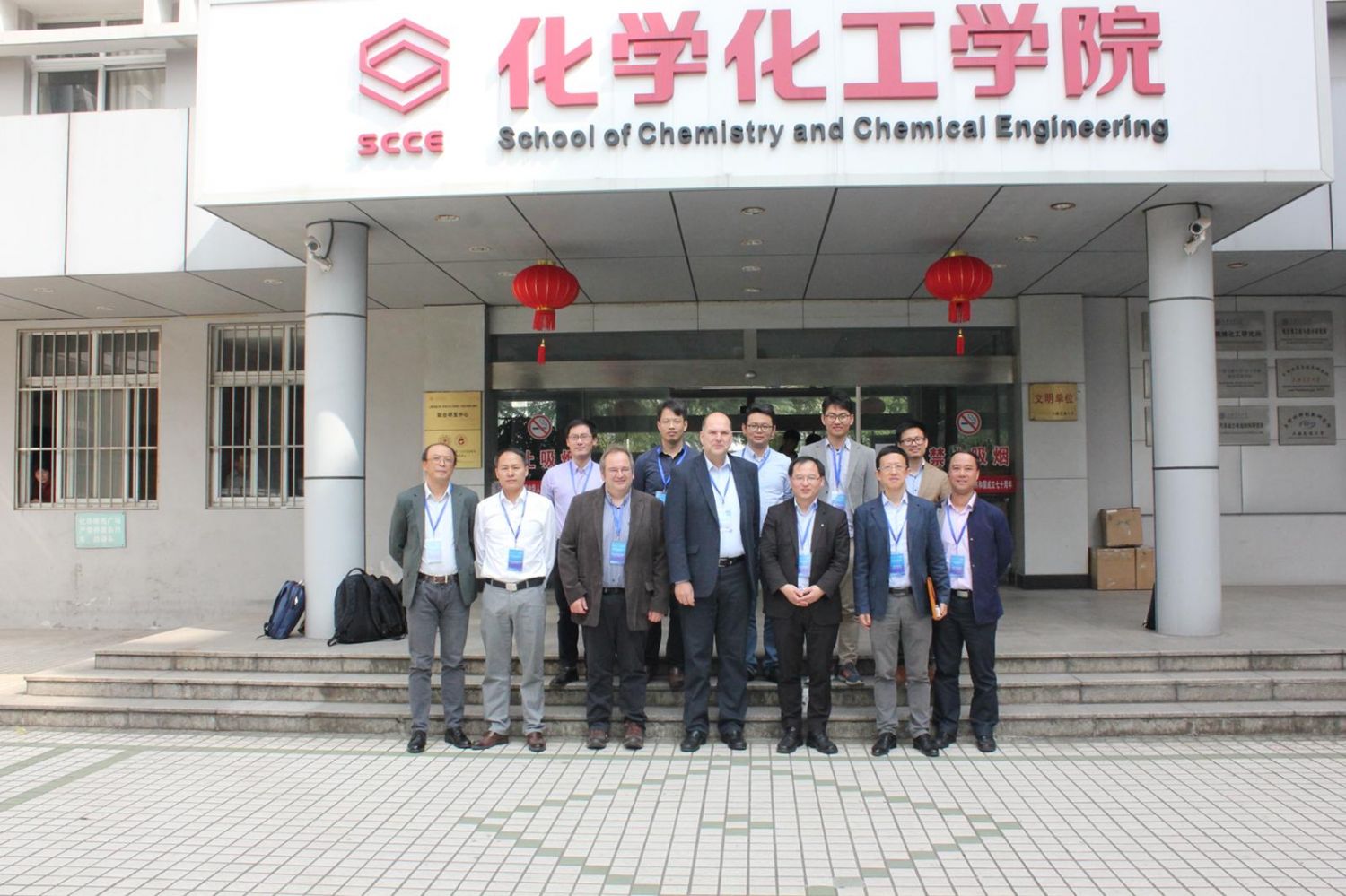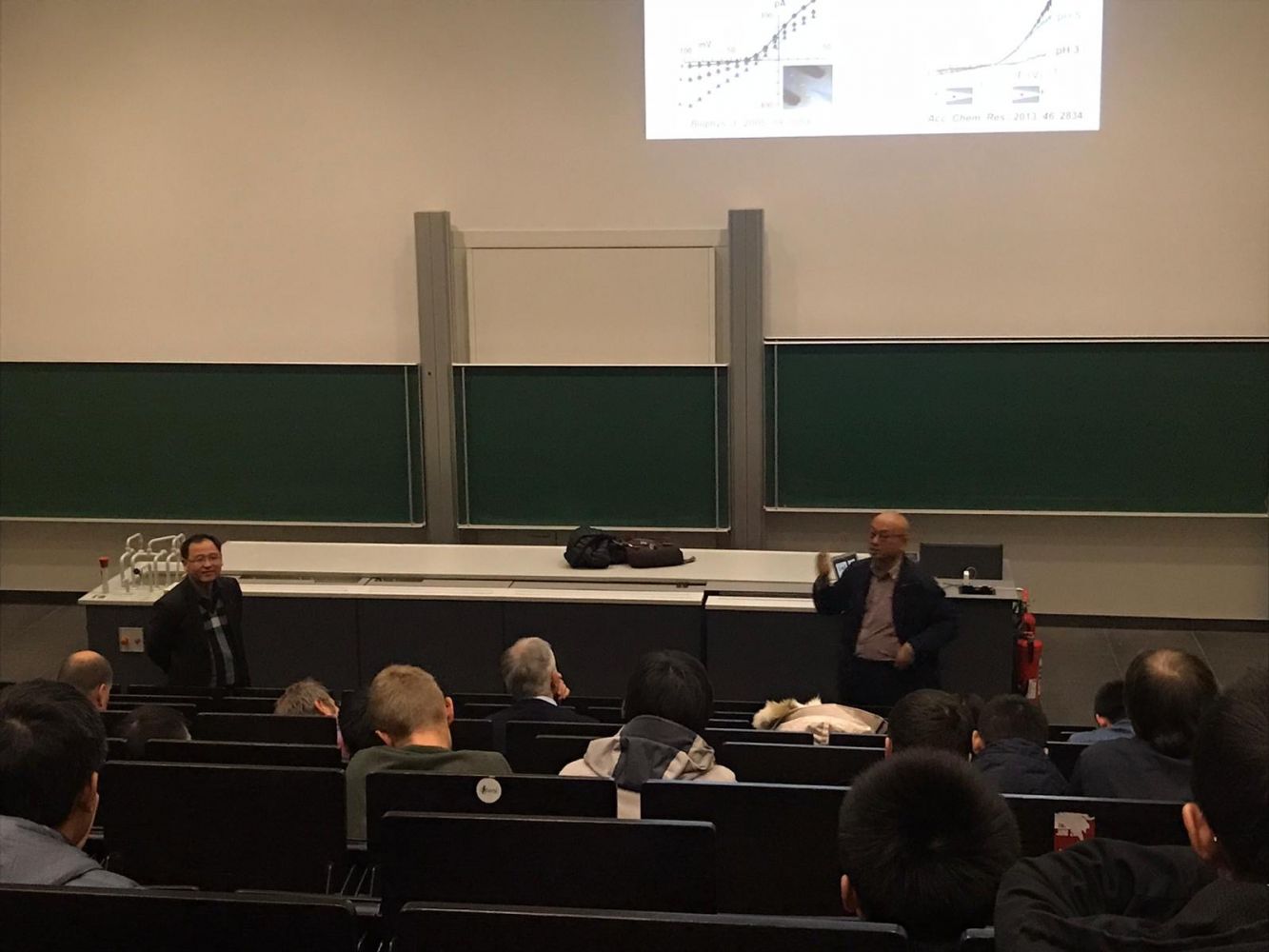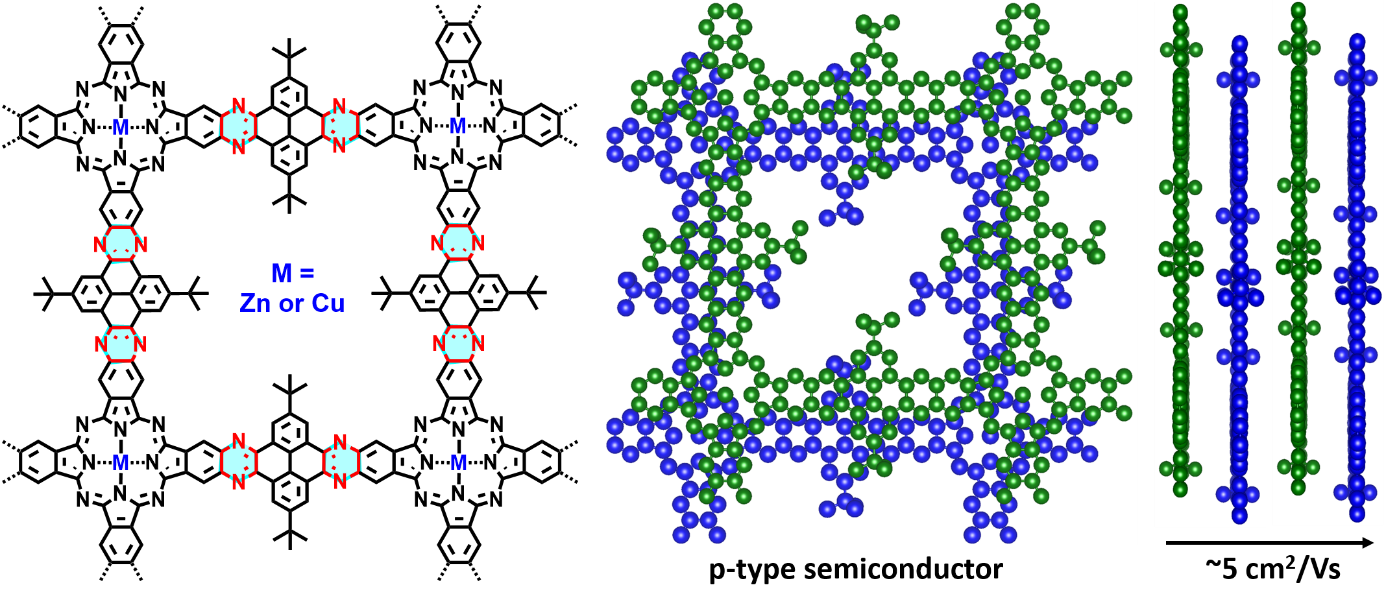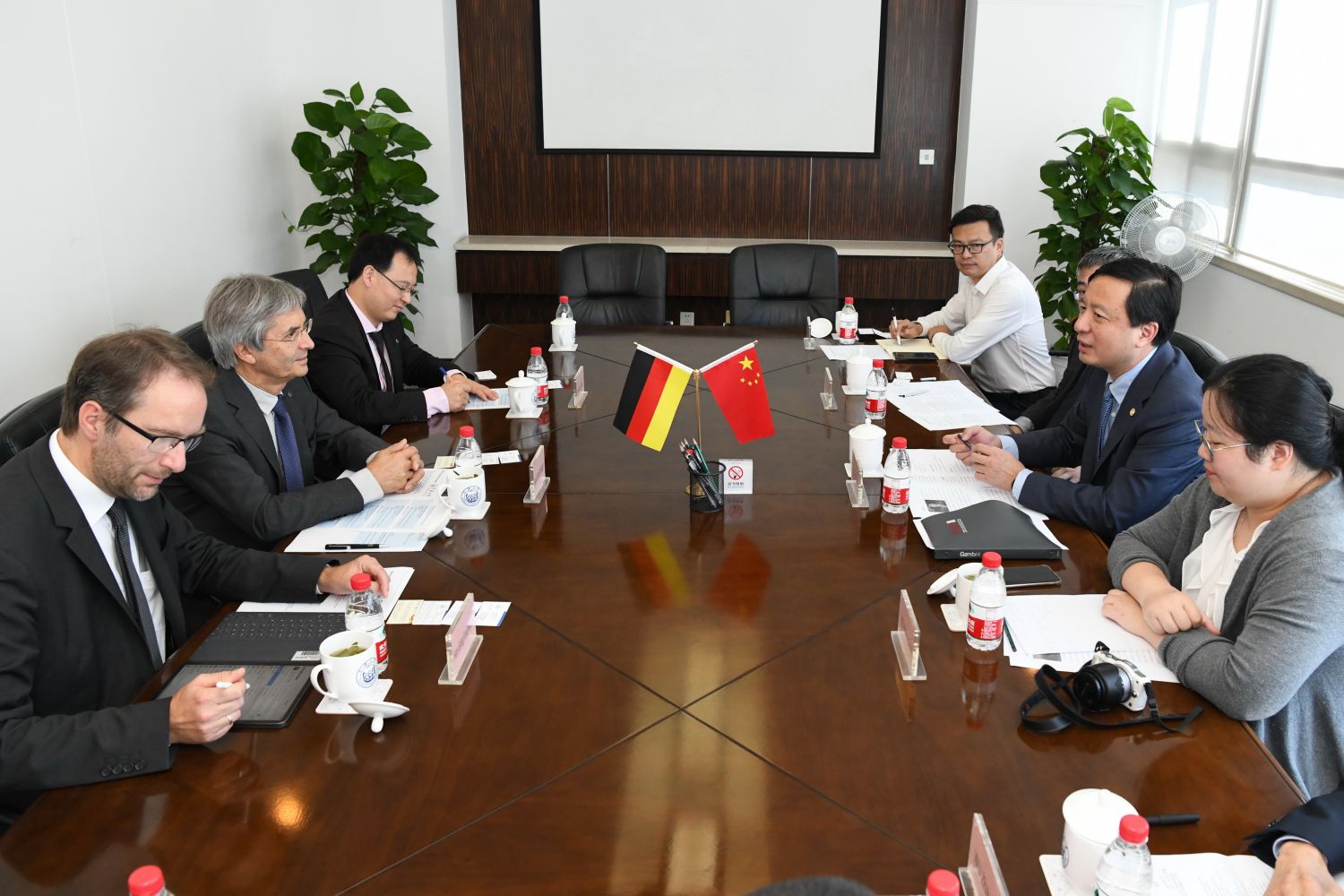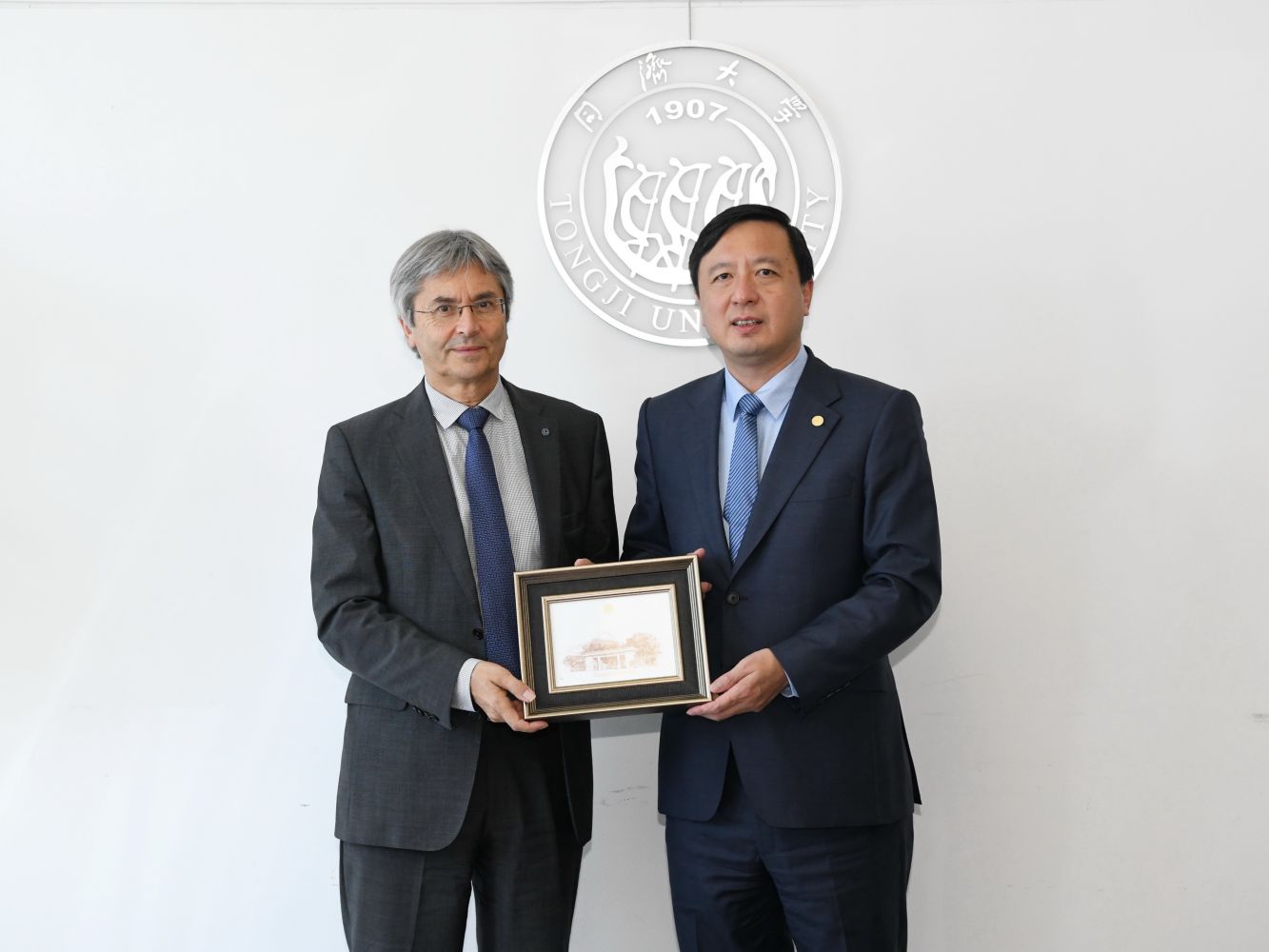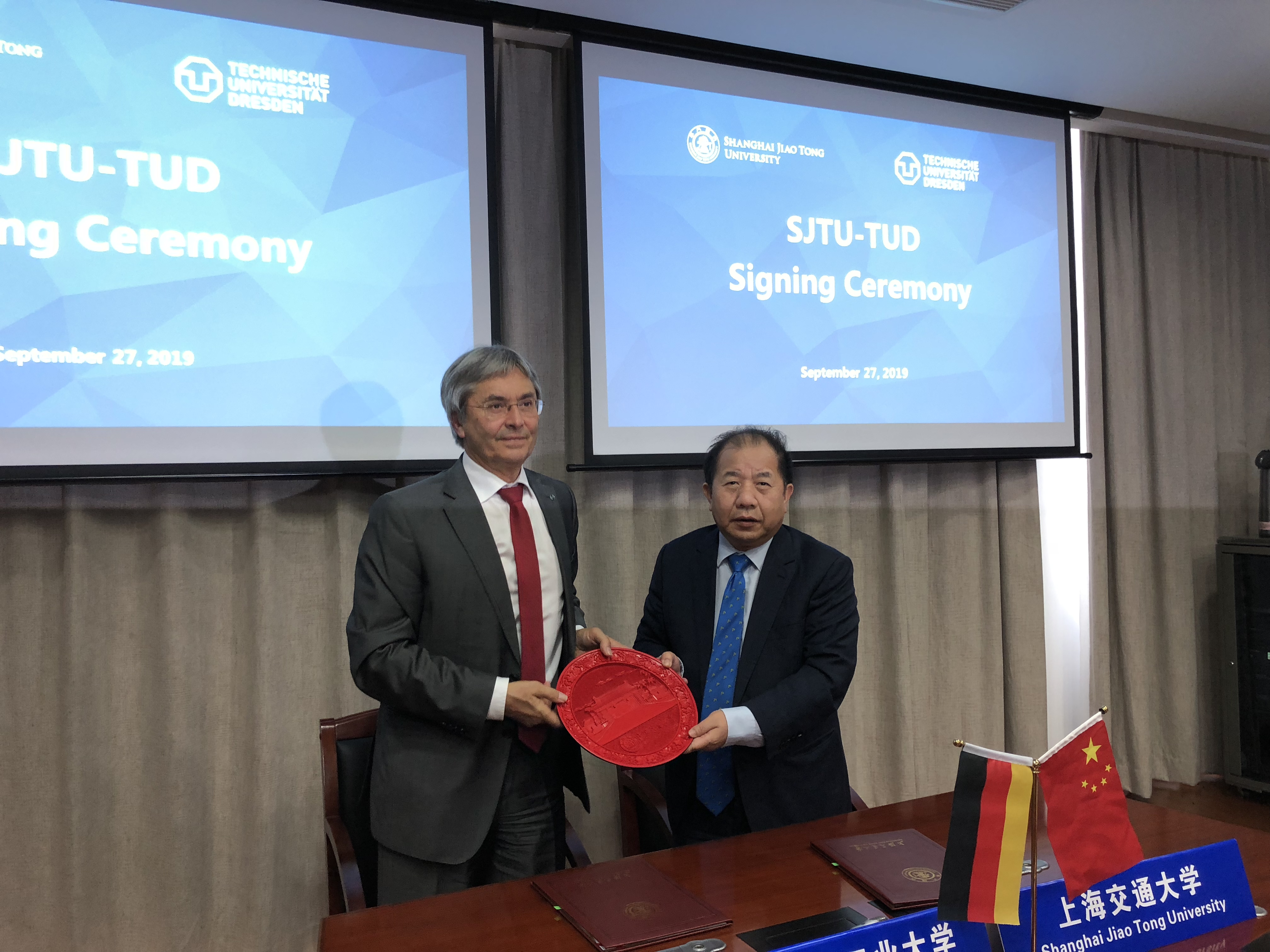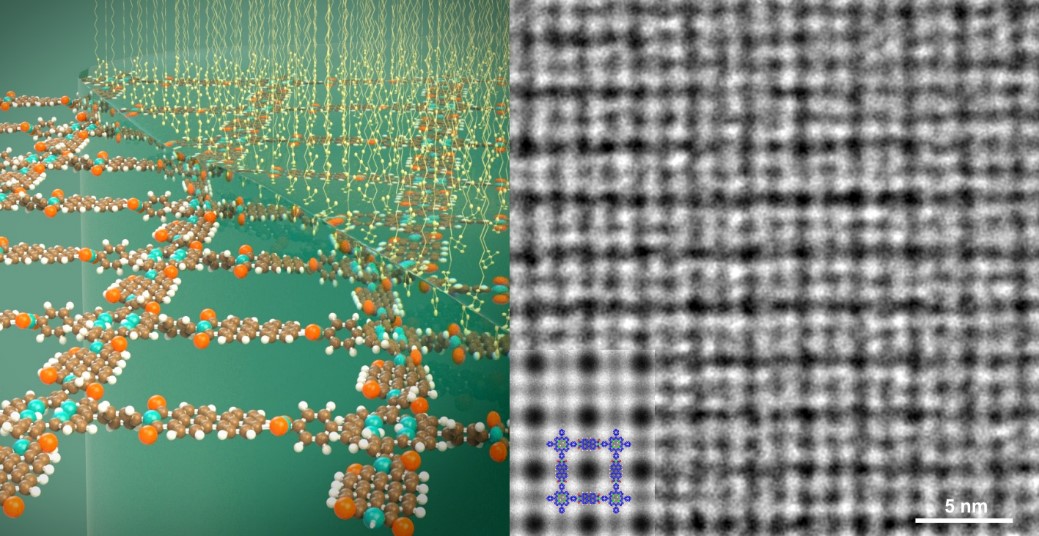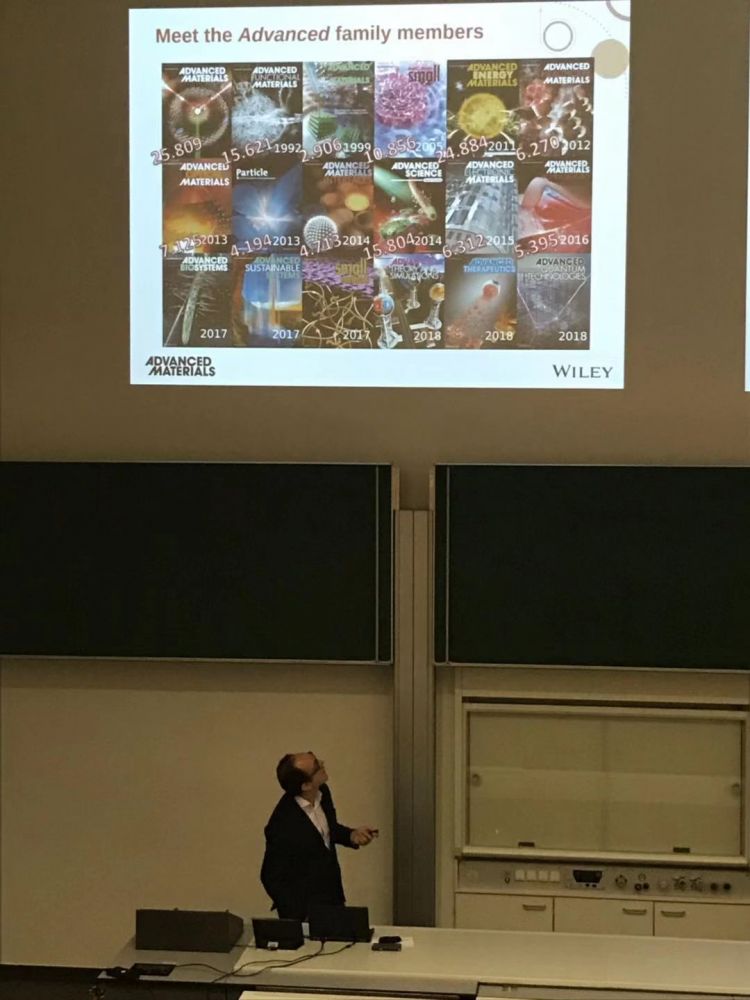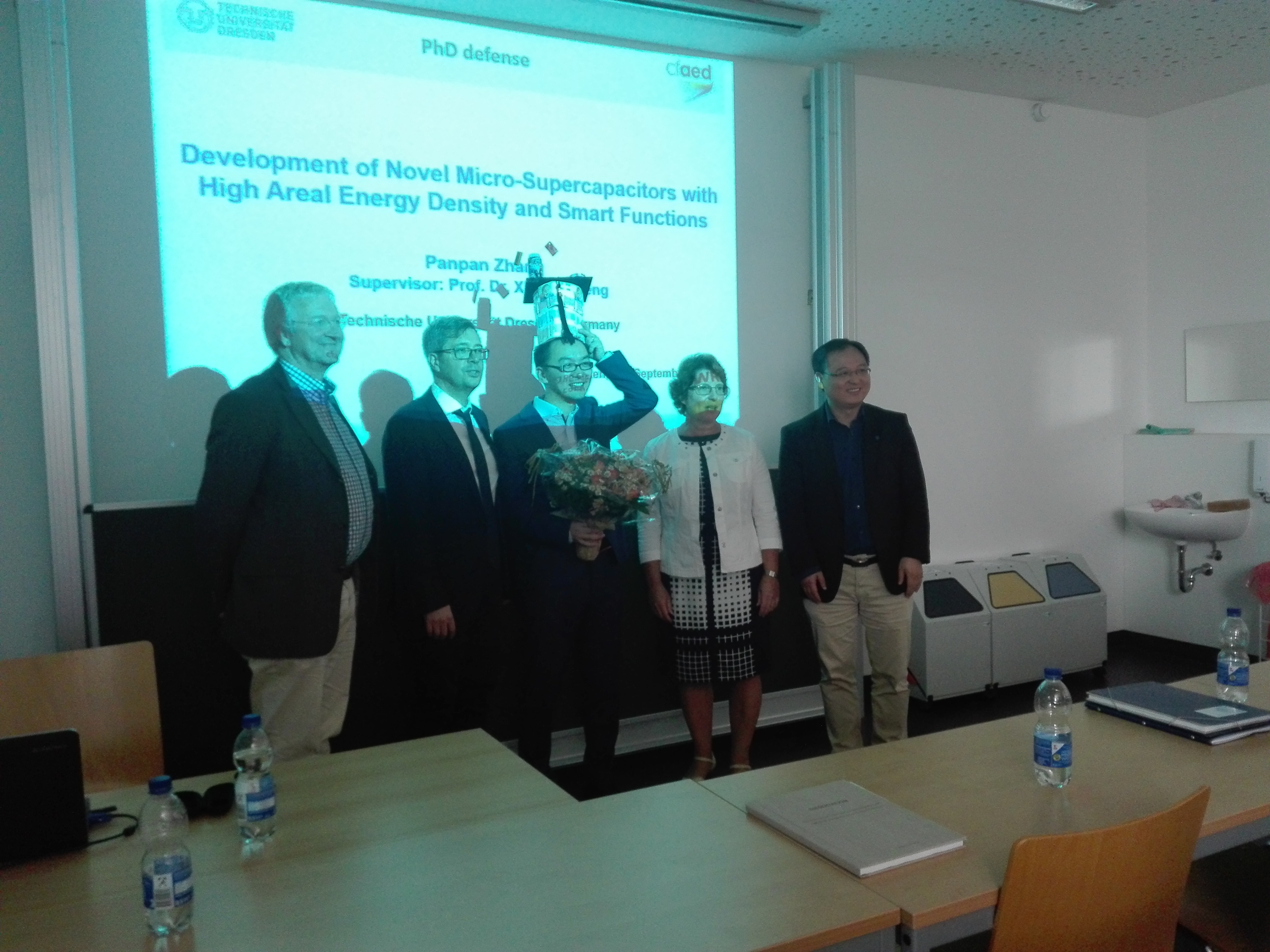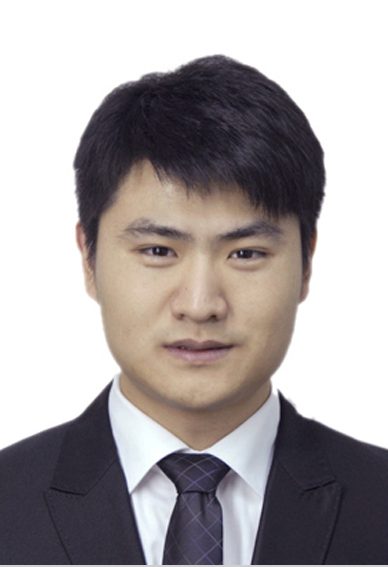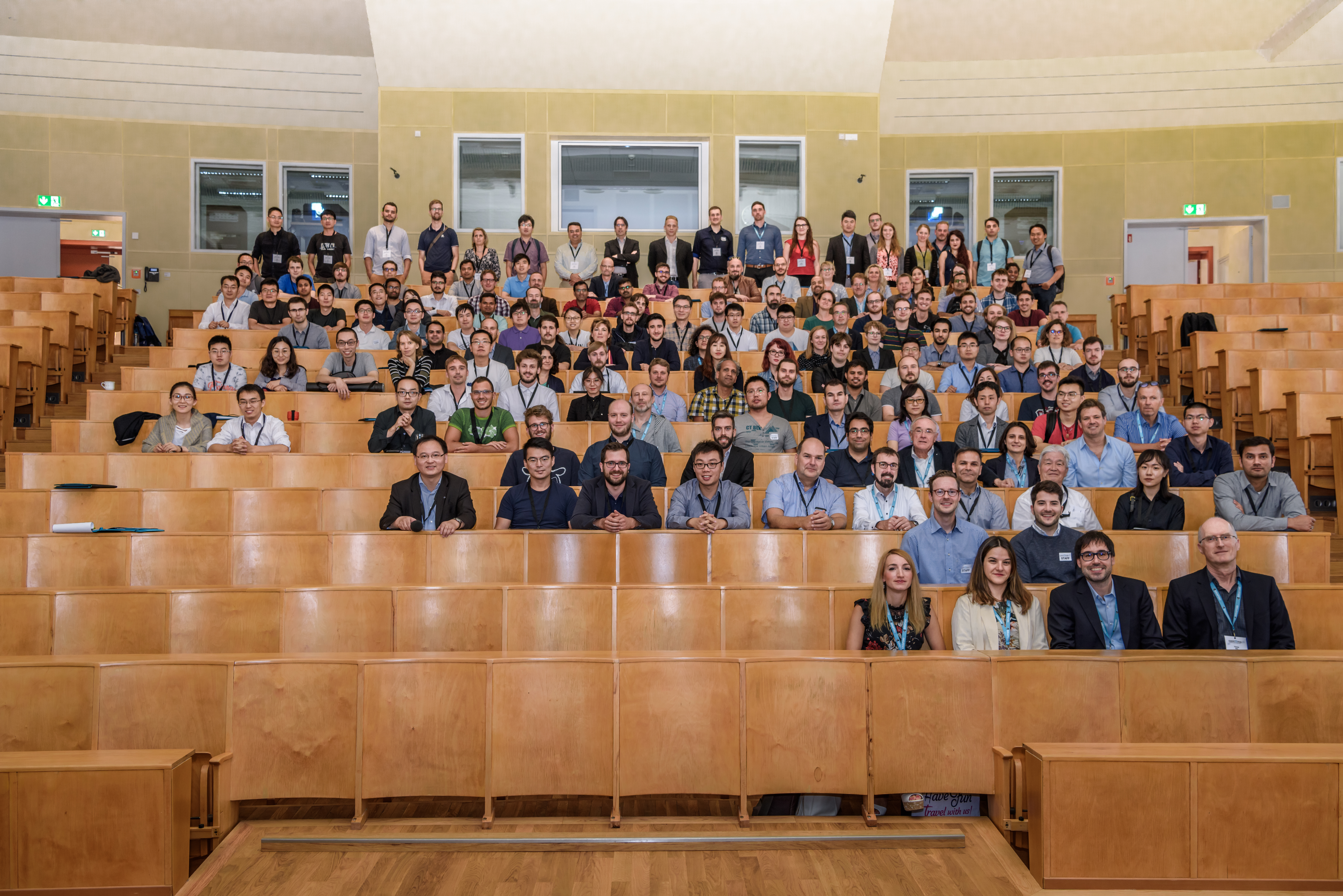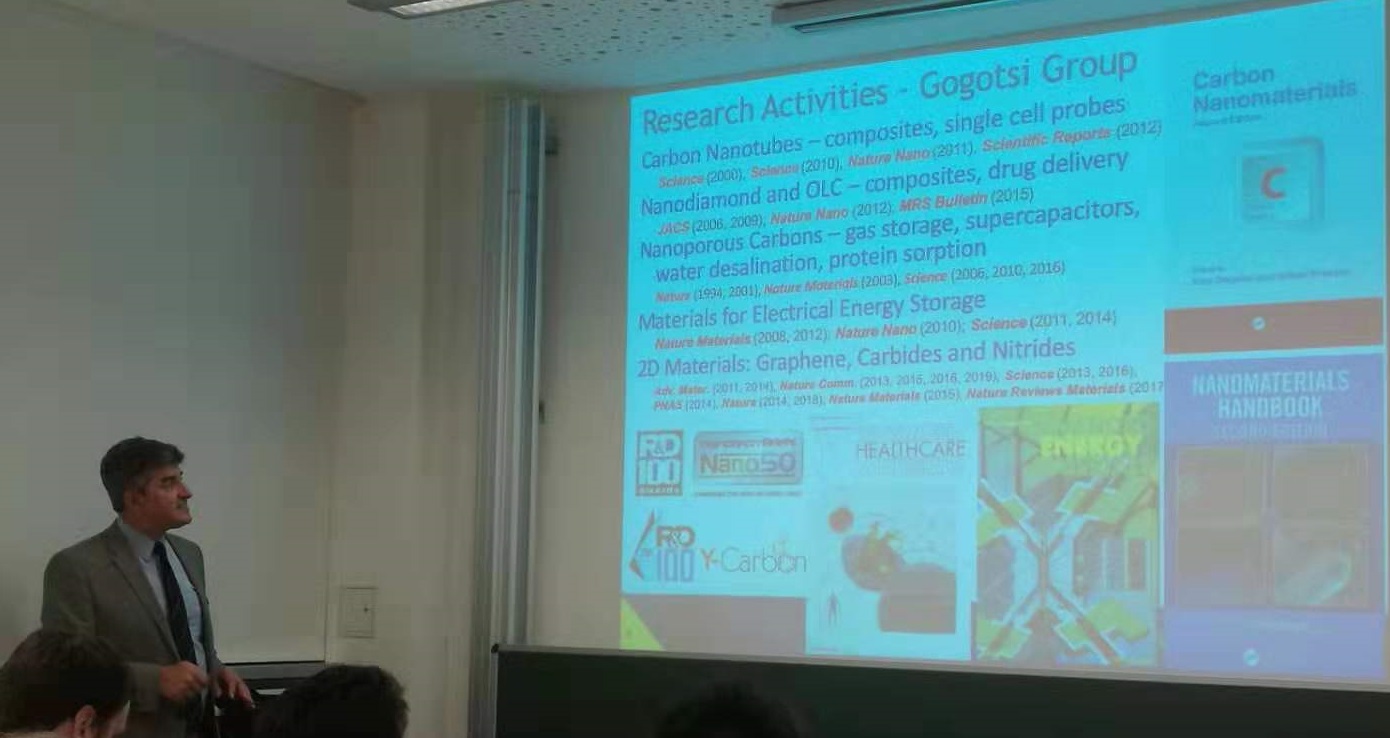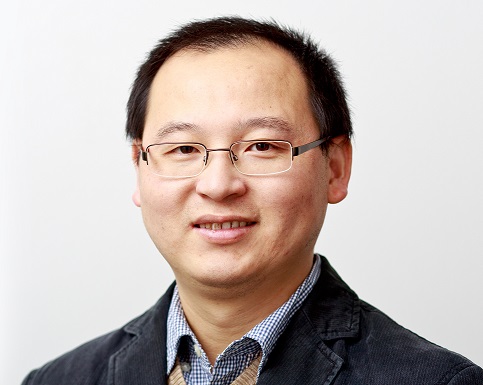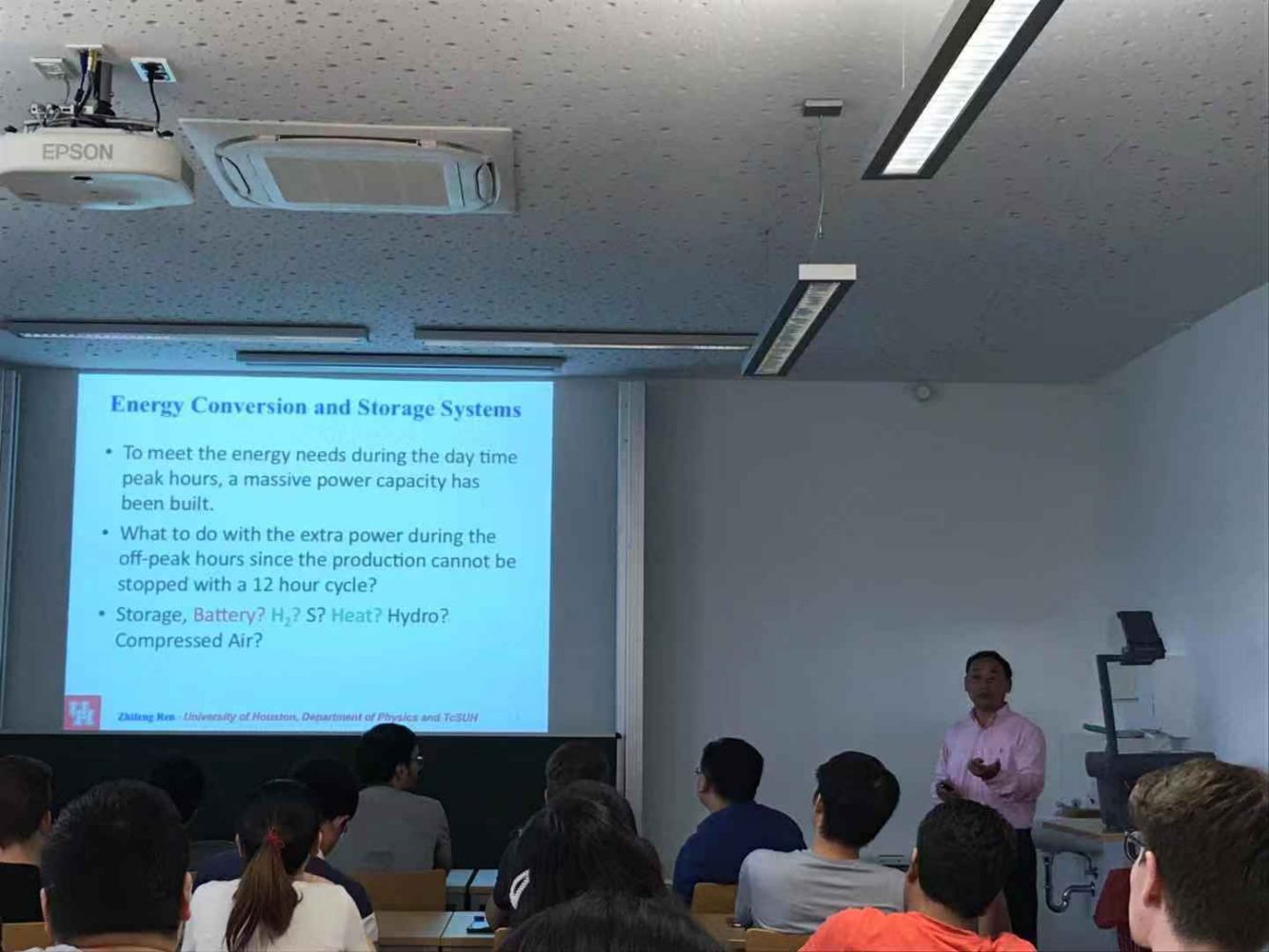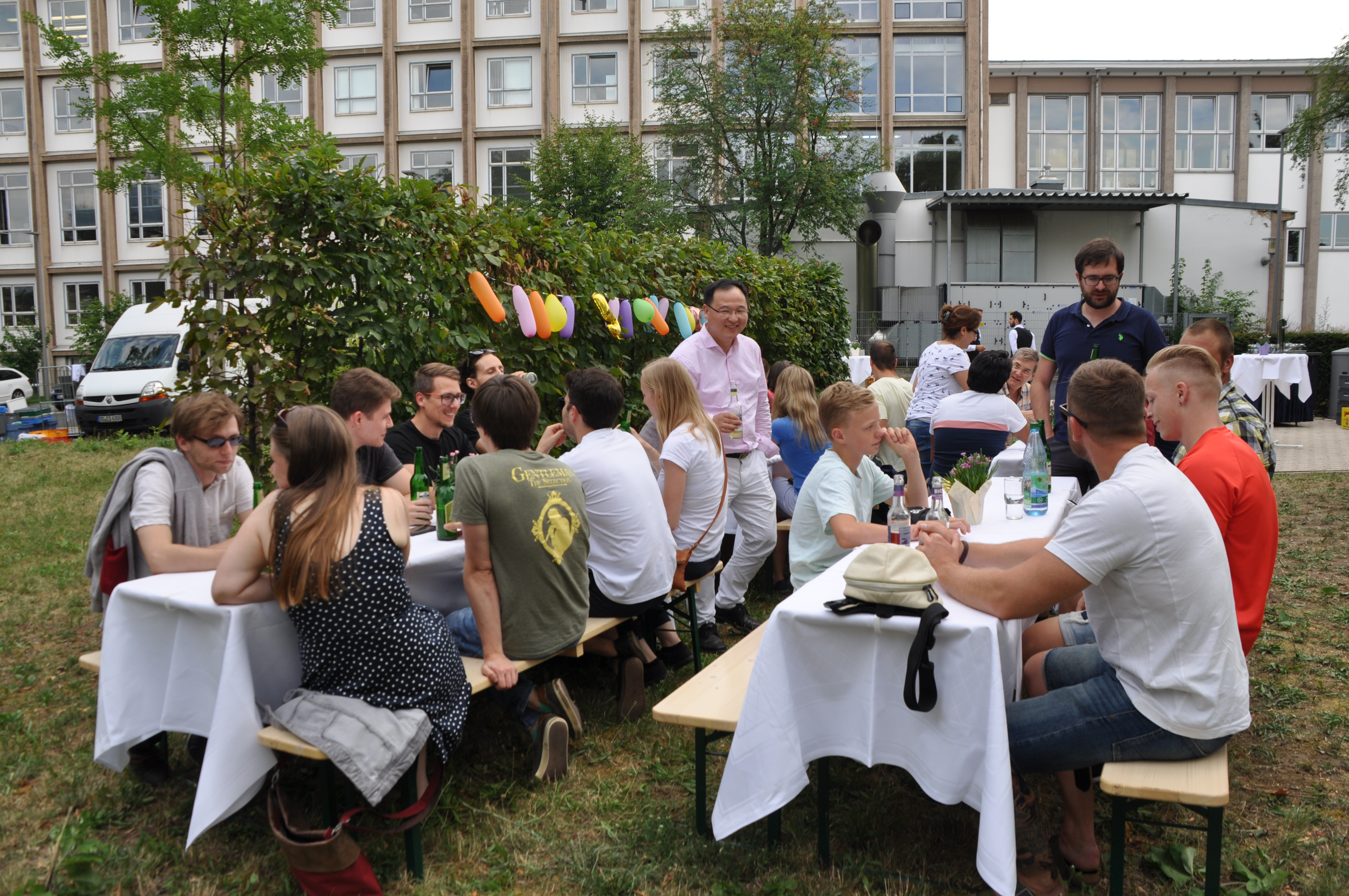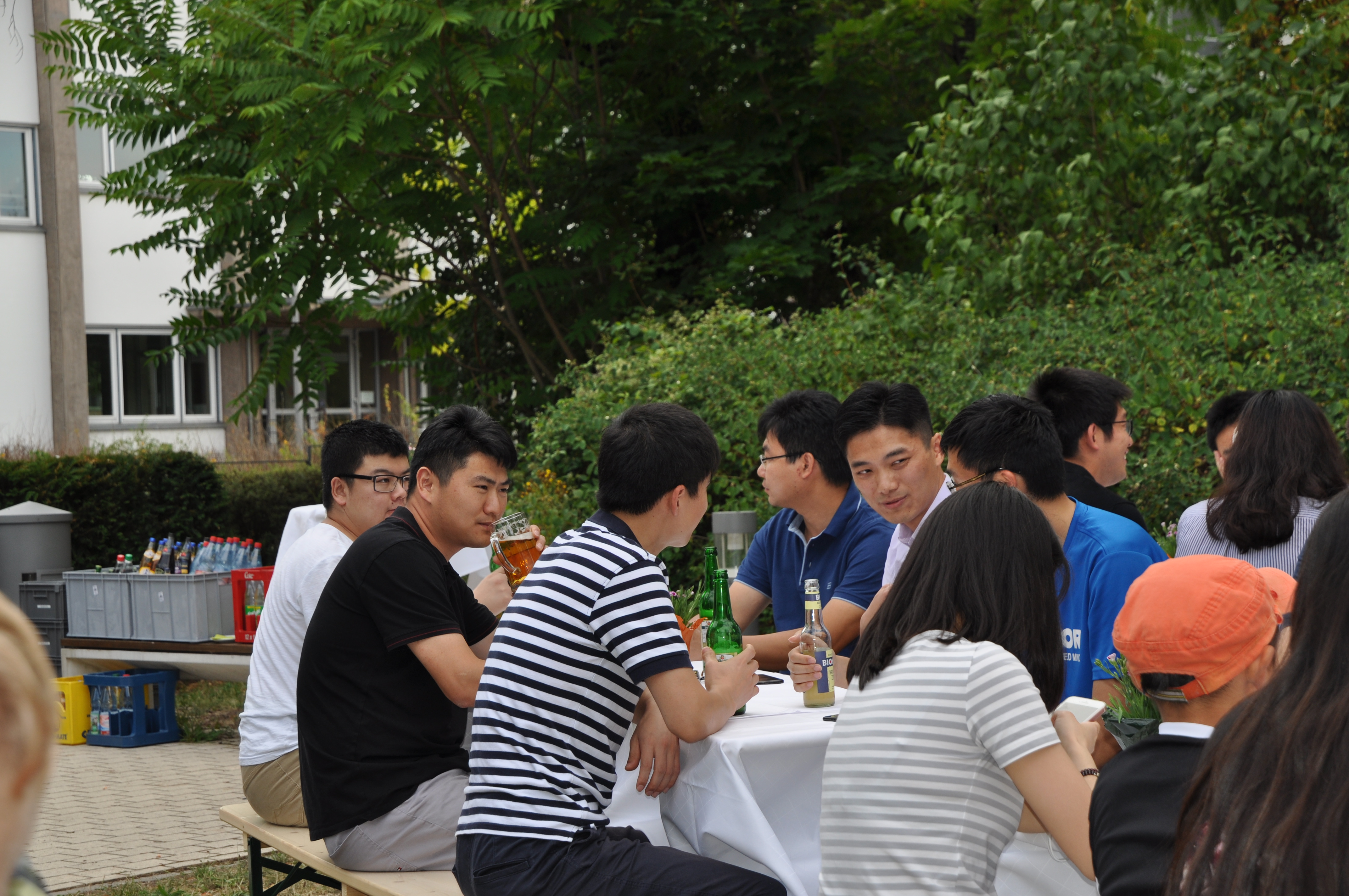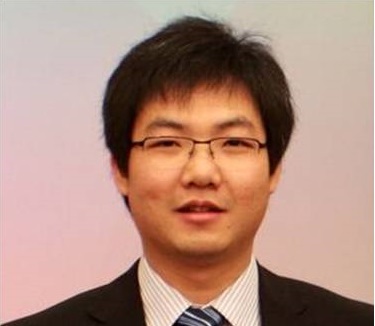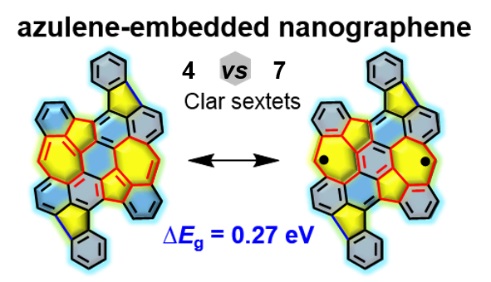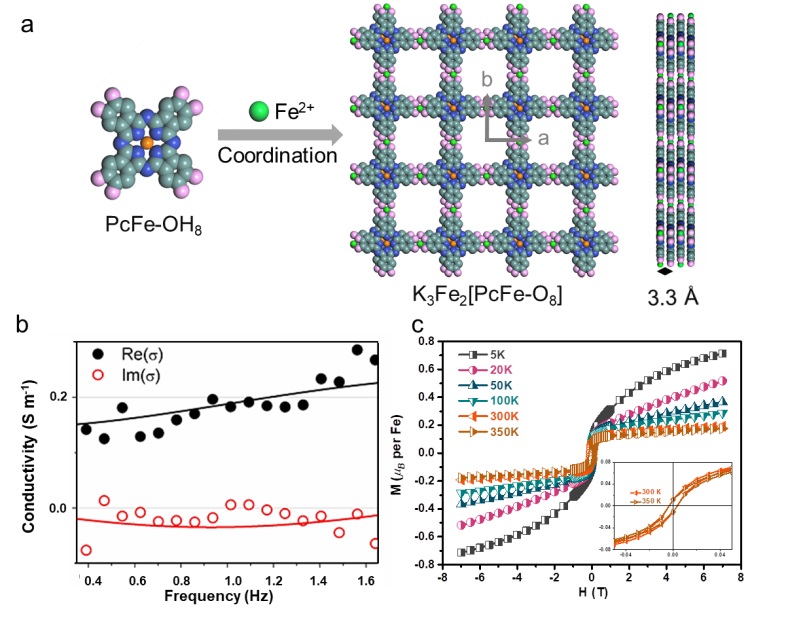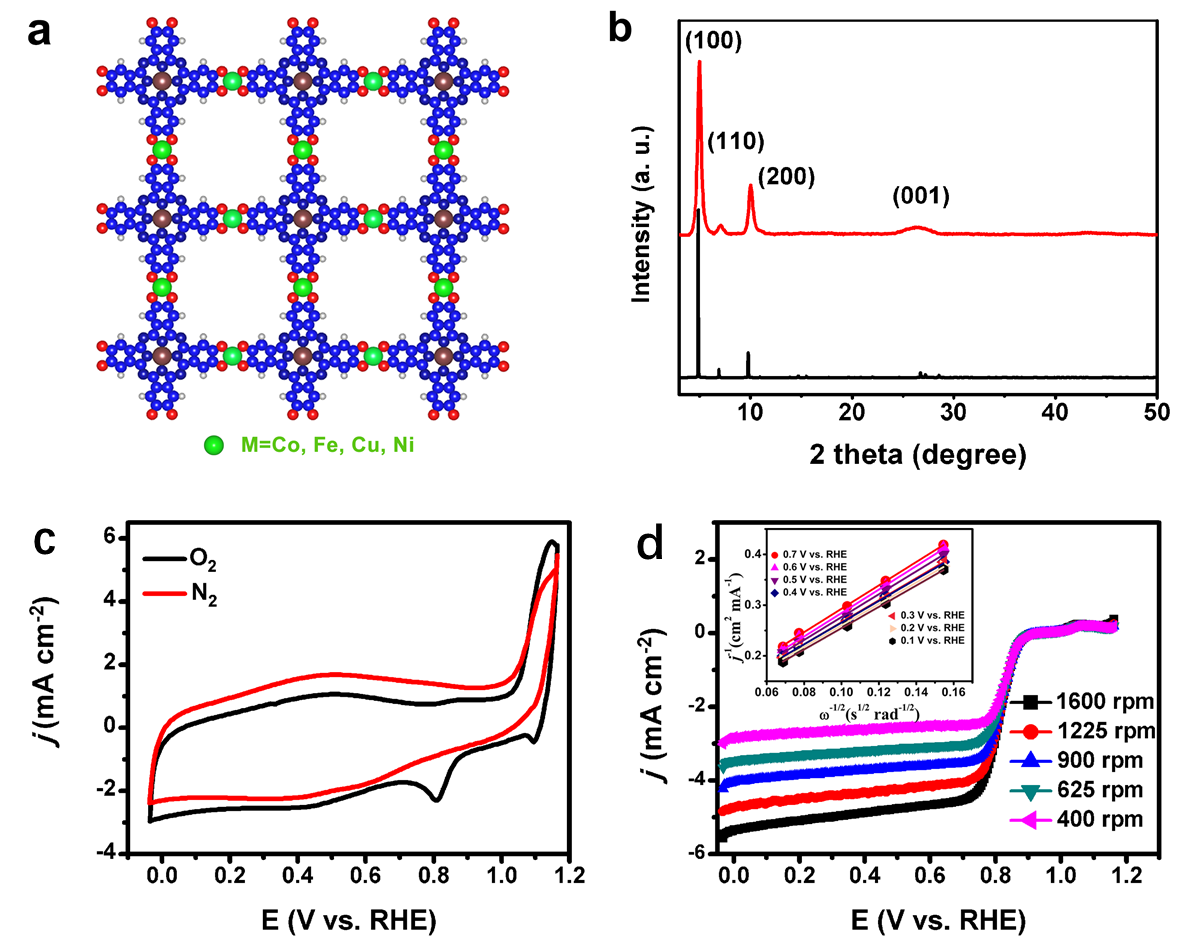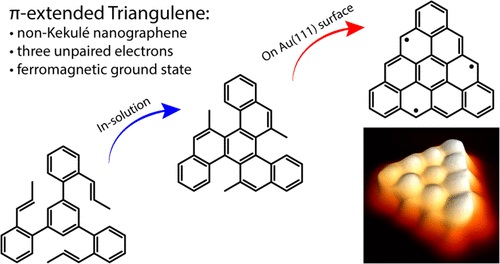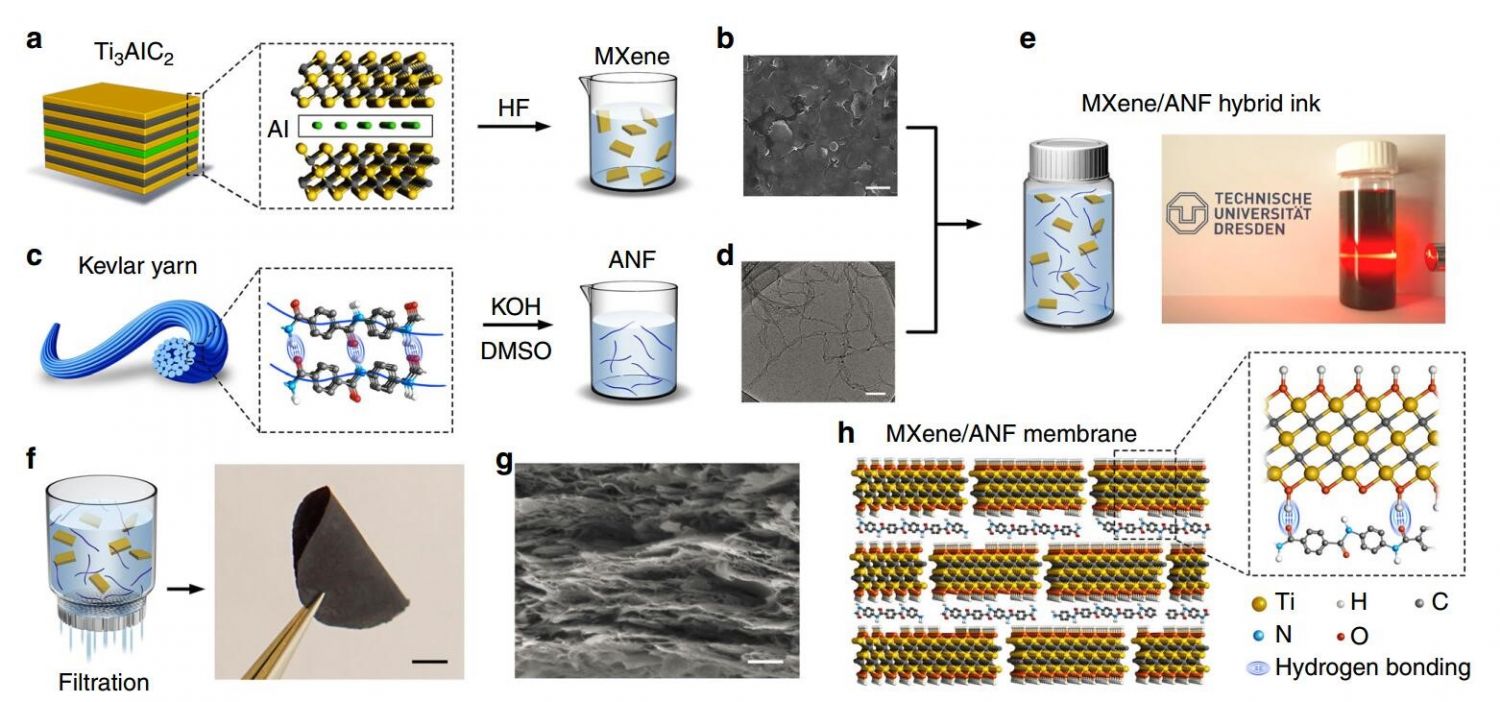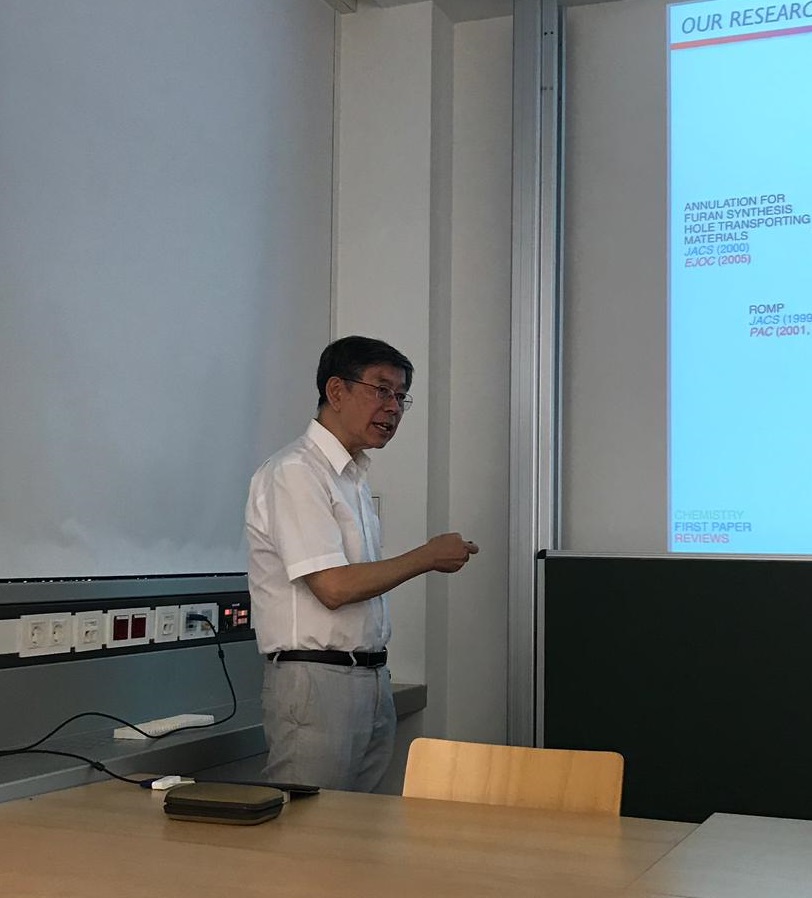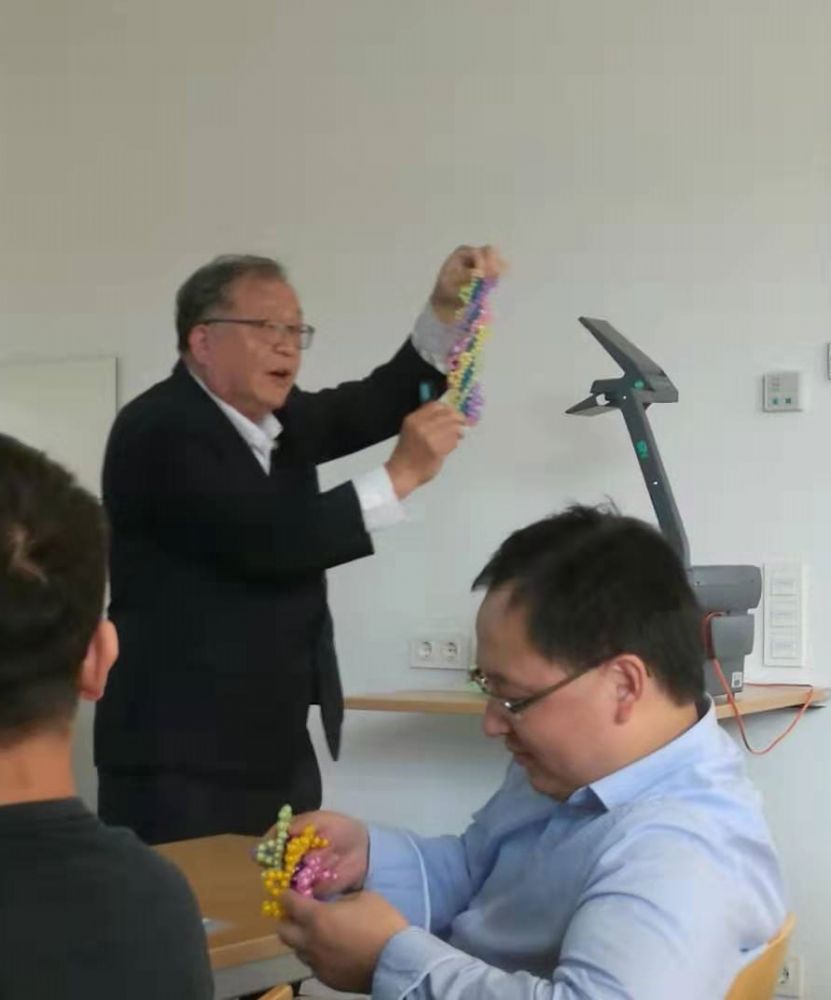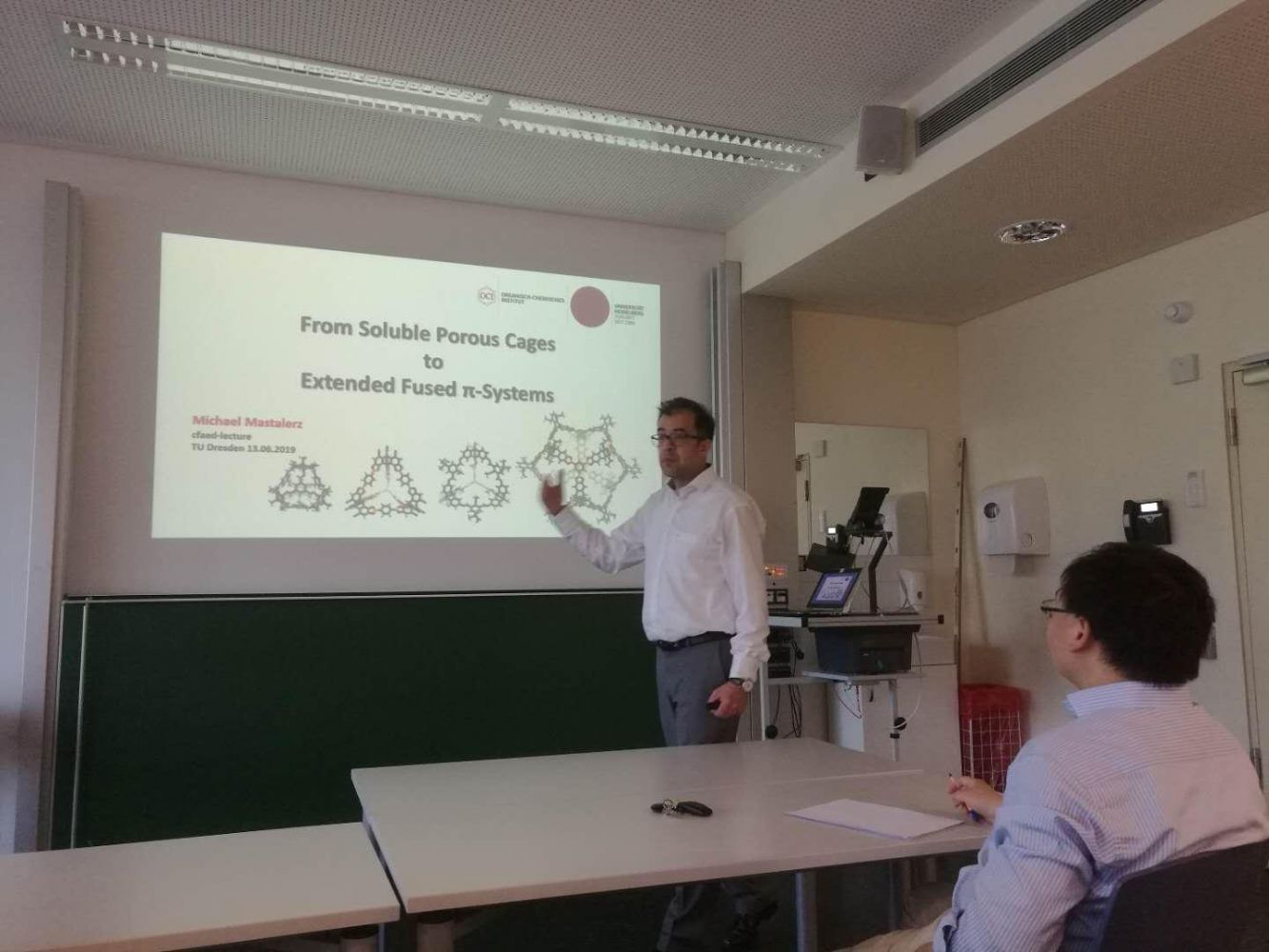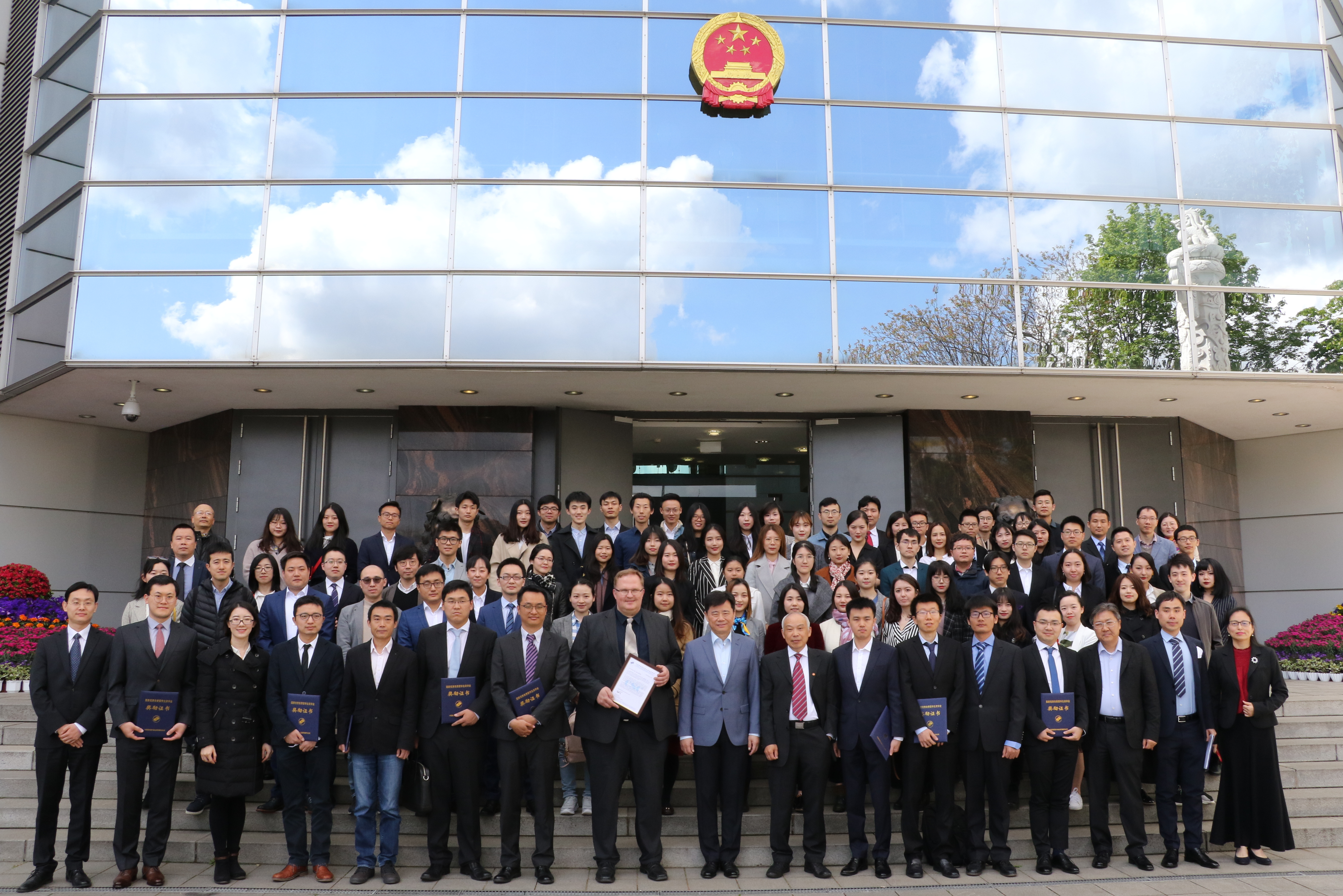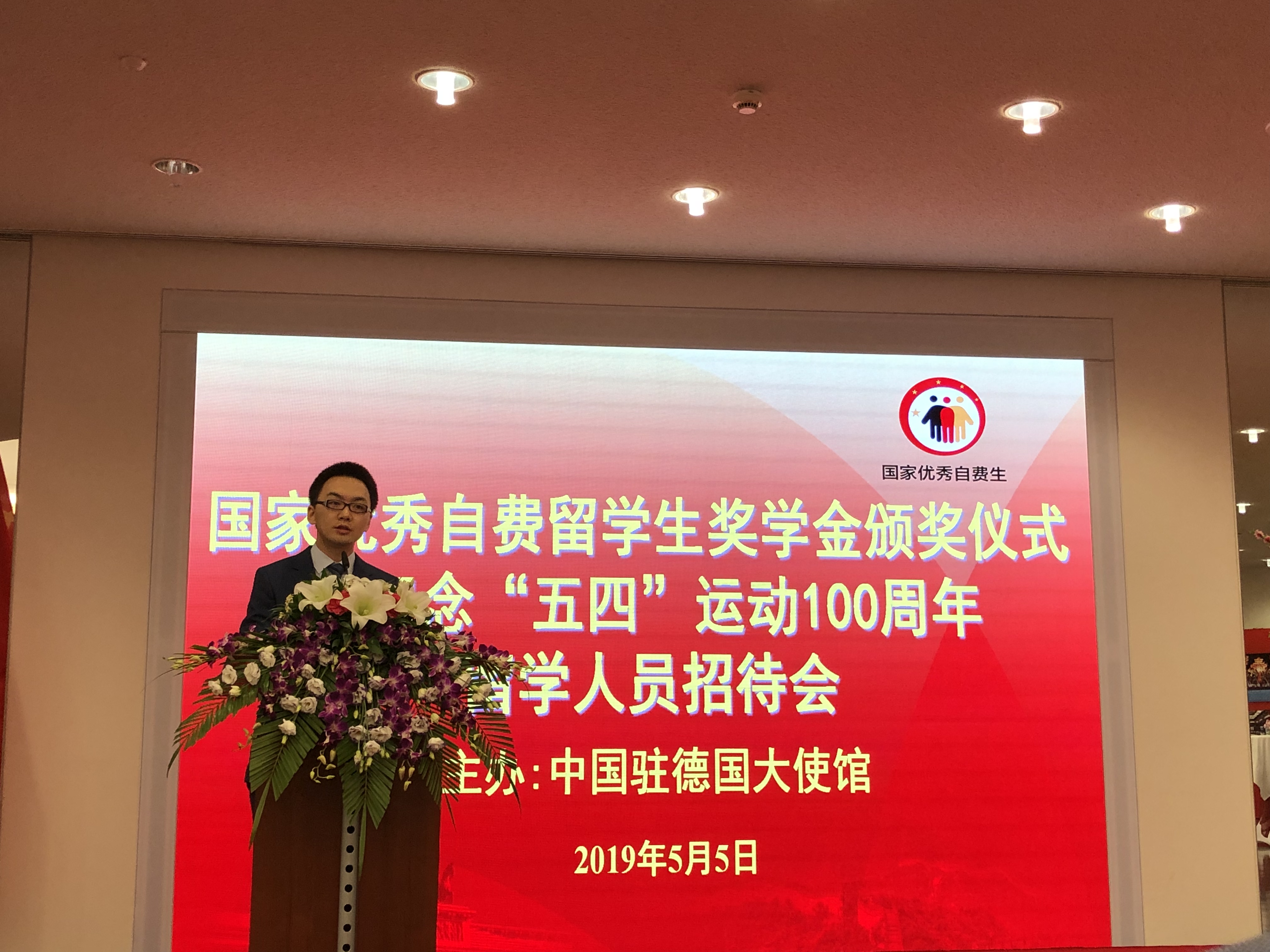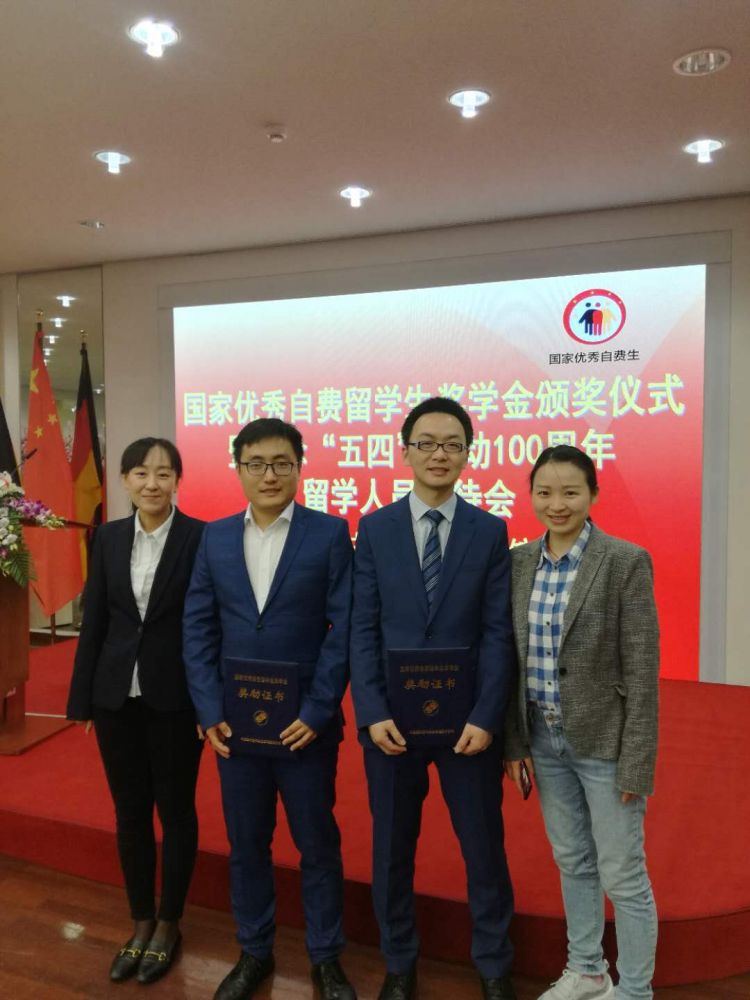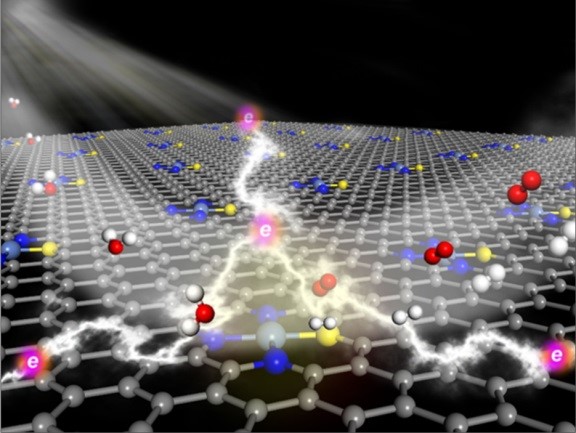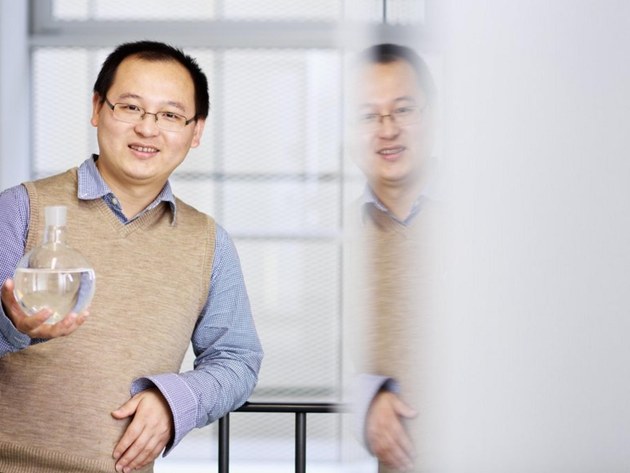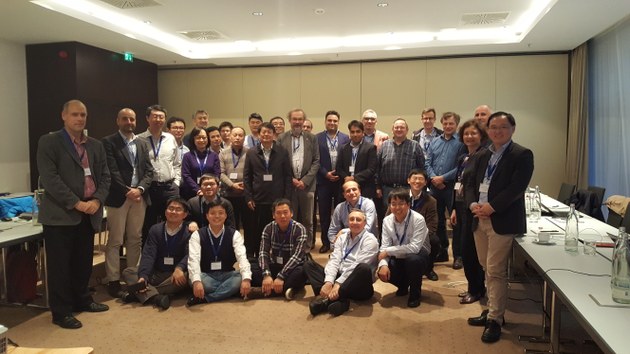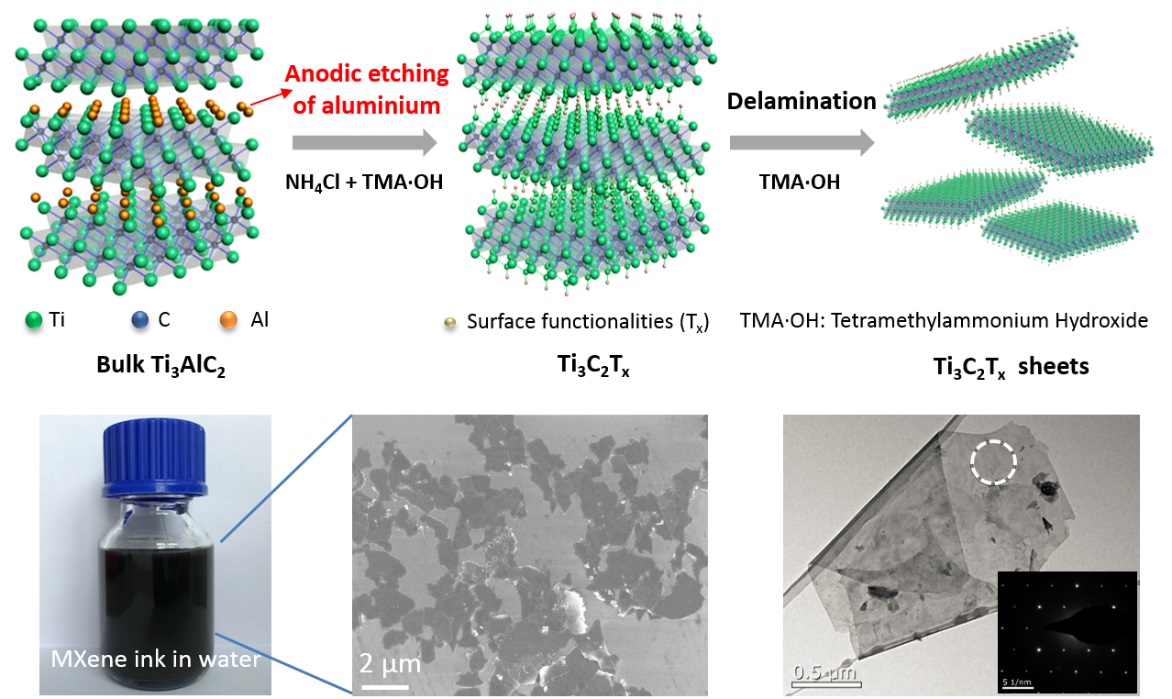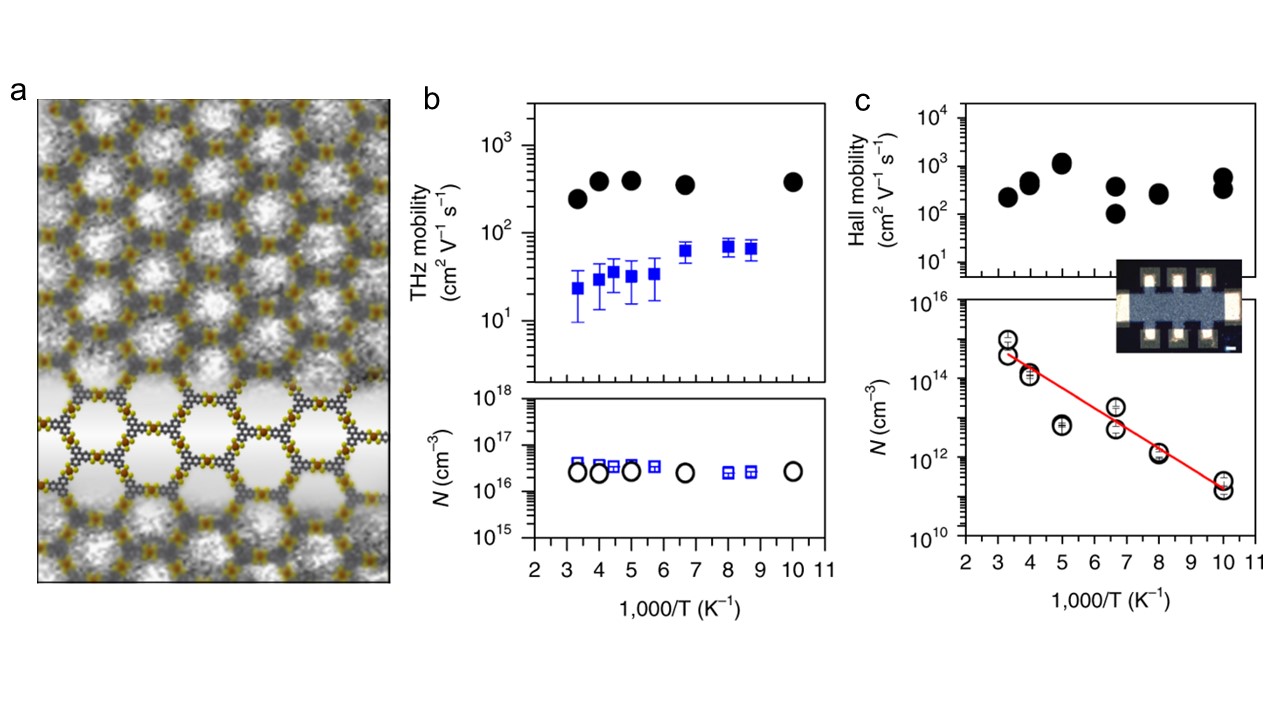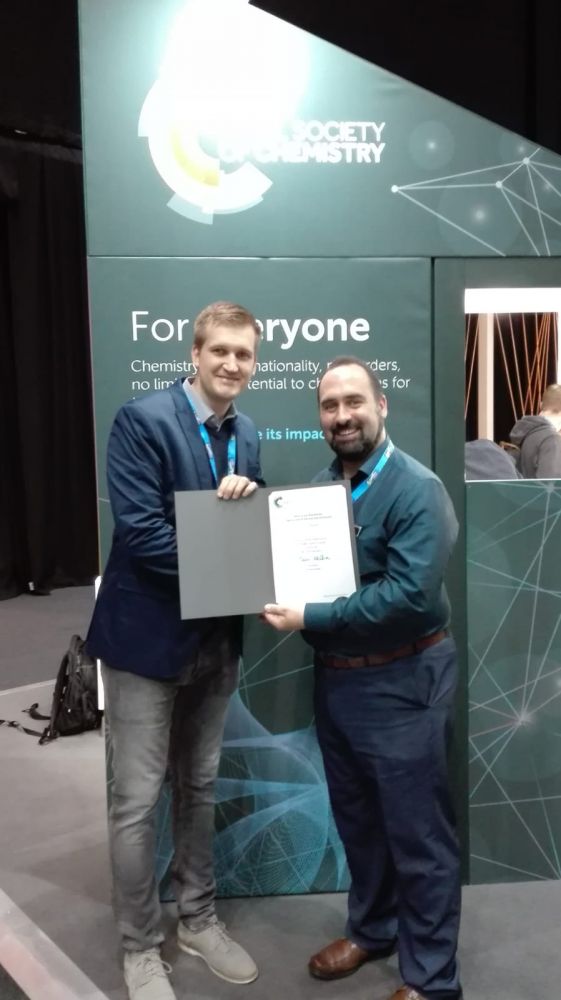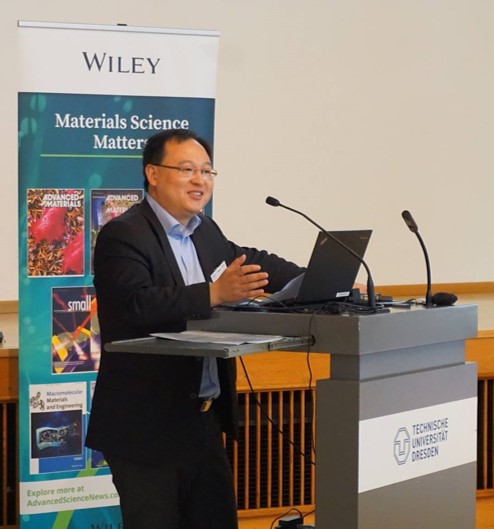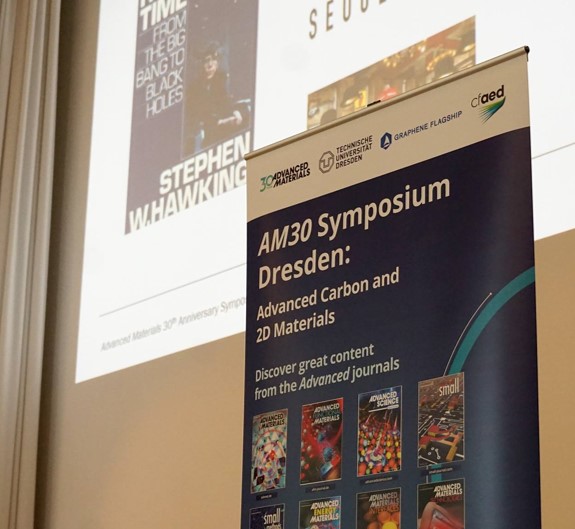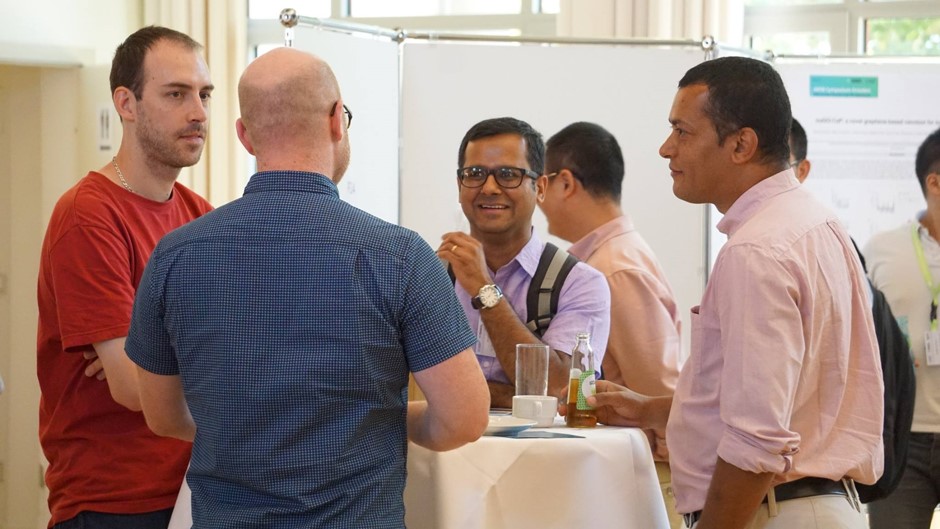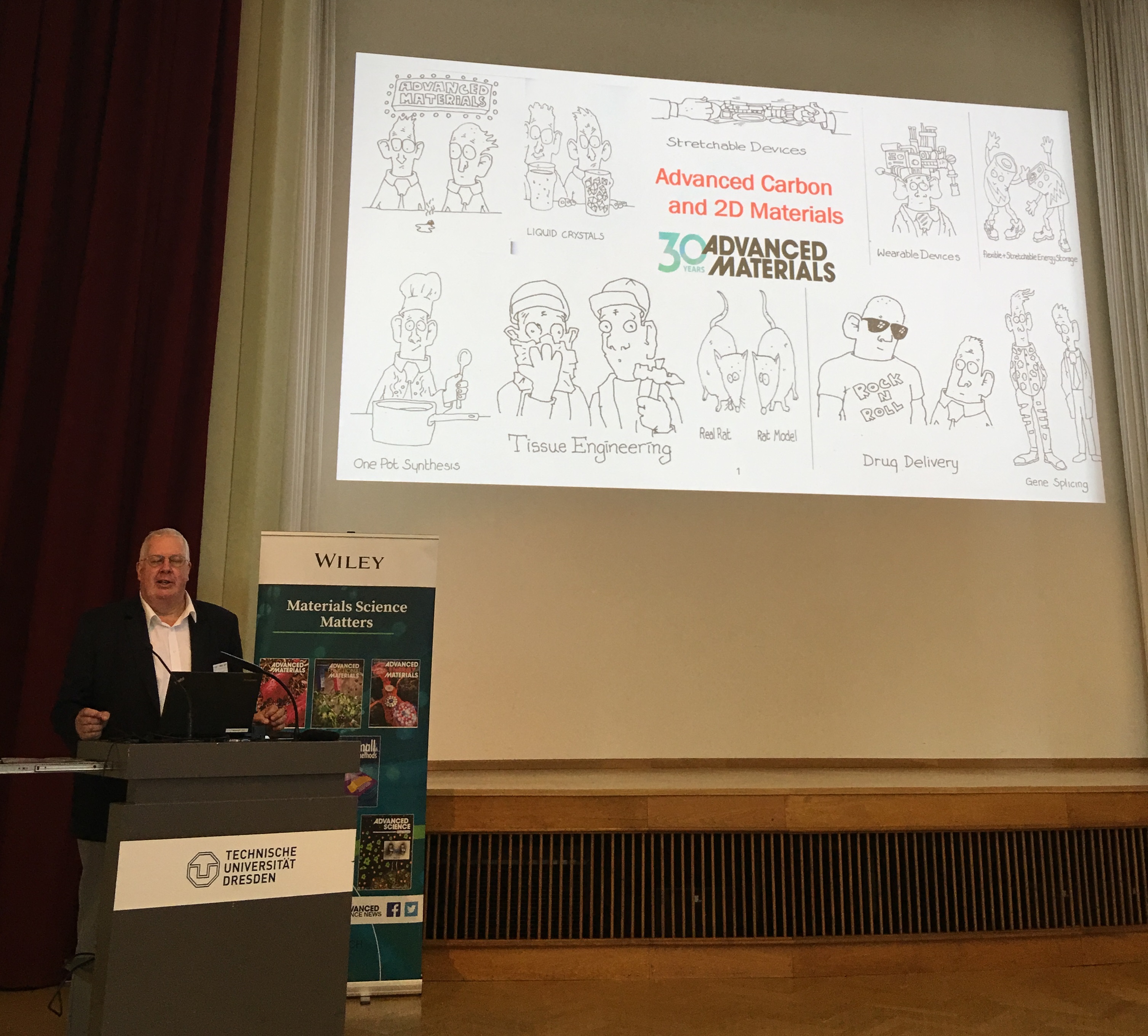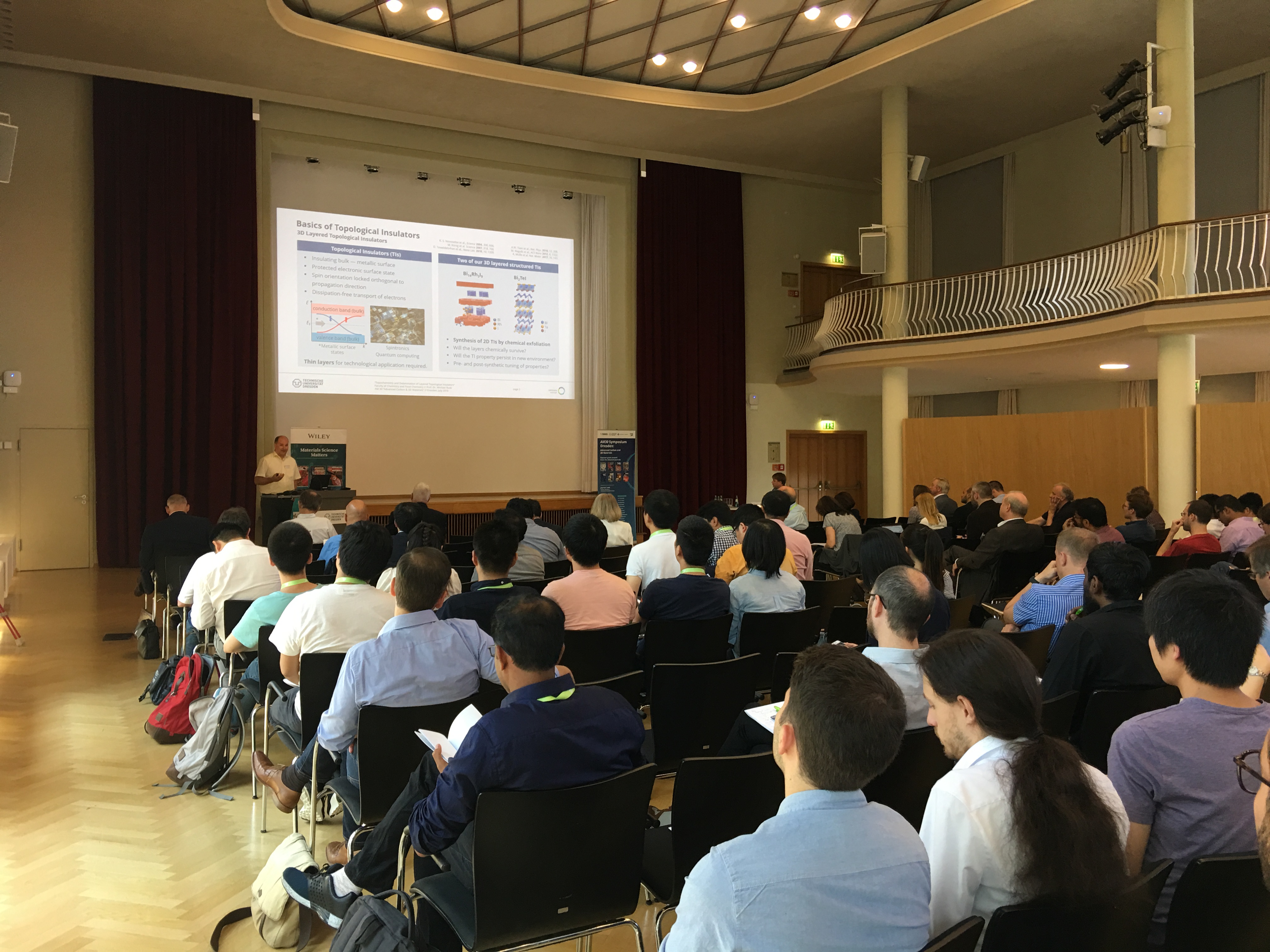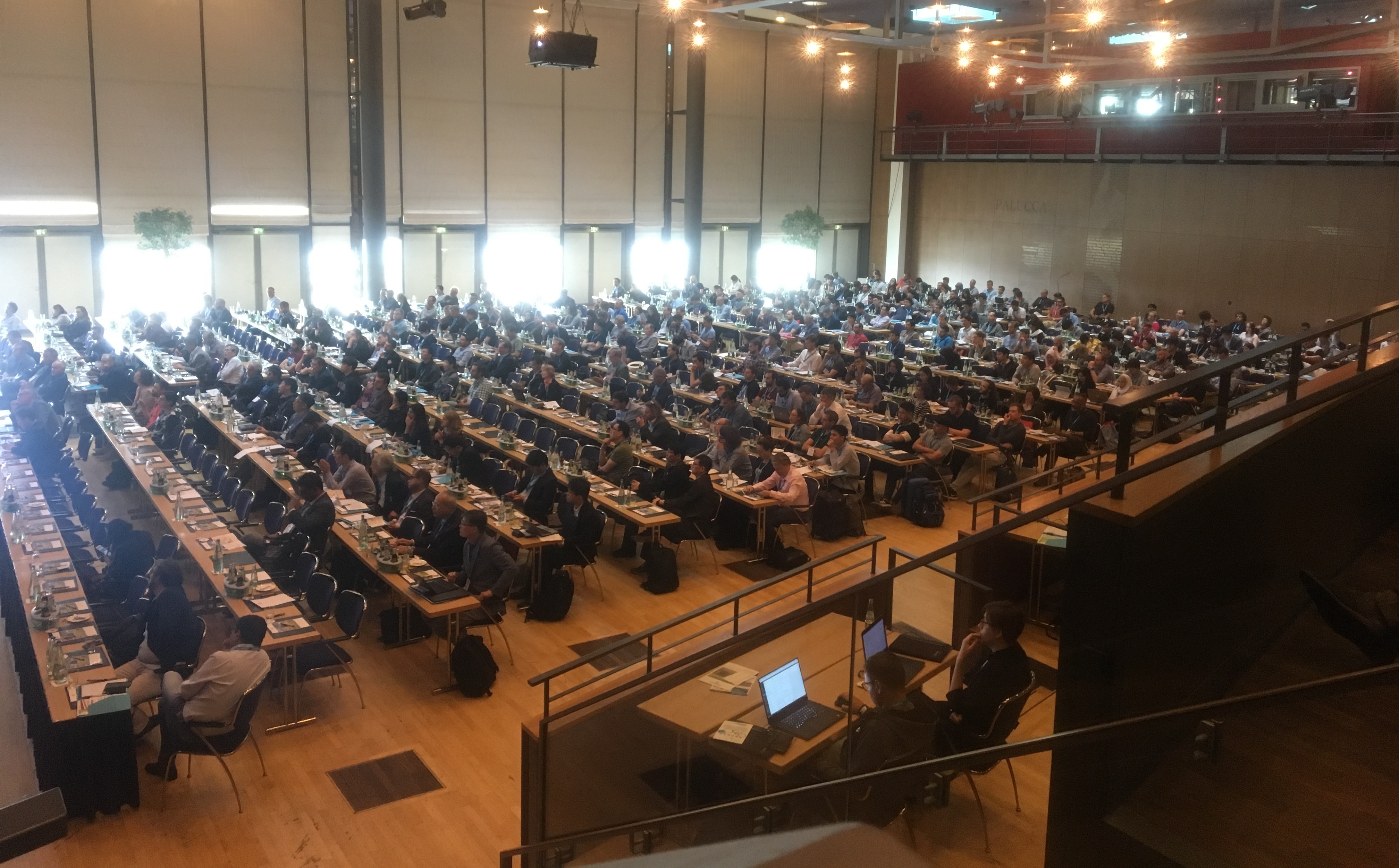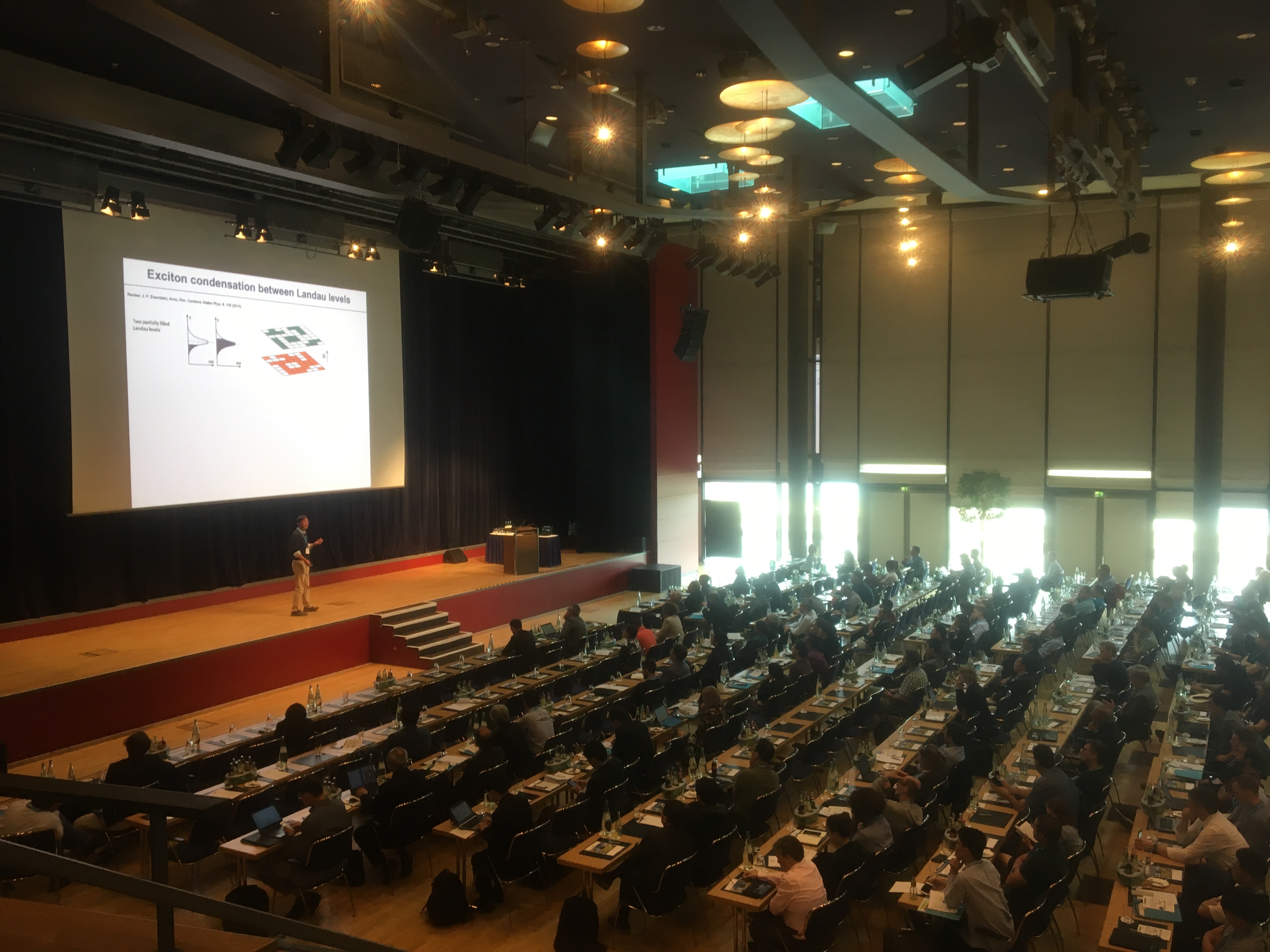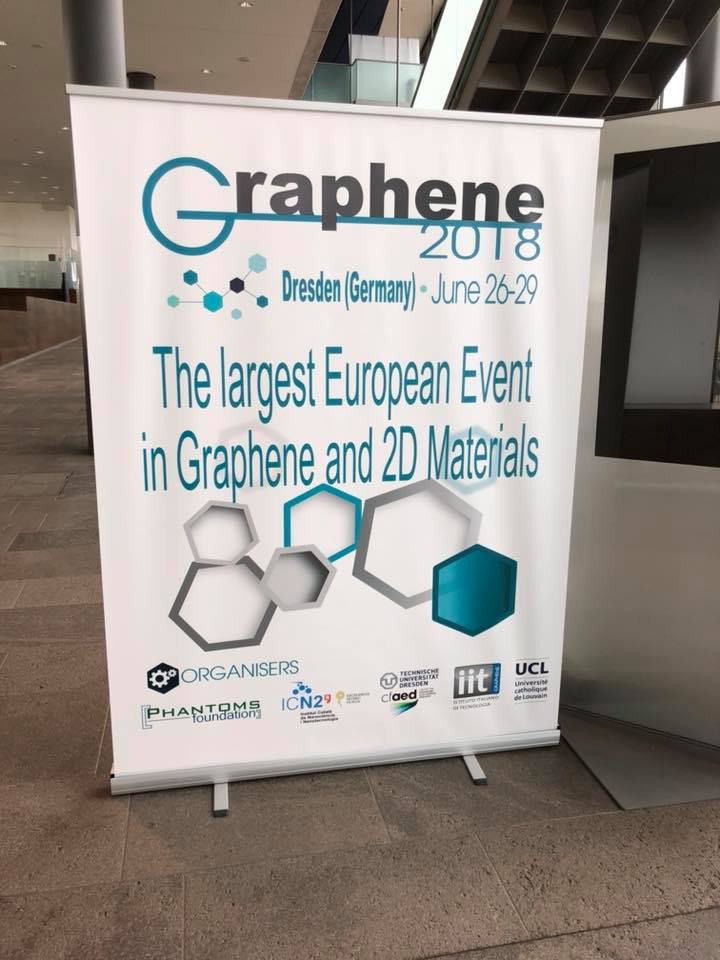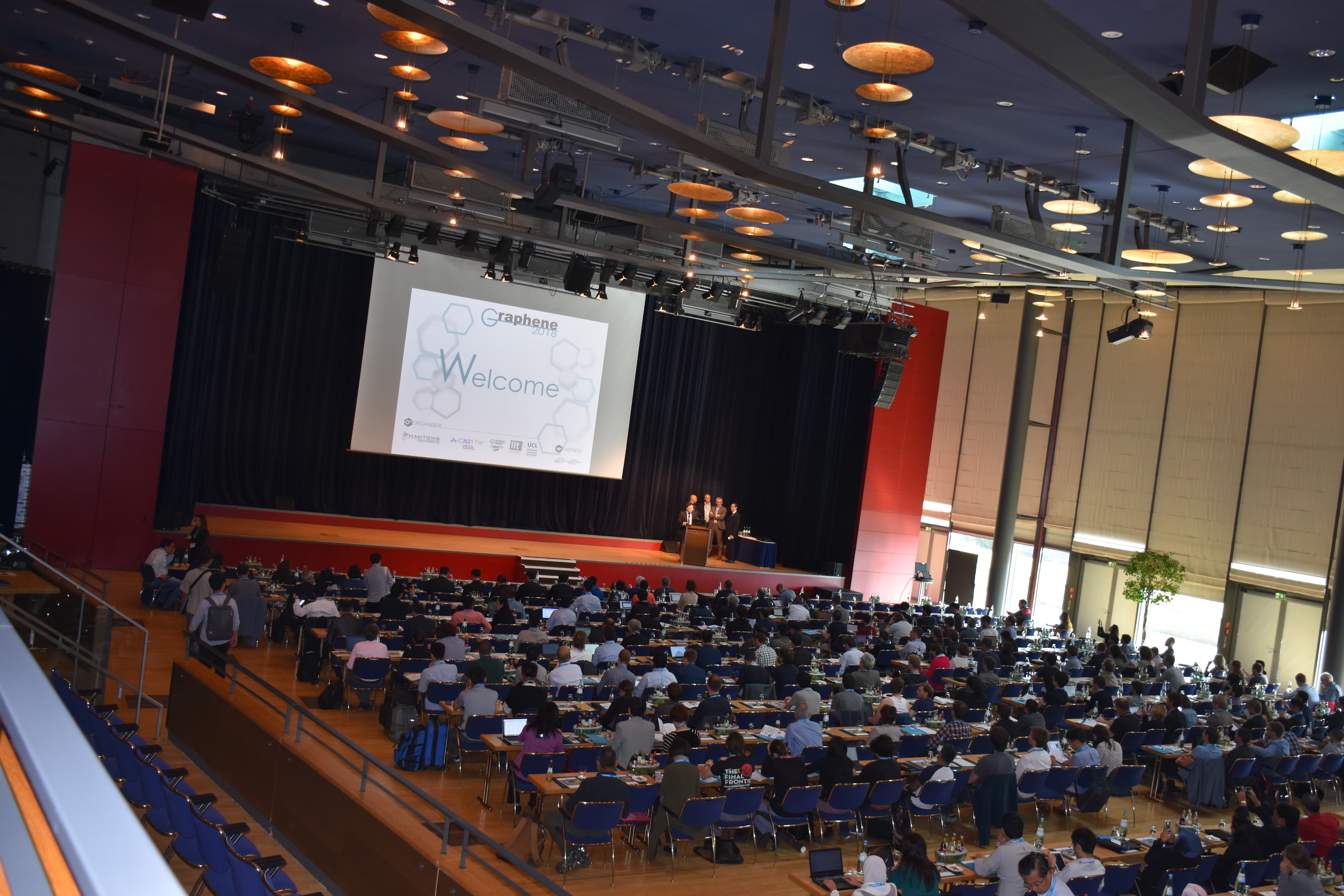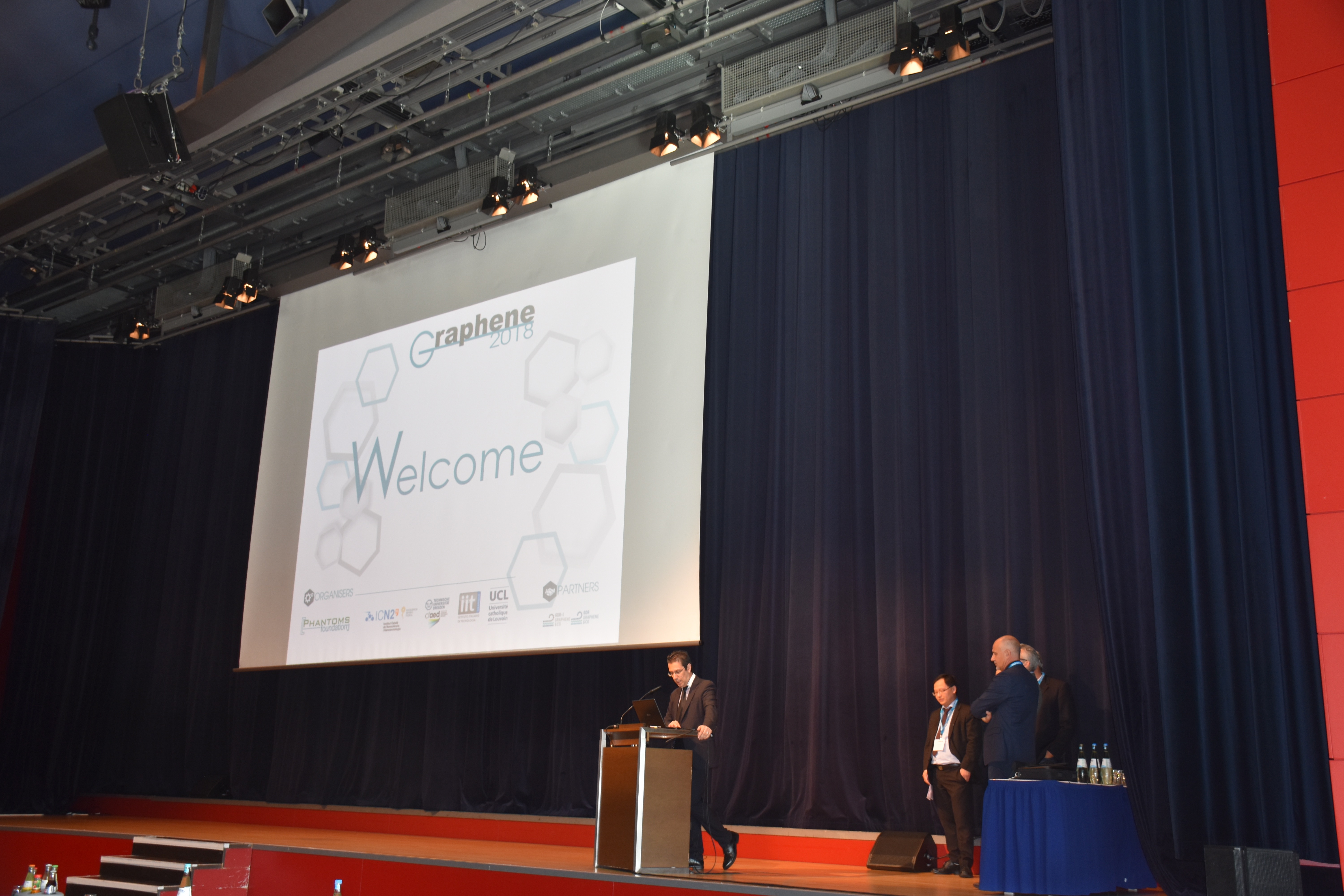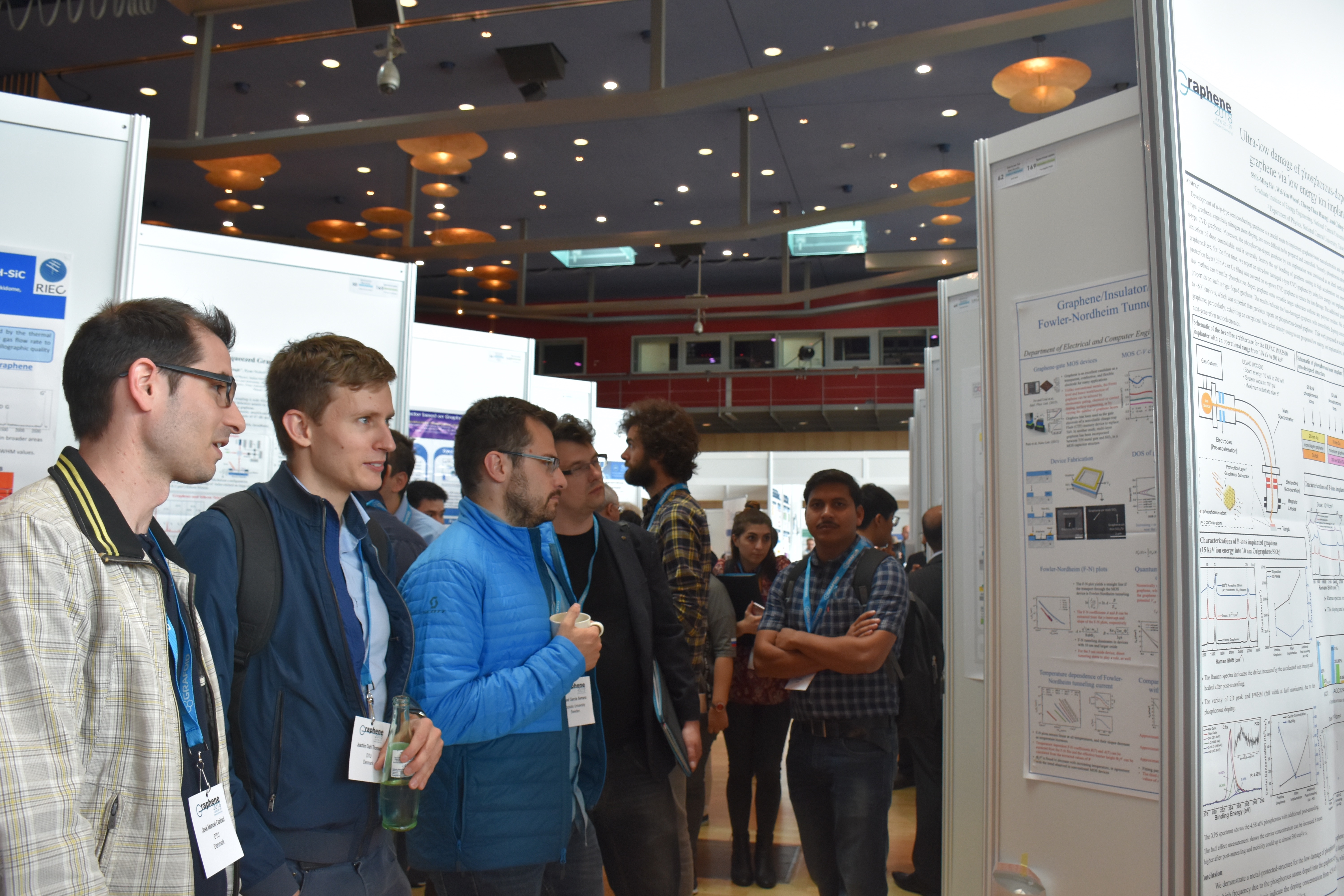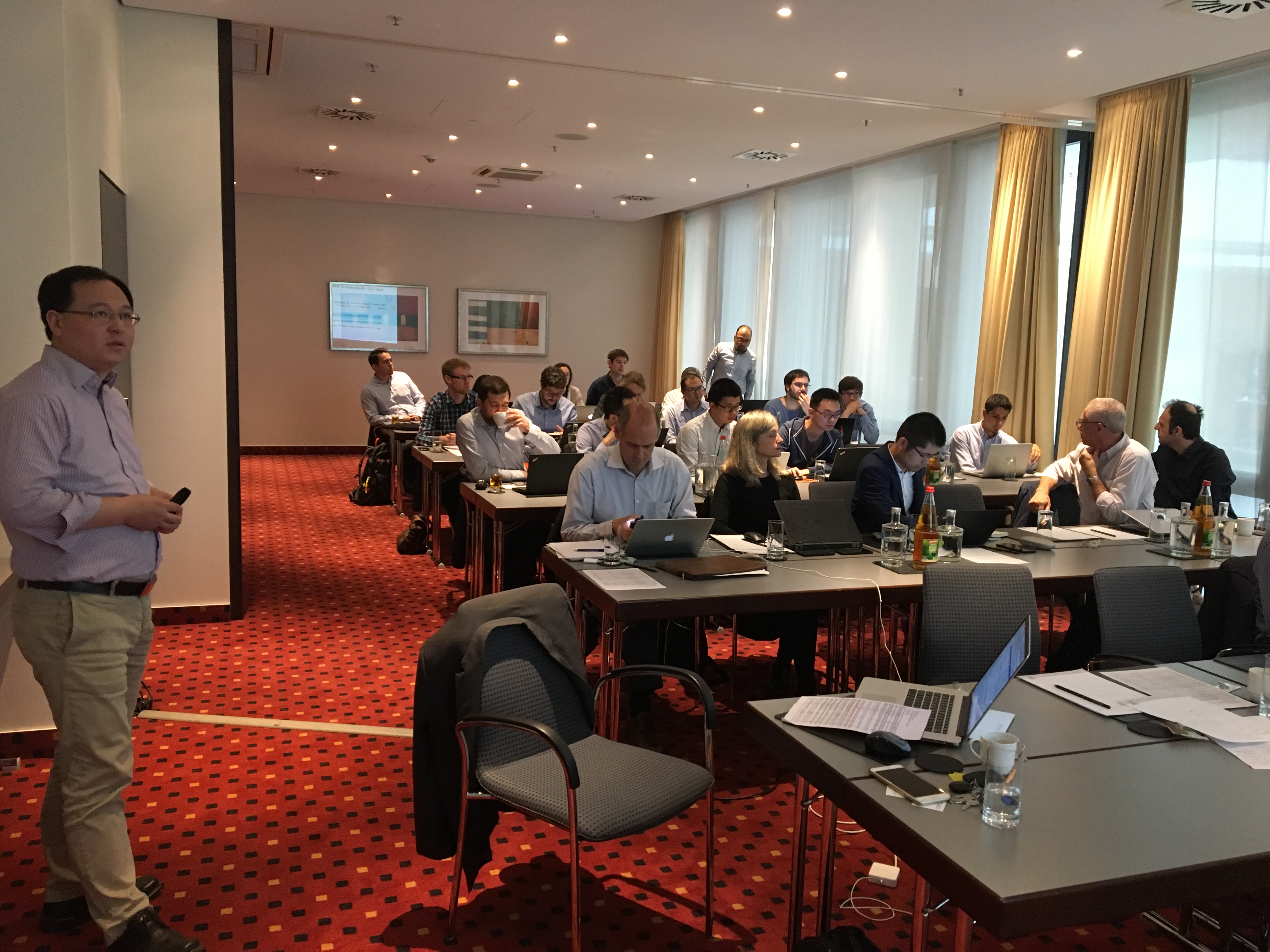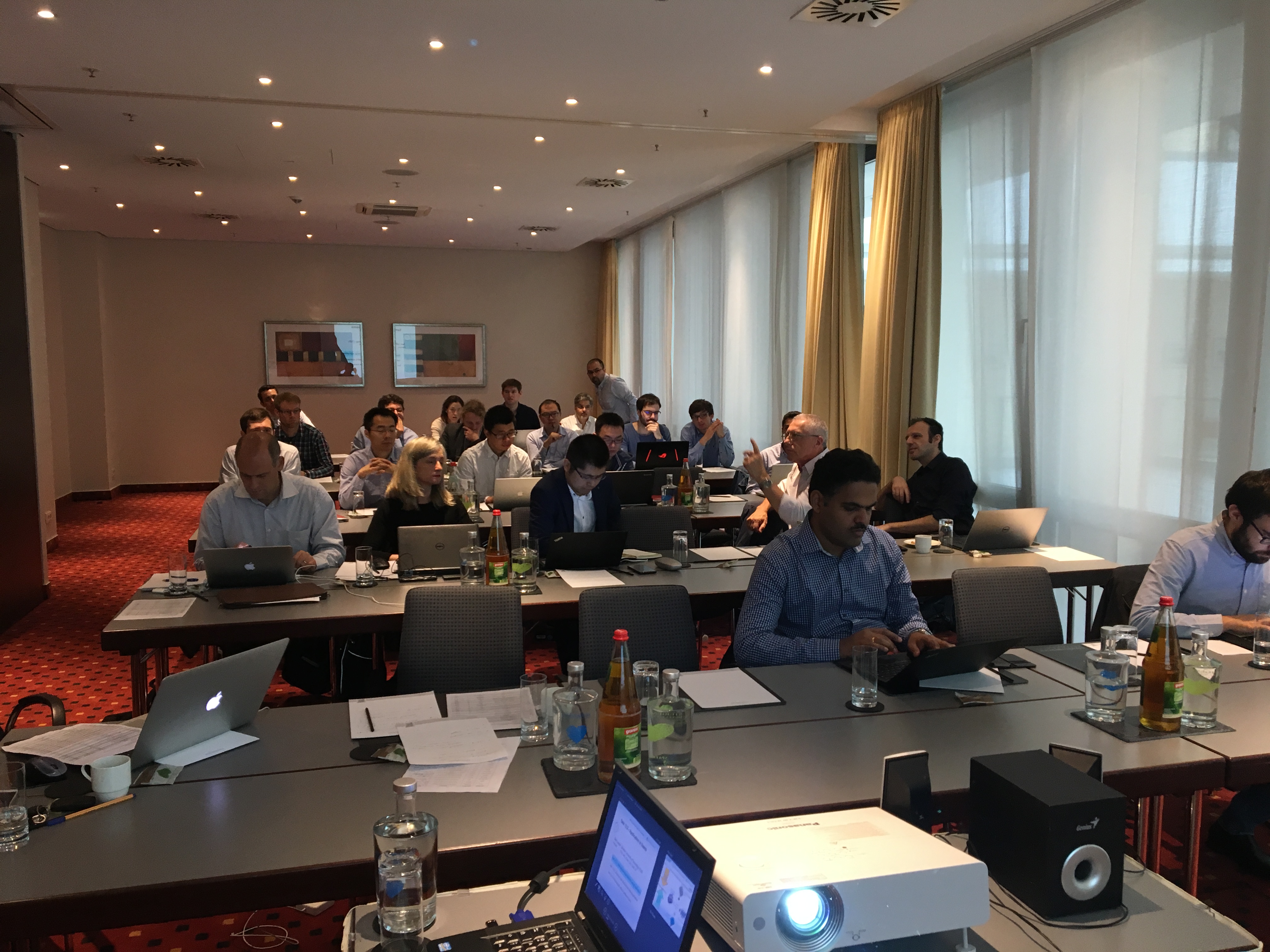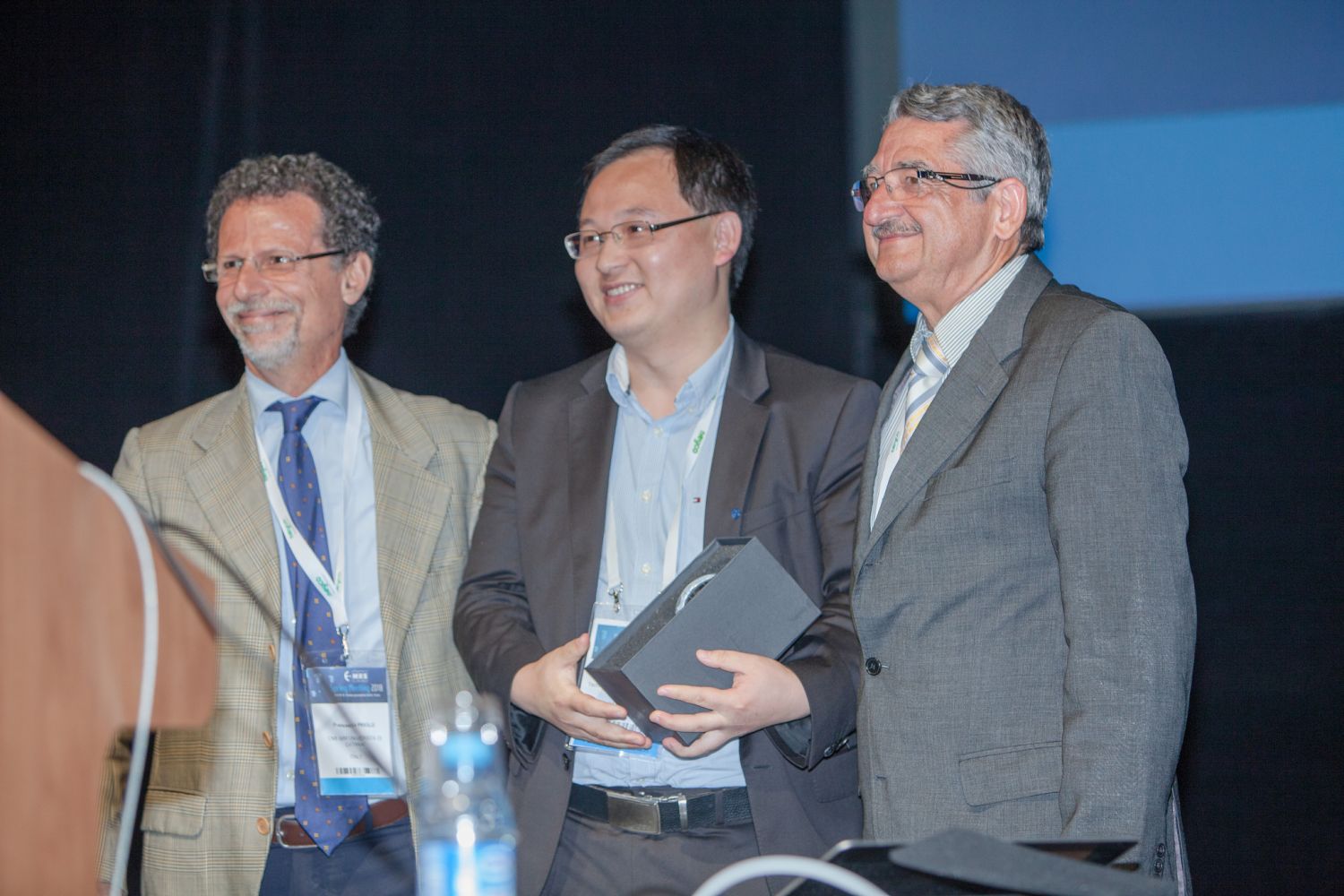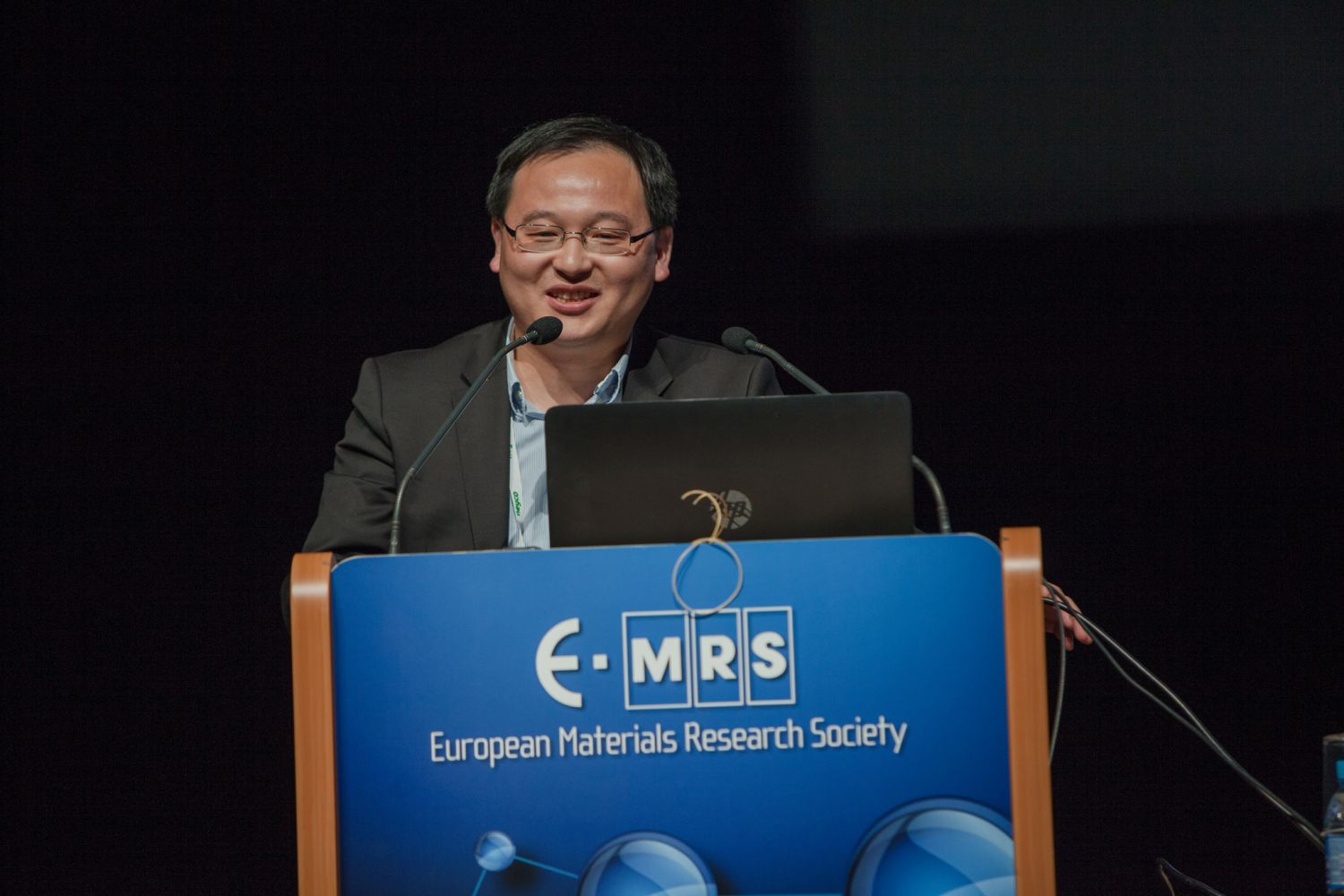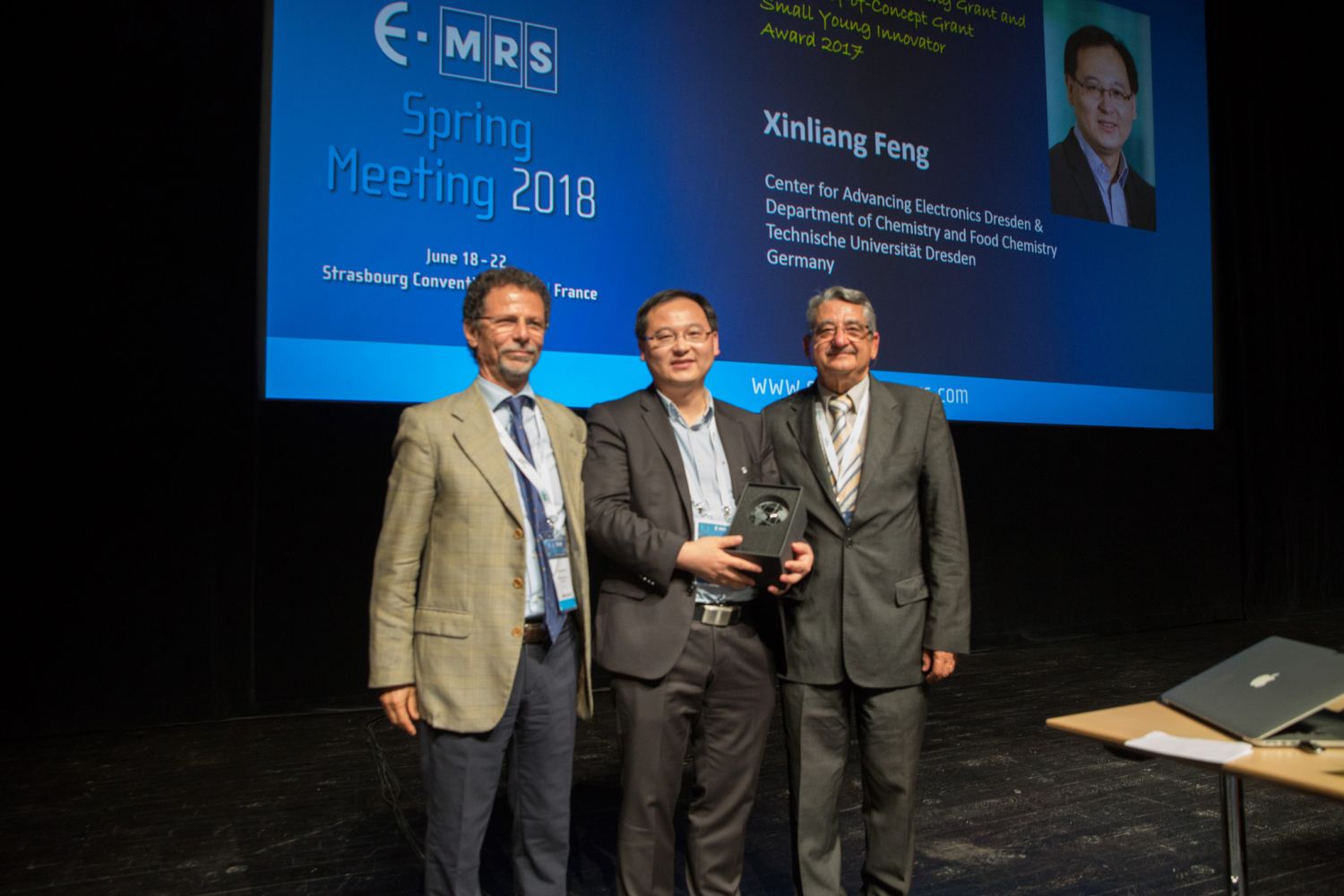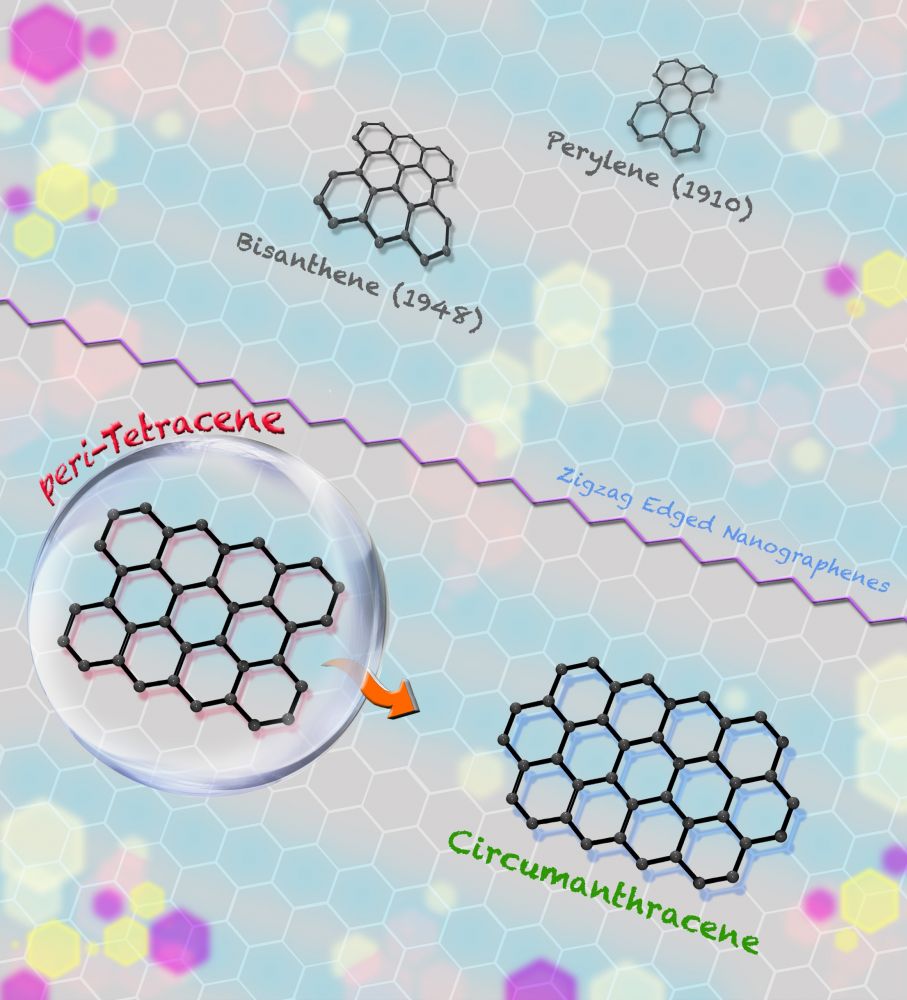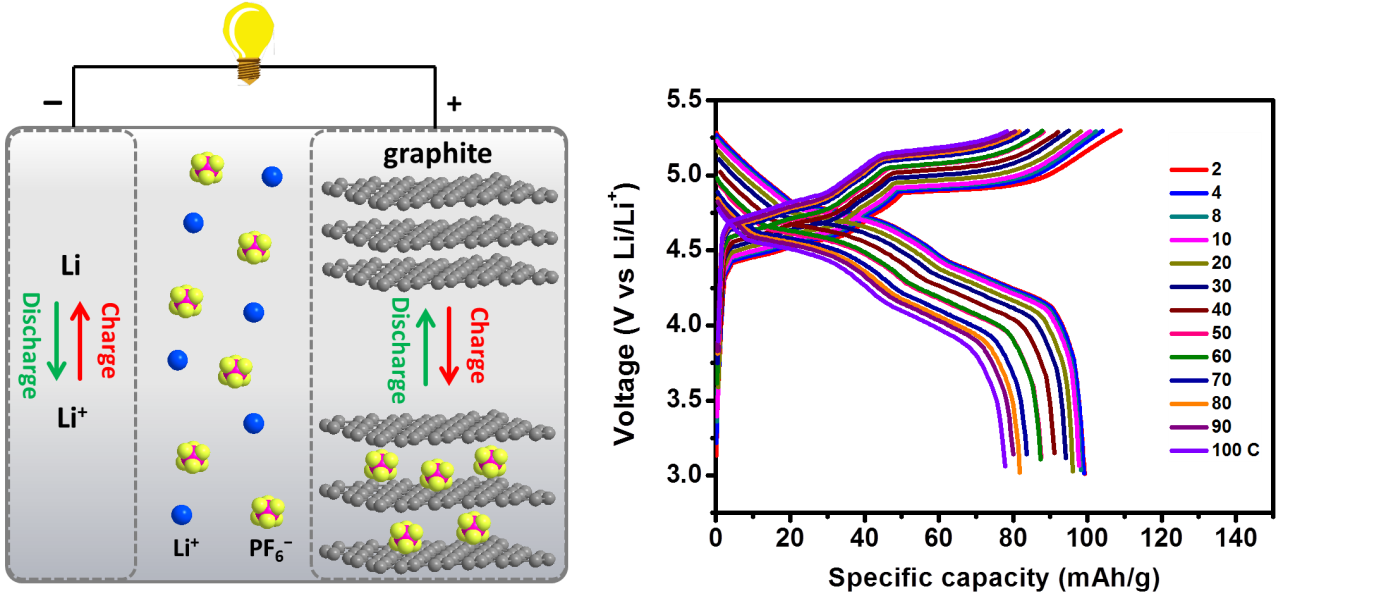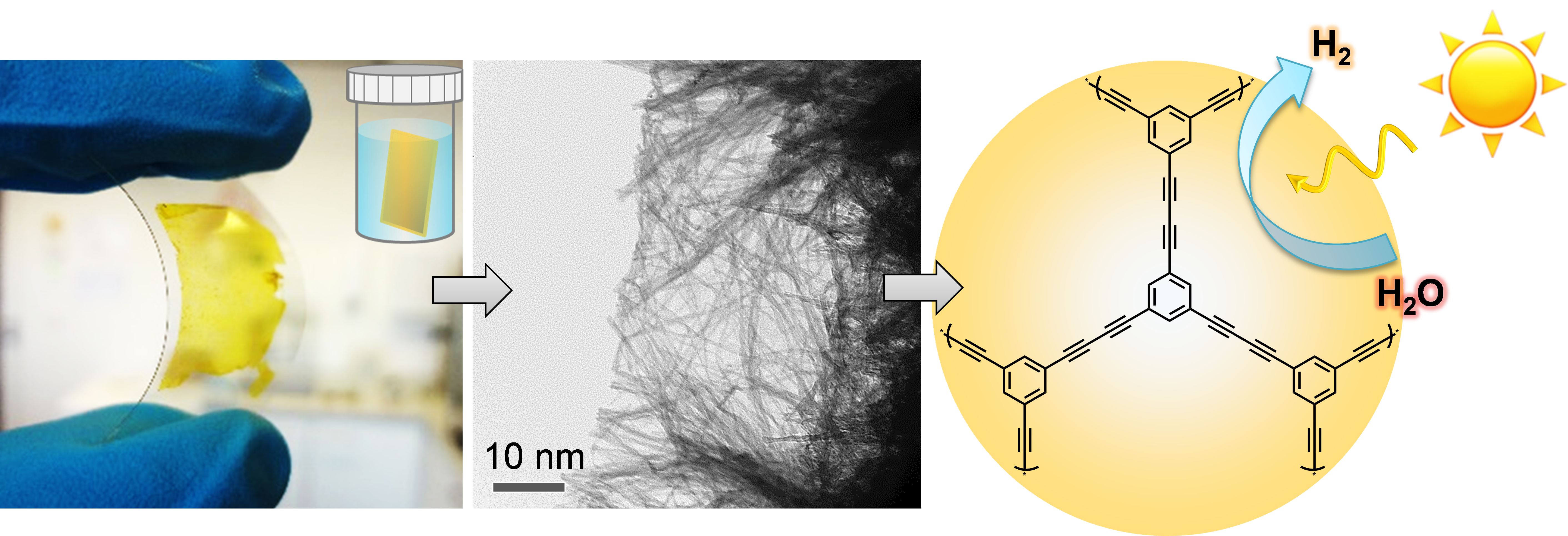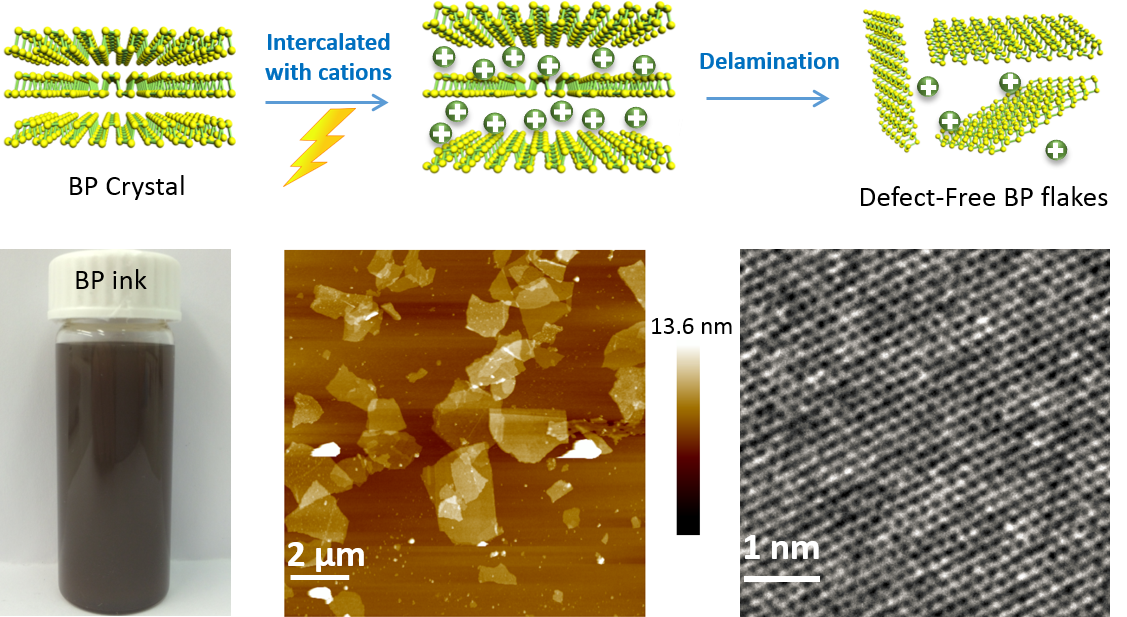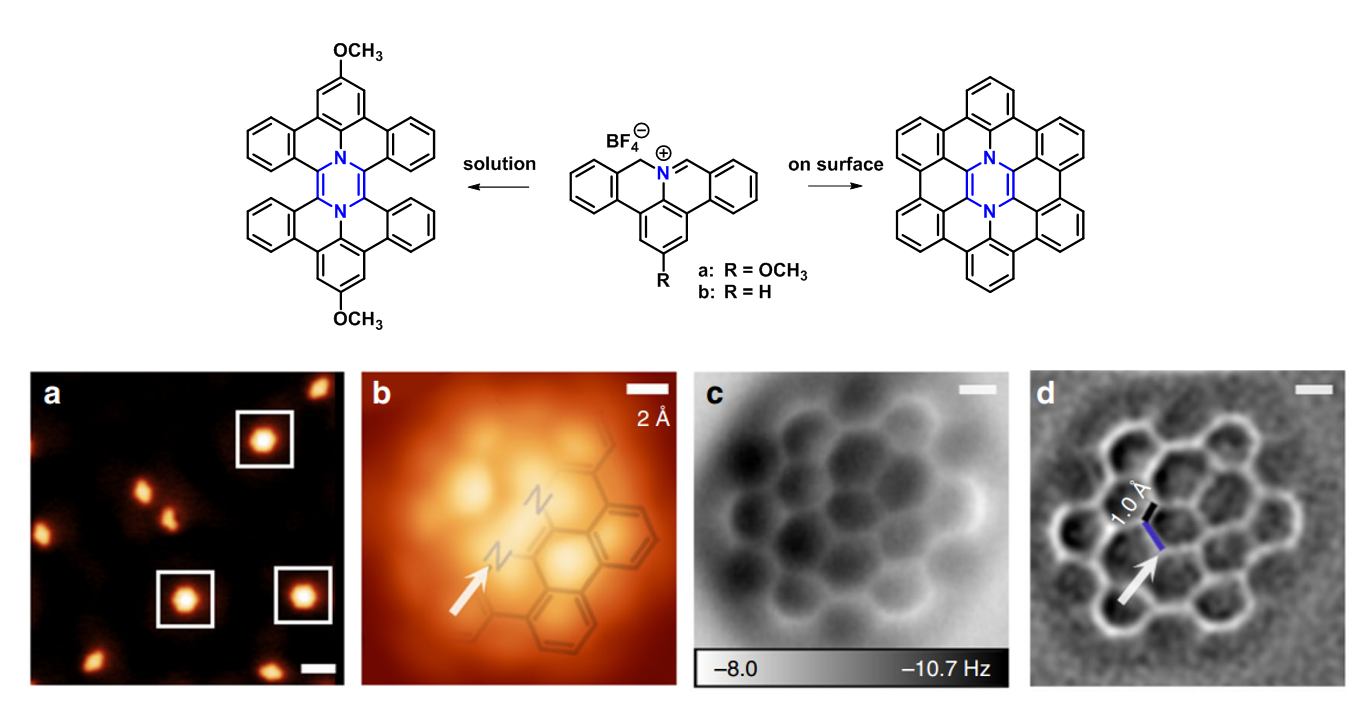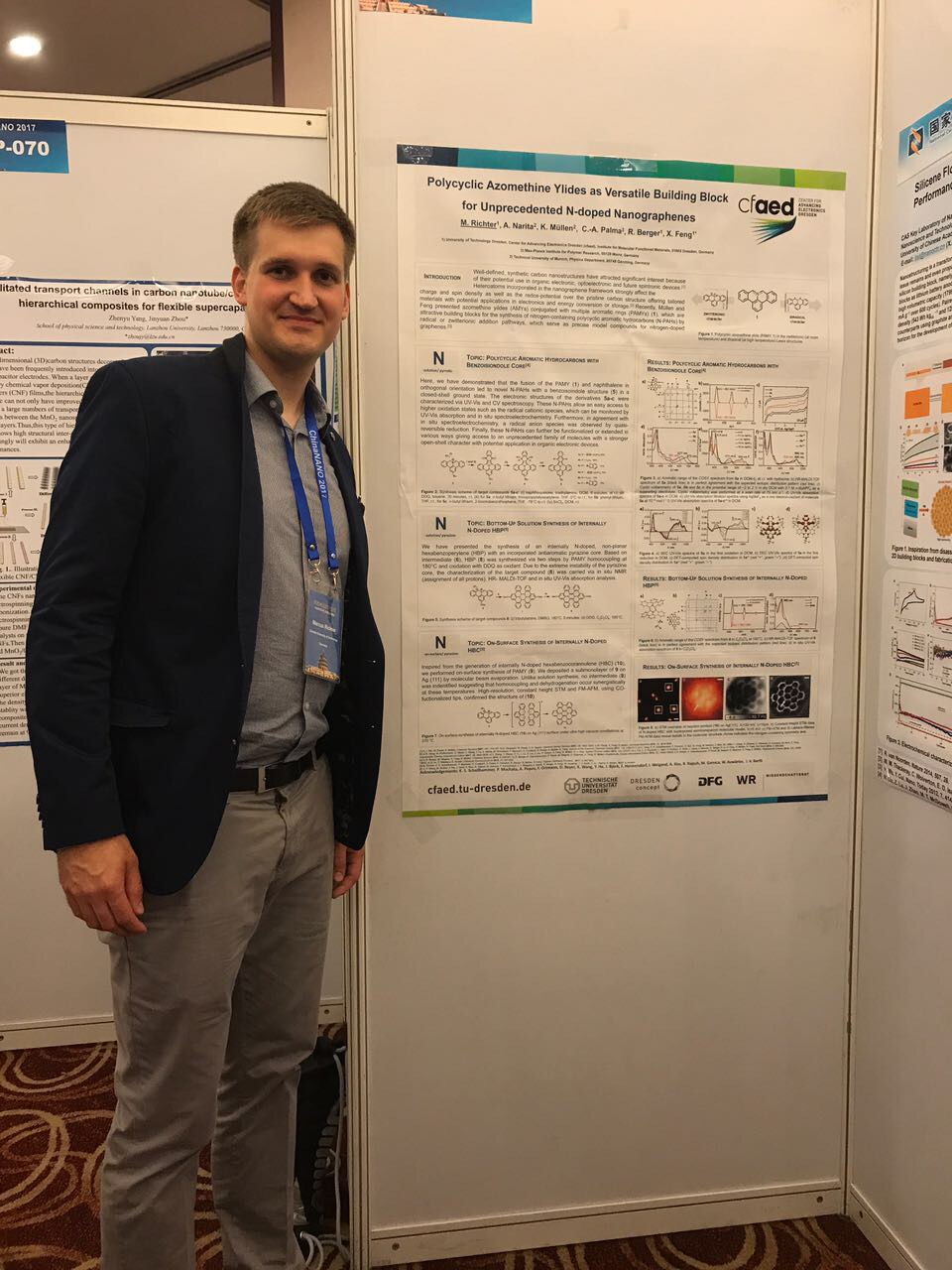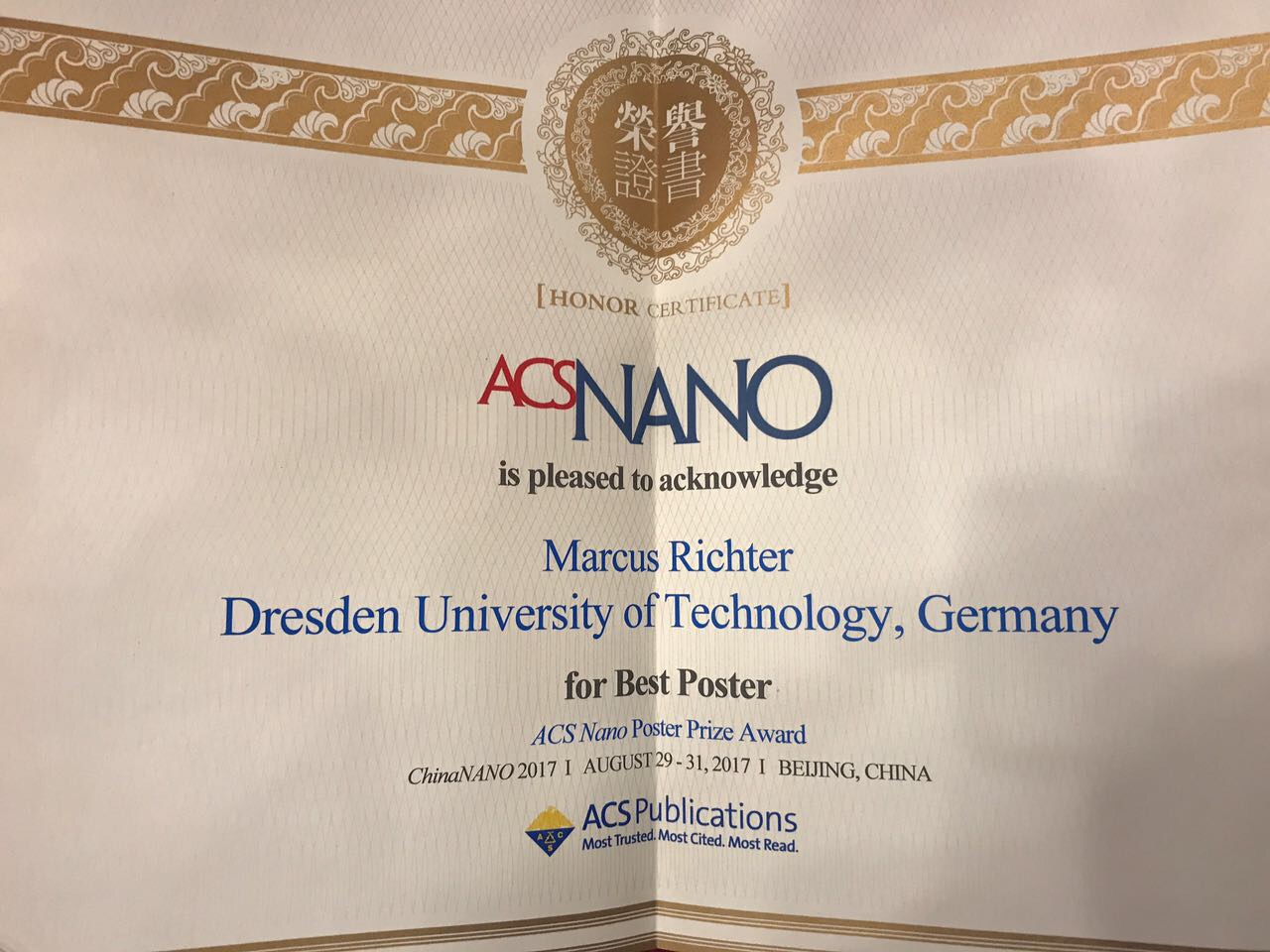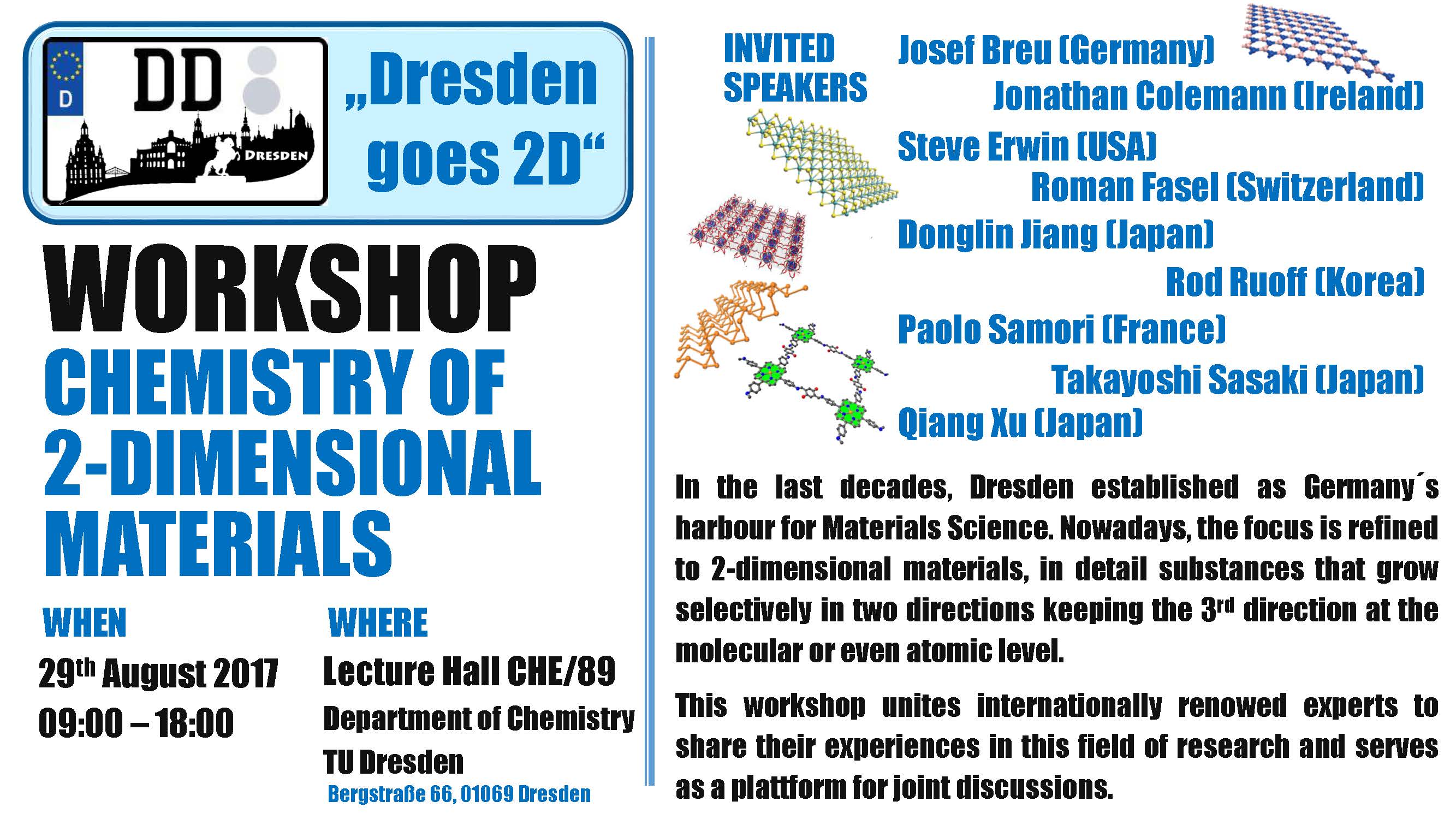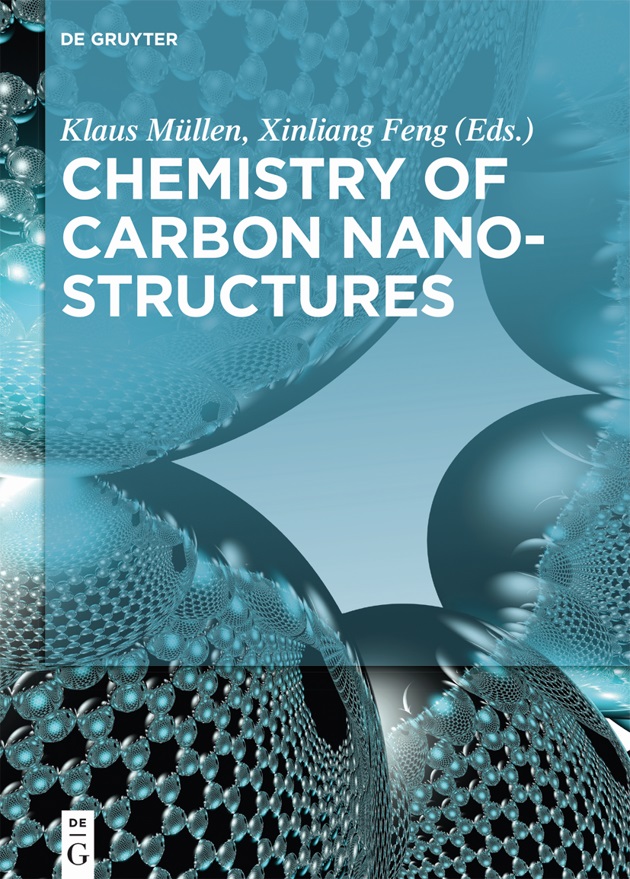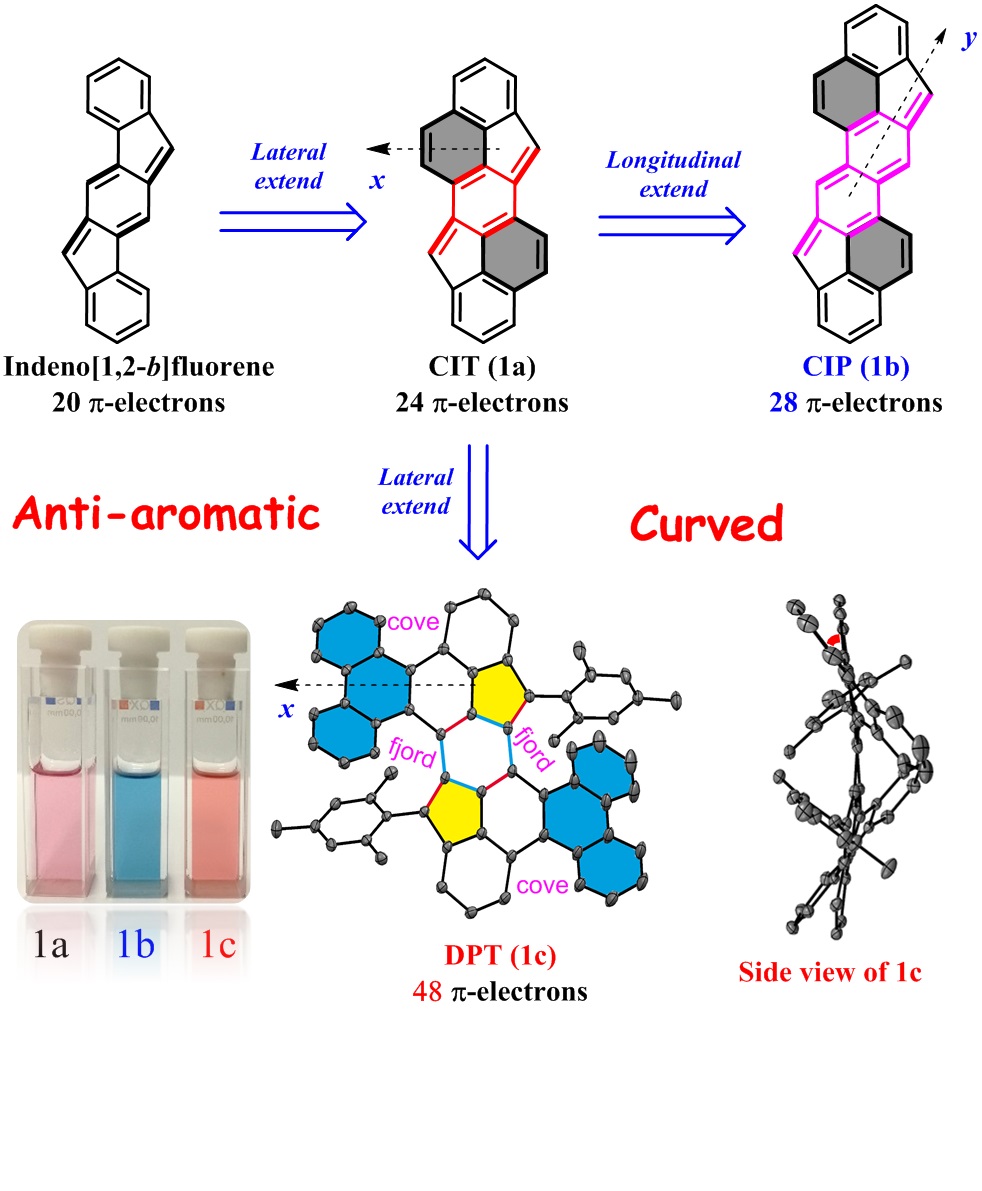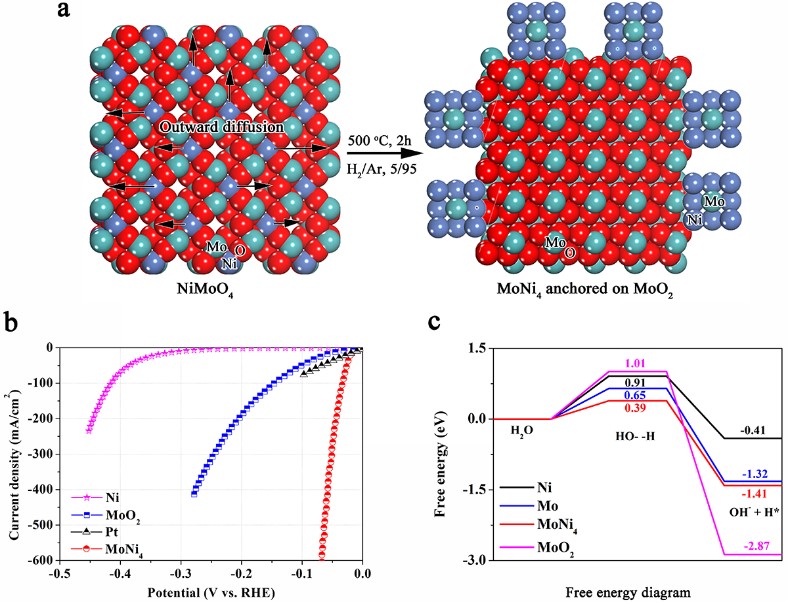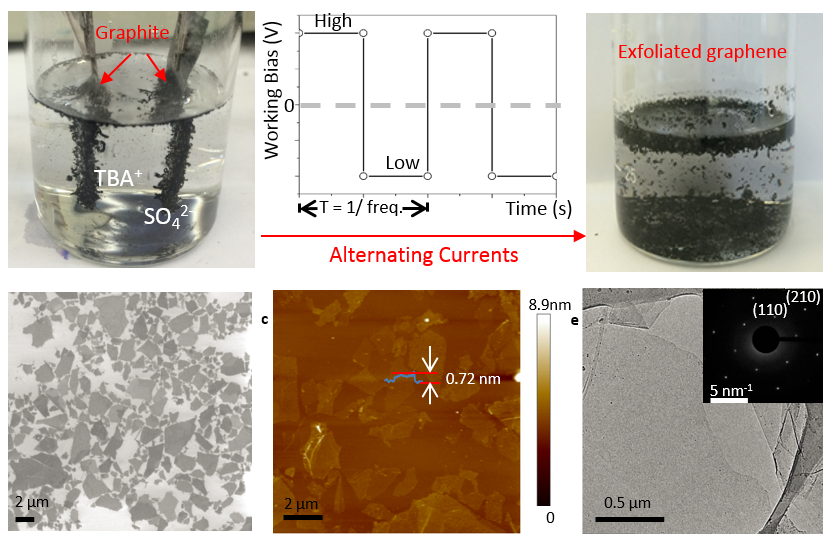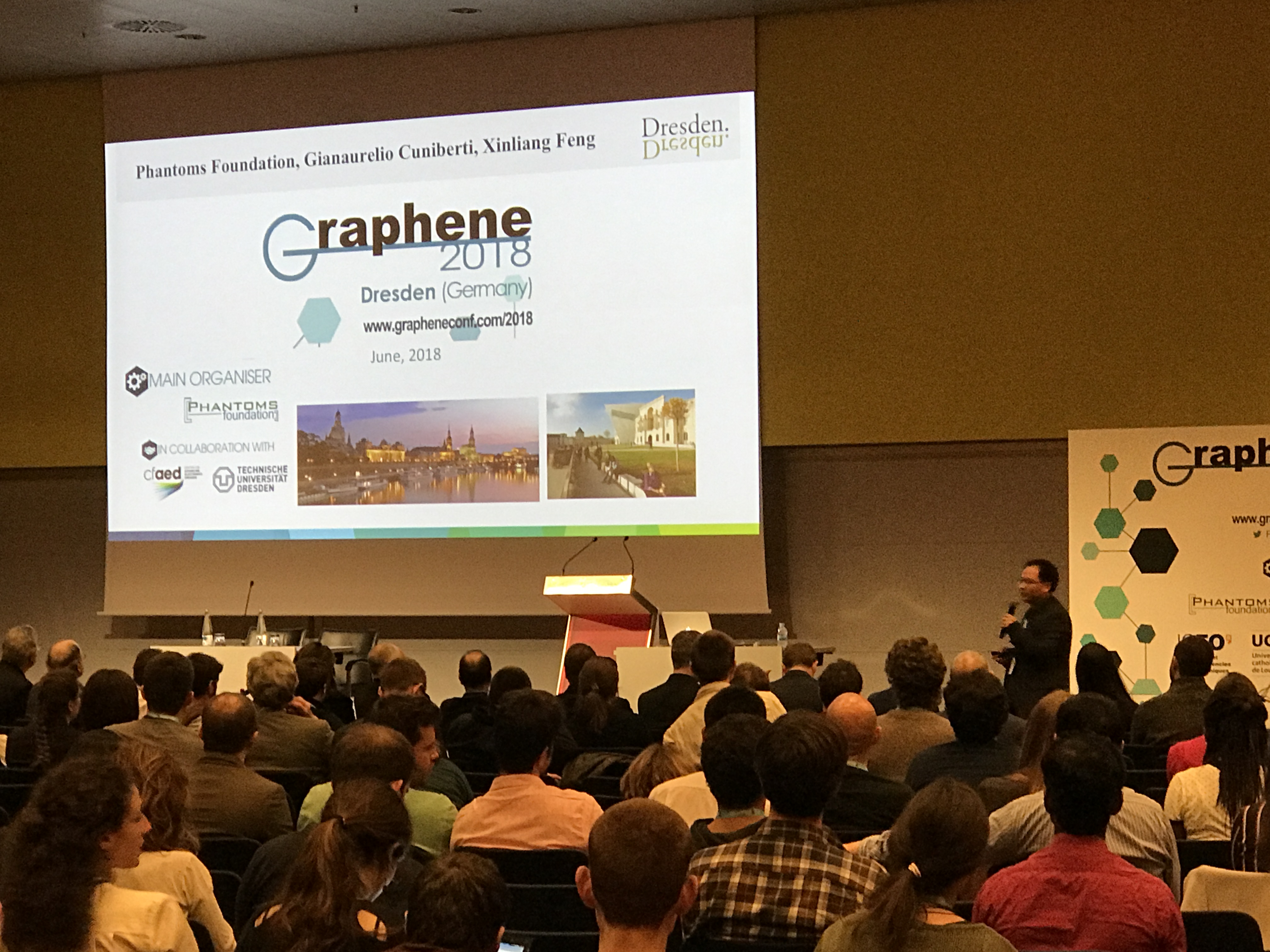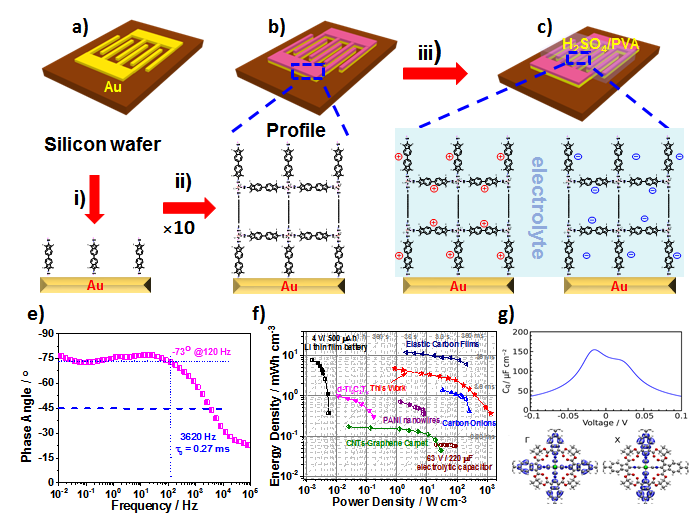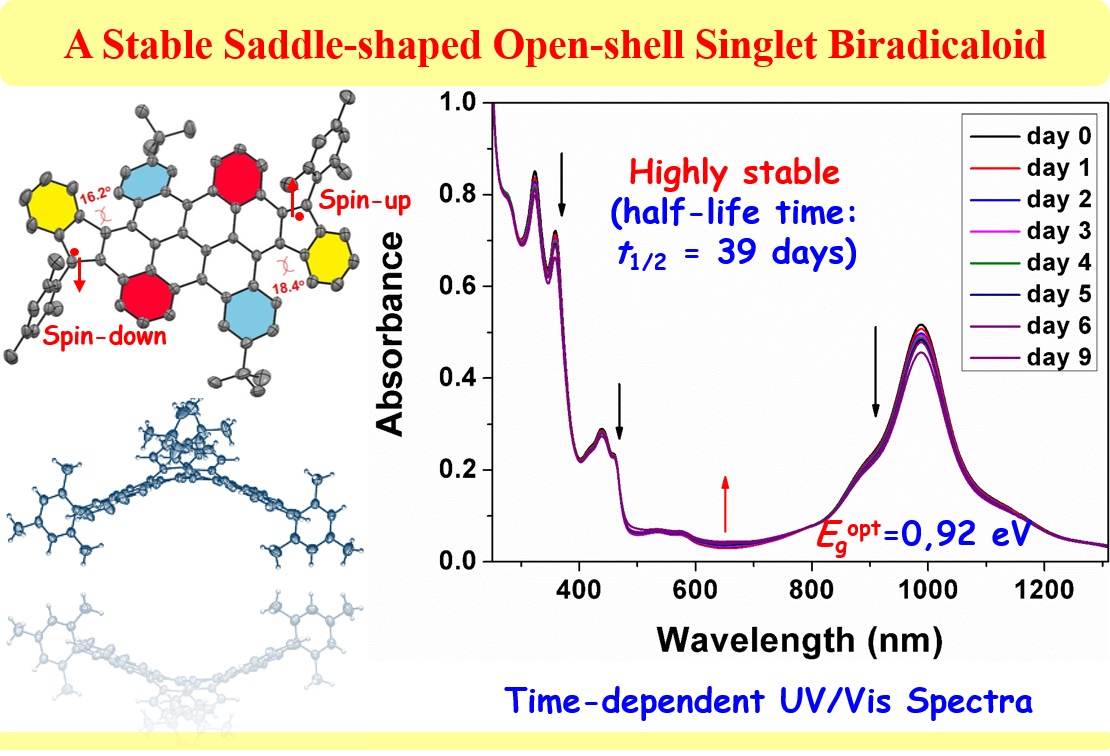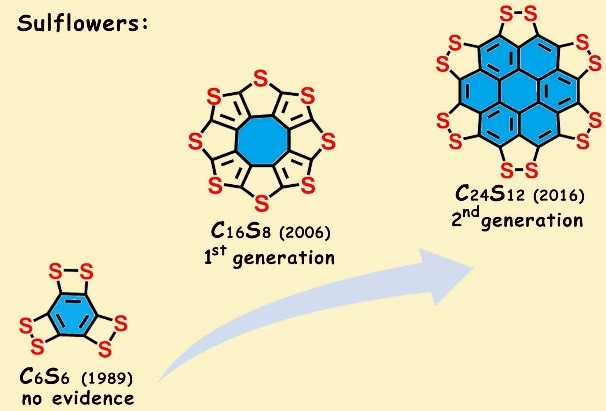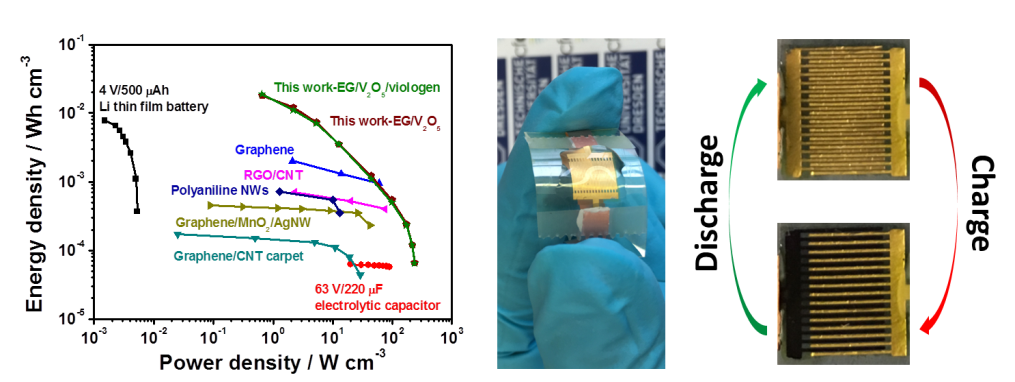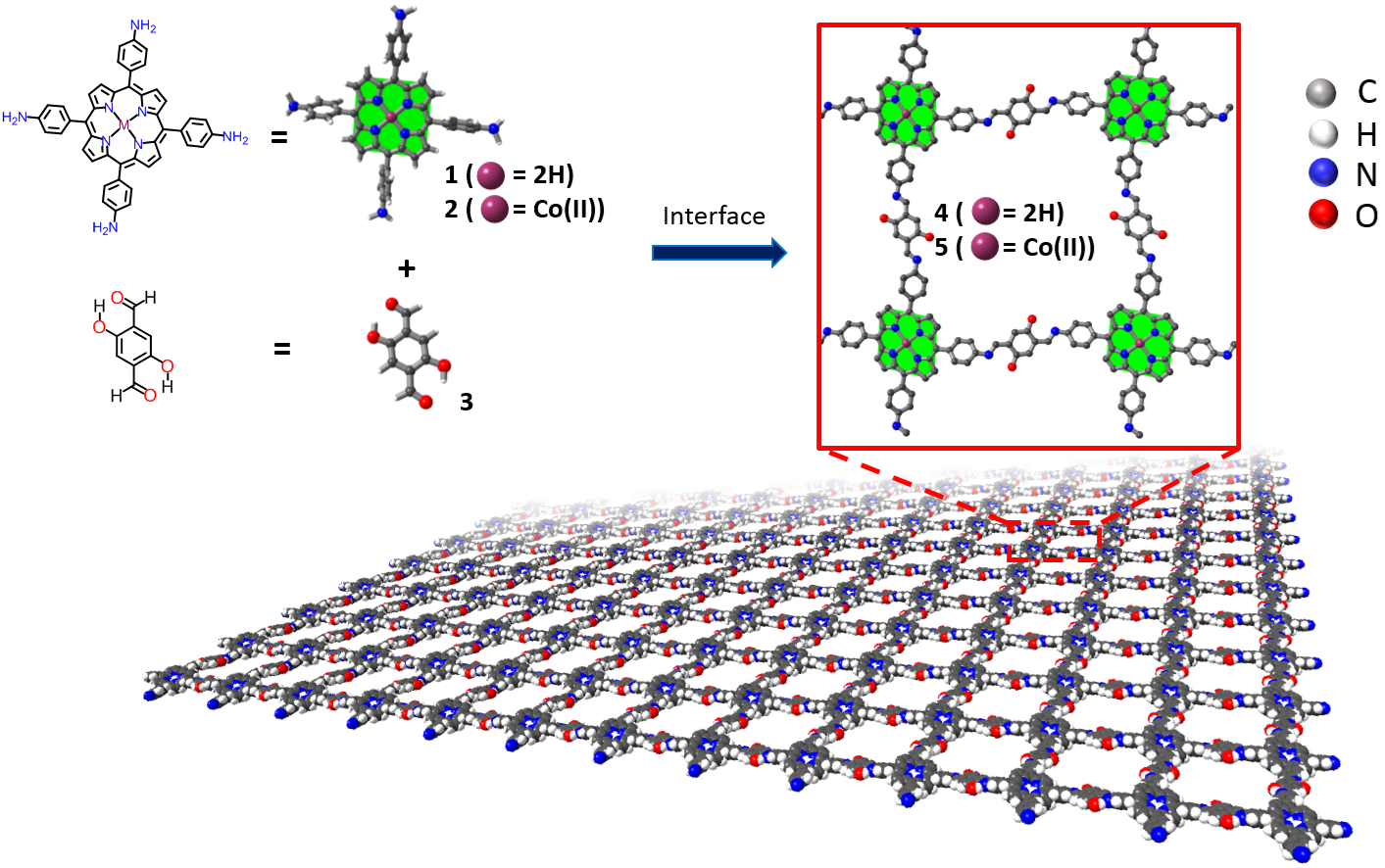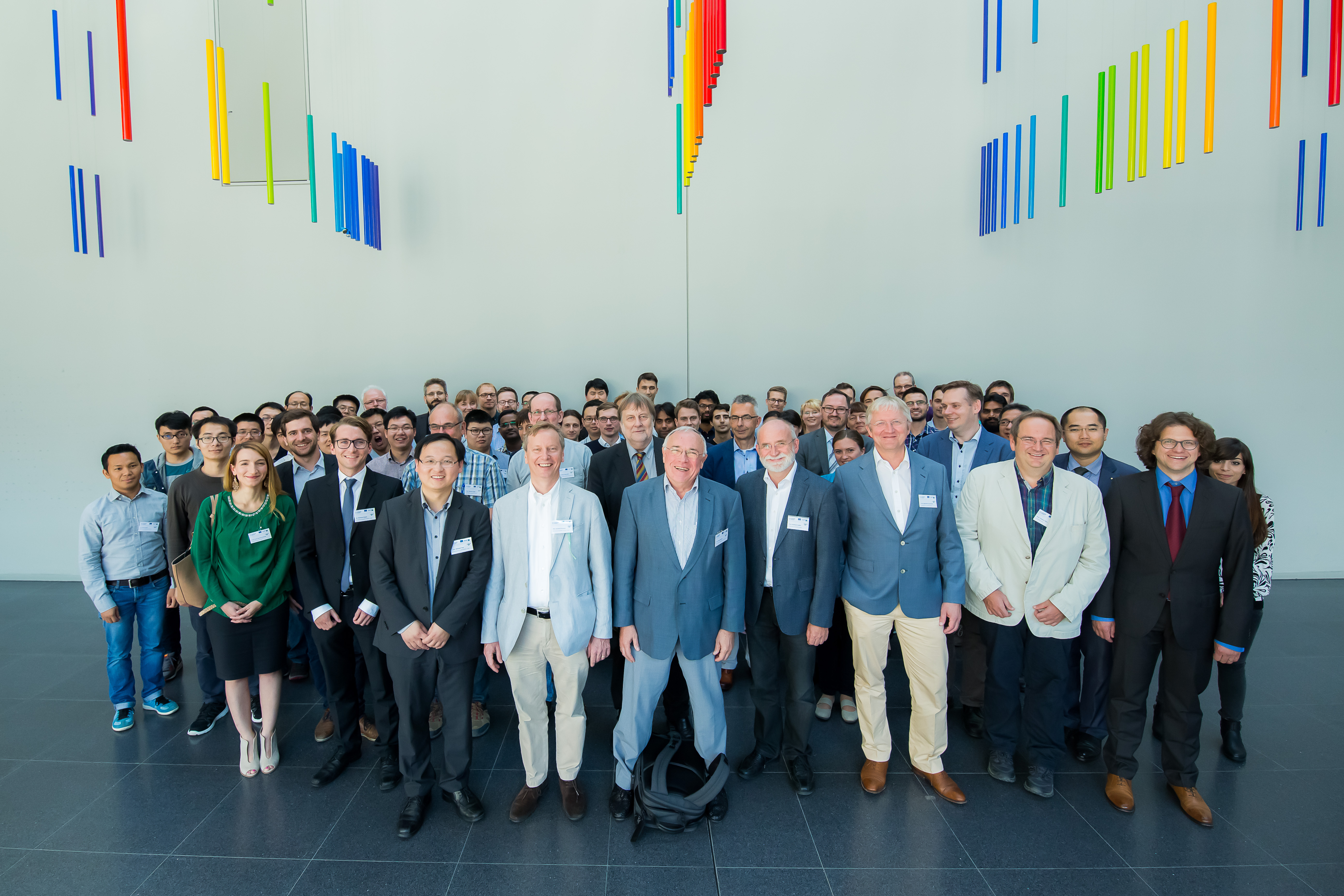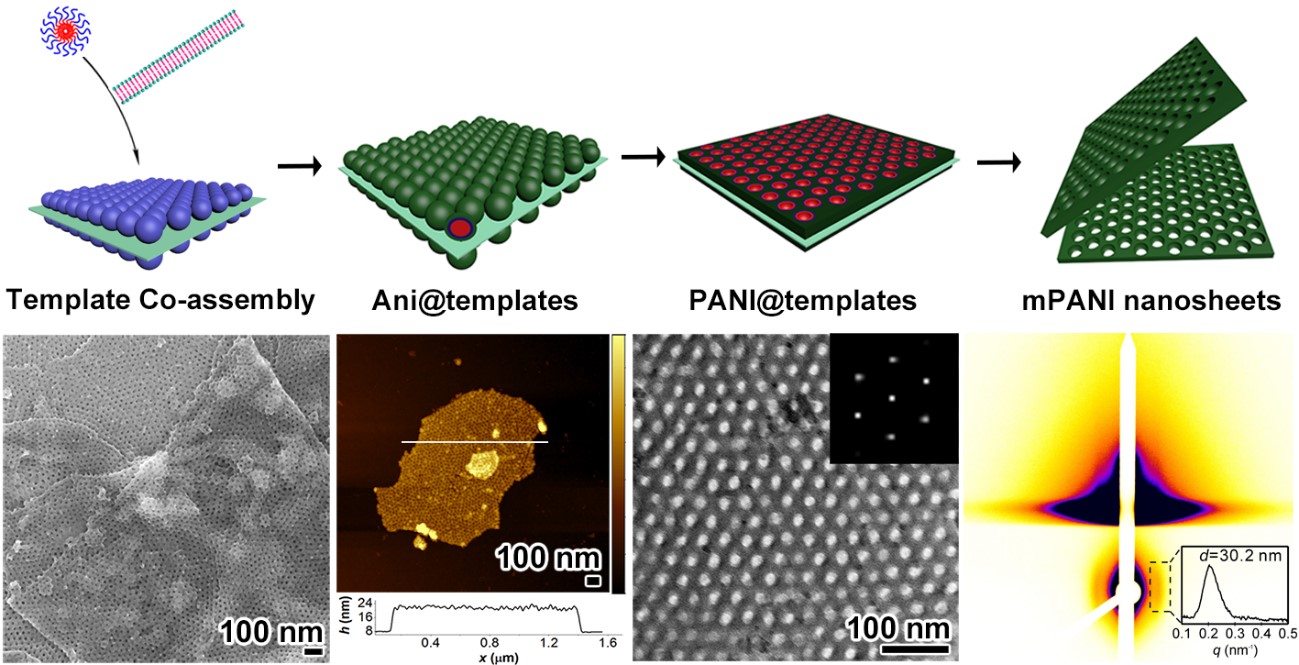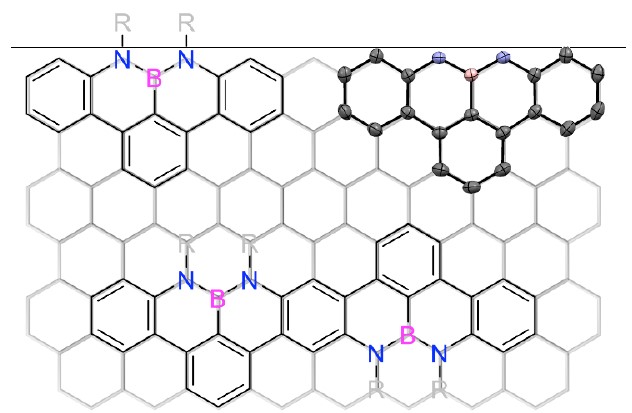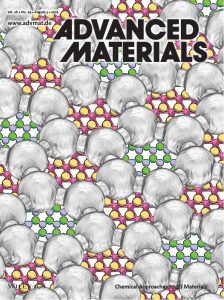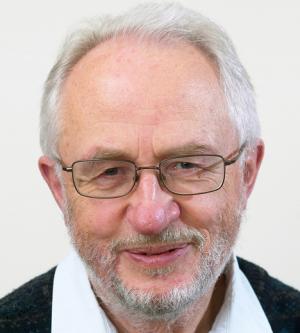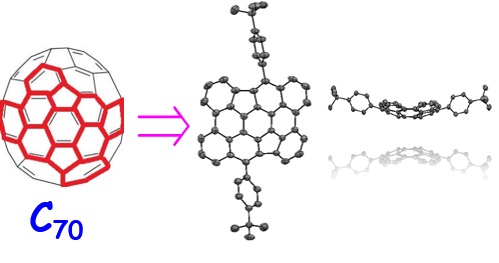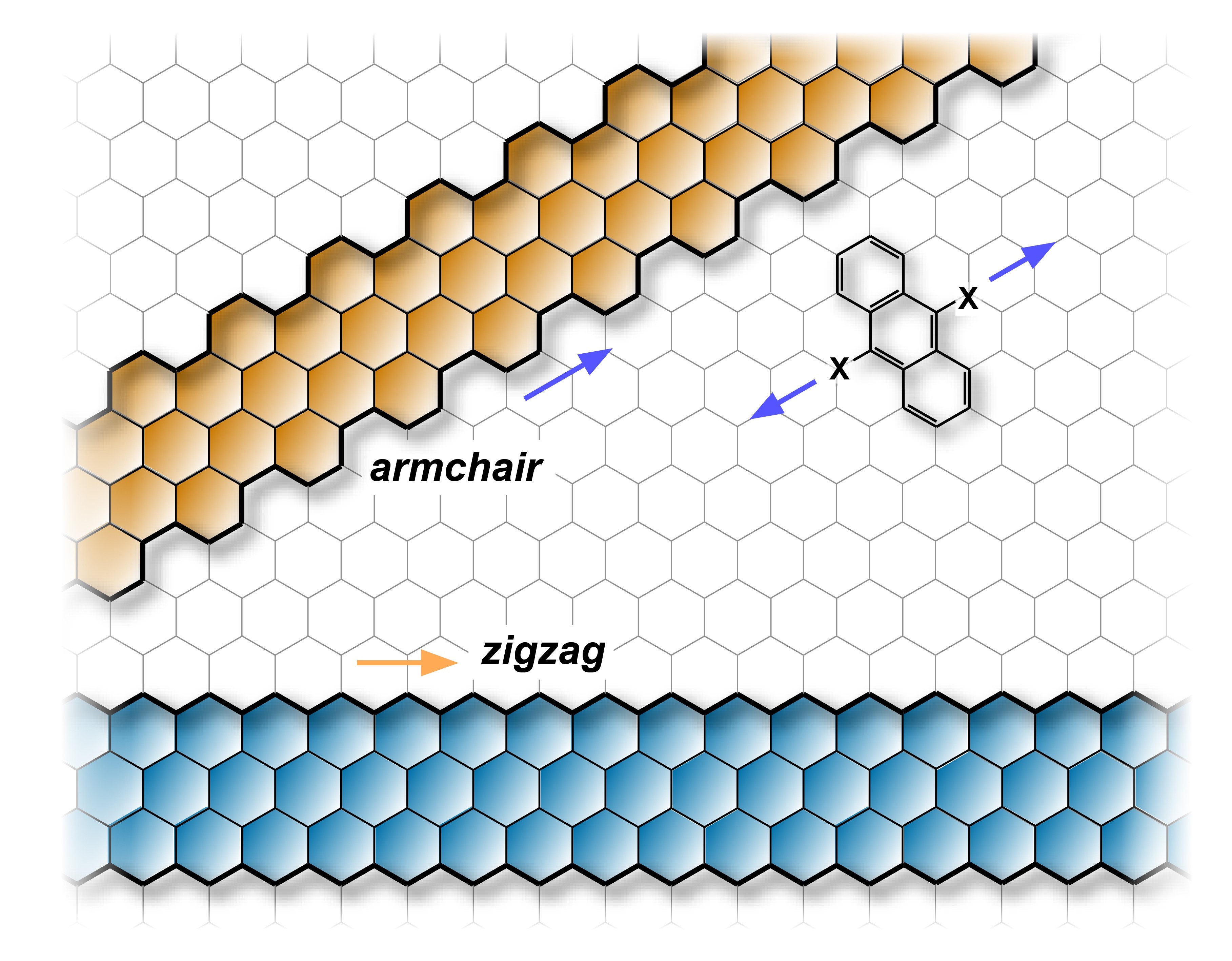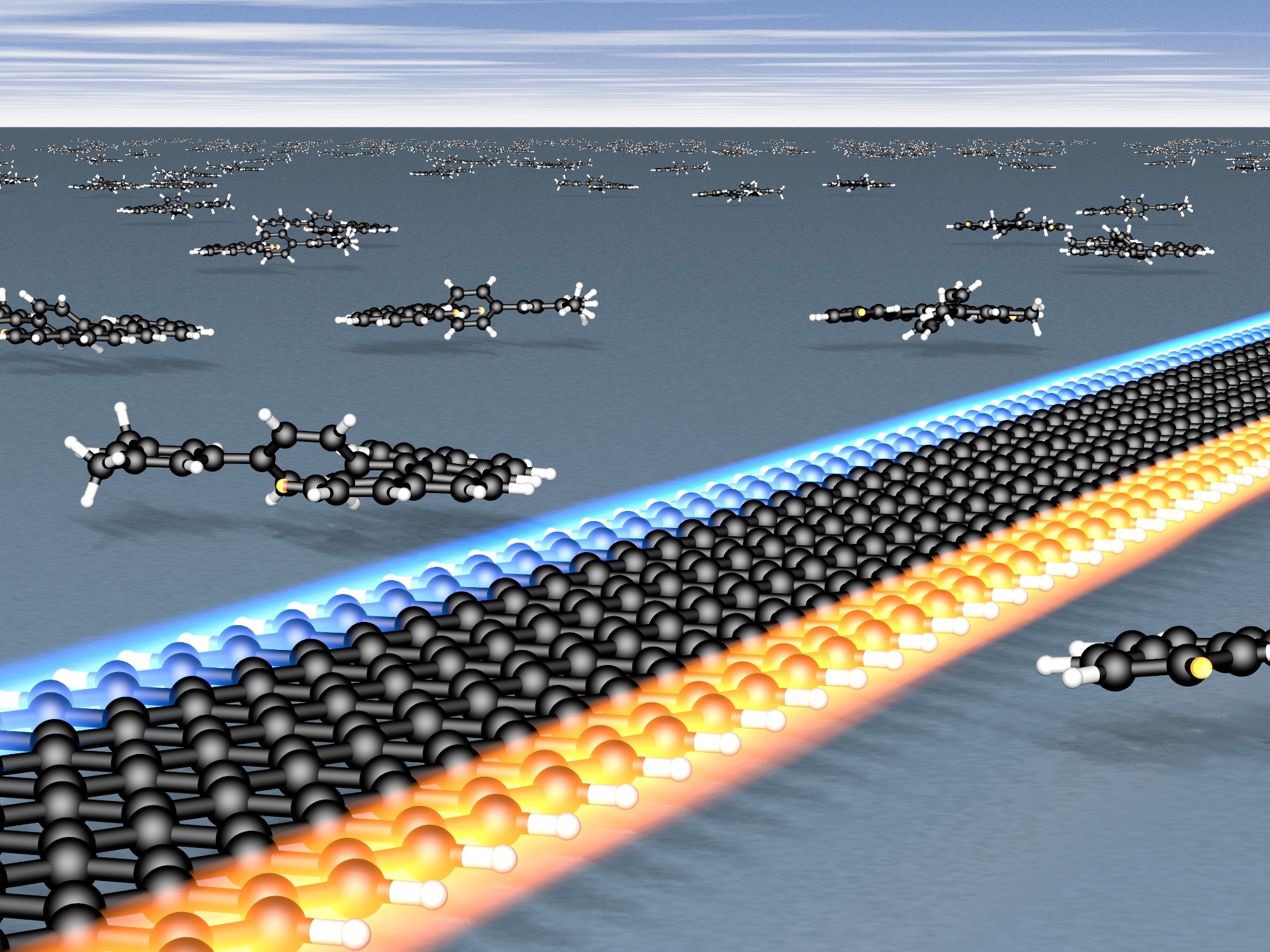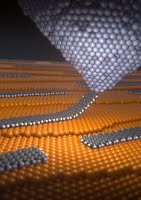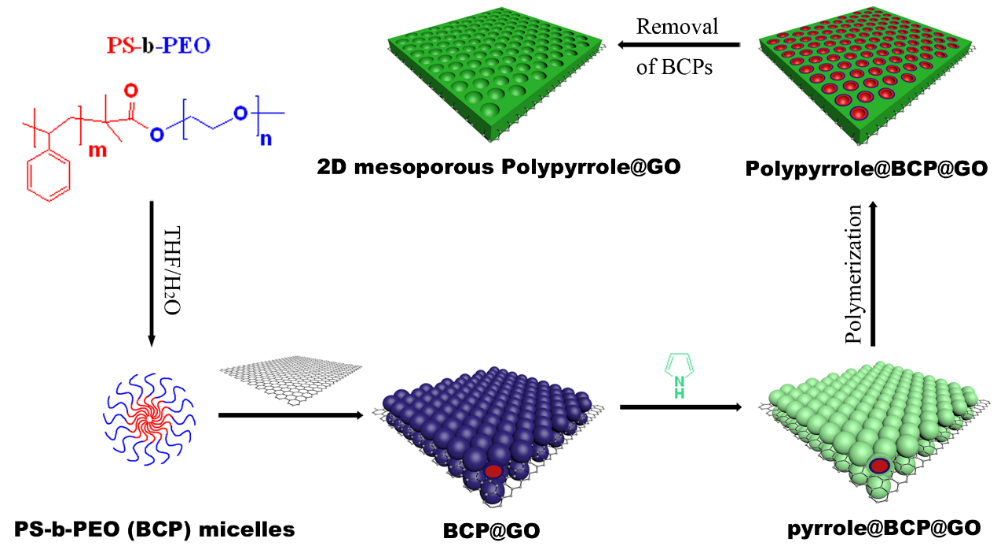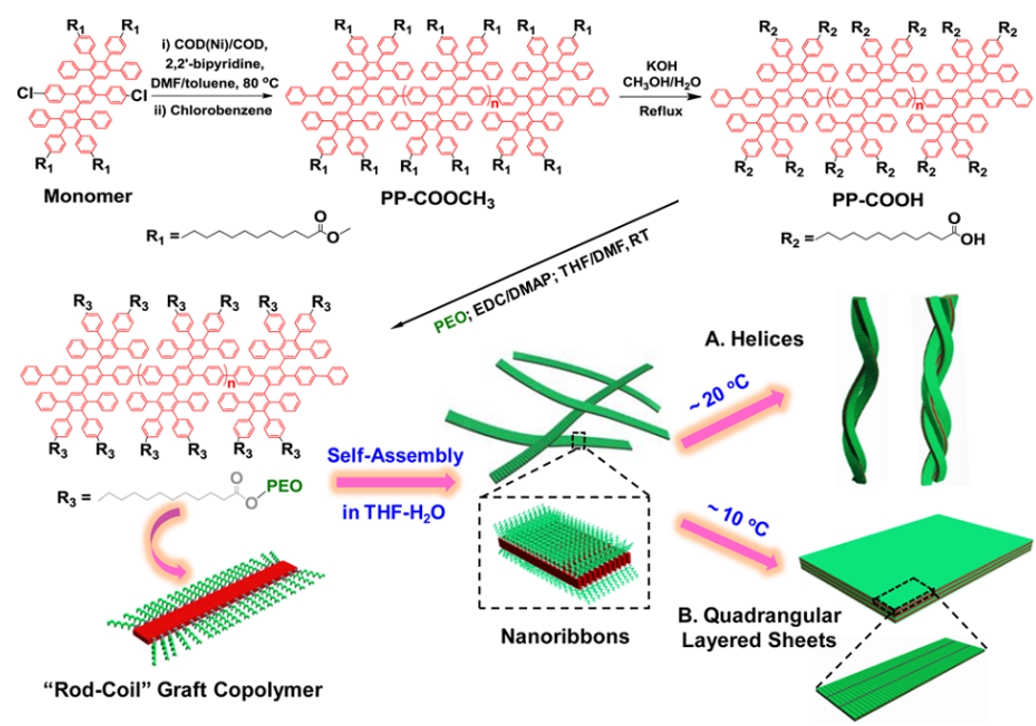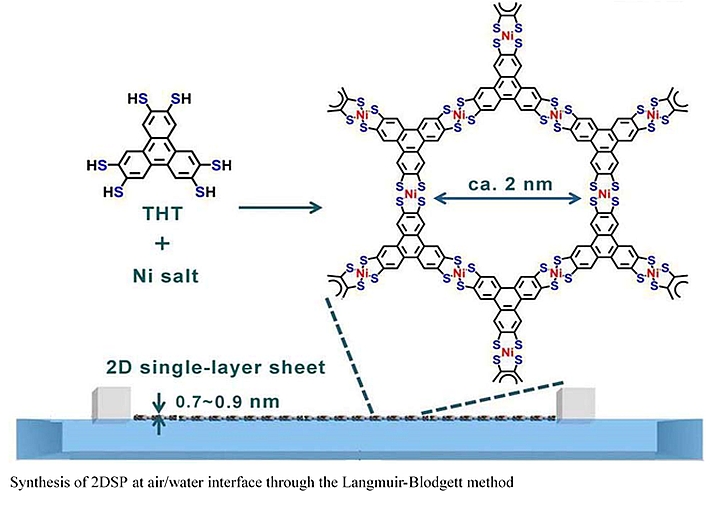Linear conjugated polymers have garnered considerable interest over the past few decades. Despite the presence of intrachain π-delocalization, the impediment to their transport arises from interchain hopping interactions. In contrast, two-dimensional (2D) conjugated polymers, as represented by 2D p-conjugated covalent organic frameworks (2D c-COFs), can provide multiple conjugated strands to enhance the delocalization of charge carriers in space. Herein, we demonstrate the first example of thiophene-based 2D poly(arylene vinylene)s (PAVs, 2DPAV-BDT-BT and 2DPAV-BDT-BP, BDT= benzodithiophene, BT=bithiophene, BP=biphenyl) via Knoevenagel polycondensation. Compared with 2DPAV-BDT-BP, the fully thiophene-based 2DPAV-BDT-BT exhibits enhanced planarity and p-delocalization with a small band gap (1.62 eV) and large electronic band dispersion, as revealed by the optical absorption and density functional theory calculations. Remarkably, temperature-dependent terahertz spectroscopy discloses a unique band-like transport and outstanding room-temperature charge mobility for 2DPAV-BDT-BT (65 cm2V−1s−1), which far exceeds that of the linear PAVs, 2DPAV-BDT-BP, and the reported 2D c-COFs in the powder form. This work highlights the great potential of thiophene-based 2D PAVs as candidates for high-performance opto-electronics.
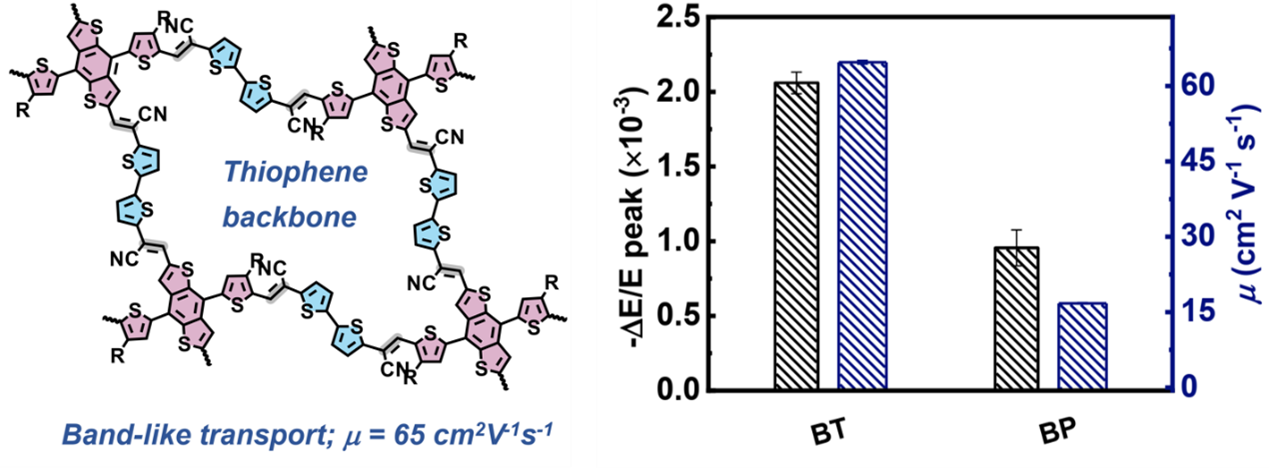
Reference: Yamei Liu, Heng Zhang, Hongde Yu, Zhongquan Liao, Silvia Paasch, Shunqi Xu,* Ruyan Zhao, Eike Brunner, Mischa Bonn, Hai I. Wang,* Thomas Heine, Mingchao Wang,* Yiyong Mai,* Xinliang Feng*.
Acknowledgements: L., H. Z., H. Y. contributed equally to this work. This work was financially supported by ERC grant (T2DCP, No. 819698), DFG project (CRC 1415, No. 417590517), European Union's Horizon 2020 (PROGENY, No. 899205; Graphene Flagship Core3, No. 881603; EMERGE, No. 101008701), and Center for Advancing Electronics Dresden. Y.M.L. appreciates fellowship support from the Chinese Scholarship Council (CSC). Y.M. acknowledges the financial support from National Natural Science Foundation of China (52073173 and 22225501), and National Key R&D Program of China (2021YFB4001100). We thank Dresden Center for Nanoanalysis (DCN) for the use of facilities and Matthias Kluge for TGA measurement. We appreciate Dr. Yang Lu, Dr. Yannan Liu, Albrecht Wäntig and Shaik Ghouse for helpful discussions. H.Y. and T.H. acknowledge the Alexander von Humboldt Foundation for financial support and the Centre for Information Services and High Performance Computing (ZIH) at TU Dresden for the provided computational resources. The Instrumental Analysis Center at Shanghai Jiao Tong University is also acknowledged.





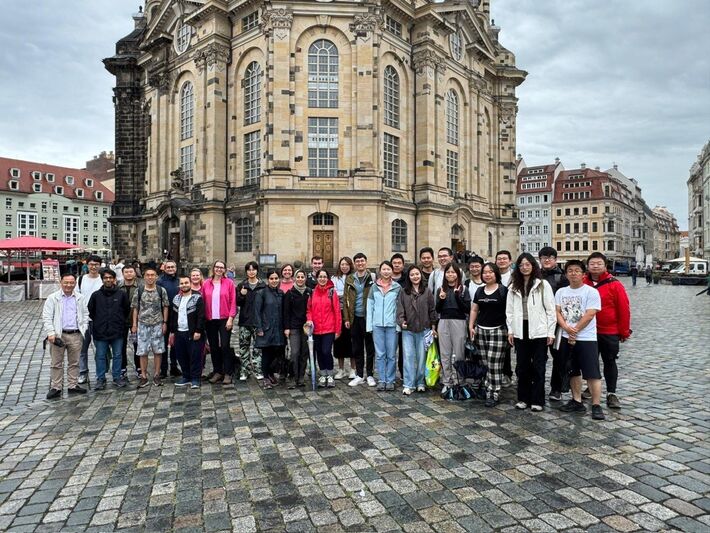


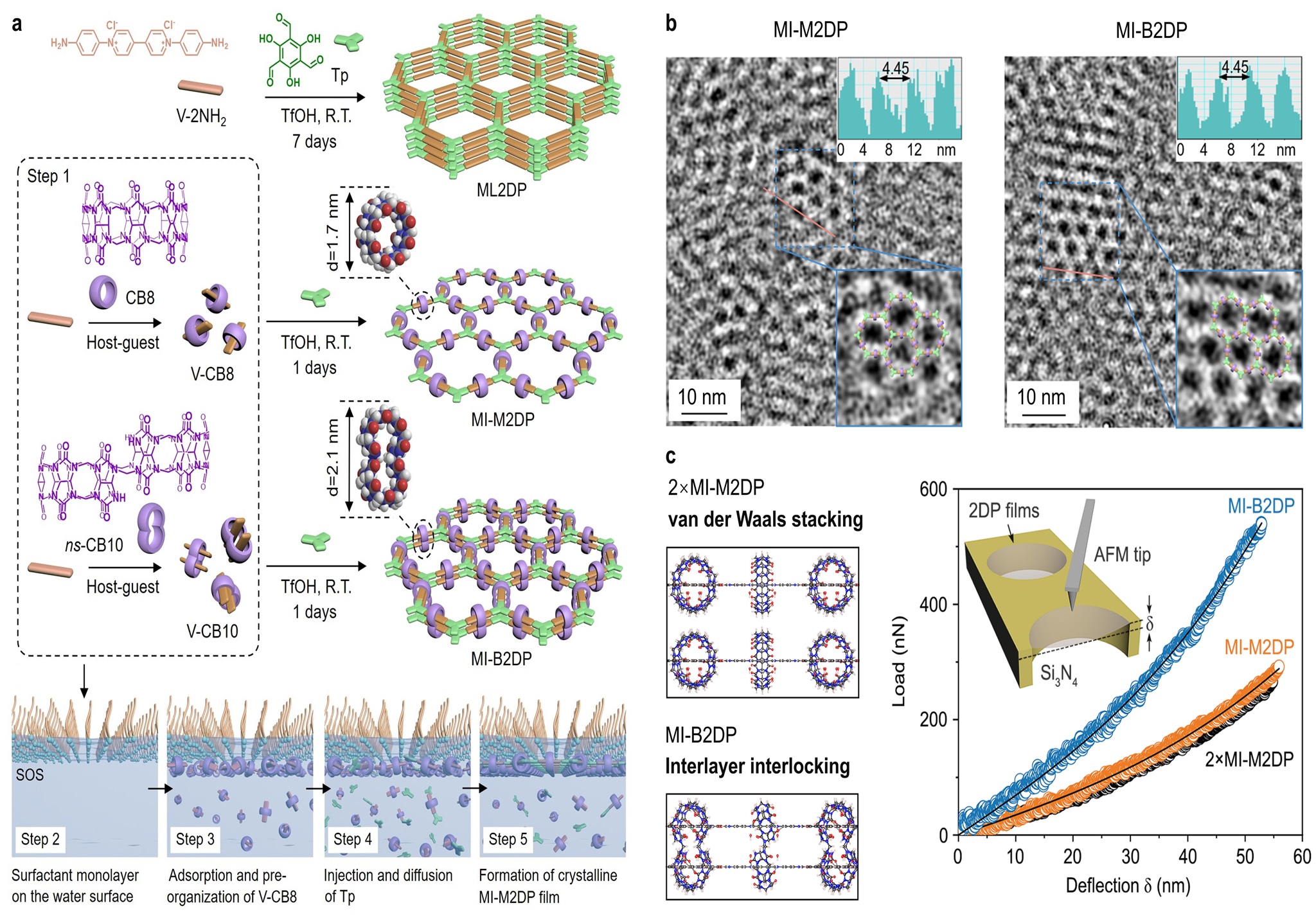
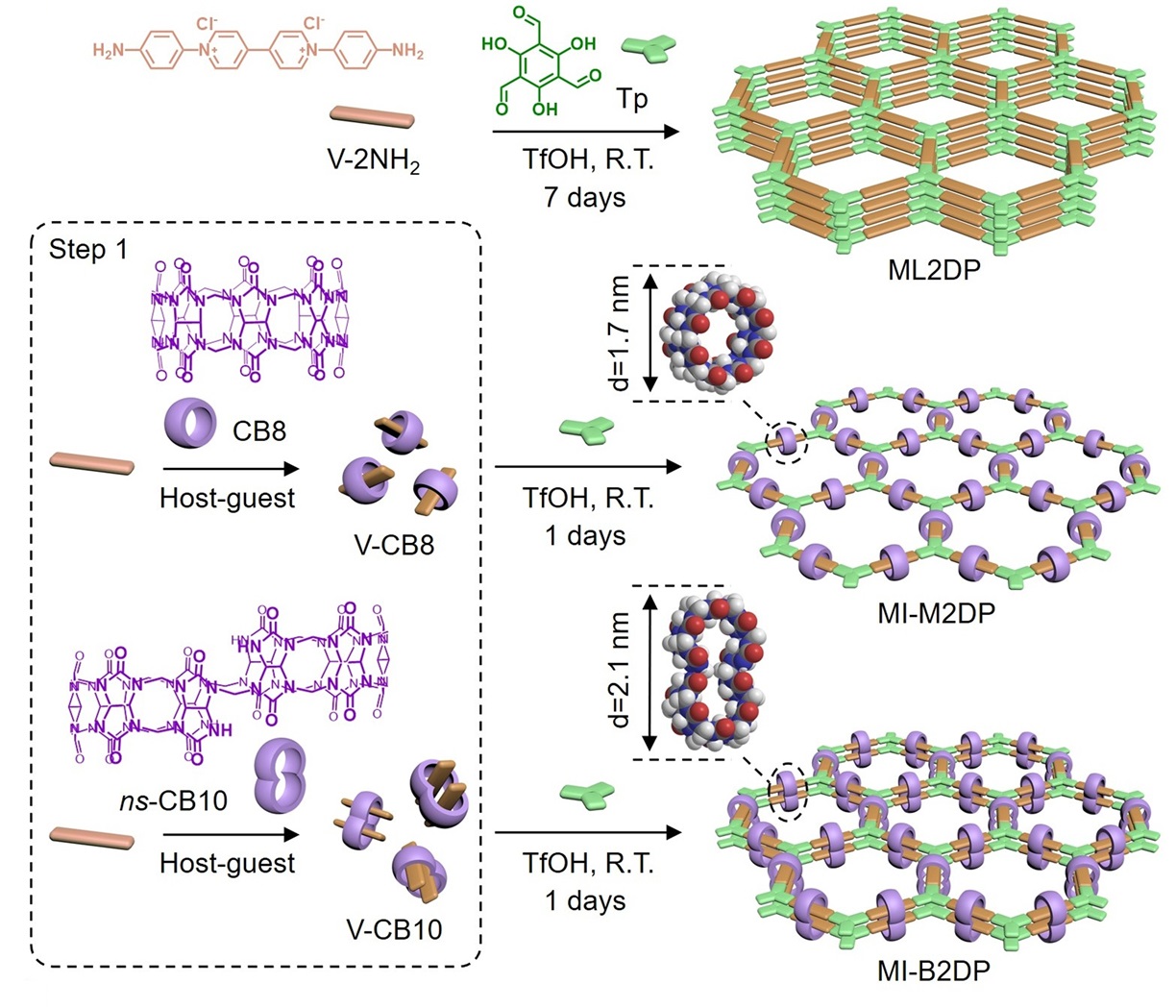
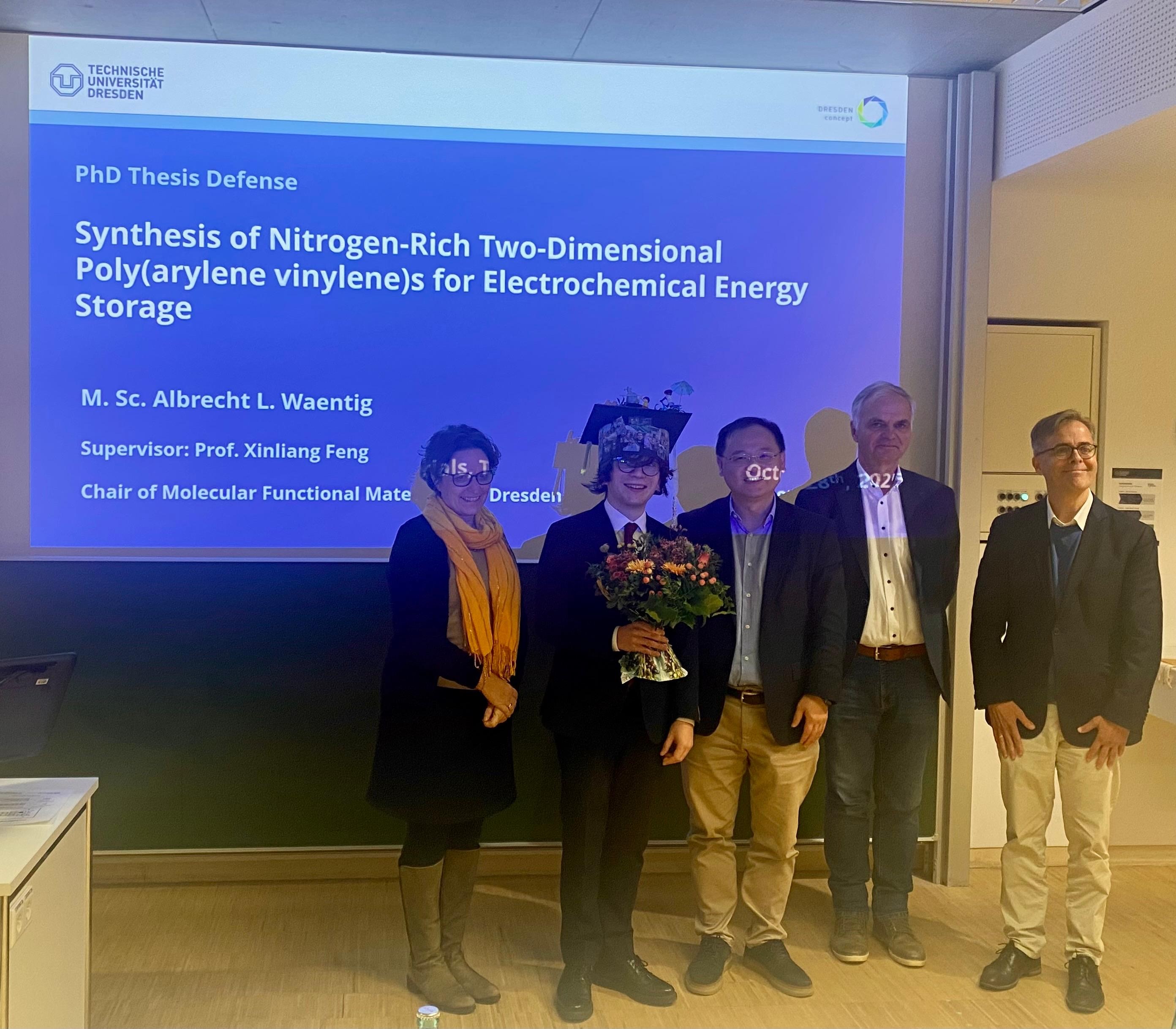
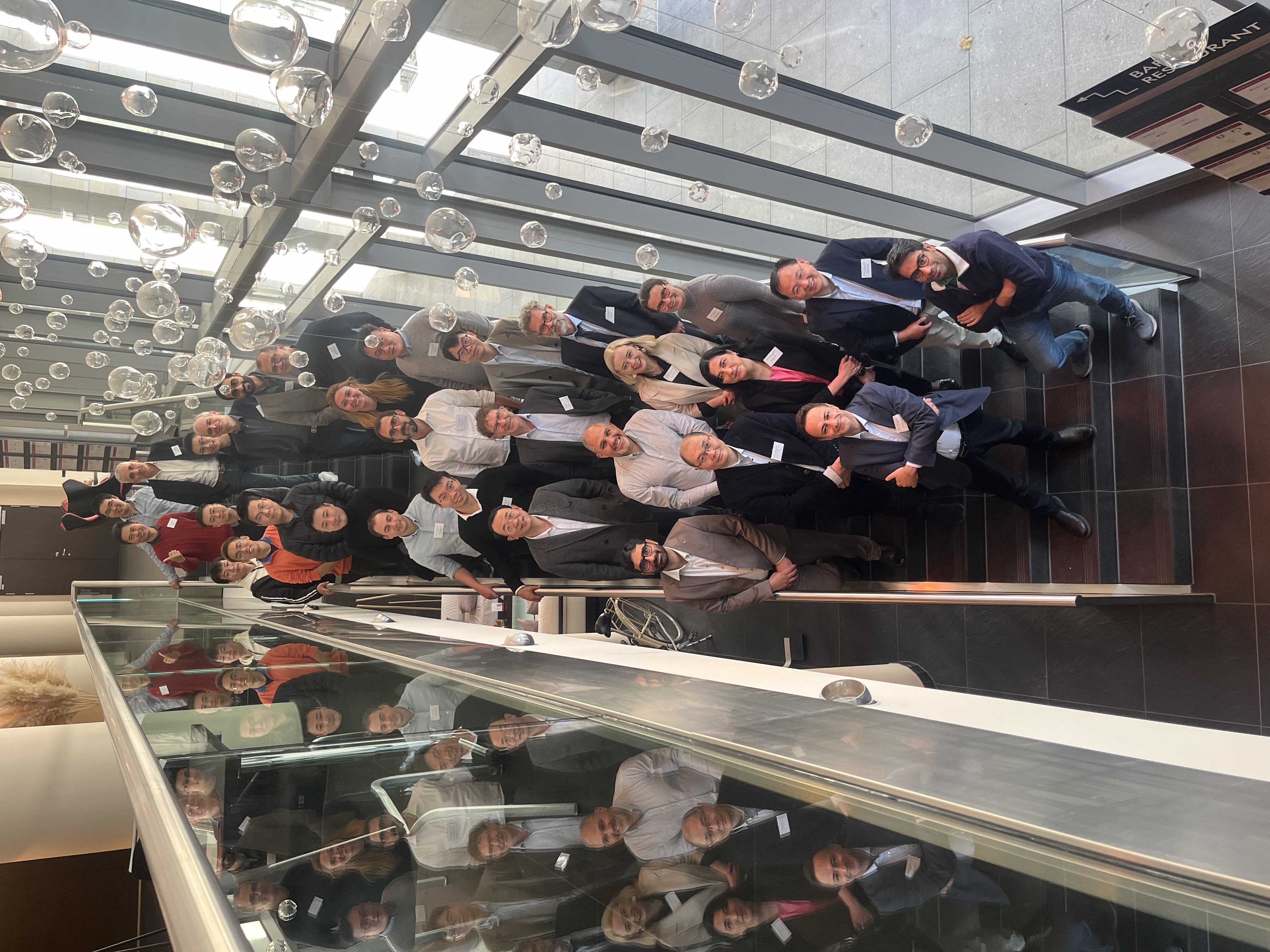

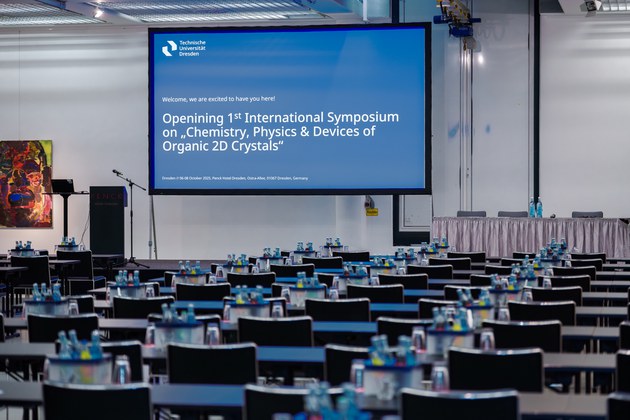
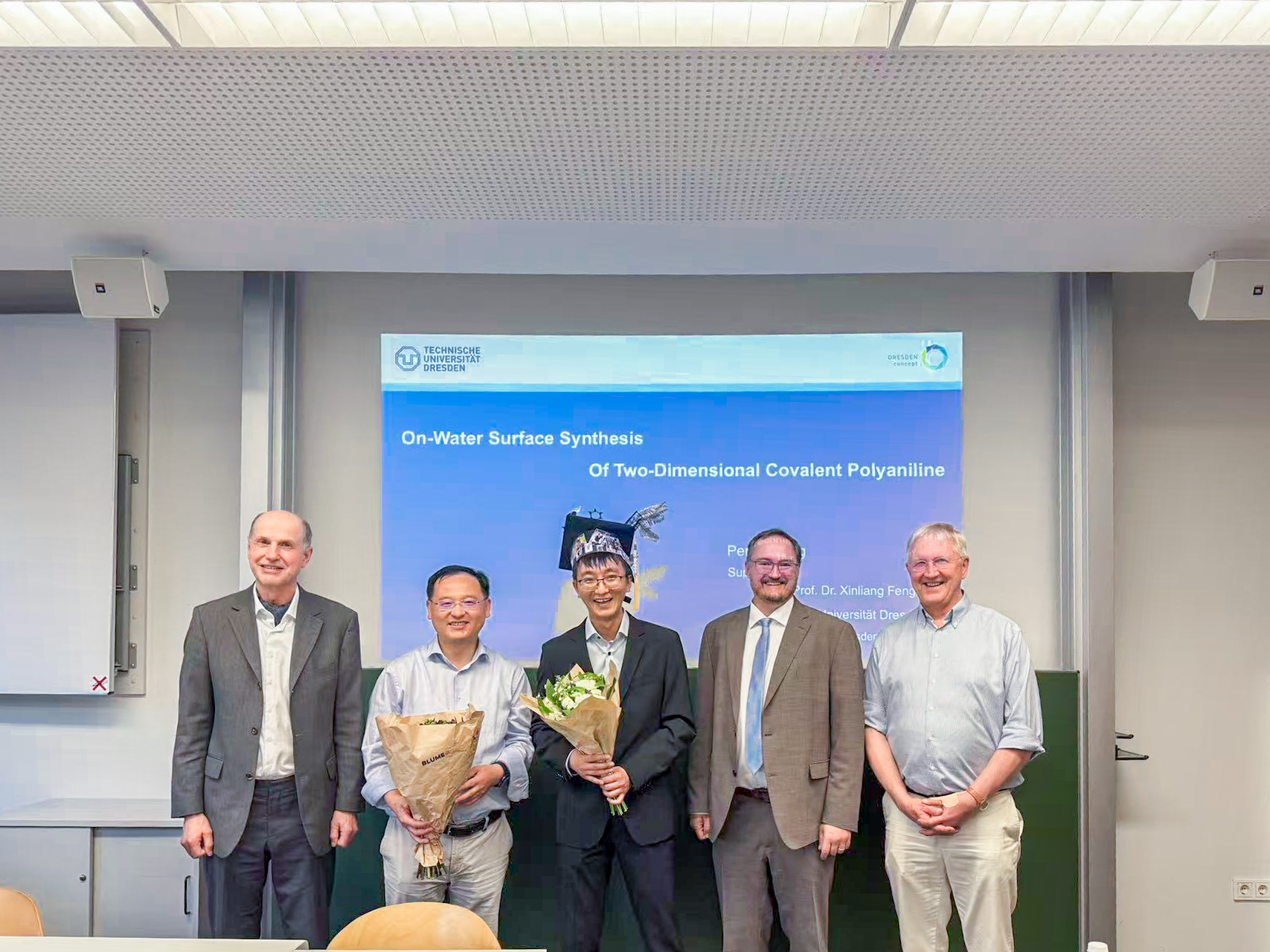
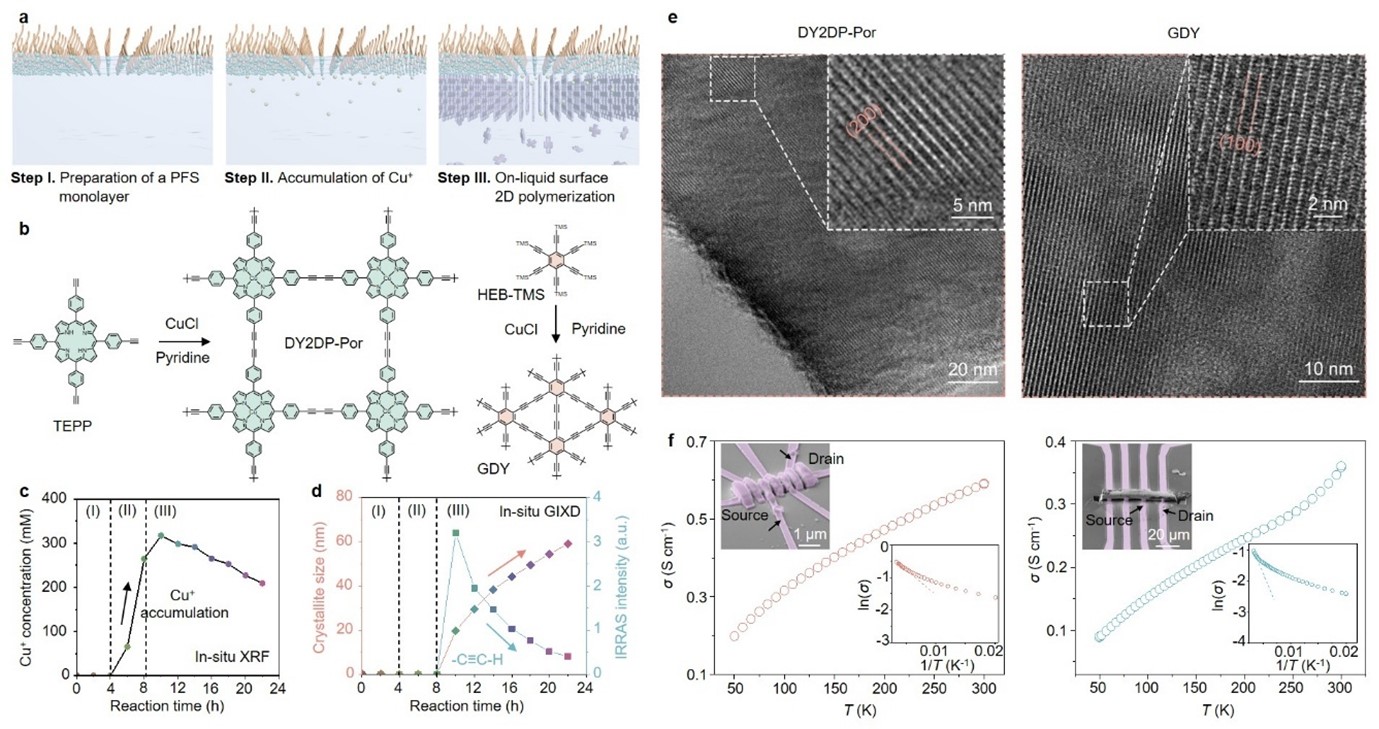
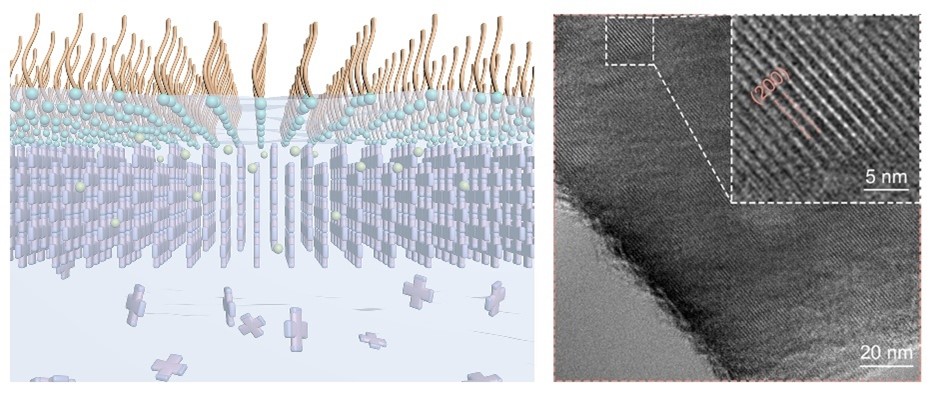
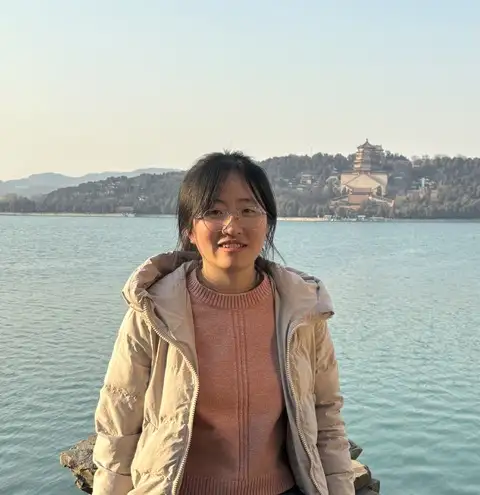
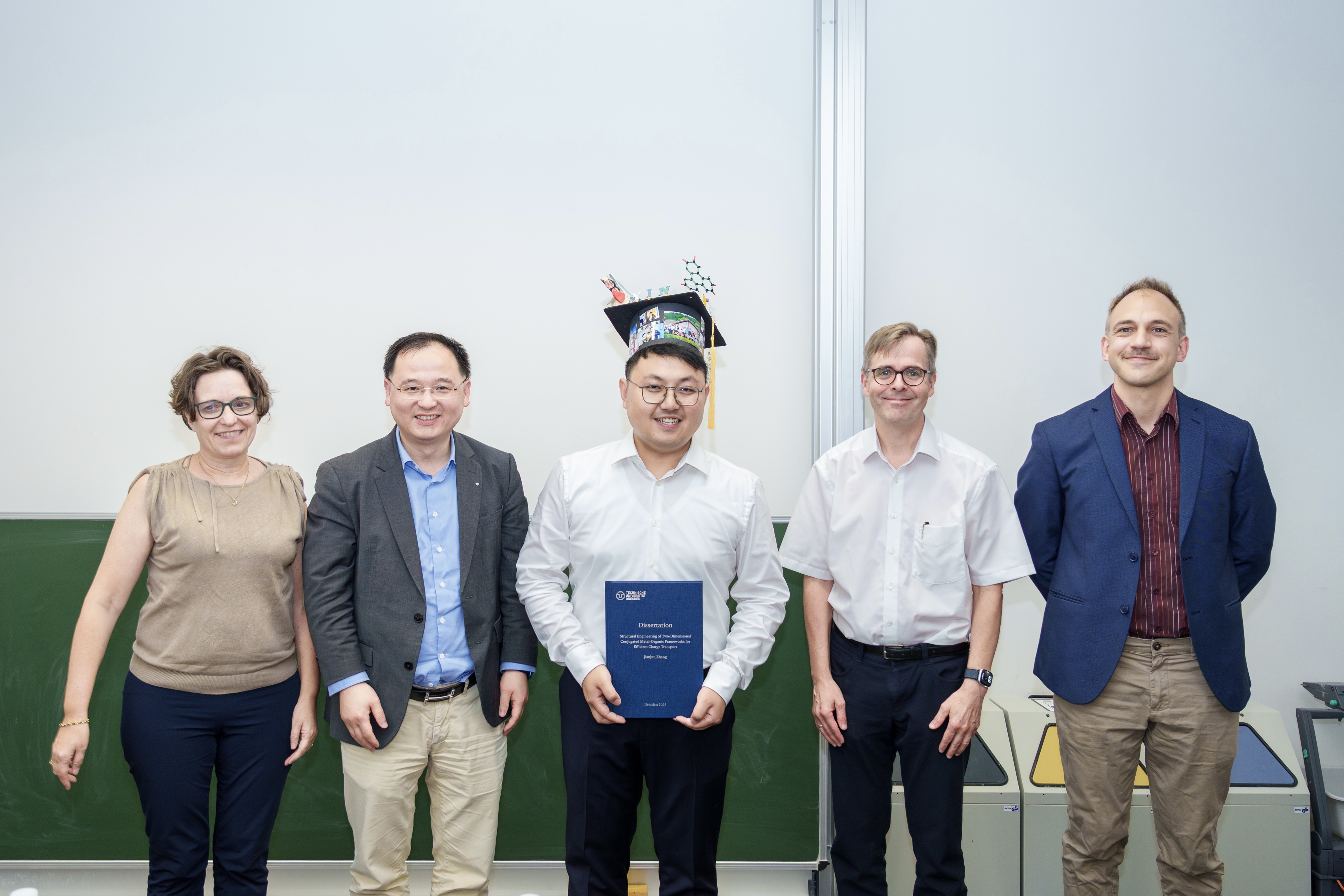
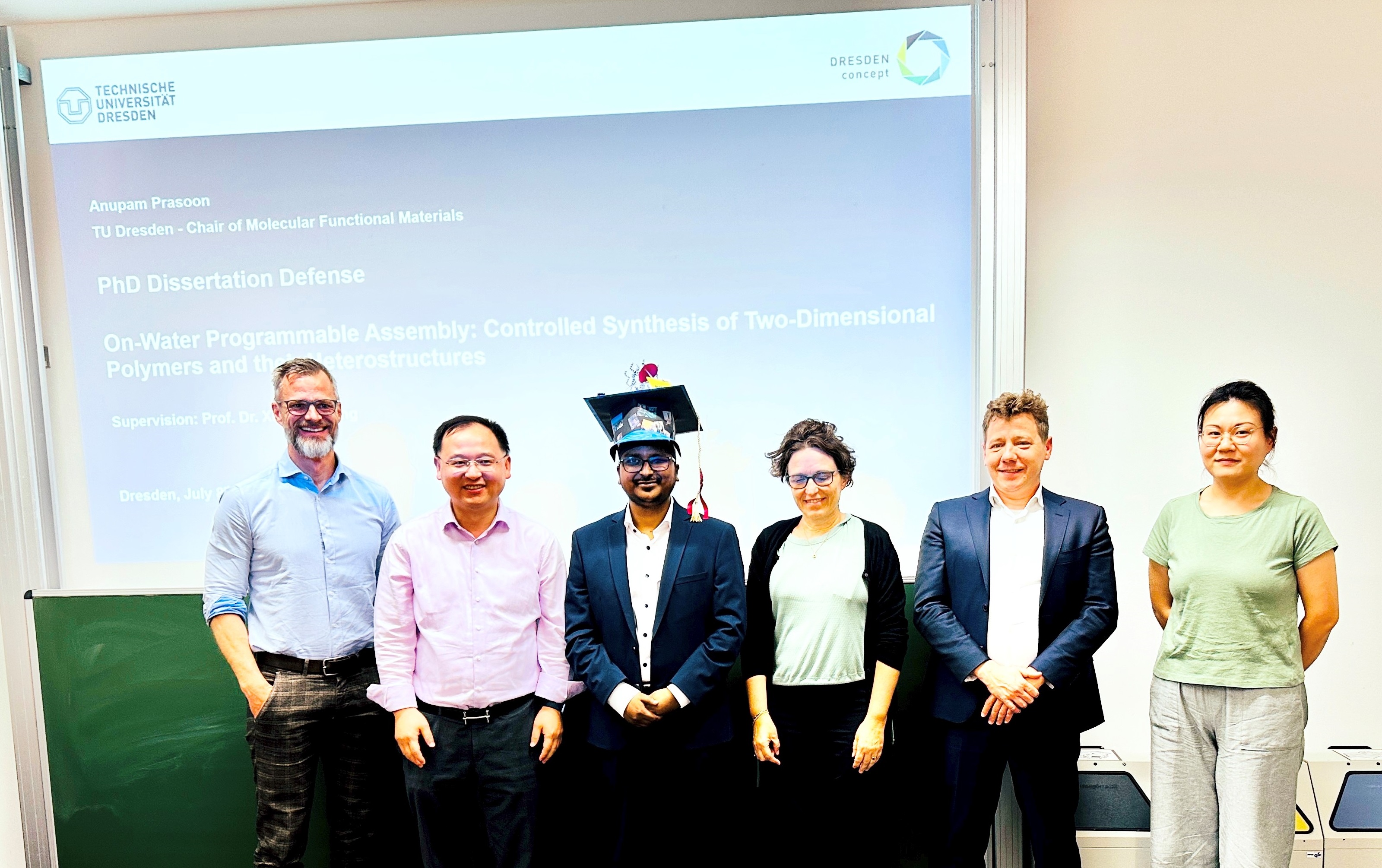
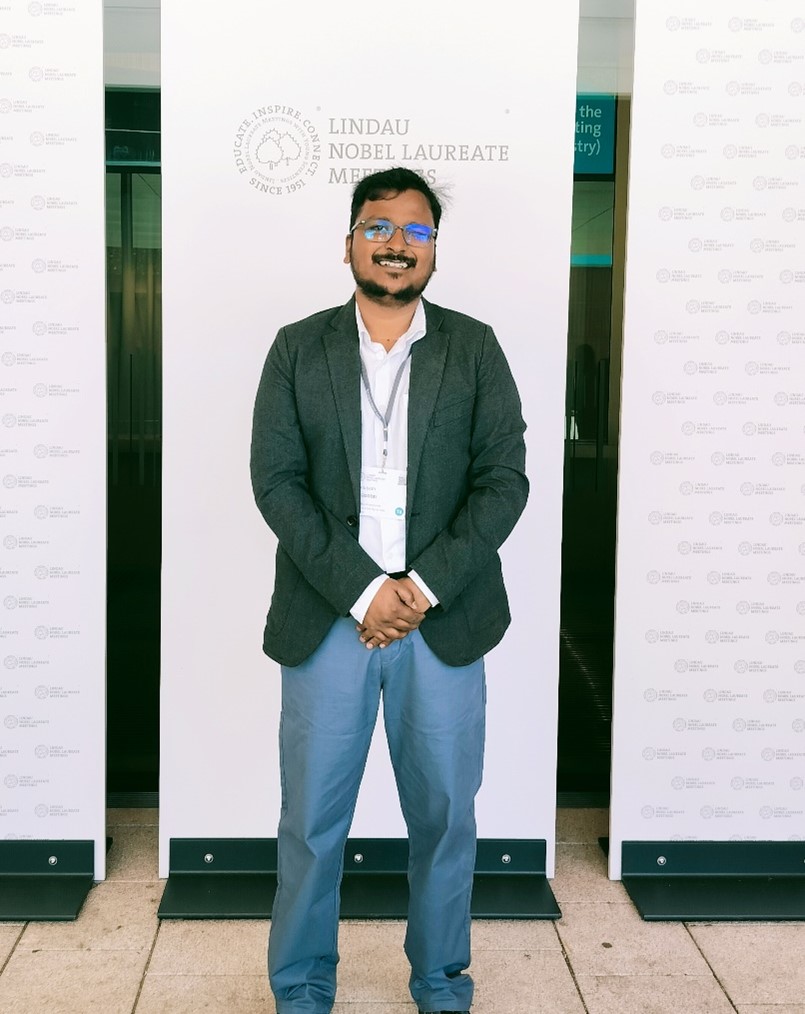
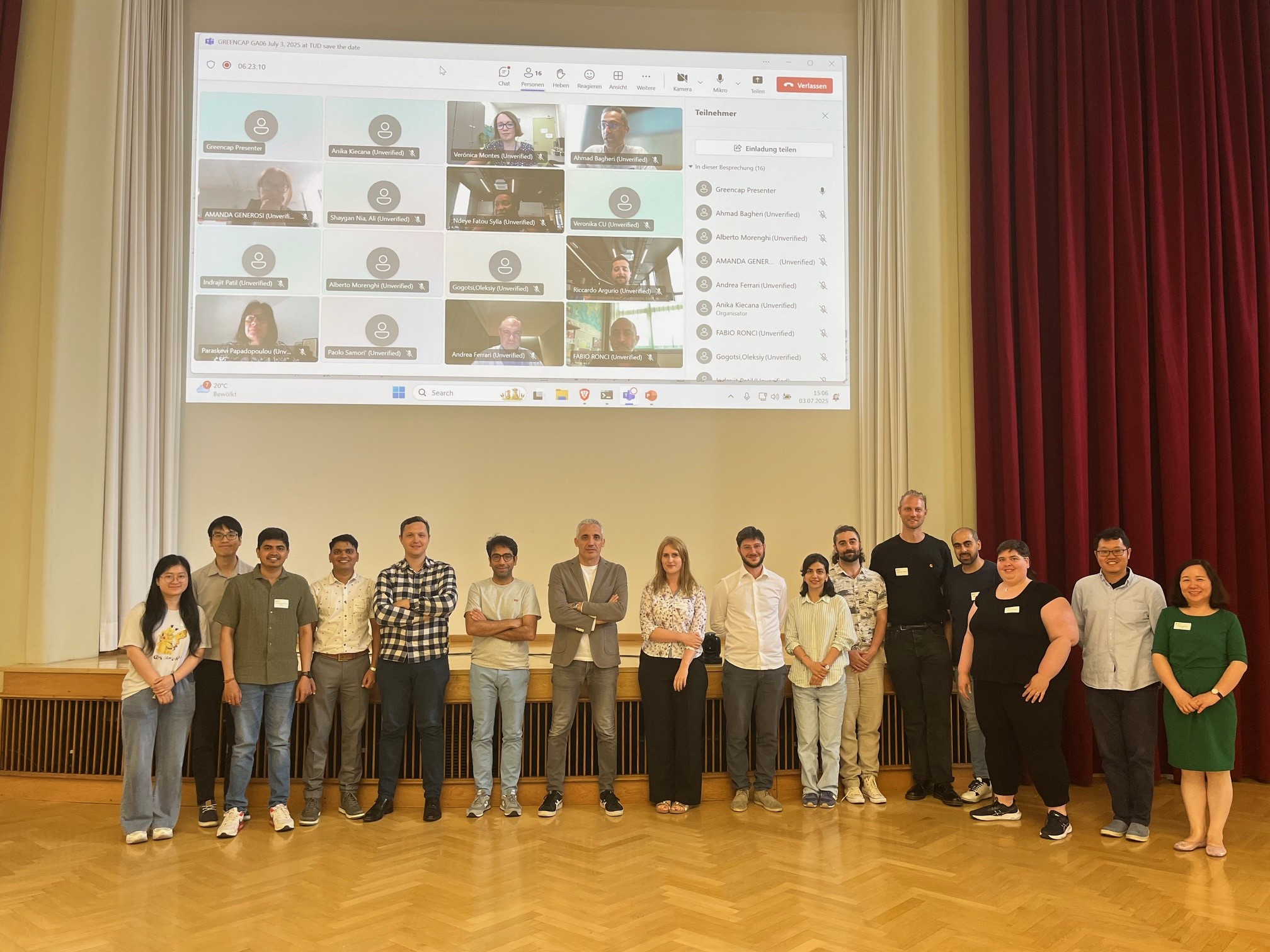
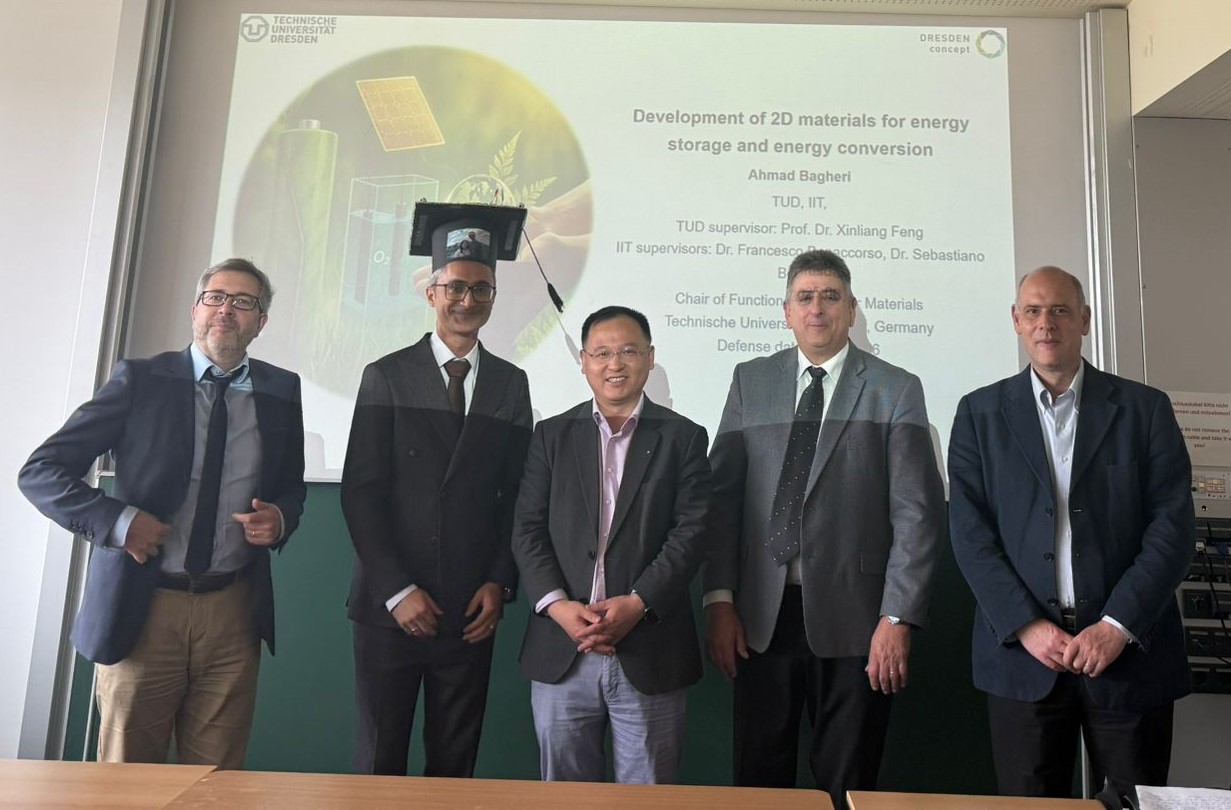
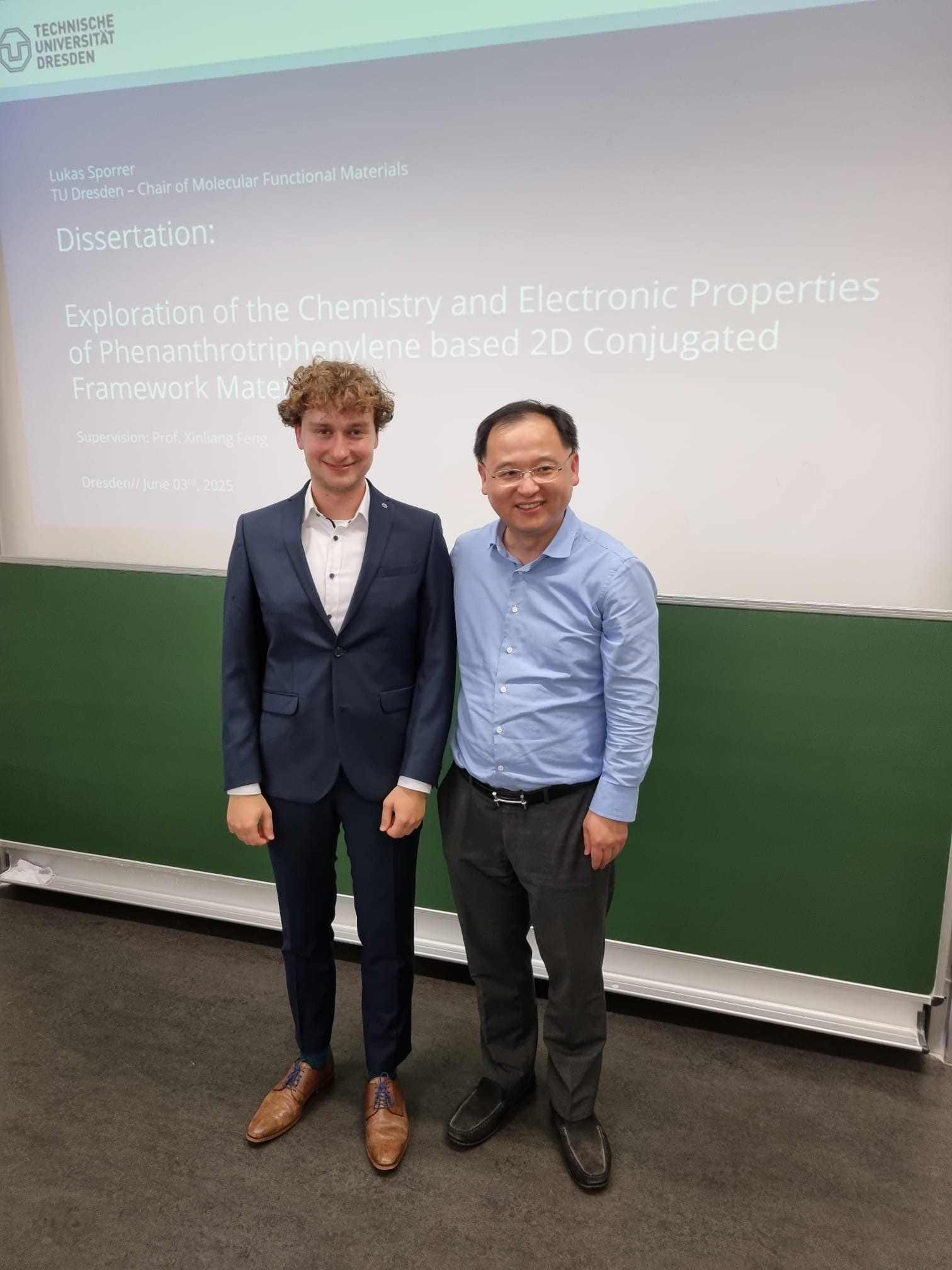

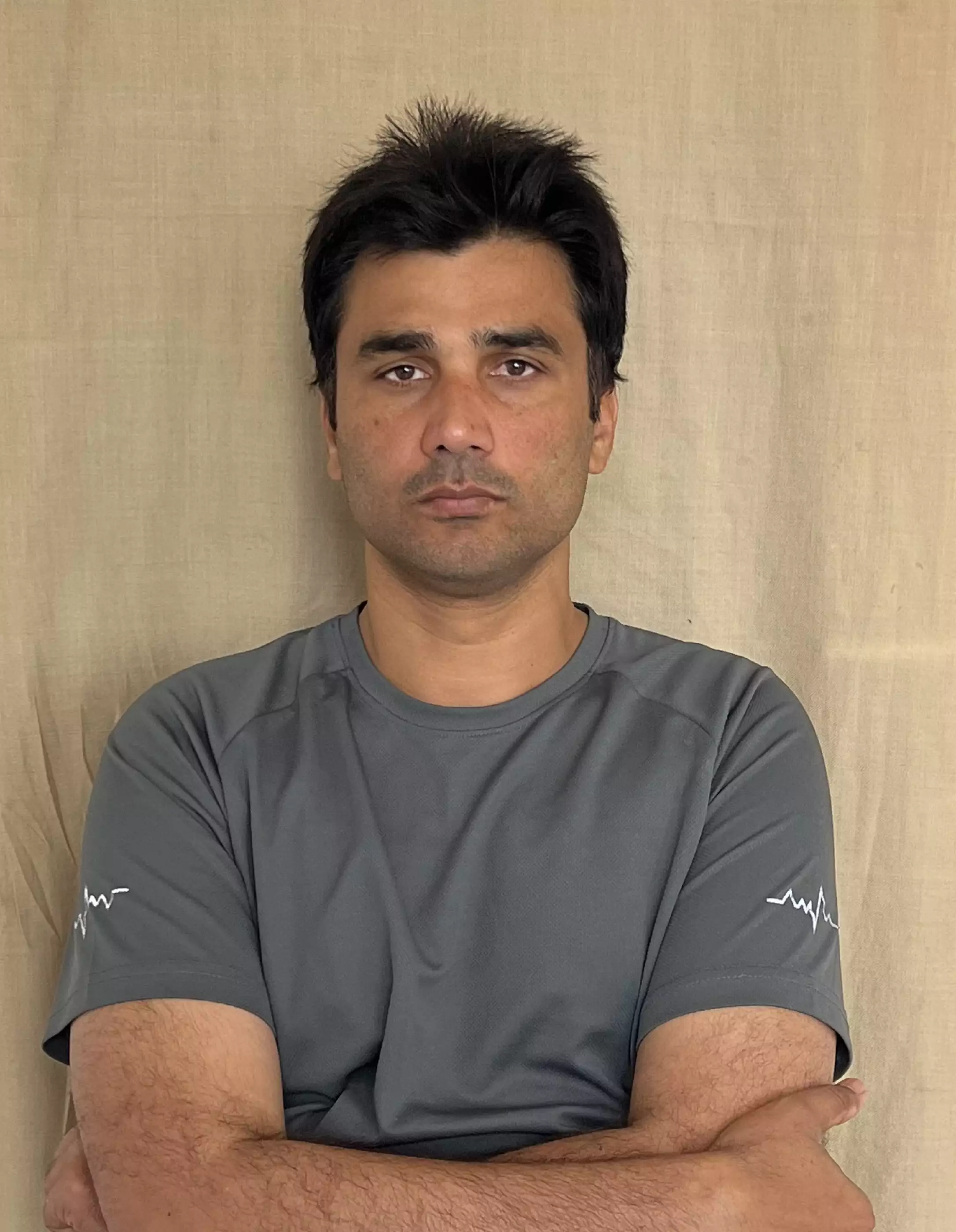
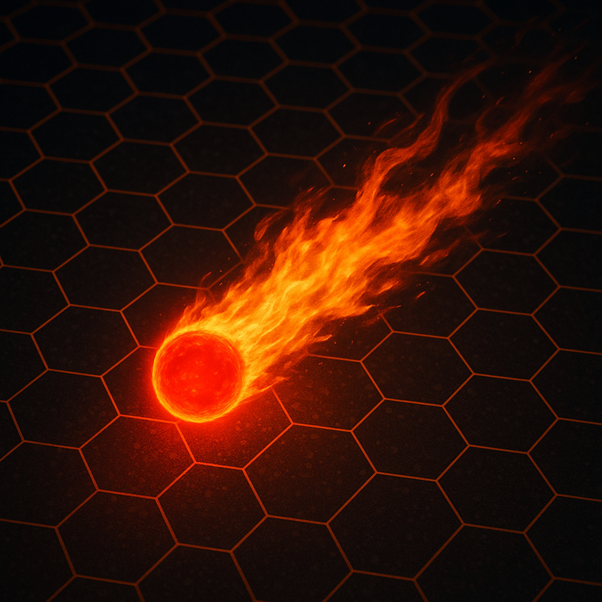
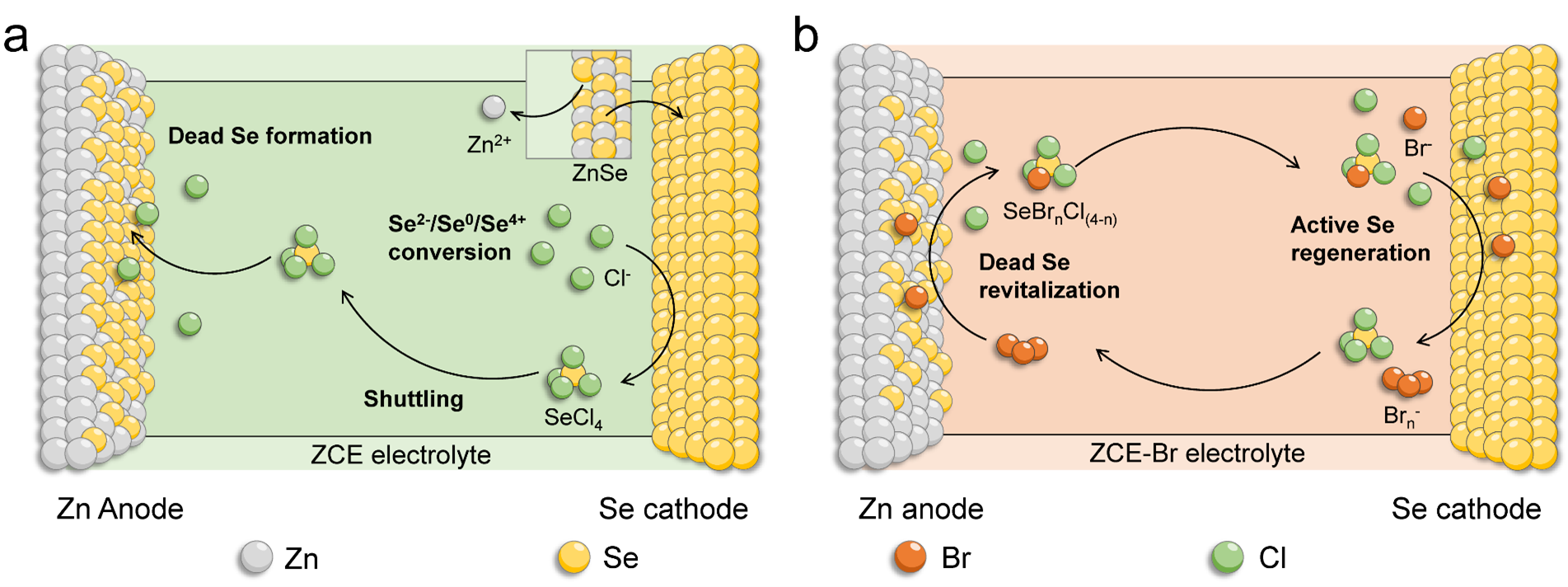
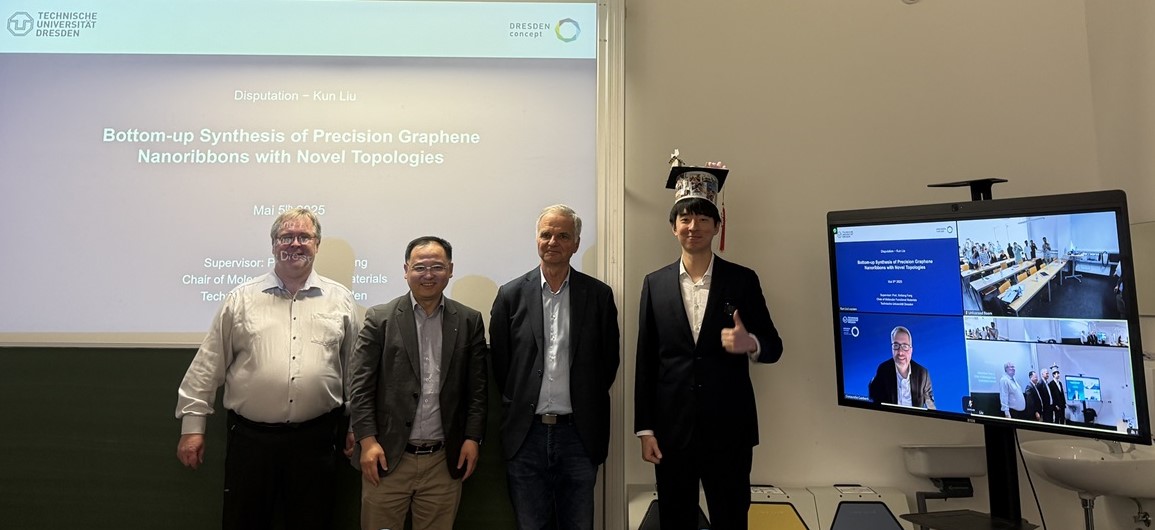
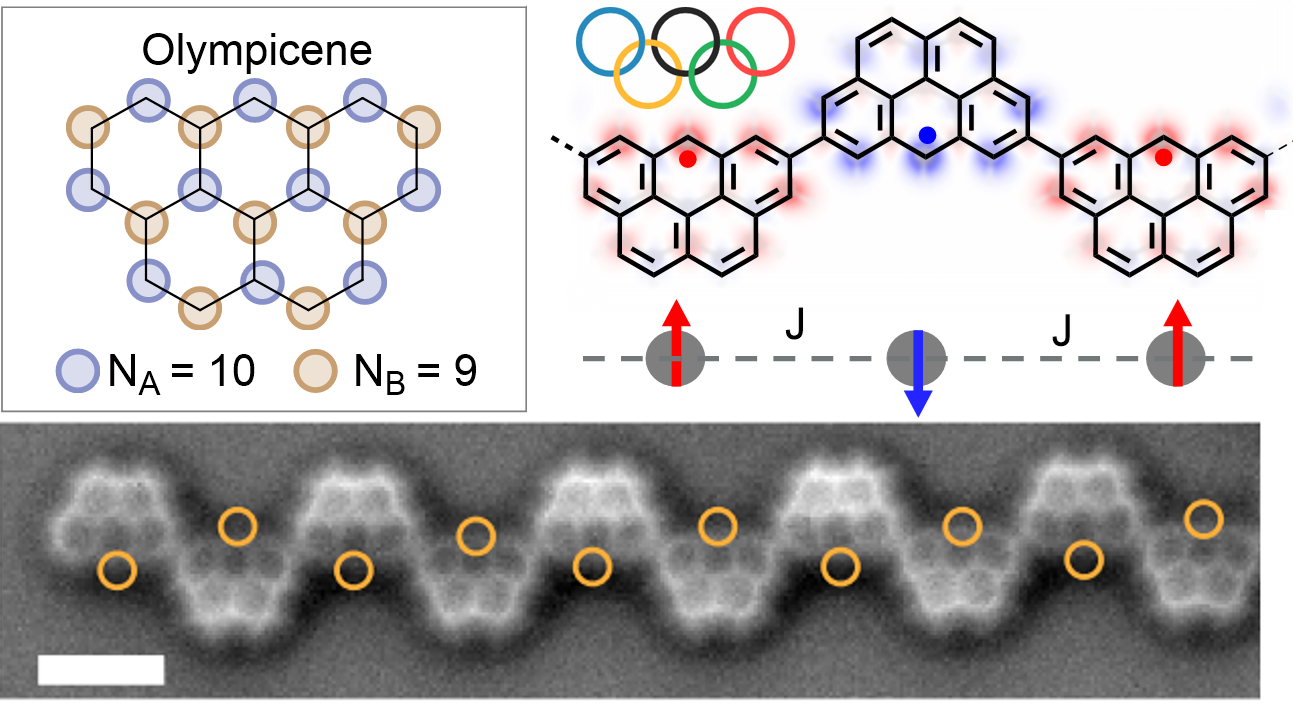

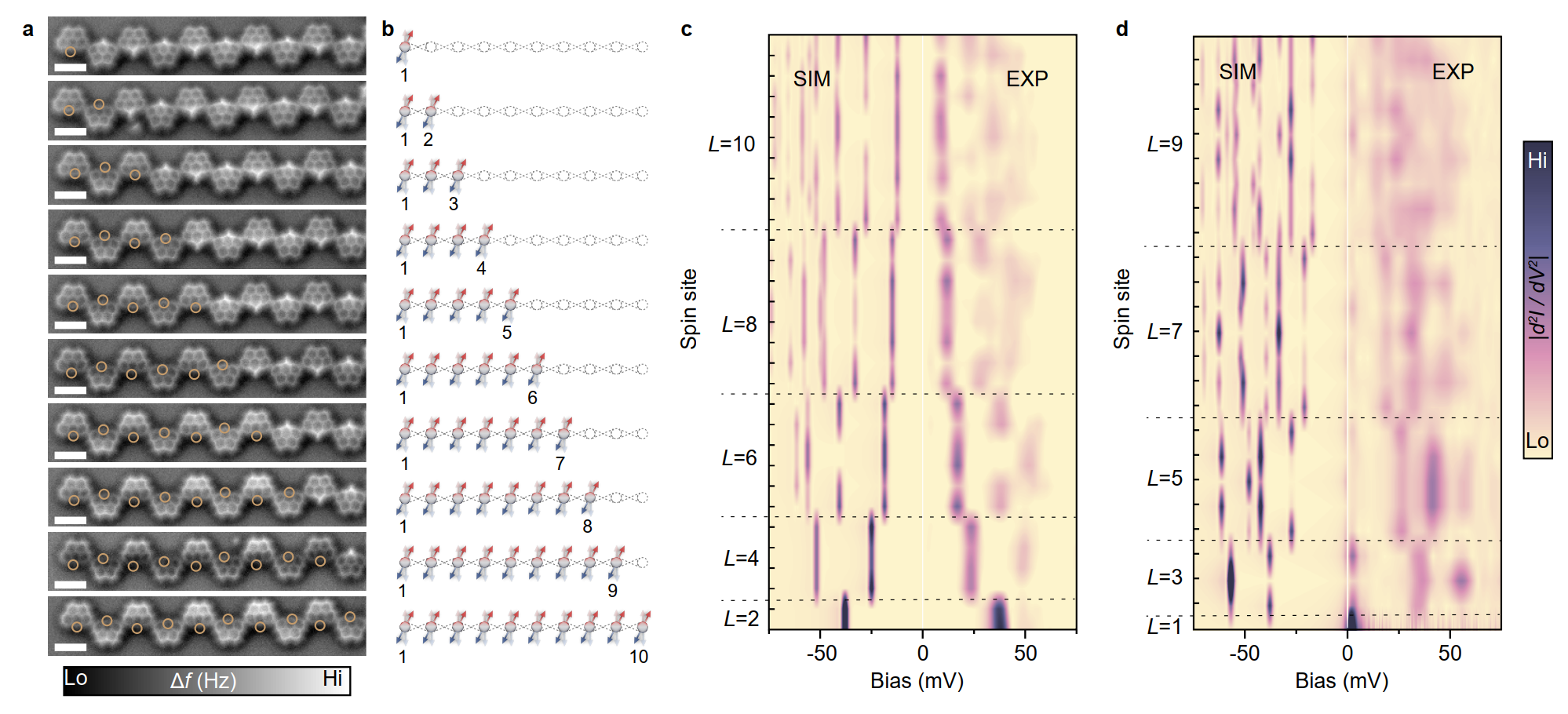
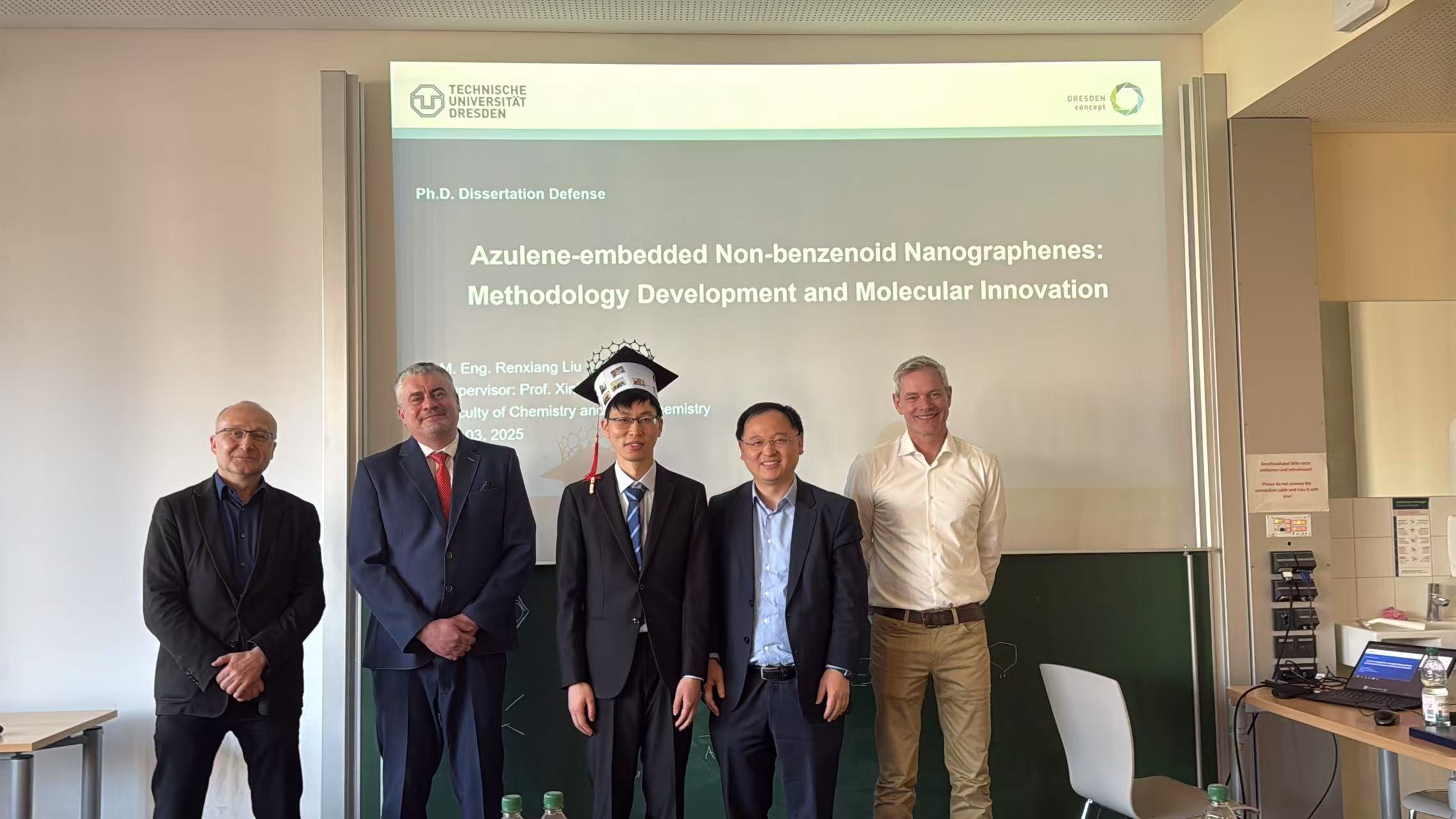
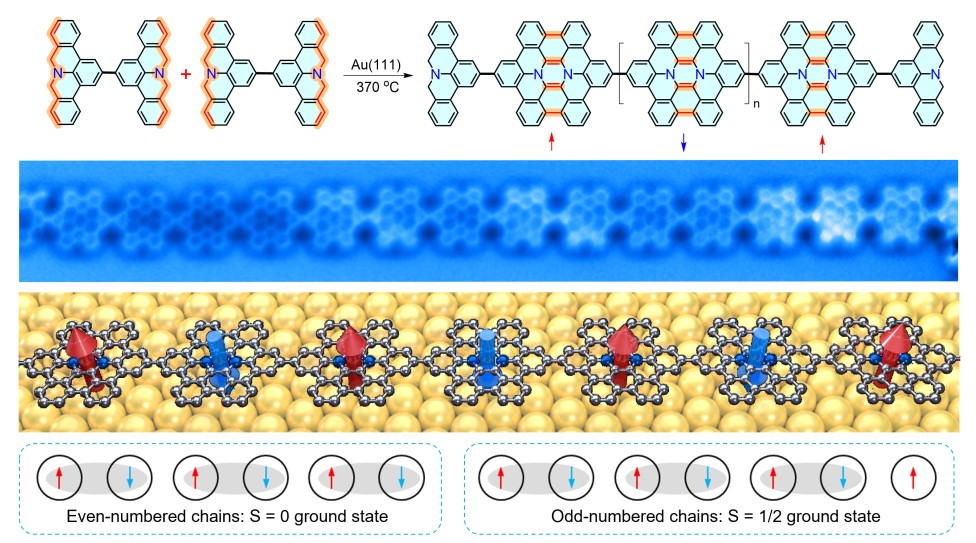
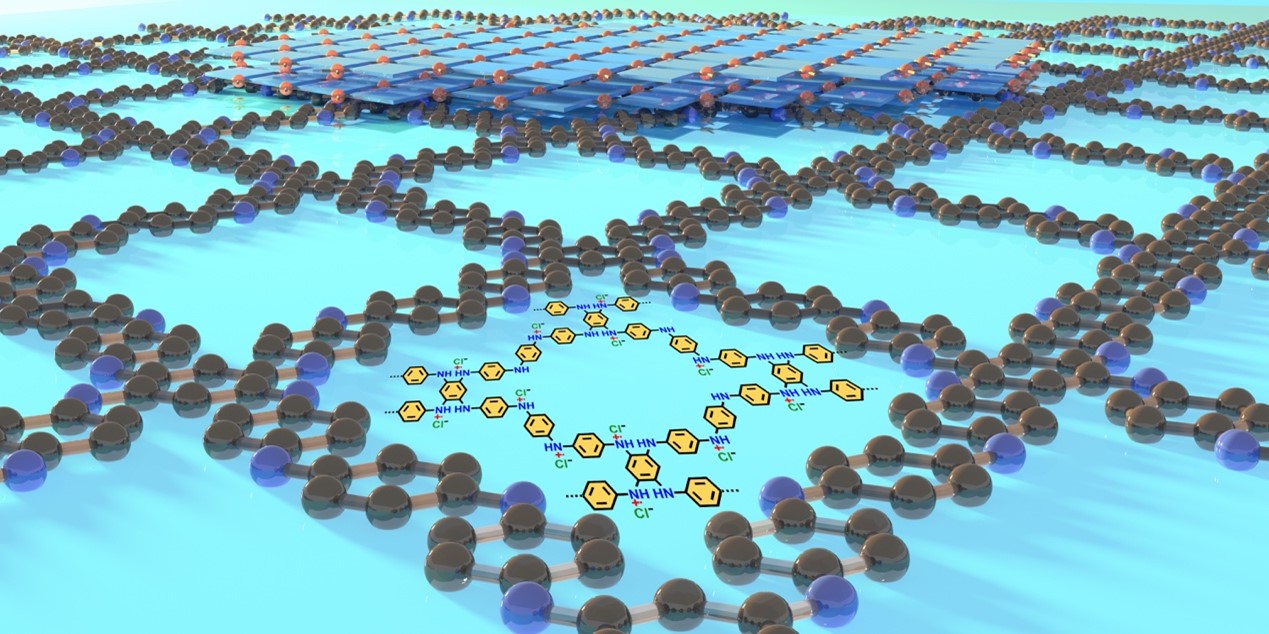
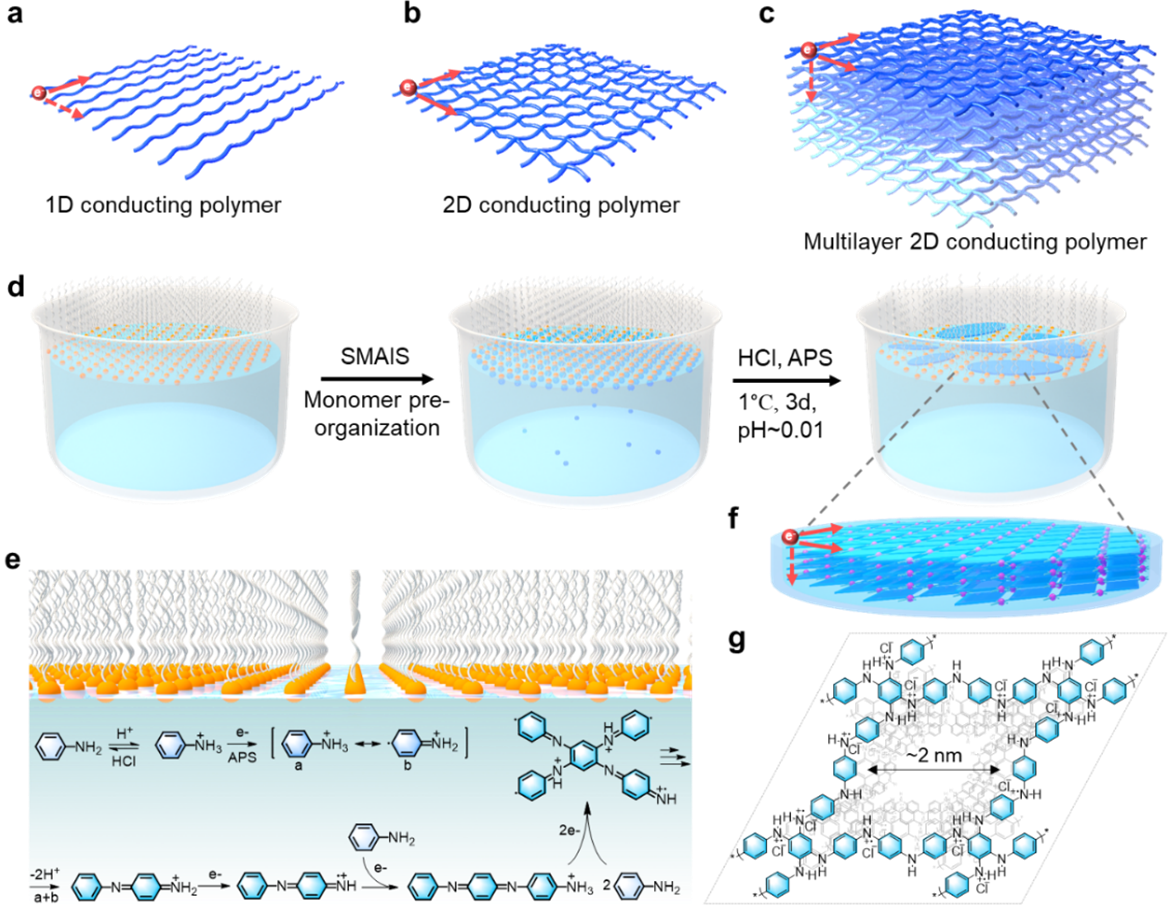
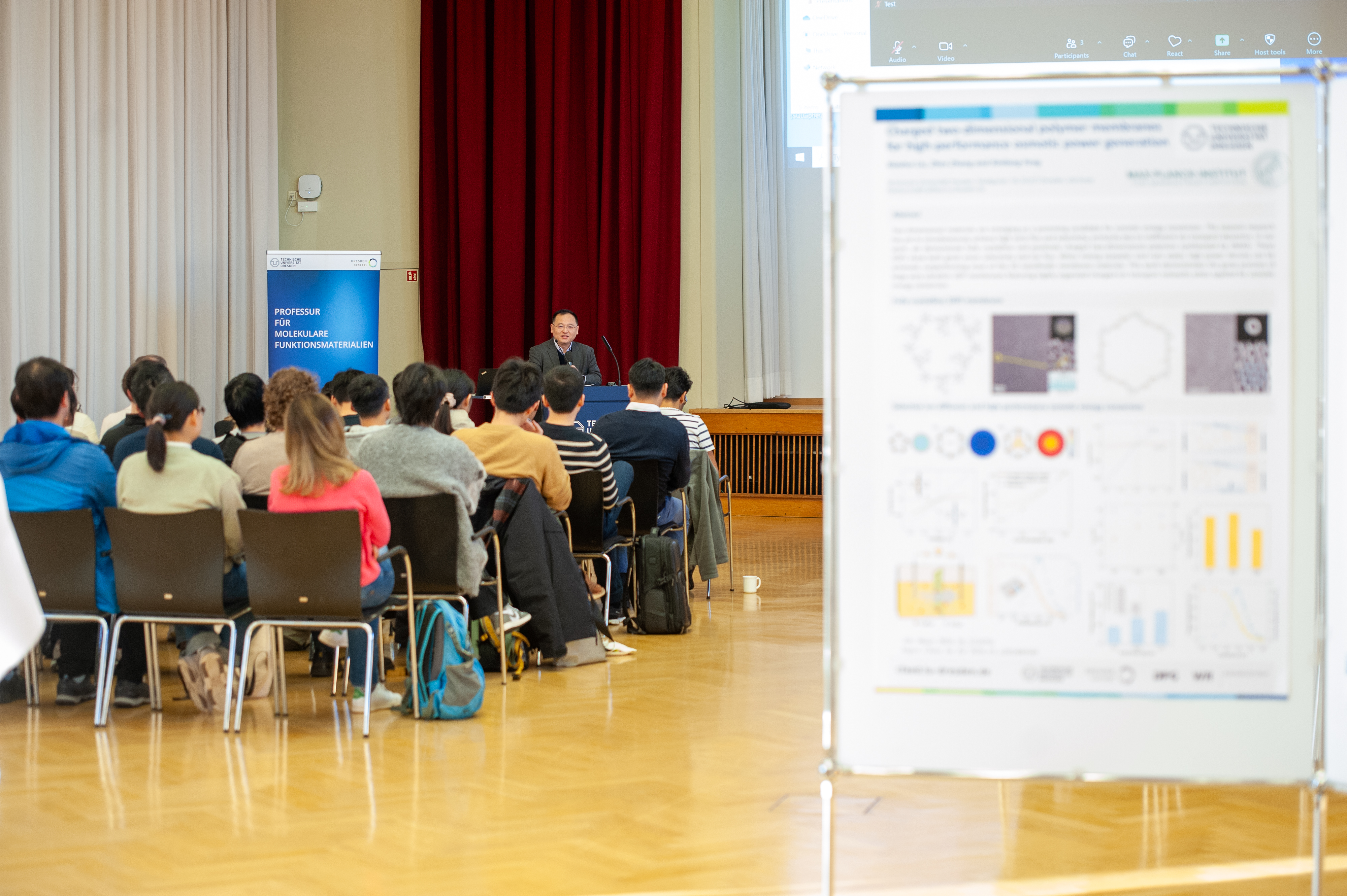
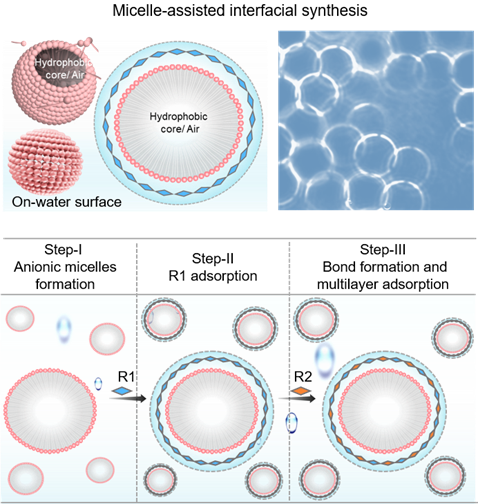
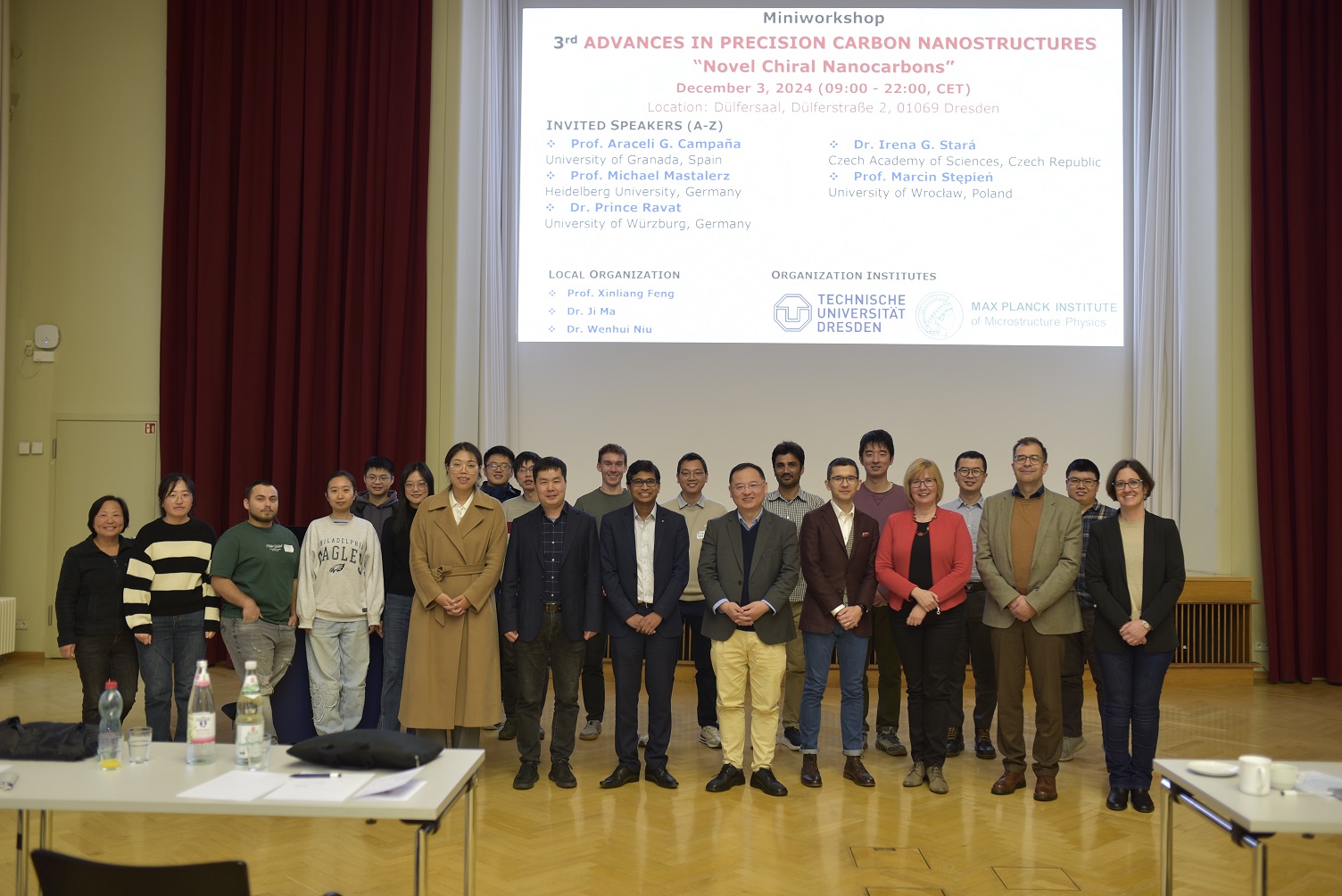
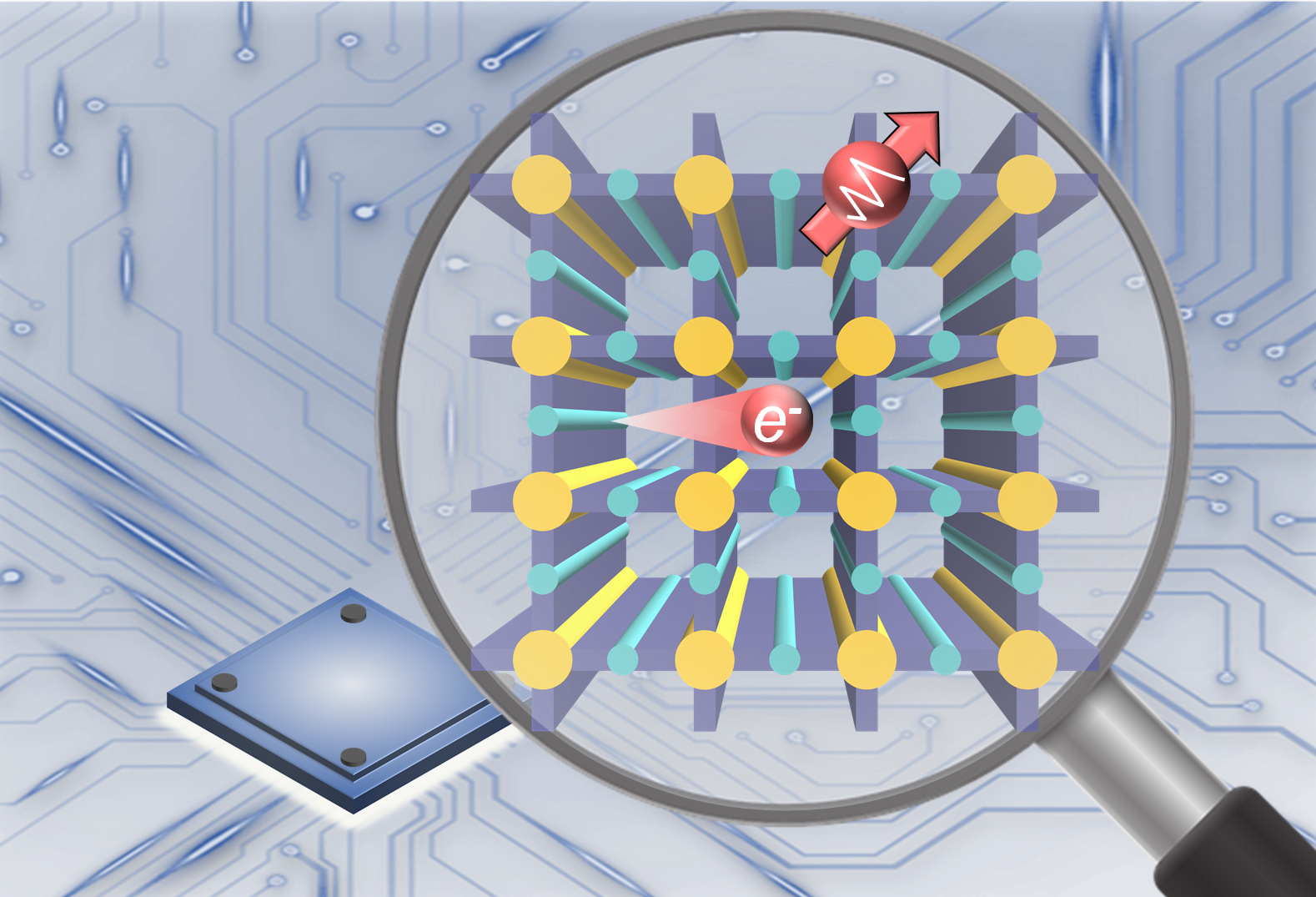
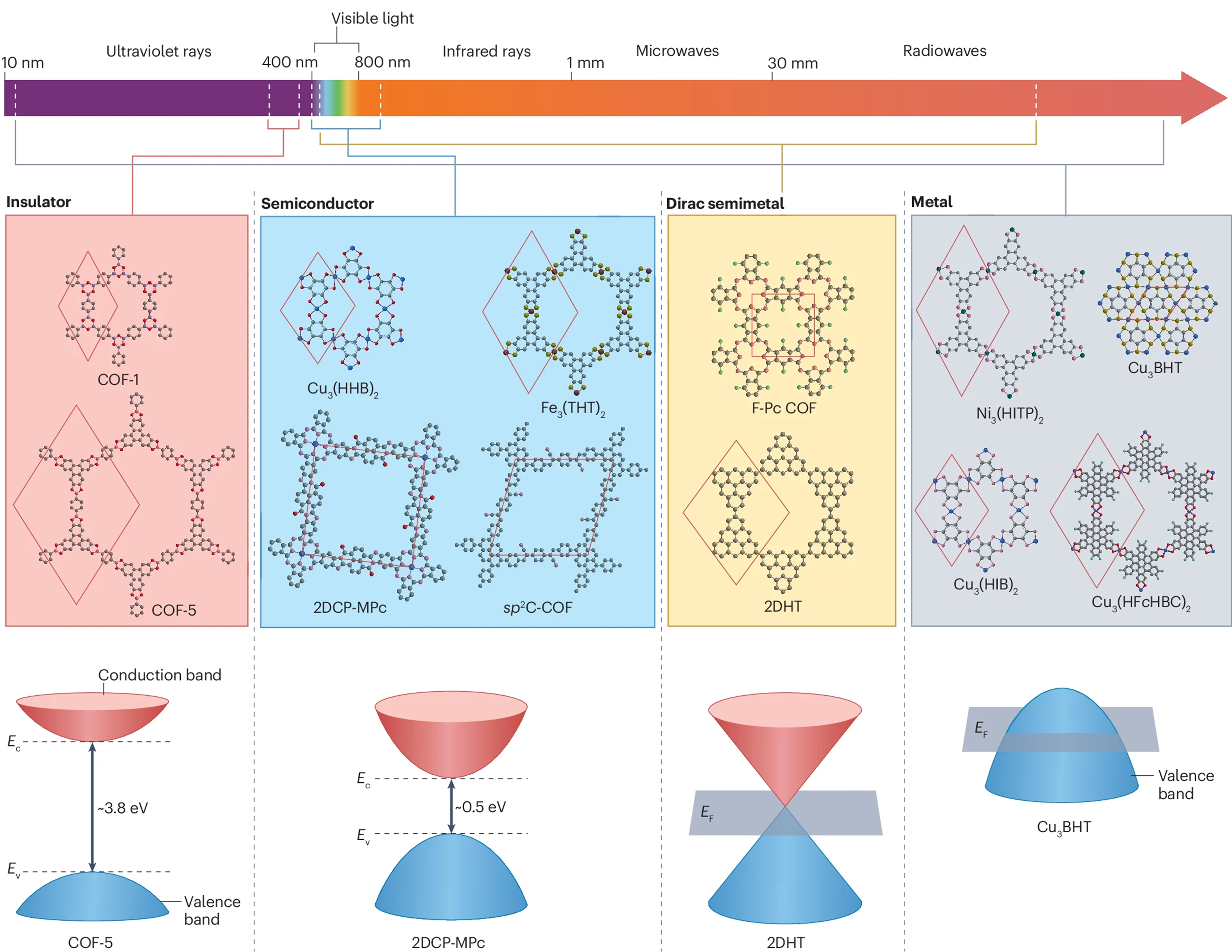
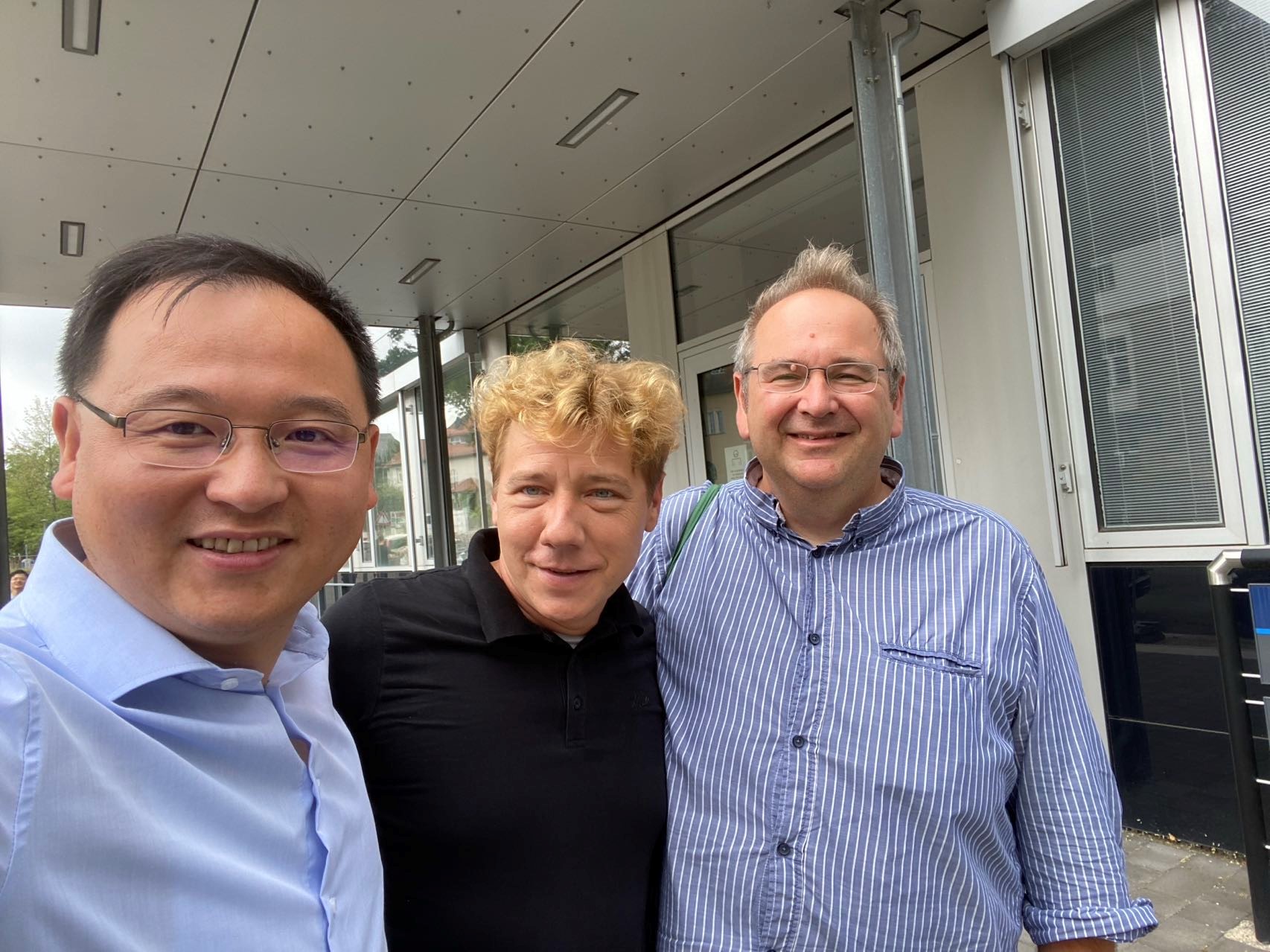
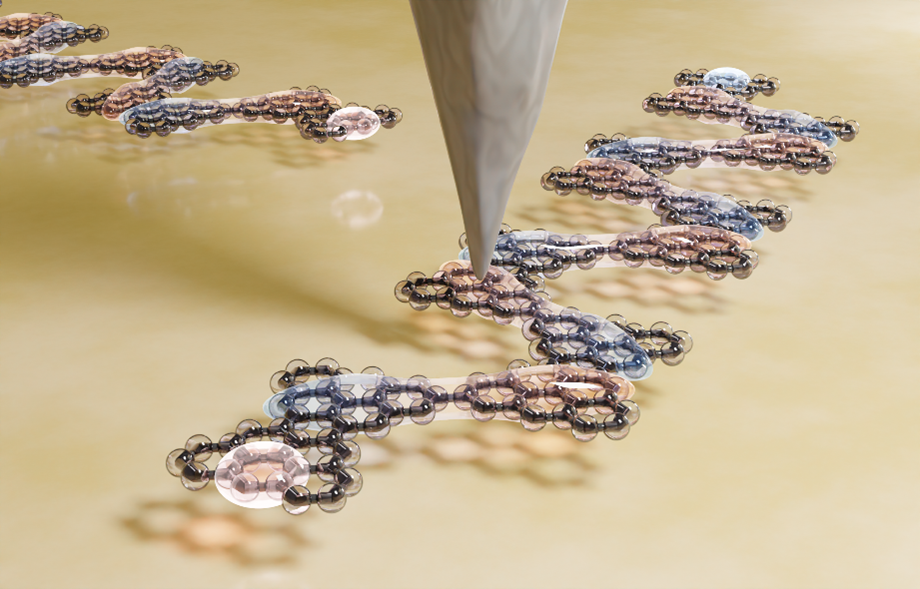
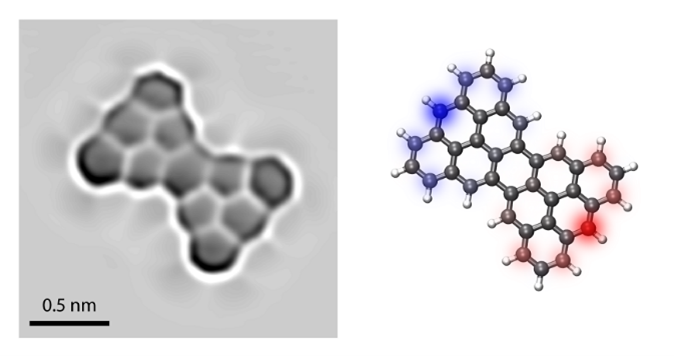 Left: High-resolution scanning tunneling microscopy image of Clar's Goblet. Right: Structural model of Clar's Goblet (blue: spin up, red: spin down). Image: Empa
Left: High-resolution scanning tunneling microscopy image of Clar's Goblet. Right: Structural model of Clar's Goblet (blue: spin up, red: spin down). Image: Empa A scanning tunneling microscopy image shows the spin chain made of individual Clar's Goblets. Image: EmpaTo be at the forefront of applied quantum physics, theoretical and experimental scientists from different disciplines need to work together. Chemists at Dresden University of Technology provided Empa researchers with the starting molecules for their synthesis of Clar's Goblets. And researchers from the International Iberian Nanotechnology Laboratory in Portugal contributed their theoretical expertise to the project. The theory needed for such breakthroughs is not (just) what you find in physics textbooks, Fasel emphasizes, but a sophisticated transfer between the quantum physics model and the experimental measurements.Credit: Empa
A scanning tunneling microscopy image shows the spin chain made of individual Clar's Goblets. Image: EmpaTo be at the forefront of applied quantum physics, theoretical and experimental scientists from different disciplines need to work together. Chemists at Dresden University of Technology provided Empa researchers with the starting molecules for their synthesis of Clar's Goblets. And researchers from the International Iberian Nanotechnology Laboratory in Portugal contributed their theoretical expertise to the project. The theory needed for such breakthroughs is not (just) what you find in physics textbooks, Fasel emphasizes, but a sophisticated transfer between the quantum physics model and the experimental measurements.Credit: Empa
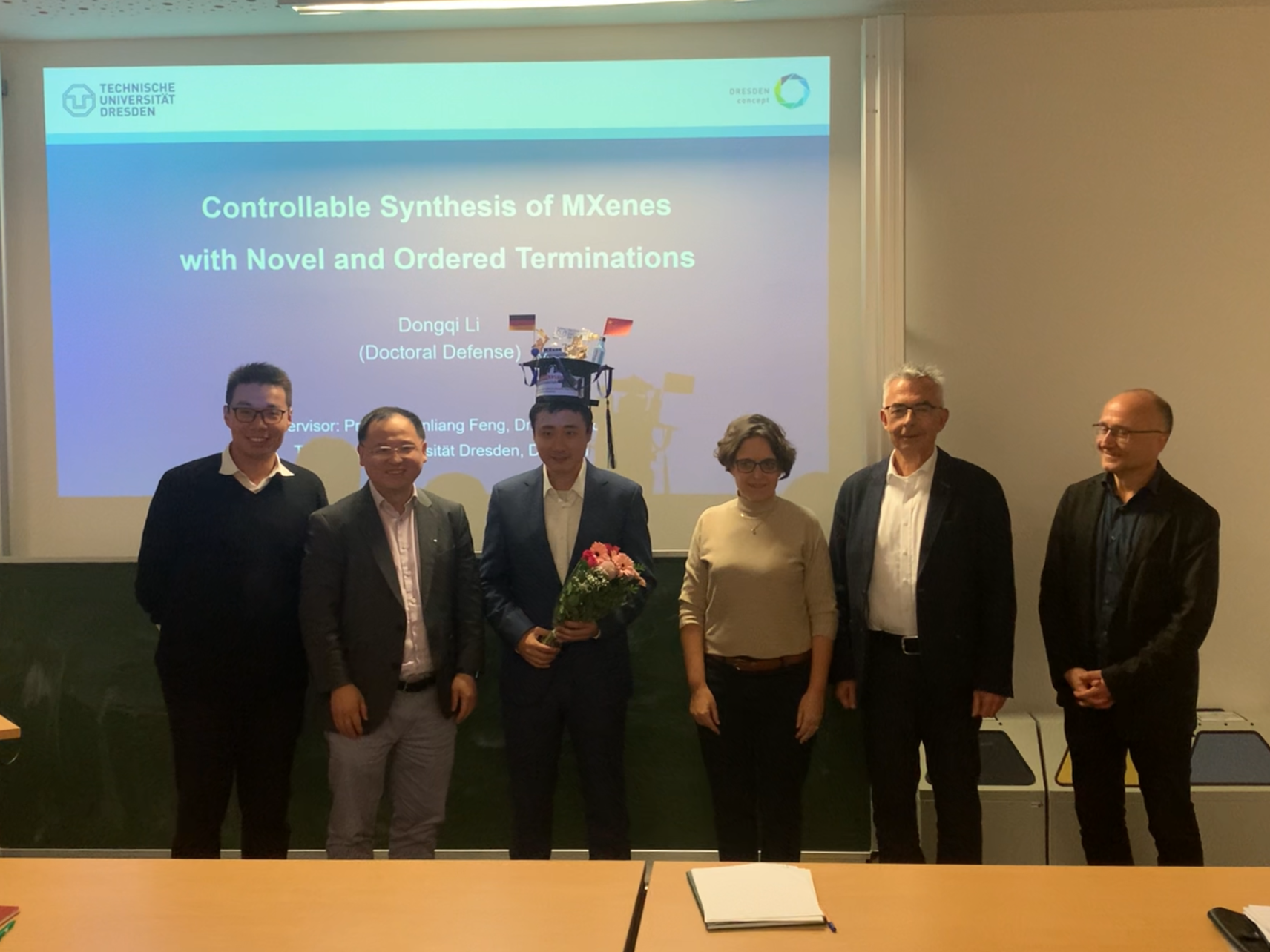
 About Dr. Wenhui NiuWenhui Niu was born in China in 1994. She obtained her B.Sc. in polymer engineering from Sichuan University in 2016 and her Ph.D. in chemistry under the supervision of Prof. Yiyong Mai at Shanghai Jiao Tong University in 2021. During her Ph.D. work, she pioneered the topological engineering of graphene nanoribbons with tailoring optoelectronics properties and excellent liquid-phase processability. After completing her PhD, Wenhui joined the Technische Universität Dresden as a postdoctoral fellow for one year, working with Prof. Xinliang Feng. After that, she joined the Max Planck Institute of Microstructure Physics as a research group leader, where her research focused on the development of novel chiral nanographenes with exceptional chiroptical properties. In 2023, Wenhui Niu was selected as a Minerva Fast Track group leader at the Max Planck Institute of Microstructure Physics, and since April 2024, she has been leading the “Quantum Chiral Nanocarbons” group. Her current research interests lie heavily on the recognition of spin polarization behavior of chiral nanocarbons and their potential applications in chiral spintronics.About the Arthur K. Doolittle AwardThe Arthur K. Doolittle Award originally established by the Union Carbide Corporation as the Carbide Award, its name was later changed due to Arthur K. Dootlittle's contribution to the ACS Division of PMSE, the field of polymeric materials, and financial contributions from royalties of his book, Technology of Solvents and Plasticizers. As the recipient of the Arthur K. Doolittle Award, the winner will receive a prize of $1,000 and a plaque, which will be presented at the PMSE/POLY Plenary Lecture and Awards Reception tentatively scheduled for Wednesday evening of the Spring 2025 National Meeting in San Diego, California.To learn more about the Award, visit the PMSE website (
About Dr. Wenhui NiuWenhui Niu was born in China in 1994. She obtained her B.Sc. in polymer engineering from Sichuan University in 2016 and her Ph.D. in chemistry under the supervision of Prof. Yiyong Mai at Shanghai Jiao Tong University in 2021. During her Ph.D. work, she pioneered the topological engineering of graphene nanoribbons with tailoring optoelectronics properties and excellent liquid-phase processability. After completing her PhD, Wenhui joined the Technische Universität Dresden as a postdoctoral fellow for one year, working with Prof. Xinliang Feng. After that, she joined the Max Planck Institute of Microstructure Physics as a research group leader, where her research focused on the development of novel chiral nanographenes with exceptional chiroptical properties. In 2023, Wenhui Niu was selected as a Minerva Fast Track group leader at the Max Planck Institute of Microstructure Physics, and since April 2024, she has been leading the “Quantum Chiral Nanocarbons” group. Her current research interests lie heavily on the recognition of spin polarization behavior of chiral nanocarbons and their potential applications in chiral spintronics.About the Arthur K. Doolittle AwardThe Arthur K. Doolittle Award originally established by the Union Carbide Corporation as the Carbide Award, its name was later changed due to Arthur K. Dootlittle's contribution to the ACS Division of PMSE, the field of polymeric materials, and financial contributions from royalties of his book, Technology of Solvents and Plasticizers. As the recipient of the Arthur K. Doolittle Award, the winner will receive a prize of $1,000 and a plaque, which will be presented at the PMSE/POLY Plenary Lecture and Awards Reception tentatively scheduled for Wednesday evening of the Spring 2025 National Meeting in San Diego, California.To learn more about the Award, visit the PMSE website (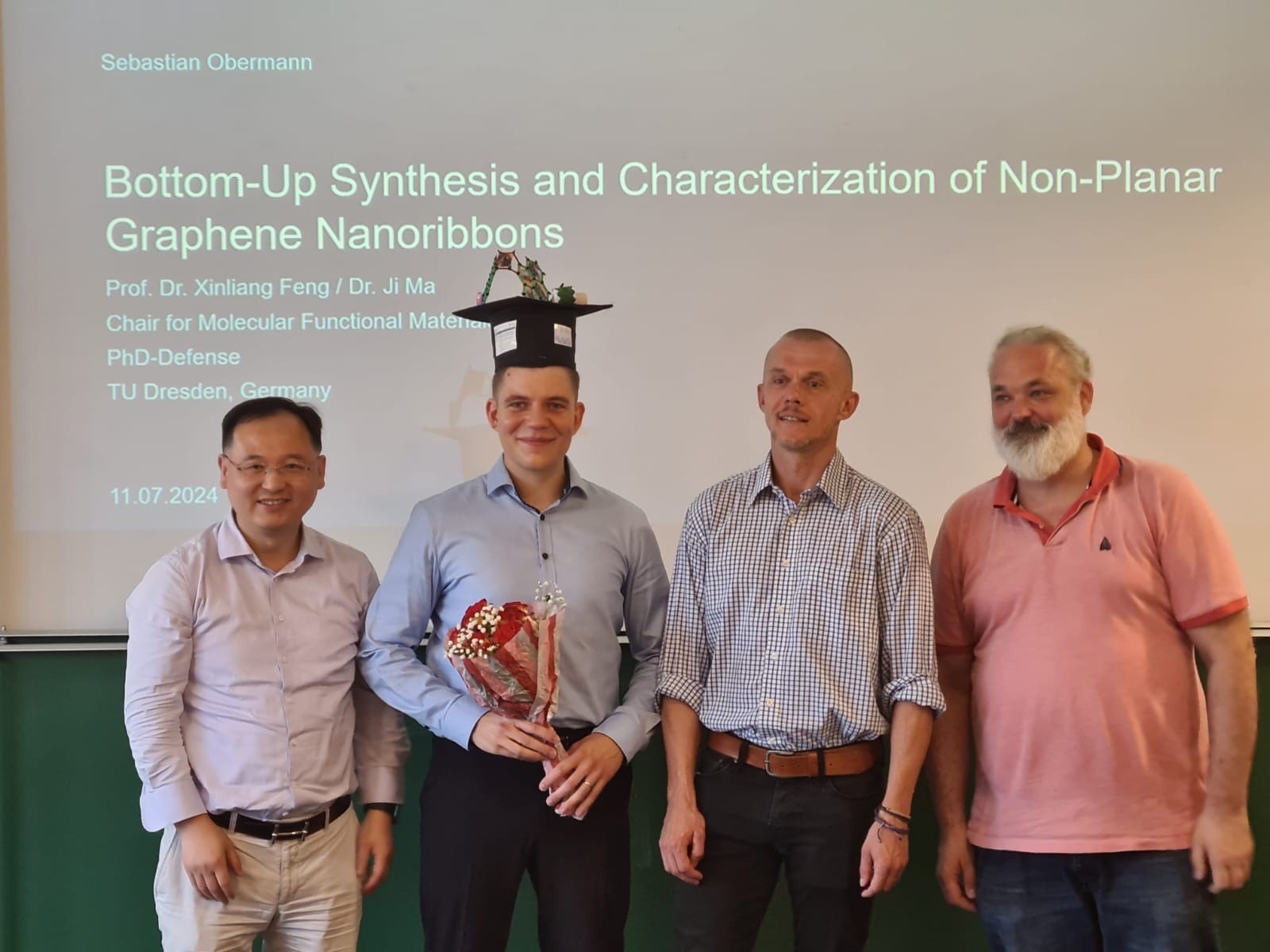
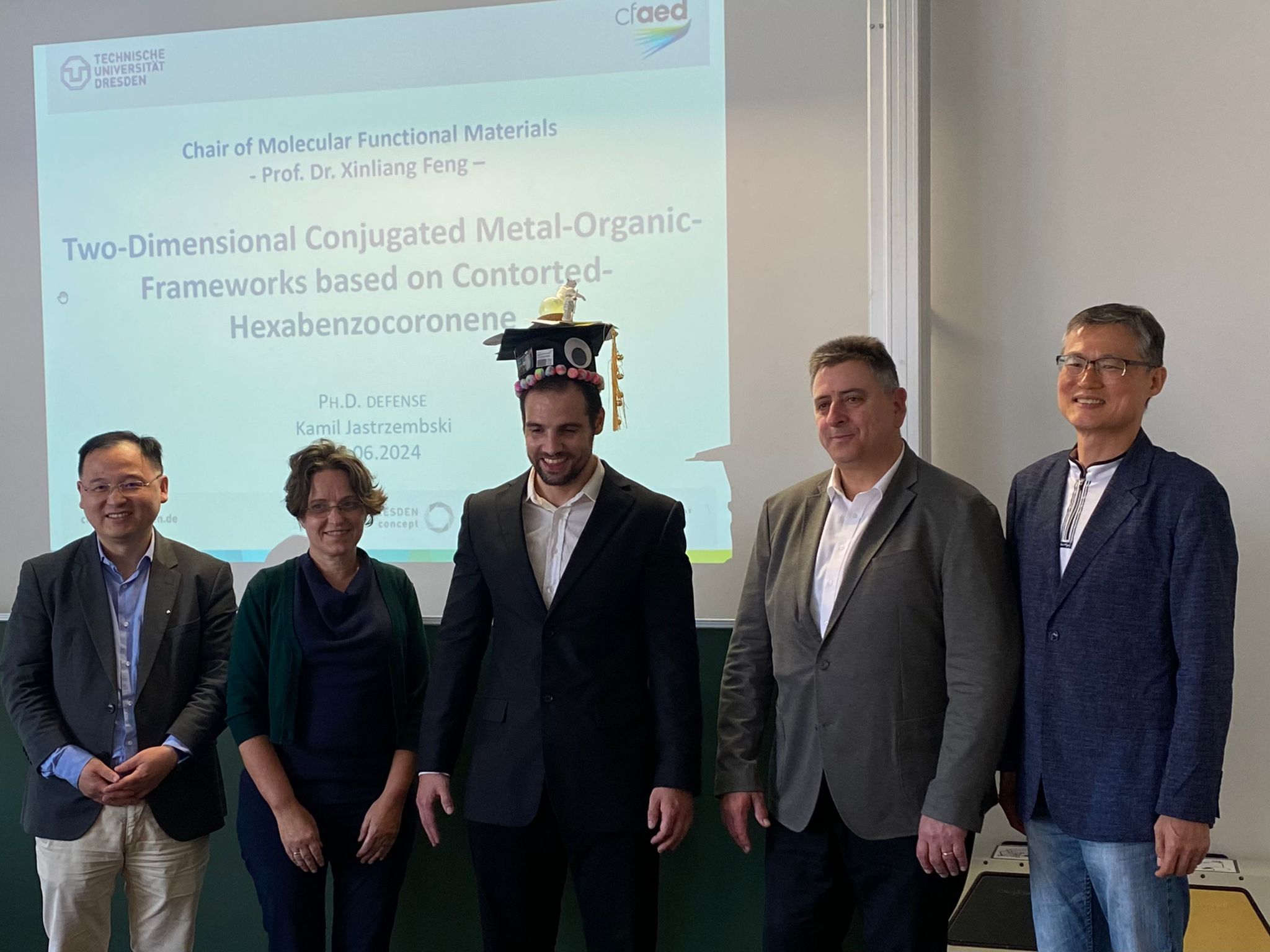
 Reference: Dongqi Li, Wenhao Zheng, Sai Manoj Gali, Kamil Sobczak, Michal Horák, Josef Polčák, Nikolaj Lopatik, Zichao Li, Jiaxu Zhang, Davood Sabaghi, Shengqiang Zhou, Paweł P. Michałowski, Ehrenfried Zschech, Eike Brunner, Mikołaj Donten, Tomáš Šikola, Mischa Bonn, Hai I. Wang*, David Beljonne*, Minghao Yu*. Xinliang Feng*, MXenes with ordered triatomic-layer borate polyanion terminations, Nat. Mater. (2024). DOI: 10.1038/s41563-024-01911-2.Acknowledgements: This work was financially supported by European Union’s Horizon 2020 research and innovation programme (GrapheneCore3 881603, LIGHT-CAP 101017821, GREENCAP 101091572), M-ERA.NET and Sächsisches Staatsministerium für Wissenschaft und Kunst (HYSUCAP 100478697), and German Research Foundation (DFG) within the Cluster of Excellence, CRC 1415 (Grant No. 417590517). TAČR EPSILON project (Nr. TH71020004), GAČR project (Nr. 23-07617S) and CzechNanoLab project (LM2023051) funded by MEYS CR are gratefully acknowledged for the financial support of the measurements in CEITEC Nano Research Infrastructure. The computational resources in Mons were supported by the FNRS “Consortium des Equipements de Calcul Intensif−CECI” program (Grant No. 2.5020.11) and by the Walloon Region (ZENOBE Tier-1 supercomputer, 1117545). D.L. was funded by China Scholarships Council (CSC). P.P.M. was supported by the National Science Centre (Project No. 2018/31/D/ST5/00399) and National Centre for Research and Development (Project No. LIDER/8/0055/L-12/20/NCBR/2021). The authors acknowledge the use of the facilities in the Dresden Center for Nanoanalysis (DCN) at Technische Universität Dresden, the GWK support for providing computing time through the Center for Information Services and High-Performance Computing (ZIH) at TU Dresden, and beam time allocation at beamline P65 at the PETRA III synchrotron (DESY, Hamburg, Germany) and beamline BL04 at ALBA synchrotron (Barcelona, Spain).
Reference: Dongqi Li, Wenhao Zheng, Sai Manoj Gali, Kamil Sobczak, Michal Horák, Josef Polčák, Nikolaj Lopatik, Zichao Li, Jiaxu Zhang, Davood Sabaghi, Shengqiang Zhou, Paweł P. Michałowski, Ehrenfried Zschech, Eike Brunner, Mikołaj Donten, Tomáš Šikola, Mischa Bonn, Hai I. Wang*, David Beljonne*, Minghao Yu*. Xinliang Feng*, MXenes with ordered triatomic-layer borate polyanion terminations, Nat. Mater. (2024). DOI: 10.1038/s41563-024-01911-2.Acknowledgements: This work was financially supported by European Union’s Horizon 2020 research and innovation programme (GrapheneCore3 881603, LIGHT-CAP 101017821, GREENCAP 101091572), M-ERA.NET and Sächsisches Staatsministerium für Wissenschaft und Kunst (HYSUCAP 100478697), and German Research Foundation (DFG) within the Cluster of Excellence, CRC 1415 (Grant No. 417590517). TAČR EPSILON project (Nr. TH71020004), GAČR project (Nr. 23-07617S) and CzechNanoLab project (LM2023051) funded by MEYS CR are gratefully acknowledged for the financial support of the measurements in CEITEC Nano Research Infrastructure. The computational resources in Mons were supported by the FNRS “Consortium des Equipements de Calcul Intensif−CECI” program (Grant No. 2.5020.11) and by the Walloon Region (ZENOBE Tier-1 supercomputer, 1117545). D.L. was funded by China Scholarships Council (CSC). P.P.M. was supported by the National Science Centre (Project No. 2018/31/D/ST5/00399) and National Centre for Research and Development (Project No. LIDER/8/0055/L-12/20/NCBR/2021). The authors acknowledge the use of the facilities in the Dresden Center for Nanoanalysis (DCN) at Technische Universität Dresden, the GWK support for providing computing time through the Center for Information Services and High-Performance Computing (ZIH) at TU Dresden, and beam time allocation at beamline P65 at the PETRA III synchrotron (DESY, Hamburg, Germany) and beamline BL04 at ALBA synchrotron (Barcelona, Spain).
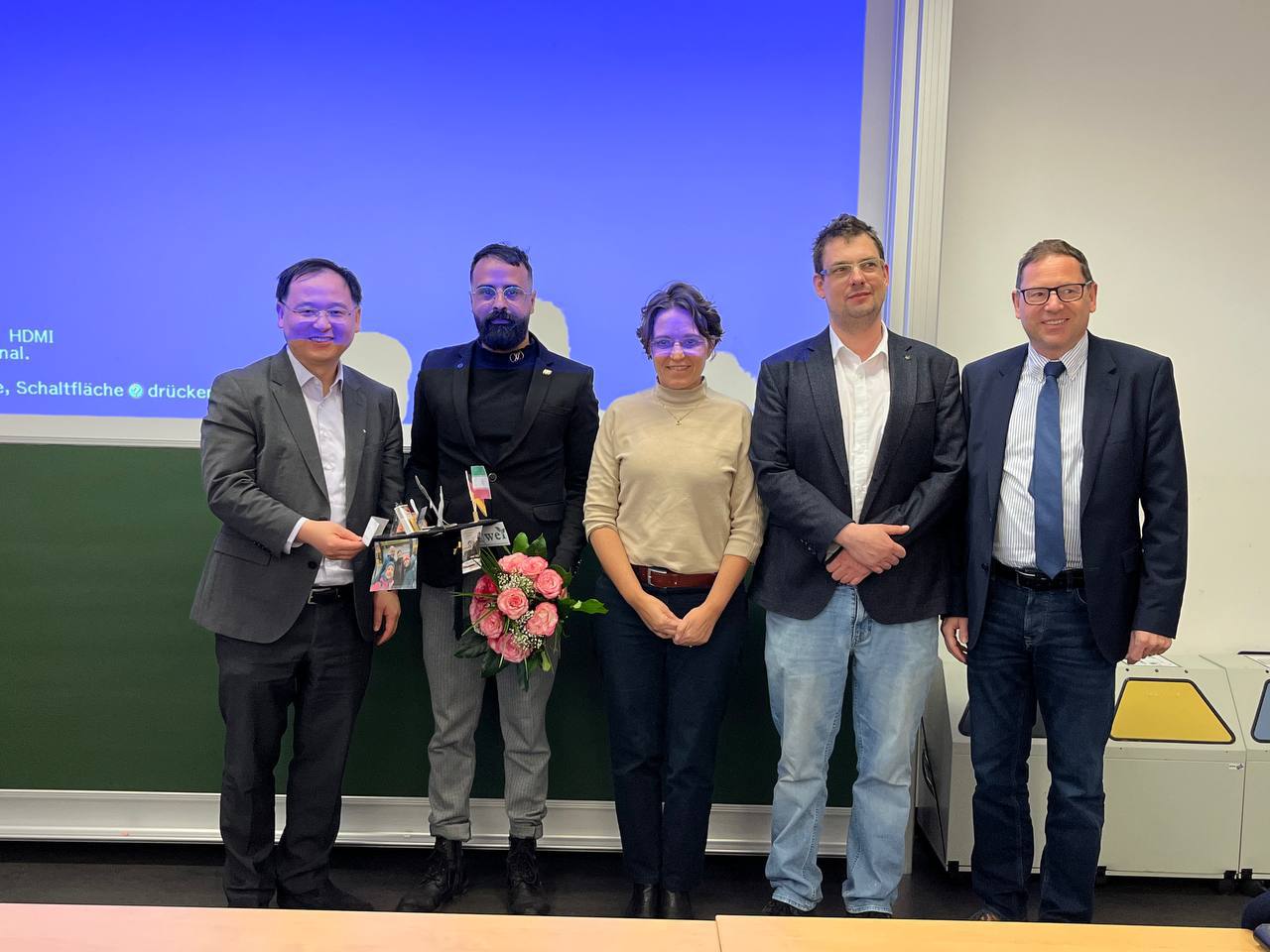
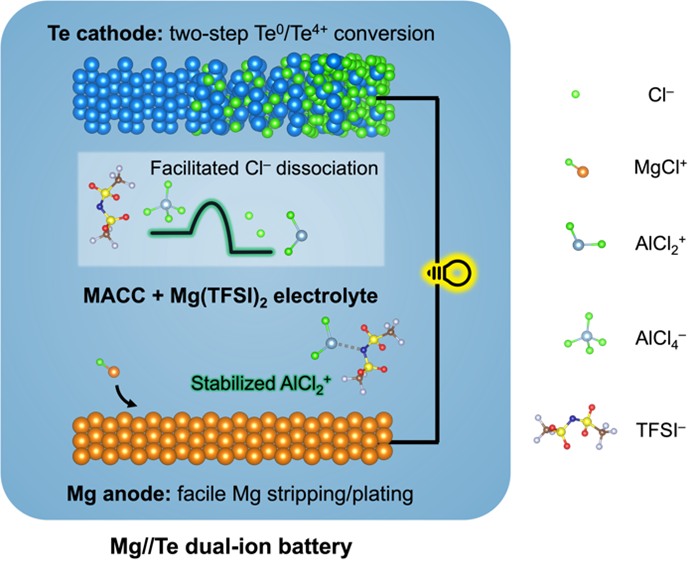 Reference: Ahiud Morag, Xingyuan Chu, Maciej Marczewski, Jonas Kunigkeit, Christof Neumann, Davood Sabaghi, Grażyna Zofia Żukowska, Jingwei Du, Xiaodong Li, Andrey Turchanin, Eike Brunner, Xinliang Feng,* Minghao Yu* Angew. Chem. Int. Ed. 2024, e202401818Acknowledgements: This work was financially supported by European Union’s Horizon Europe research and innovation programme (ERC Starting Grant, BattSkin, 101116722), European Union’s Horizon 2020 research and innovation programme (LIGHT-CAP 101017821), German Research Foundation (DFG) within the Cluster of Excellence, CRC 1415 (Grant No. 417590517), and the European Fonds for Regional Development (Europäischer Fonds für Regionale Entwicklung; EFRE-OP 2014-2020; Project No. 2021 FGI 0035, NanoLabXPS) as part of the REACT-EU program. The authors also acknowledge the use of the facilities in the Dresden Center for Nanoanalysis (DCN) at Technische Universität Dresden, the GWK support for providing computing time through the Center for Information Services and High-Performance Computing (ZIH) at TU Dresden. We acknowledge DESY (Hamburg, Germany), a member of the Helmholtz Association HGF, for the provision of experimental facilities. Parts of this research were carried out at PETRA III, and we would like to thank Edmund Welter and Dr. Andre L. C Conceição for assistance in using beamlines P65 and P62, respectively. WAXS experiments were also performed at BL11 beamline at ALBA Synchrotron with the collaboration of Dr. Cristián Huck Iriart. We acknowledge the European Synchrotron Radiation Facility (ESRF) for the provision of synchrotron radiation facilities, and we would like to thank Dr. Cesare Atzorifor's assistance and support in using beamline BM23.
Reference: Ahiud Morag, Xingyuan Chu, Maciej Marczewski, Jonas Kunigkeit, Christof Neumann, Davood Sabaghi, Grażyna Zofia Żukowska, Jingwei Du, Xiaodong Li, Andrey Turchanin, Eike Brunner, Xinliang Feng,* Minghao Yu* Angew. Chem. Int. Ed. 2024, e202401818Acknowledgements: This work was financially supported by European Union’s Horizon Europe research and innovation programme (ERC Starting Grant, BattSkin, 101116722), European Union’s Horizon 2020 research and innovation programme (LIGHT-CAP 101017821), German Research Foundation (DFG) within the Cluster of Excellence, CRC 1415 (Grant No. 417590517), and the European Fonds for Regional Development (Europäischer Fonds für Regionale Entwicklung; EFRE-OP 2014-2020; Project No. 2021 FGI 0035, NanoLabXPS) as part of the REACT-EU program. The authors also acknowledge the use of the facilities in the Dresden Center for Nanoanalysis (DCN) at Technische Universität Dresden, the GWK support for providing computing time through the Center for Information Services and High-Performance Computing (ZIH) at TU Dresden. We acknowledge DESY (Hamburg, Germany), a member of the Helmholtz Association HGF, for the provision of experimental facilities. Parts of this research were carried out at PETRA III, and we would like to thank Edmund Welter and Dr. Andre L. C Conceição for assistance in using beamlines P65 and P62, respectively. WAXS experiments were also performed at BL11 beamline at ALBA Synchrotron with the collaboration of Dr. Cristián Huck Iriart. We acknowledge the European Synchrotron Radiation Facility (ESRF) for the provision of synchrotron radiation facilities, and we would like to thank Dr. Cesare Atzorifor's assistance and support in using beamline BM23.
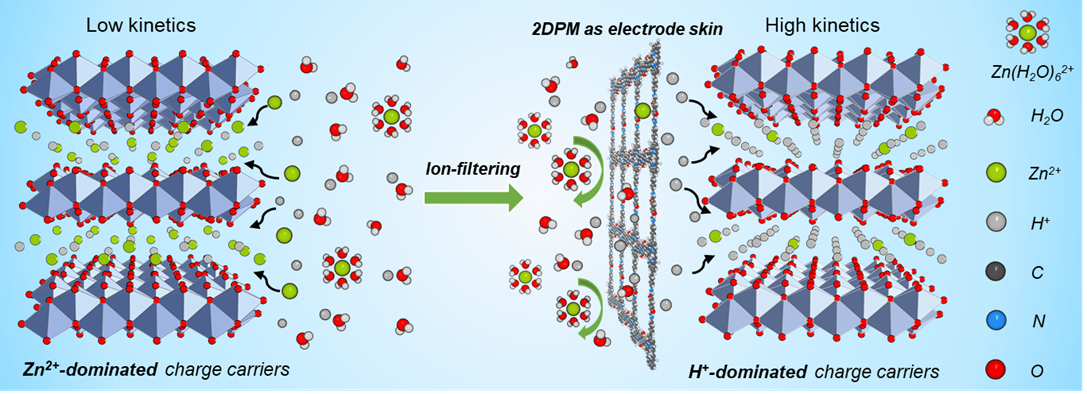 Acknowledgements: This work was financially supported by European Union’s Horizon Europe research and innovation programme (ERC Starting Grant, BattSkin, 101116722), European Union’s Horizon 2020 research and innovation programme (LIGHT-CAP 101017821), the ERC Consolidator Grant (T2DCP, NO. 819698), German Research Foundation (DFG) within the Cluster of Excellence, CRC 1415 (Grant No. 417590517), and Polymer-based Batteries (SPP 2248, RACOF-MMIS). The authors acknowledge the use of the facilities in the Dresden Center for Nanoanalysis (DCN) at the Technische Universität Dresden, the GWK support for providing computing time through the Center for Information Services and High-Performance Computing (ZIH) at TU Dresden, beam time allocation at beamline P02.1 and P65 at the PETRA III synchrotron (DESY, Hamburg, Germany), and beam time allocation at beamline 3C SAXS-I and 9A U-SAXS at the Pohang Accelerator Laboratory (PLS-II).Reference: Guo, Q., Li, W., Li, X. et al. Proton-selective coating enables fast-kinetics high-mass-loading cathodes for sustainable zinc batteries. Nat. Commun. 15, 2139 (2024). https://doi.org/10.1038/s41467-024-46464-9.
Acknowledgements: This work was financially supported by European Union’s Horizon Europe research and innovation programme (ERC Starting Grant, BattSkin, 101116722), European Union’s Horizon 2020 research and innovation programme (LIGHT-CAP 101017821), the ERC Consolidator Grant (T2DCP, NO. 819698), German Research Foundation (DFG) within the Cluster of Excellence, CRC 1415 (Grant No. 417590517), and Polymer-based Batteries (SPP 2248, RACOF-MMIS). The authors acknowledge the use of the facilities in the Dresden Center for Nanoanalysis (DCN) at the Technische Universität Dresden, the GWK support for providing computing time through the Center for Information Services and High-Performance Computing (ZIH) at TU Dresden, beam time allocation at beamline P02.1 and P65 at the PETRA III synchrotron (DESY, Hamburg, Germany), and beam time allocation at beamline 3C SAXS-I and 9A U-SAXS at the Pohang Accelerator Laboratory (PLS-II).Reference: Guo, Q., Li, W., Li, X. et al. Proton-selective coating enables fast-kinetics high-mass-loading cathodes for sustainable zinc batteries. Nat. Commun. 15, 2139 (2024). https://doi.org/10.1038/s41467-024-46464-9.
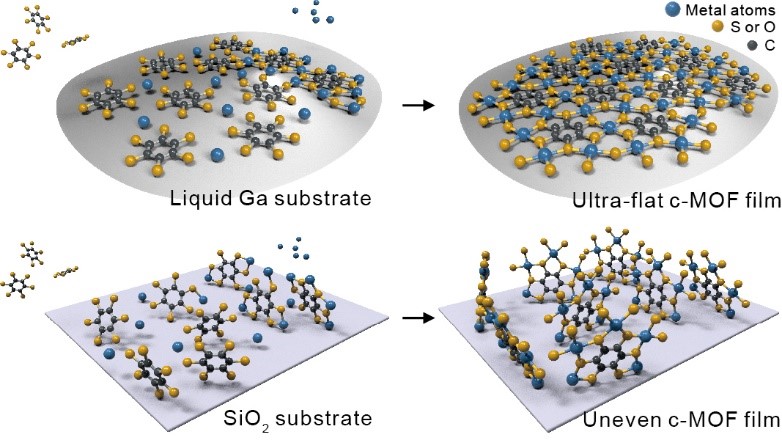 Reference: Jinxin Liu, Yunxu Chen, Xing Huang, Yanhan Ren, Mike Hambsch, David Bodesheim, Darius Pohl, Xiaodong Li, Marielle Deconinck, Bowen Zhang, Markus Löffler, Zhongquan Liao, Fengxiang Zhao, Arezoo Dianat, Gianaurelio Cuniberti, Yana Vaynzof, Junfeng Gao*, Jingcheng Hao, Stefan C. B. Mannsfeld, Xinliang Feng*, Renhao Dong*. On-liquid-gallium surface synthesis of ultrasmooth thin films of conductive metal–organic frameworks. Nat. Synth. (2024). DOI: 10.1038/s44160-024-00513-9.Acknowledgements: This work was financially supported by National Natural Science Foundation of China (22272092), ERC starting grant (FC2DMOF, number 852909), ERC Consolidator grant (T2DCP), SFB-1415 (number 417590517), GRK2861 (number 491865171), EMPIR-20FUN03-COMET, and by the German Science Council, Center for Advancing Electronics Dresden (CFAED). This project has received funding from the European Research Council (ERC) under the European Union’s Horizon 2020 research and innovation programme (ERC grant agreement number 714067, ENERGYMAPS). We acknowledge the European Synchrotron Radiation Facility (ESRF) for provision of synchrotron radiation facilities and we thank O. Konovalov for assistance and support in using beamline ID10. We acknowledge Elettra Sincrotrone Trieste for providing access to its synchrotron radiation facilities and for financial support under the IUS internal project. We thank L. Barba for assistance in using beamline XRD1. We acknowledge Dresden Center for Nanoanalysis (DCN) at TUD. R.D. thanks the Taishan Scholars Program of Shandong Province (tsqn201909047) and the Natural Science Foundation of Shandong Province (ZR2023JQ005). We thank Z. Wang for his help with TEM measurements. J.L. gratefully acknowledges funding from the Alexander von Humboldt Foundation.
Reference: Jinxin Liu, Yunxu Chen, Xing Huang, Yanhan Ren, Mike Hambsch, David Bodesheim, Darius Pohl, Xiaodong Li, Marielle Deconinck, Bowen Zhang, Markus Löffler, Zhongquan Liao, Fengxiang Zhao, Arezoo Dianat, Gianaurelio Cuniberti, Yana Vaynzof, Junfeng Gao*, Jingcheng Hao, Stefan C. B. Mannsfeld, Xinliang Feng*, Renhao Dong*. On-liquid-gallium surface synthesis of ultrasmooth thin films of conductive metal–organic frameworks. Nat. Synth. (2024). DOI: 10.1038/s44160-024-00513-9.Acknowledgements: This work was financially supported by National Natural Science Foundation of China (22272092), ERC starting grant (FC2DMOF, number 852909), ERC Consolidator grant (T2DCP), SFB-1415 (number 417590517), GRK2861 (number 491865171), EMPIR-20FUN03-COMET, and by the German Science Council, Center for Advancing Electronics Dresden (CFAED). This project has received funding from the European Research Council (ERC) under the European Union’s Horizon 2020 research and innovation programme (ERC grant agreement number 714067, ENERGYMAPS). We acknowledge the European Synchrotron Radiation Facility (ESRF) for provision of synchrotron radiation facilities and we thank O. Konovalov for assistance and support in using beamline ID10. We acknowledge Elettra Sincrotrone Trieste for providing access to its synchrotron radiation facilities and for financial support under the IUS internal project. We thank L. Barba for assistance in using beamline XRD1. We acknowledge Dresden Center for Nanoanalysis (DCN) at TUD. R.D. thanks the Taishan Scholars Program of Shandong Province (tsqn201909047) and the Natural Science Foundation of Shandong Province (ZR2023JQ005). We thank Z. Wang for his help with TEM measurements. J.L. gratefully acknowledges funding from the Alexander von Humboldt Foundation.
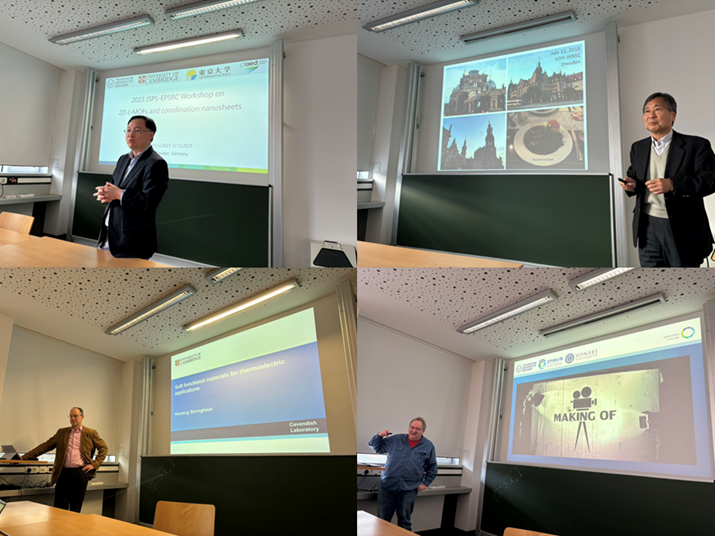 Our onsite workshop on Two Dimensional Conjugated MOFs (2D c-MOFs) and Coordination Nanosheets brought together an esteemed gathering of over 40 researchers from around the world on December 11th and 12th, 2023.Esteemed speakers hailing from prestigious research institutions in Germany, France, the United Kingdom, Korea, and Japan shared groundbreaking insights spanning a wide spectrum of disciplines. The symposium delved into the realms of coordination chemistry, organic and inorganic synthesis, nanoscience, electronics, and the condensed physics of 2D c-MOFs and coordination nanosheets. The 21 invited speakers enriched the event with their expertise, engaging in vibrant discussions and presenting the very latest developments in their respective fields.
Our onsite workshop on Two Dimensional Conjugated MOFs (2D c-MOFs) and Coordination Nanosheets brought together an esteemed gathering of over 40 researchers from around the world on December 11th and 12th, 2023.Esteemed speakers hailing from prestigious research institutions in Germany, France, the United Kingdom, Korea, and Japan shared groundbreaking insights spanning a wide spectrum of disciplines. The symposium delved into the realms of coordination chemistry, organic and inorganic synthesis, nanoscience, electronics, and the condensed physics of 2D c-MOFs and coordination nanosheets. The 21 invited speakers enriched the event with their expertise, engaging in vibrant discussions and presenting the very latest developments in their respective fields.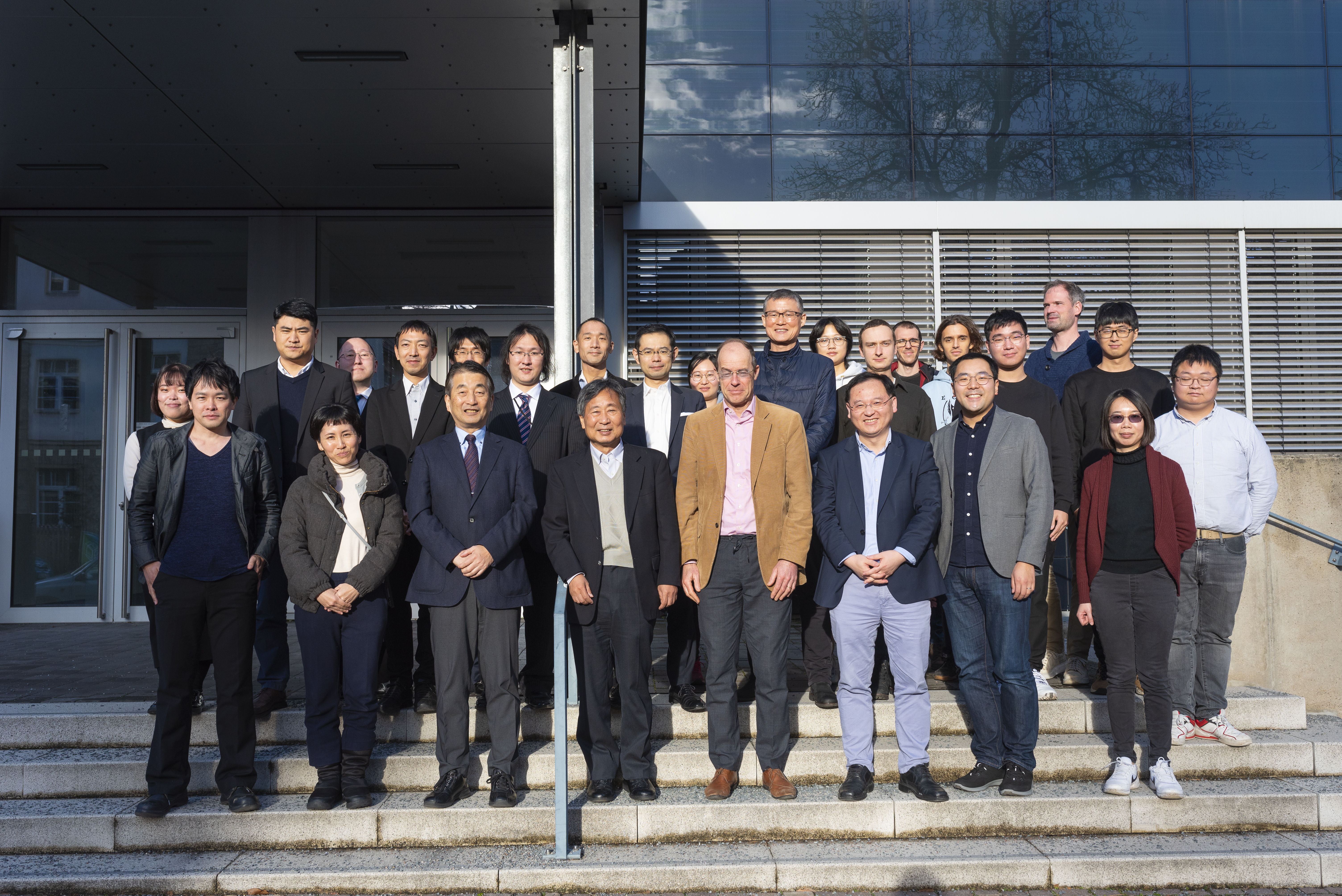 The masterful coordination of this symposium was orchestrated by the adept Prof. Xinliang Feng, whose affiliations include TU Dresden and MPI of Microstructure Physics, Halle, and the accomplished Dr. Yang from the University of Strasbourg and TU Dresden.Beyond being a platform for the dissemination of cutting-edge research, this symposium underscored the collective pursuit of knowledge and innovation within the global scientific community. The collaborative spirit that permeated the event not only showcased the most recent advancements in organic 2D materials but also served as a beacon for future collaborative endeavors that transcend geographical boundaries. The symposium stands as a testament to the shared commitment to advancing our understanding of 2D c-MOFs and coordination nanosheets.
The masterful coordination of this symposium was orchestrated by the adept Prof. Xinliang Feng, whose affiliations include TU Dresden and MPI of Microstructure Physics, Halle, and the accomplished Dr. Yang from the University of Strasbourg and TU Dresden.Beyond being a platform for the dissemination of cutting-edge research, this symposium underscored the collective pursuit of knowledge and innovation within the global scientific community. The collaborative spirit that permeated the event not only showcased the most recent advancements in organic 2D materials but also served as a beacon for future collaborative endeavors that transcend geographical boundaries. The symposium stands as a testament to the shared commitment to advancing our understanding of 2D c-MOFs and coordination nanosheets.
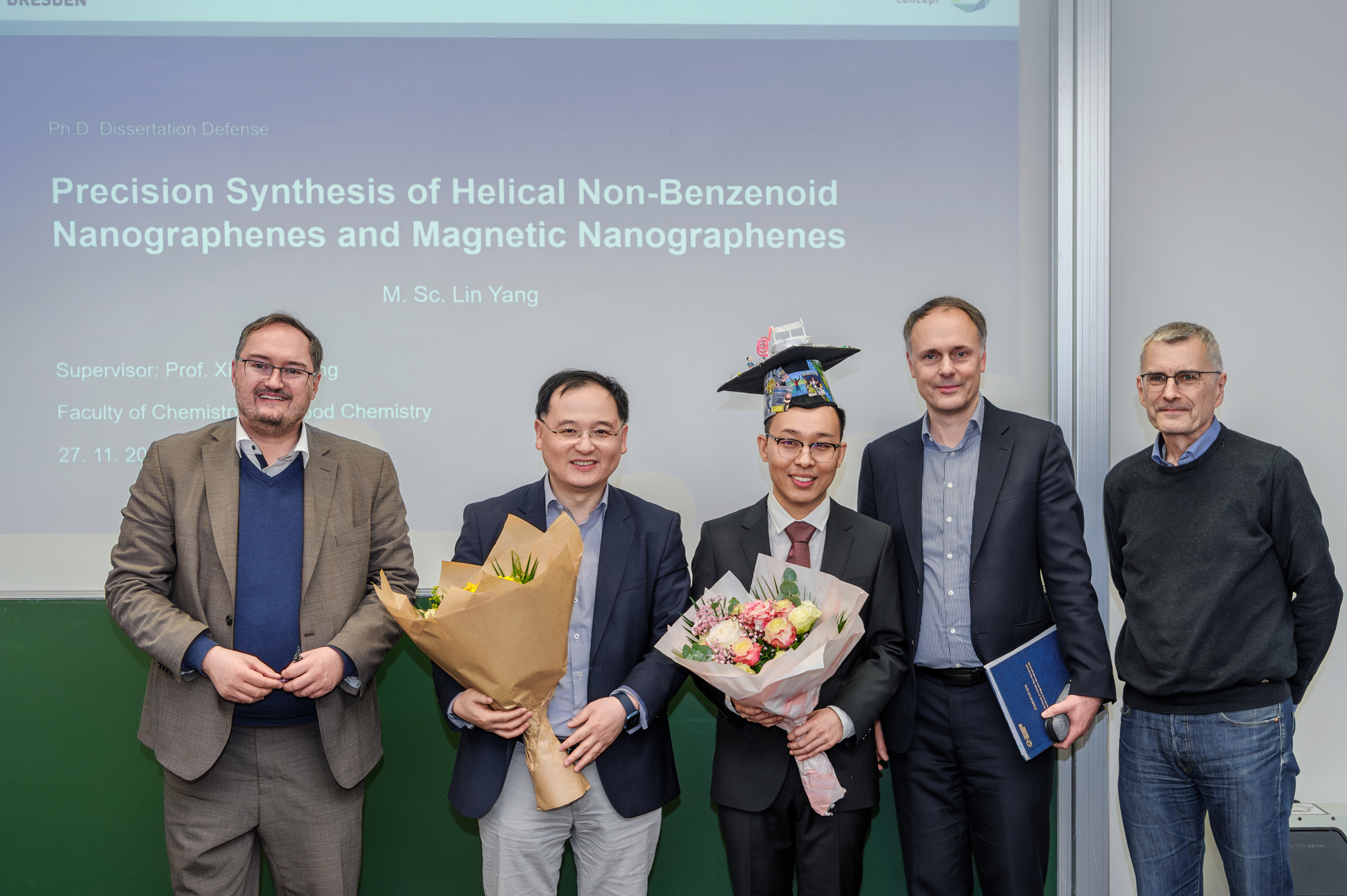
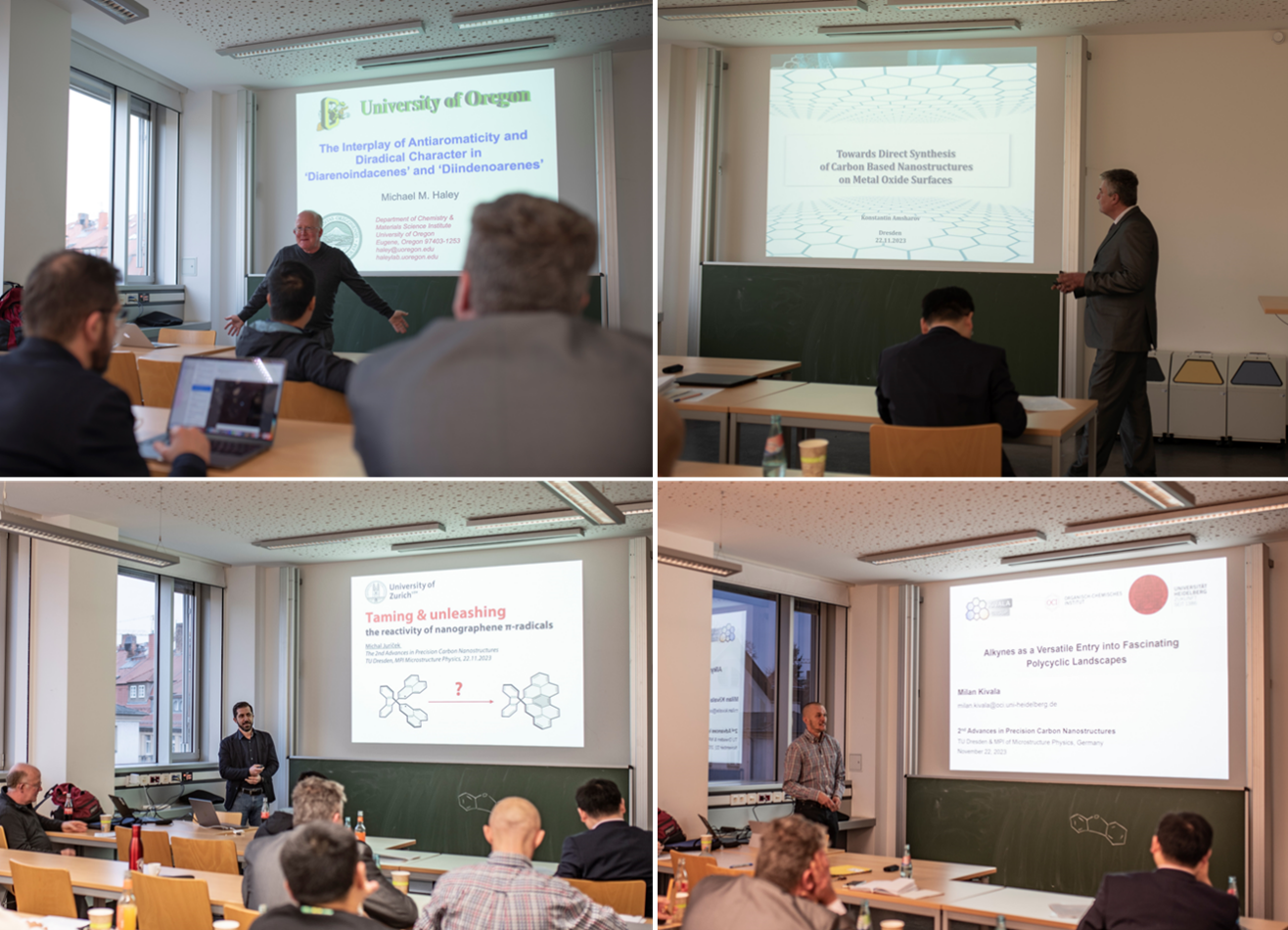 On November 22nd, an enlightening workshop on the 2nd “Advances in Precision Carbon Nanostructures (PCNano)” took place in Dresden, showcasing the forefront of research in this research field. The event featured four distinguished speakers from around the globe, each delivering outstanding presentations:
On November 22nd, an enlightening workshop on the 2nd “Advances in Precision Carbon Nanostructures (PCNano)” took place in Dresden, showcasing the forefront of research in this research field. The event featured four distinguished speakers from around the globe, each delivering outstanding presentations:
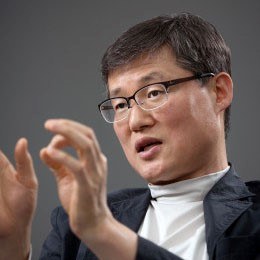
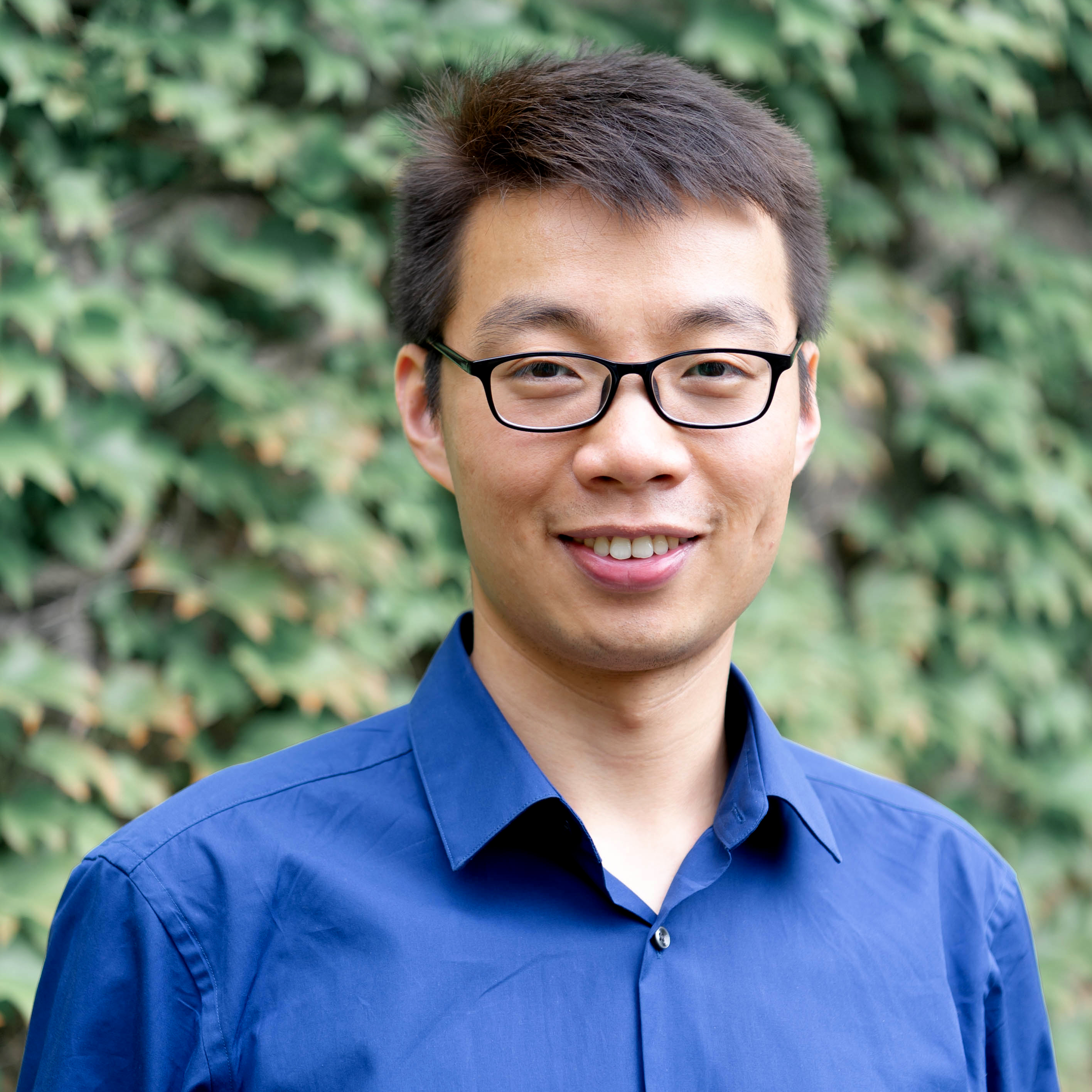

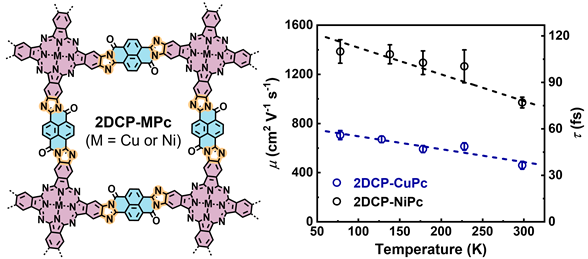
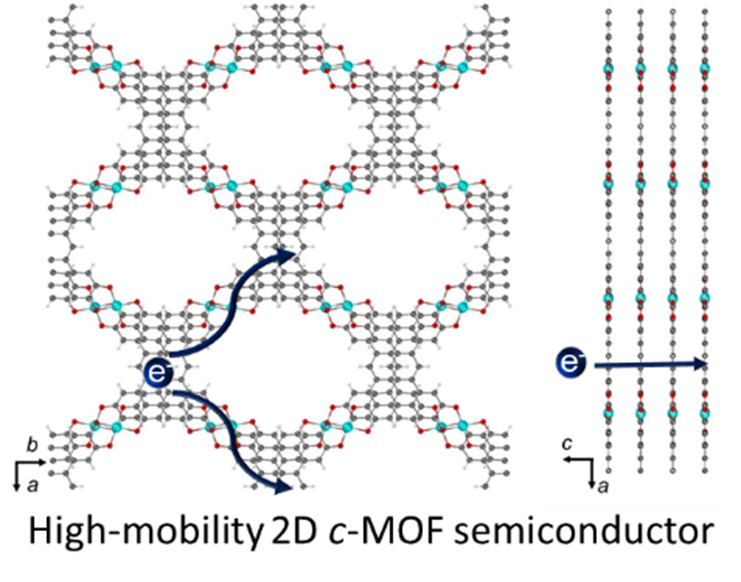
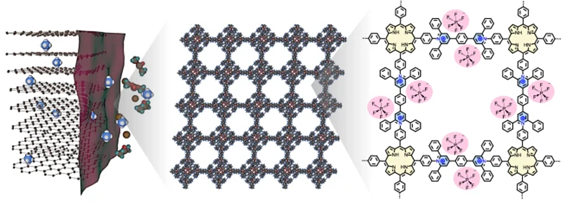
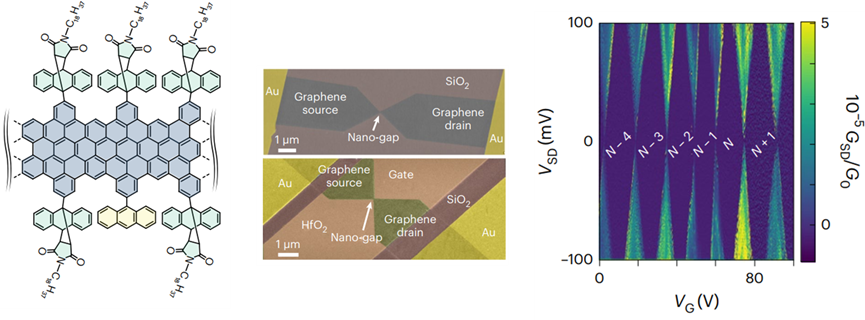
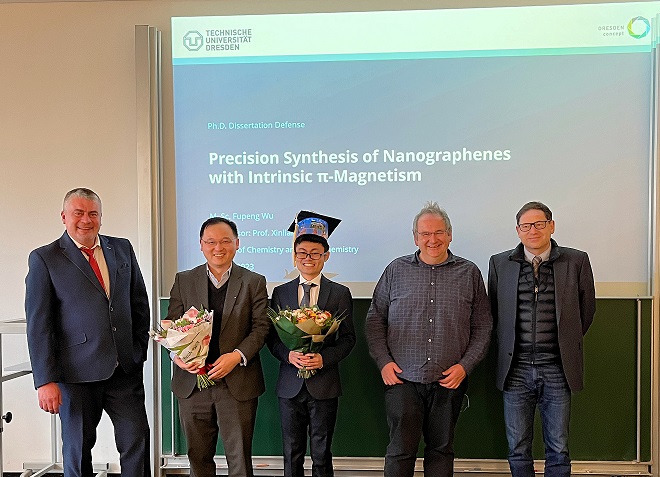

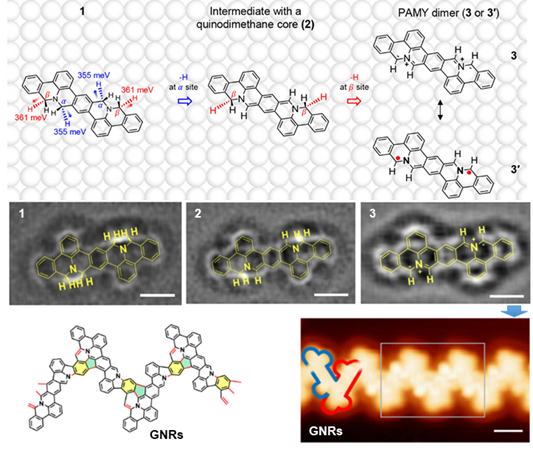
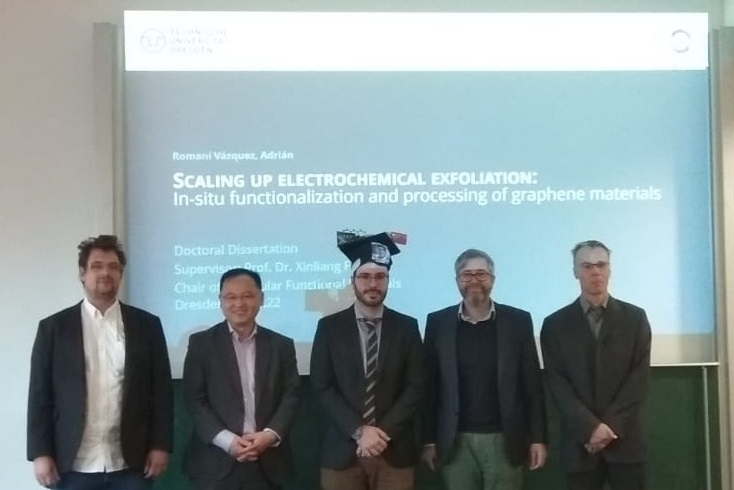
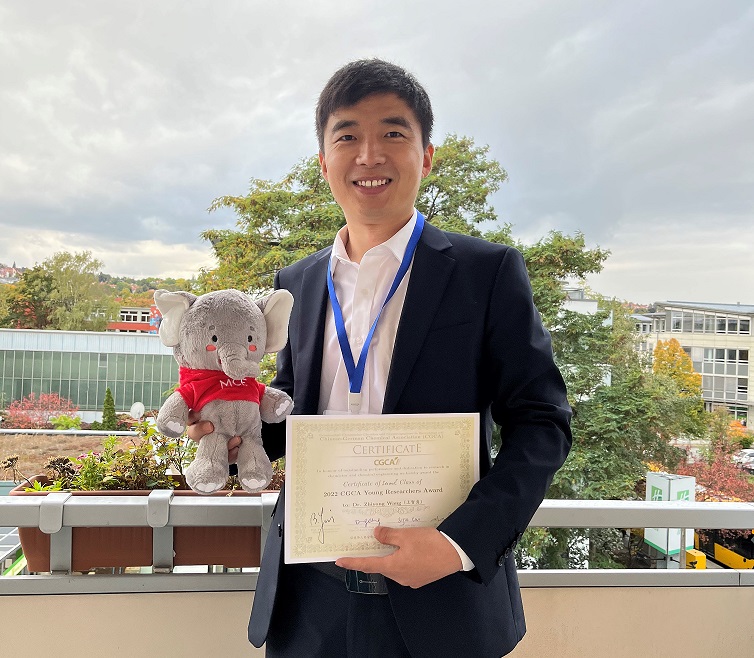
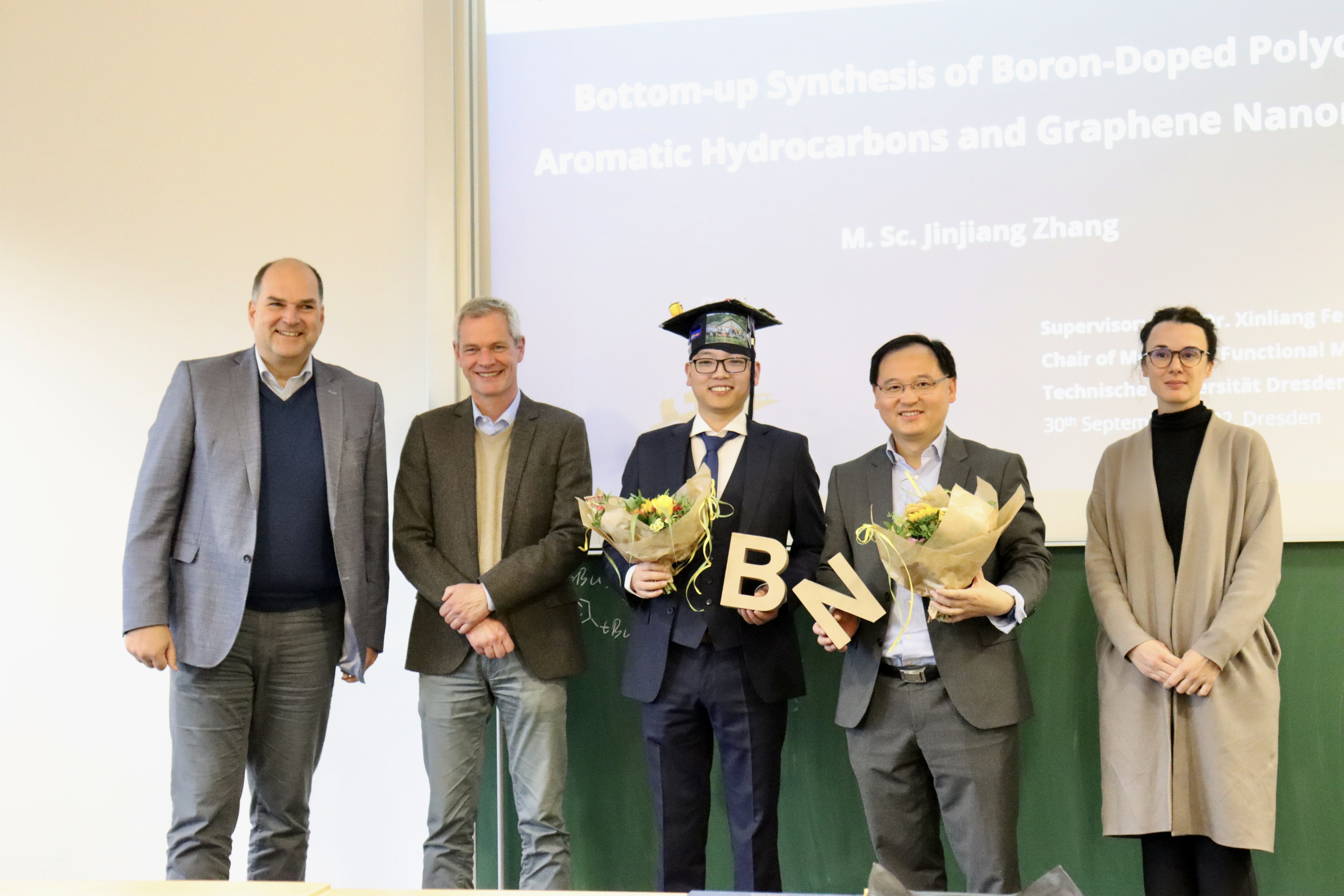
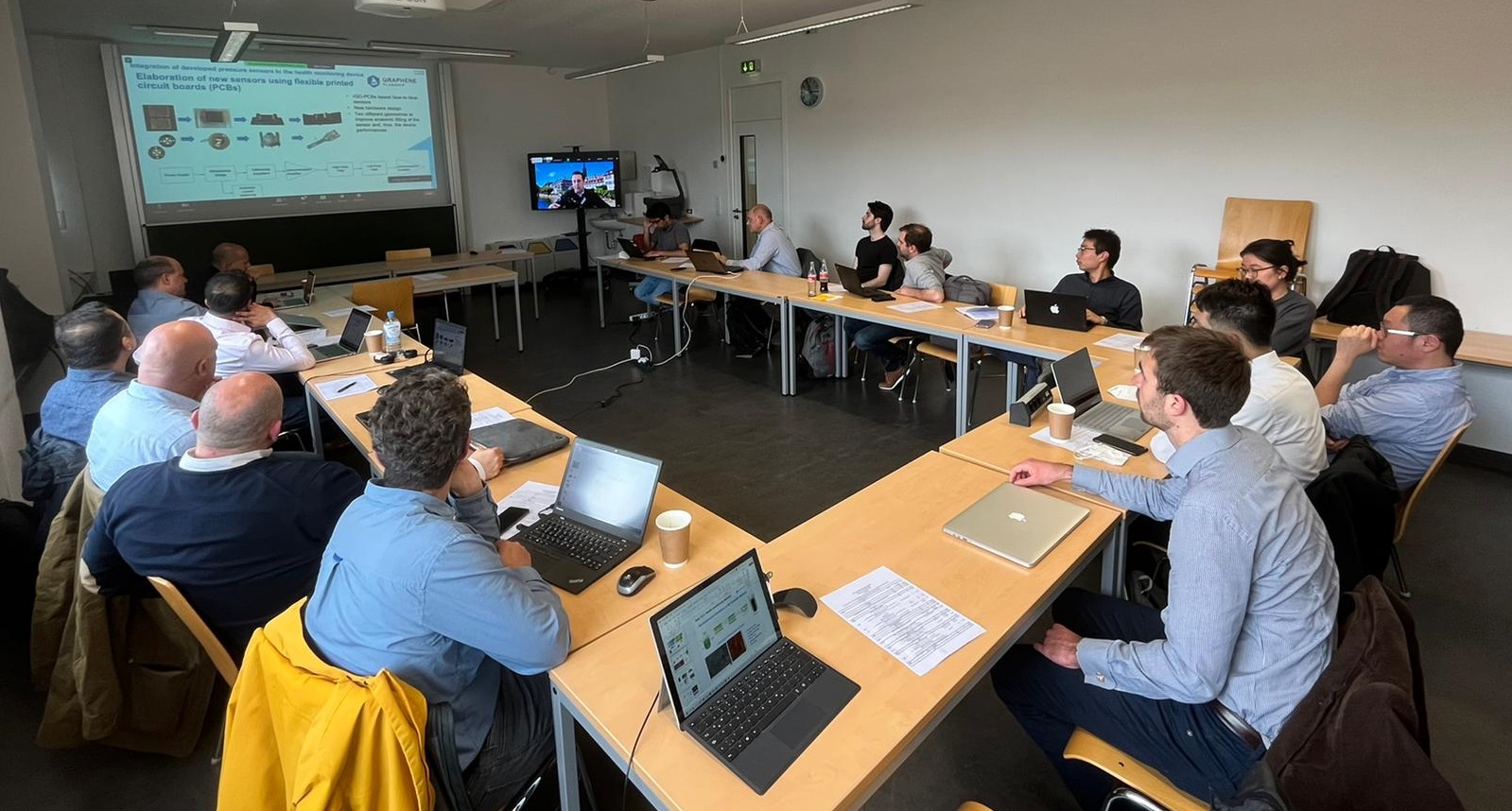
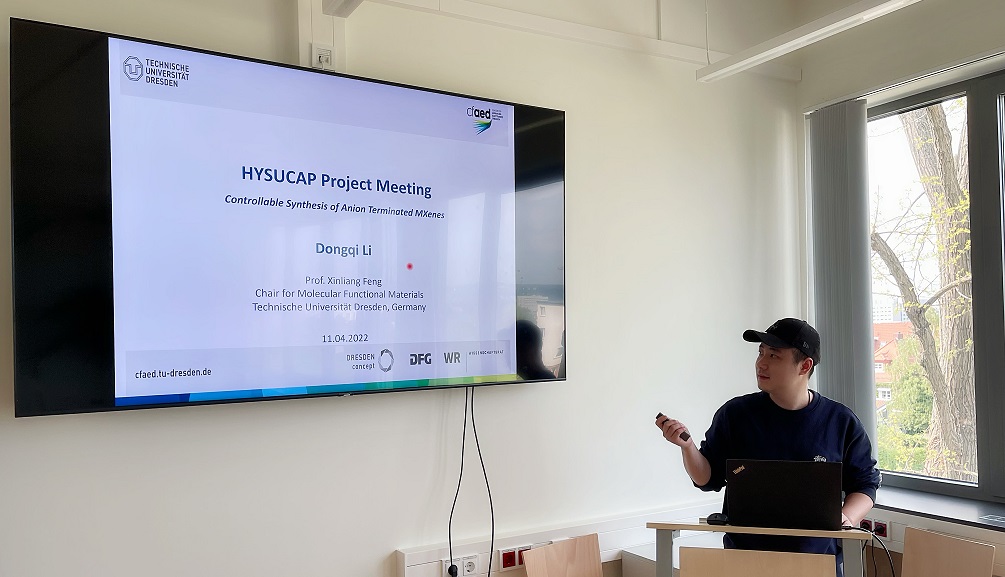
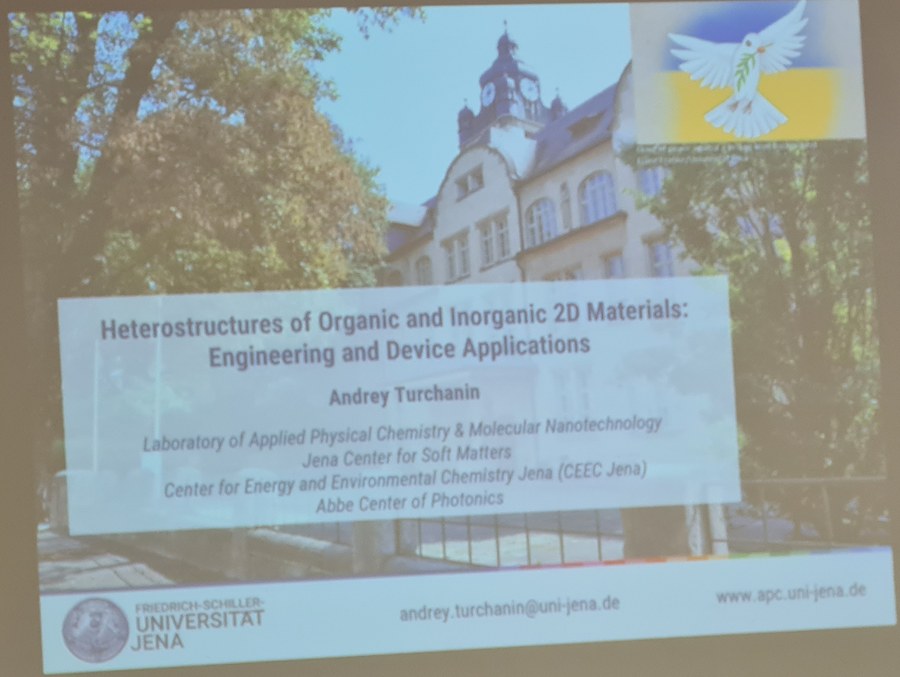
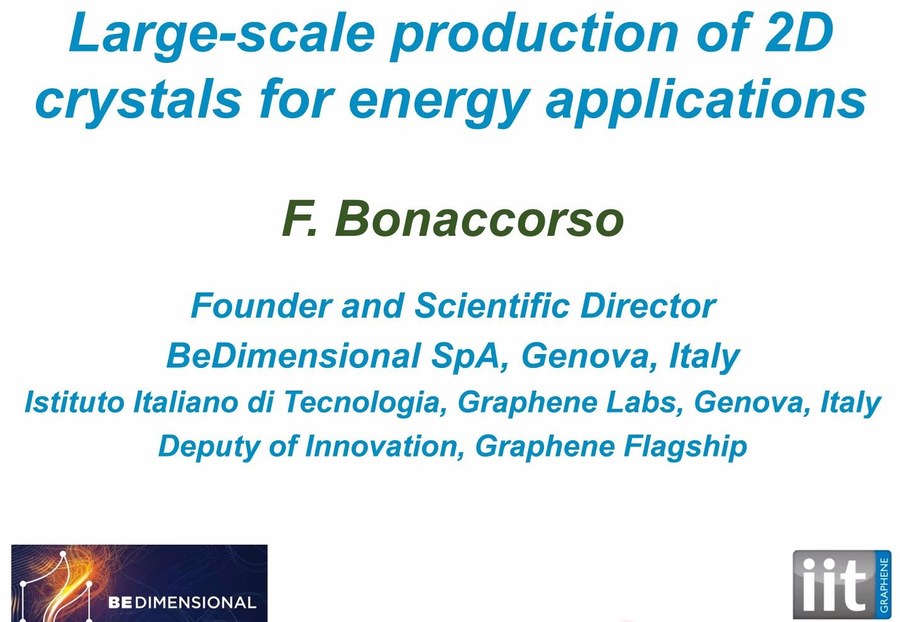

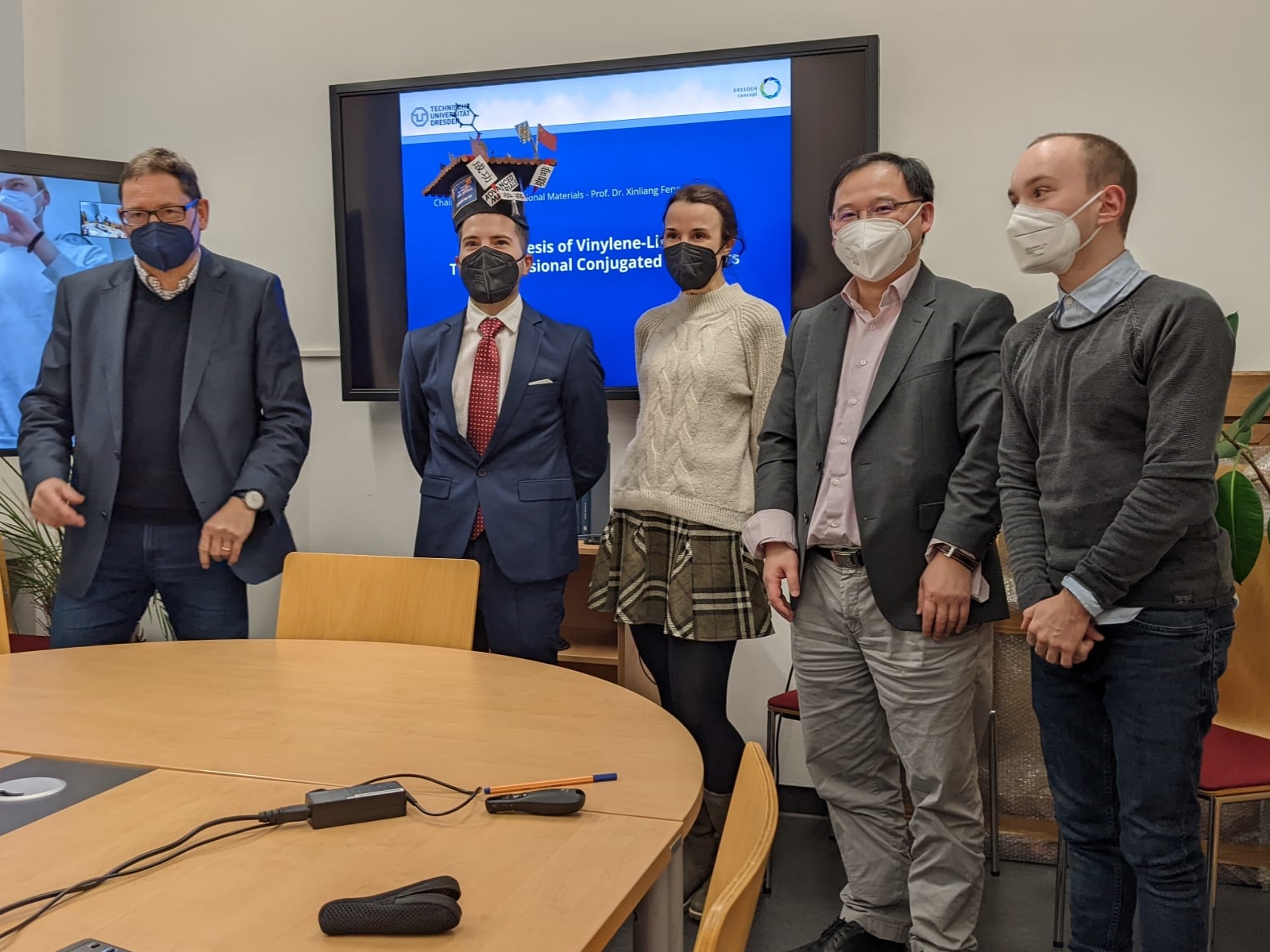

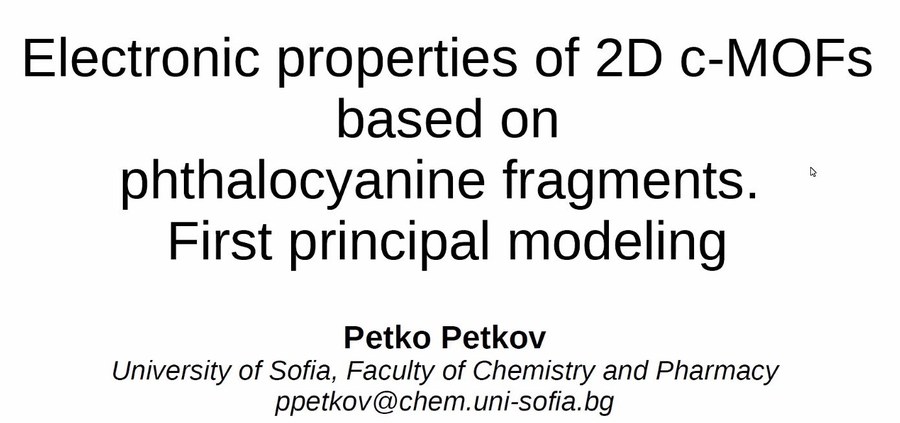
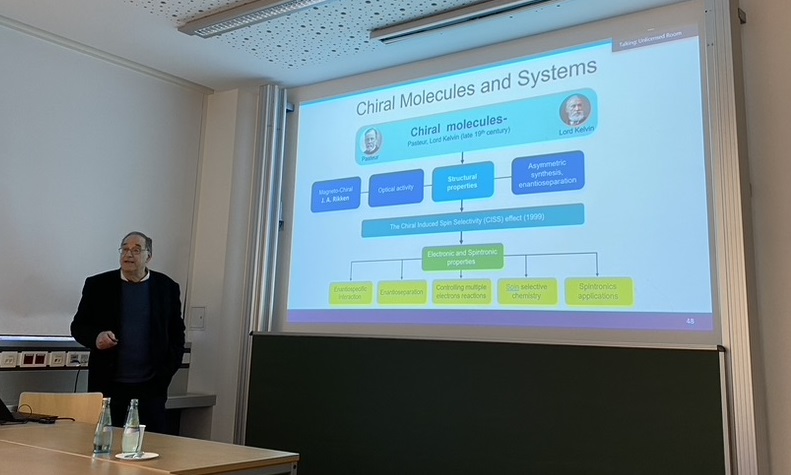
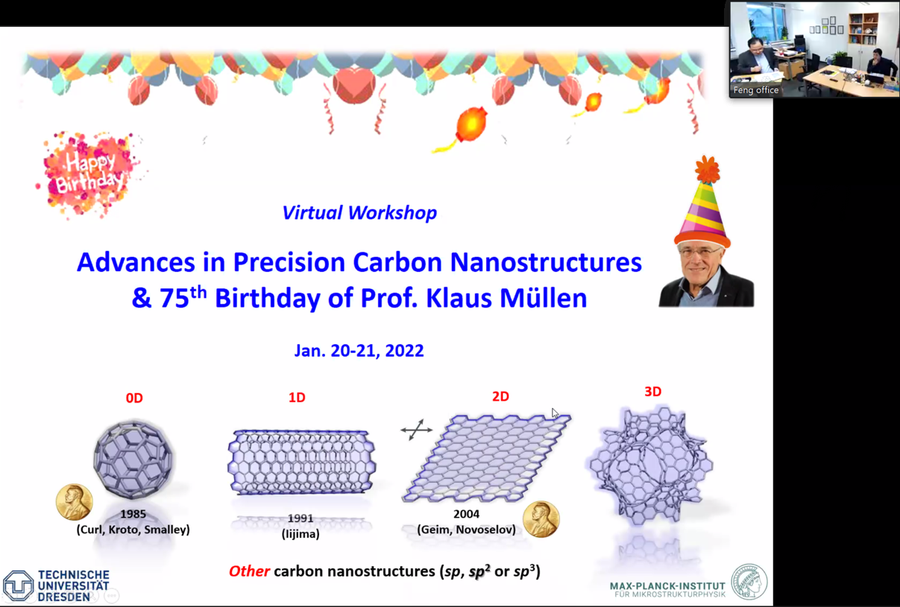
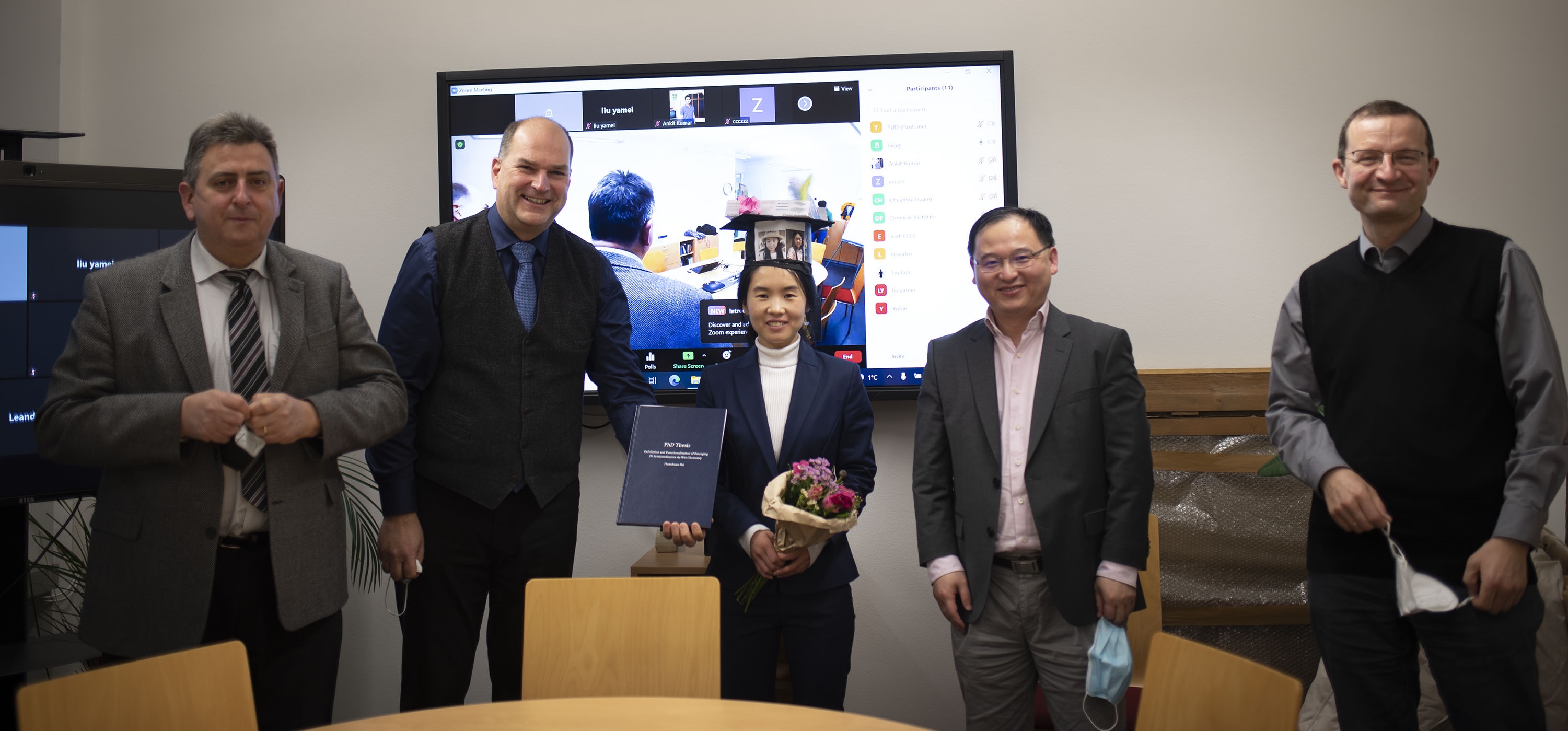
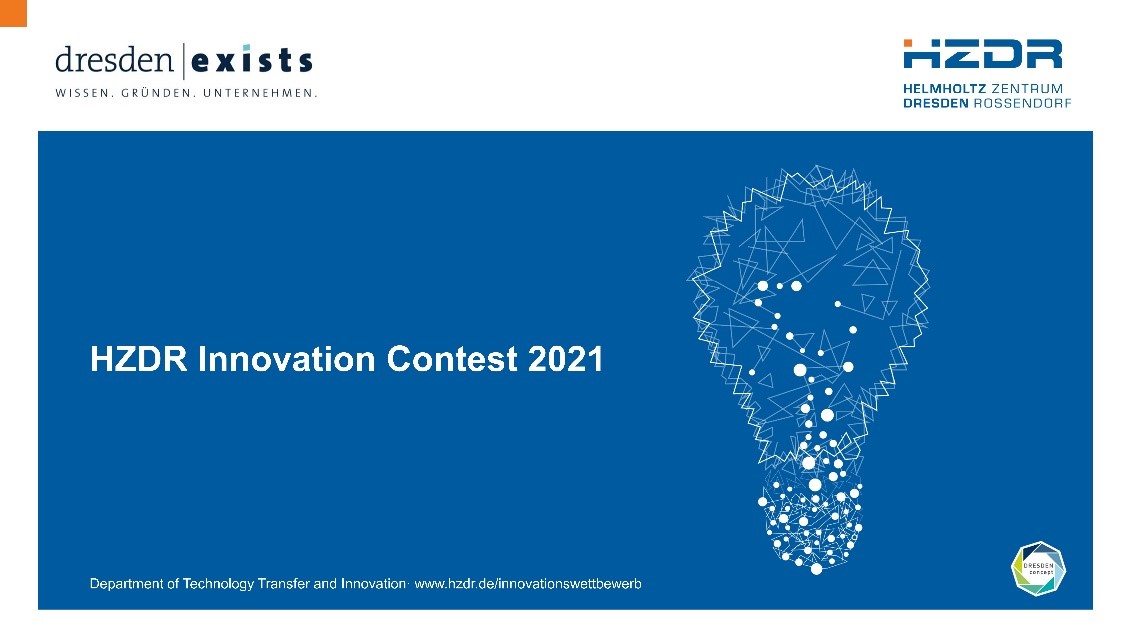
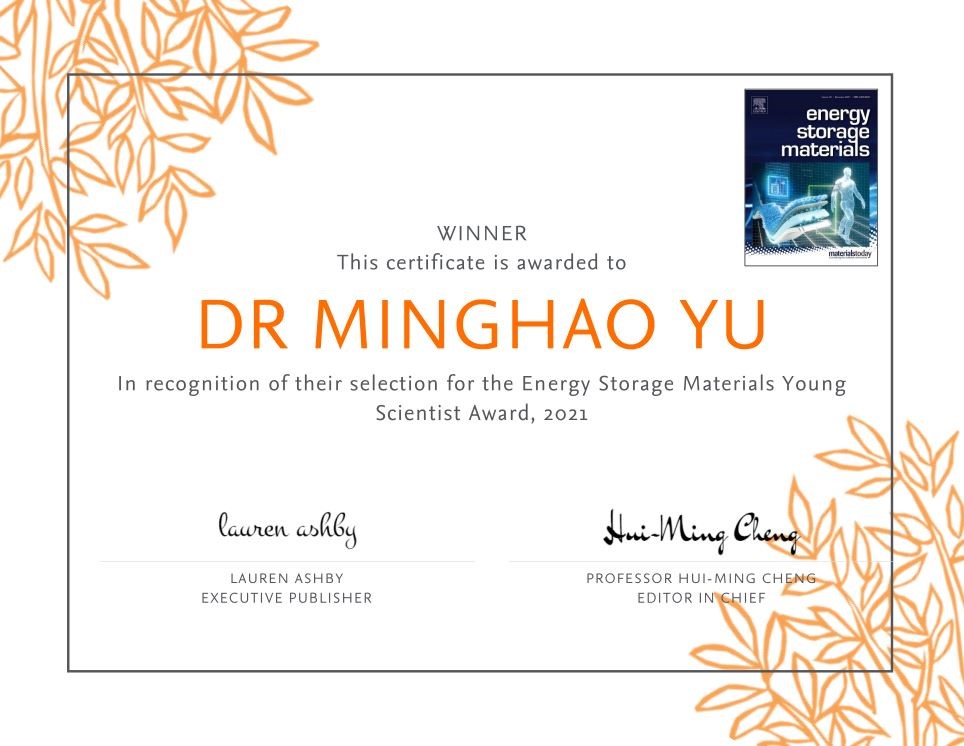
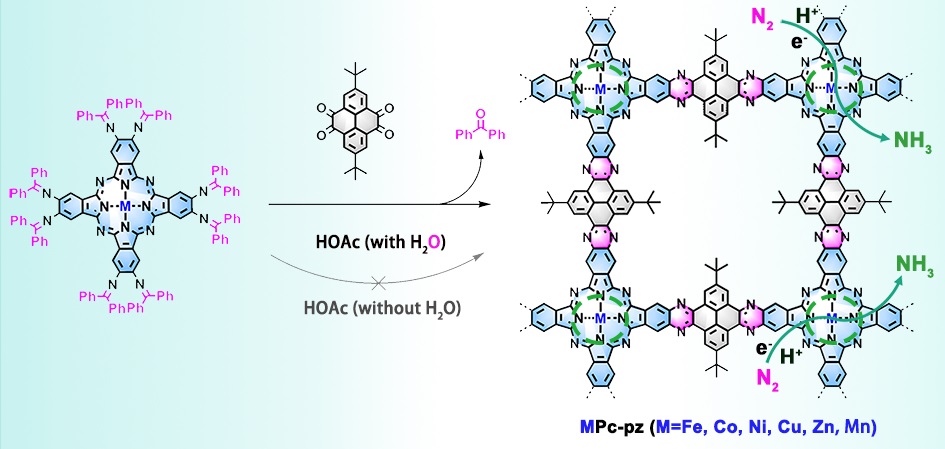
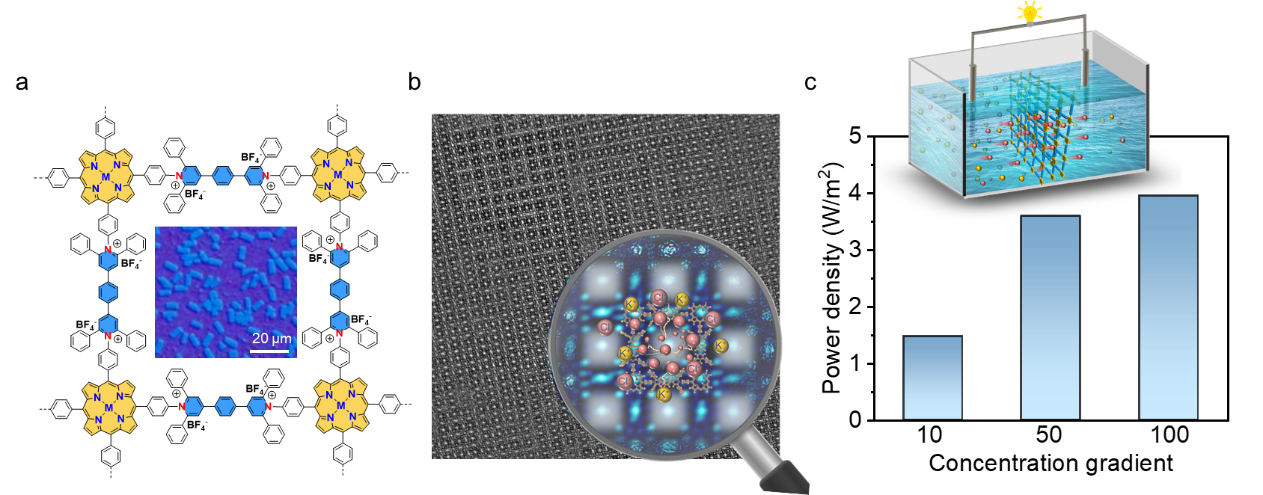
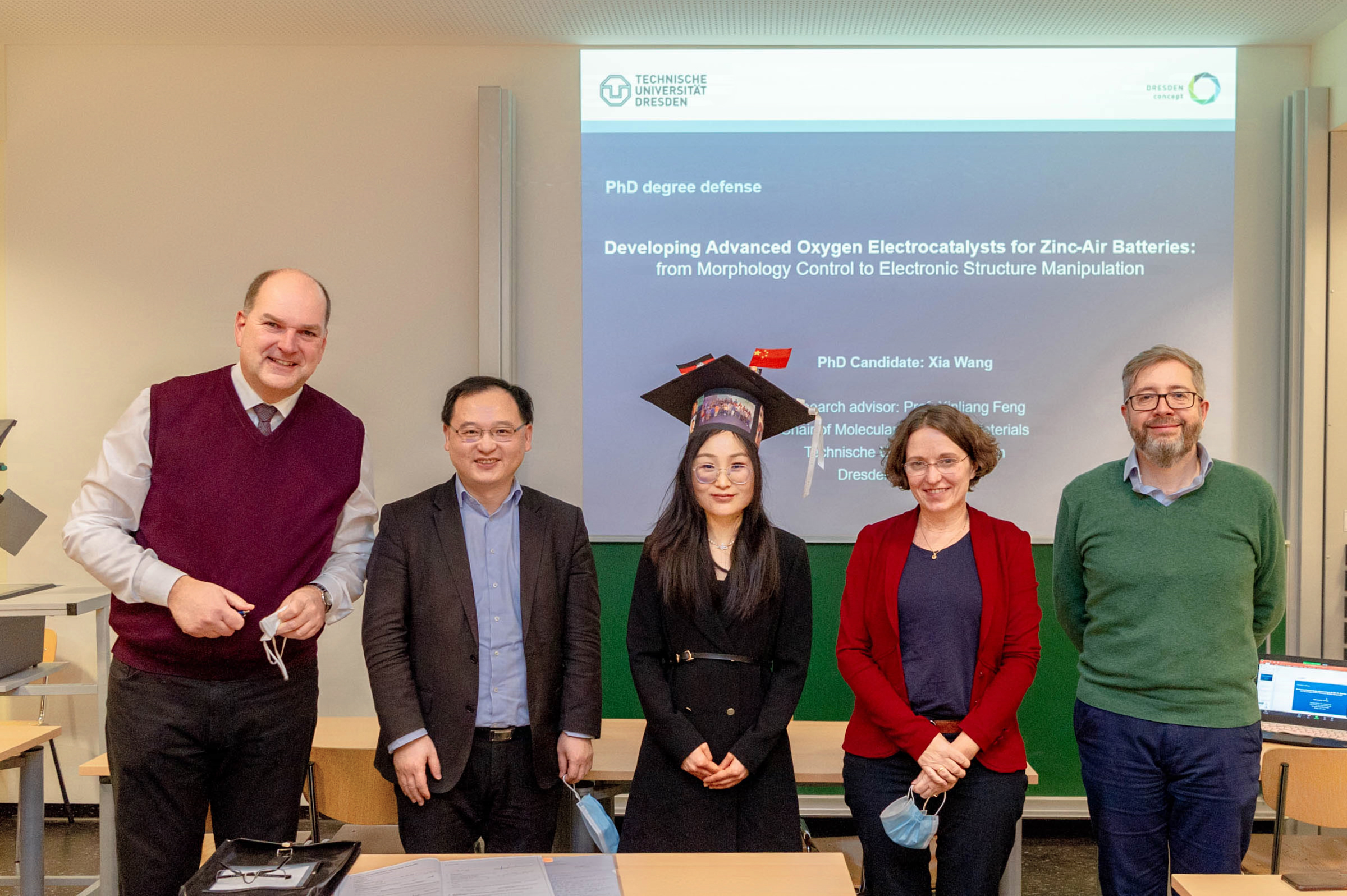
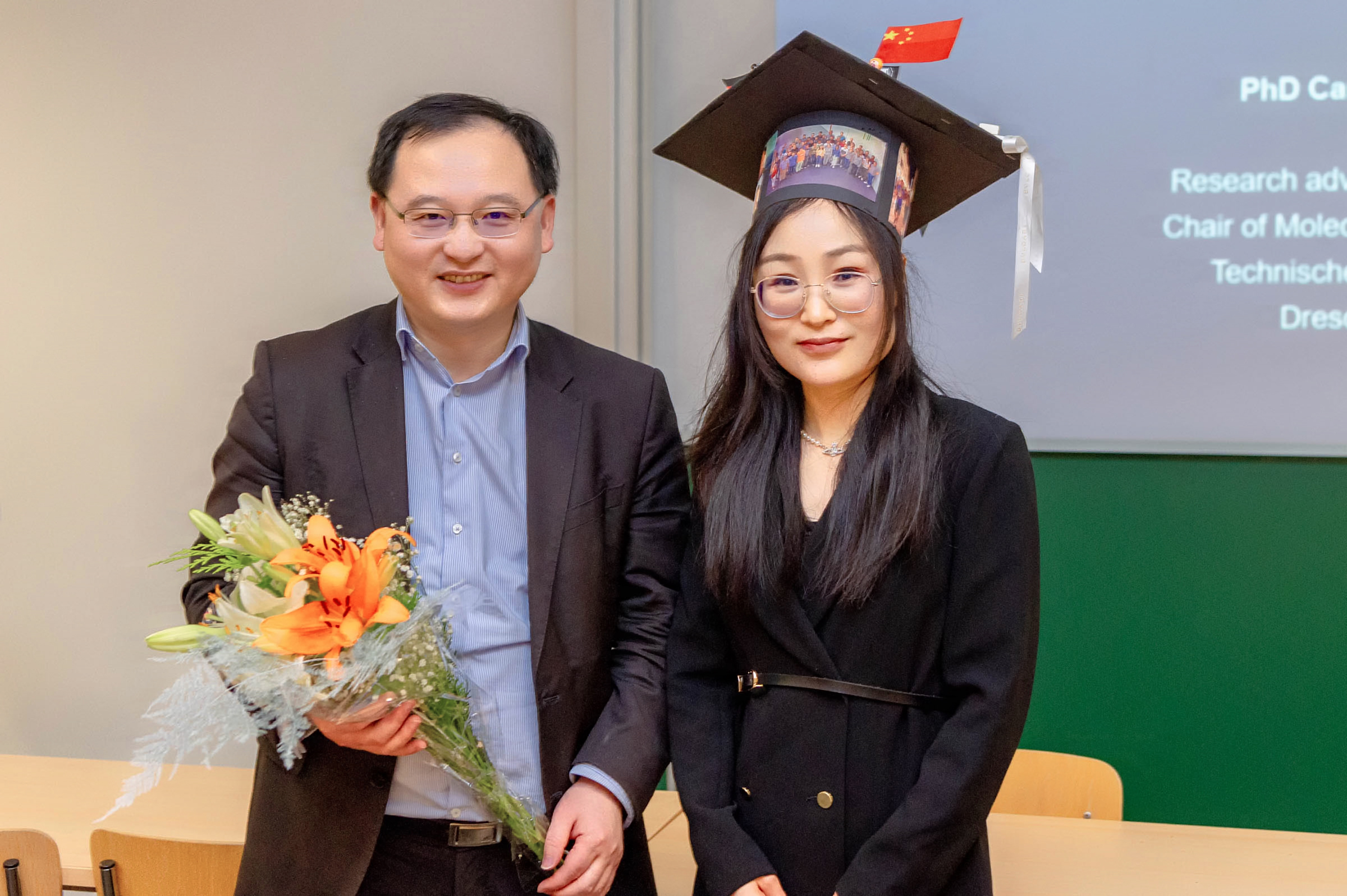
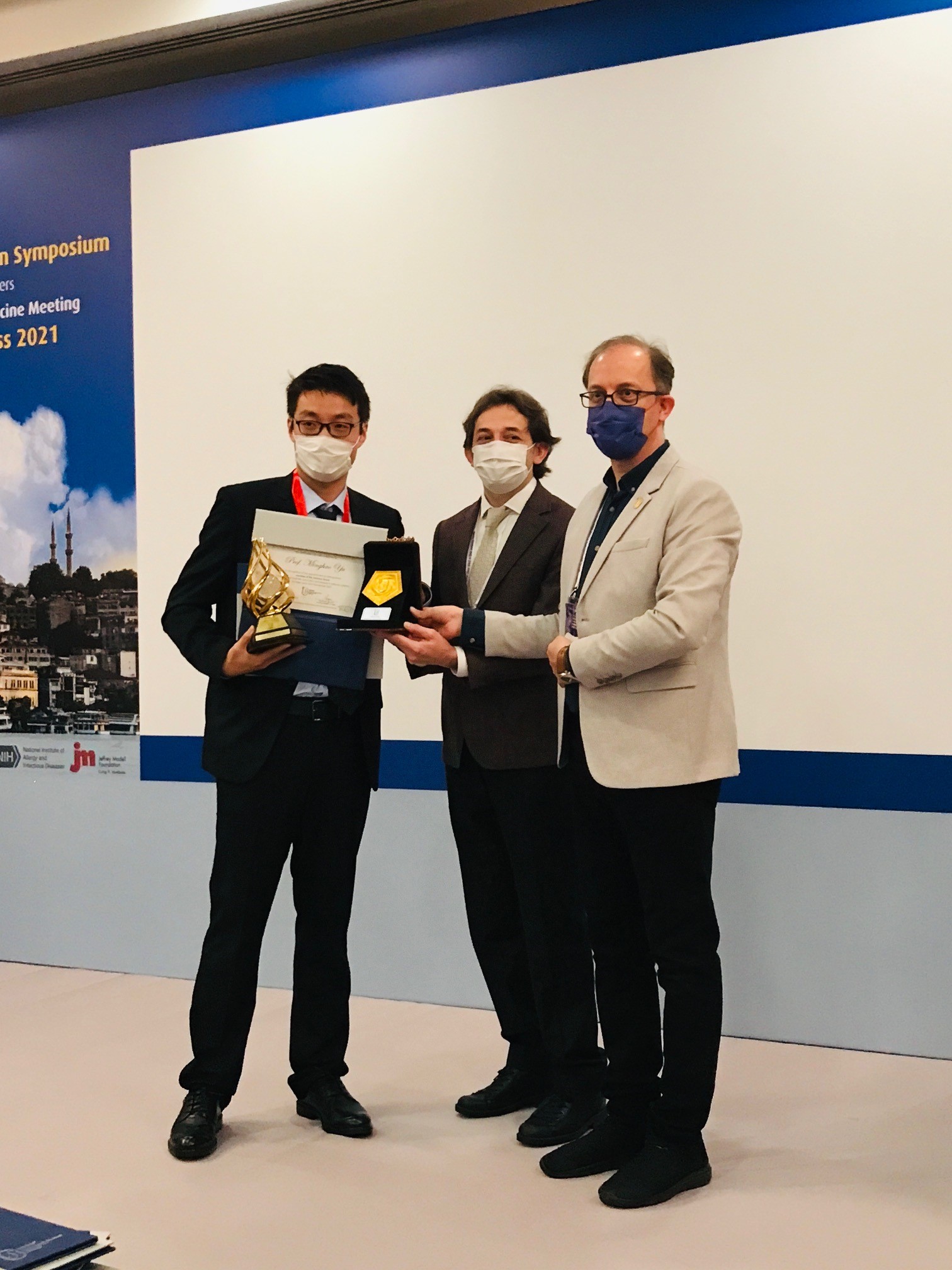
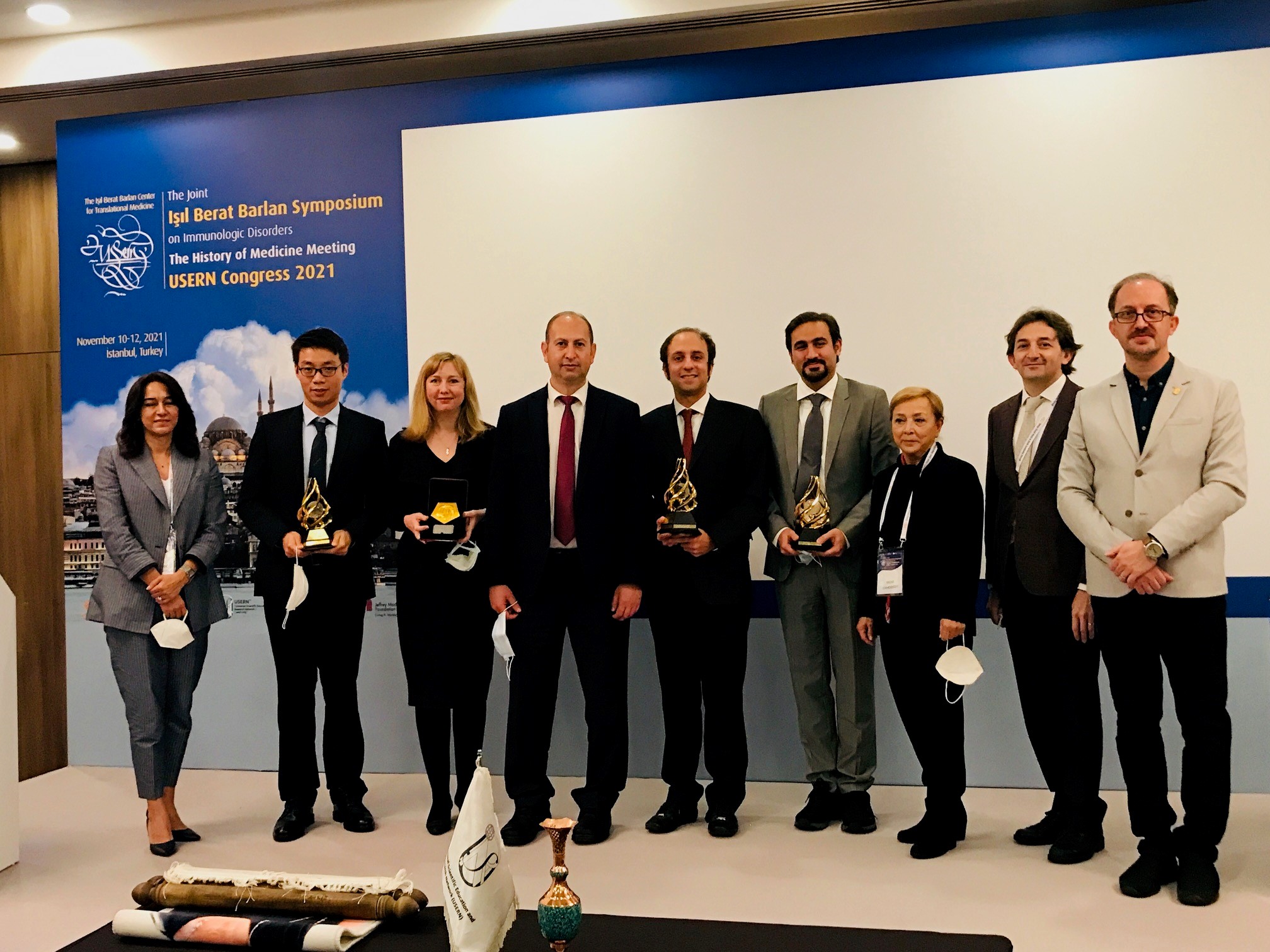

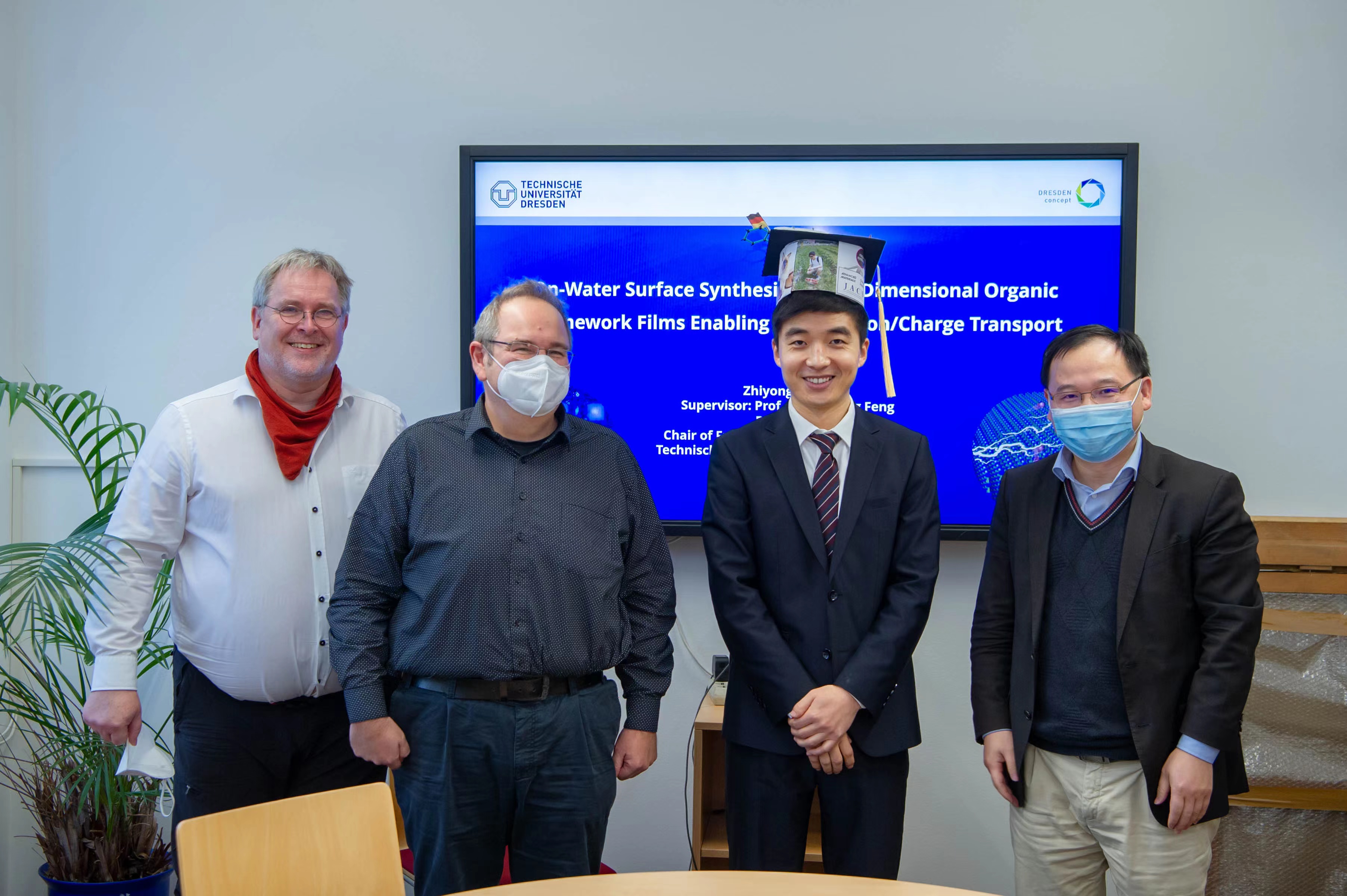
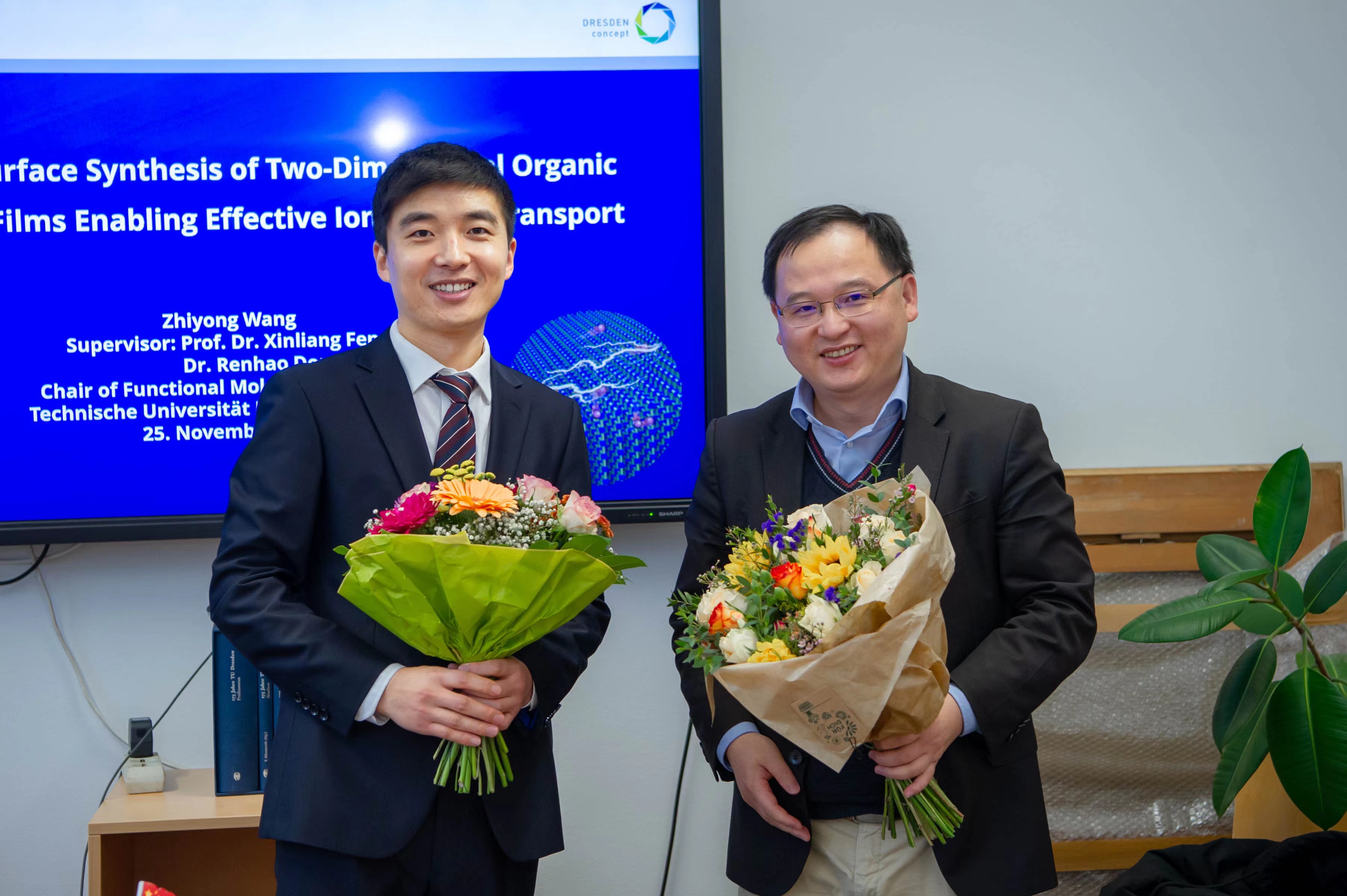
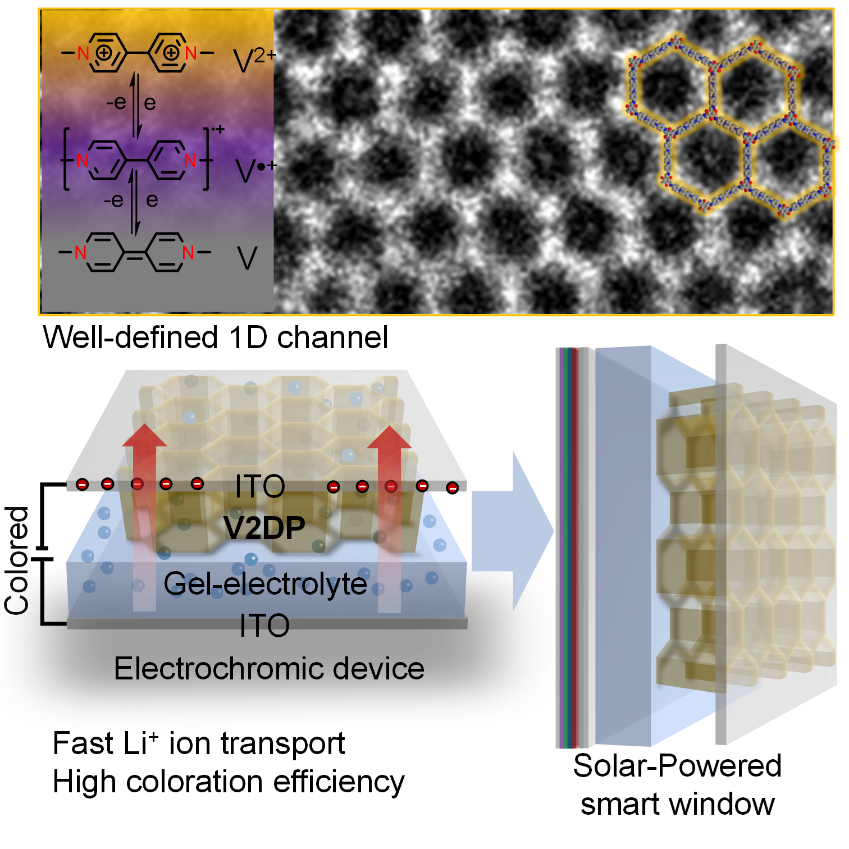
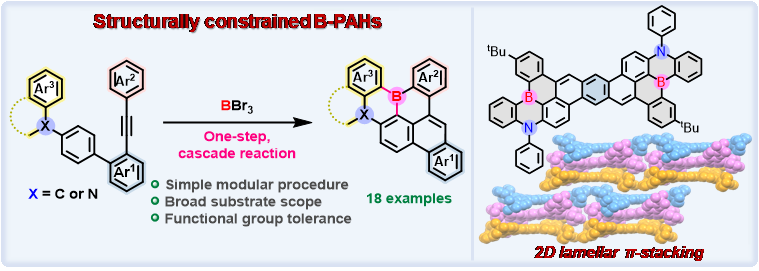
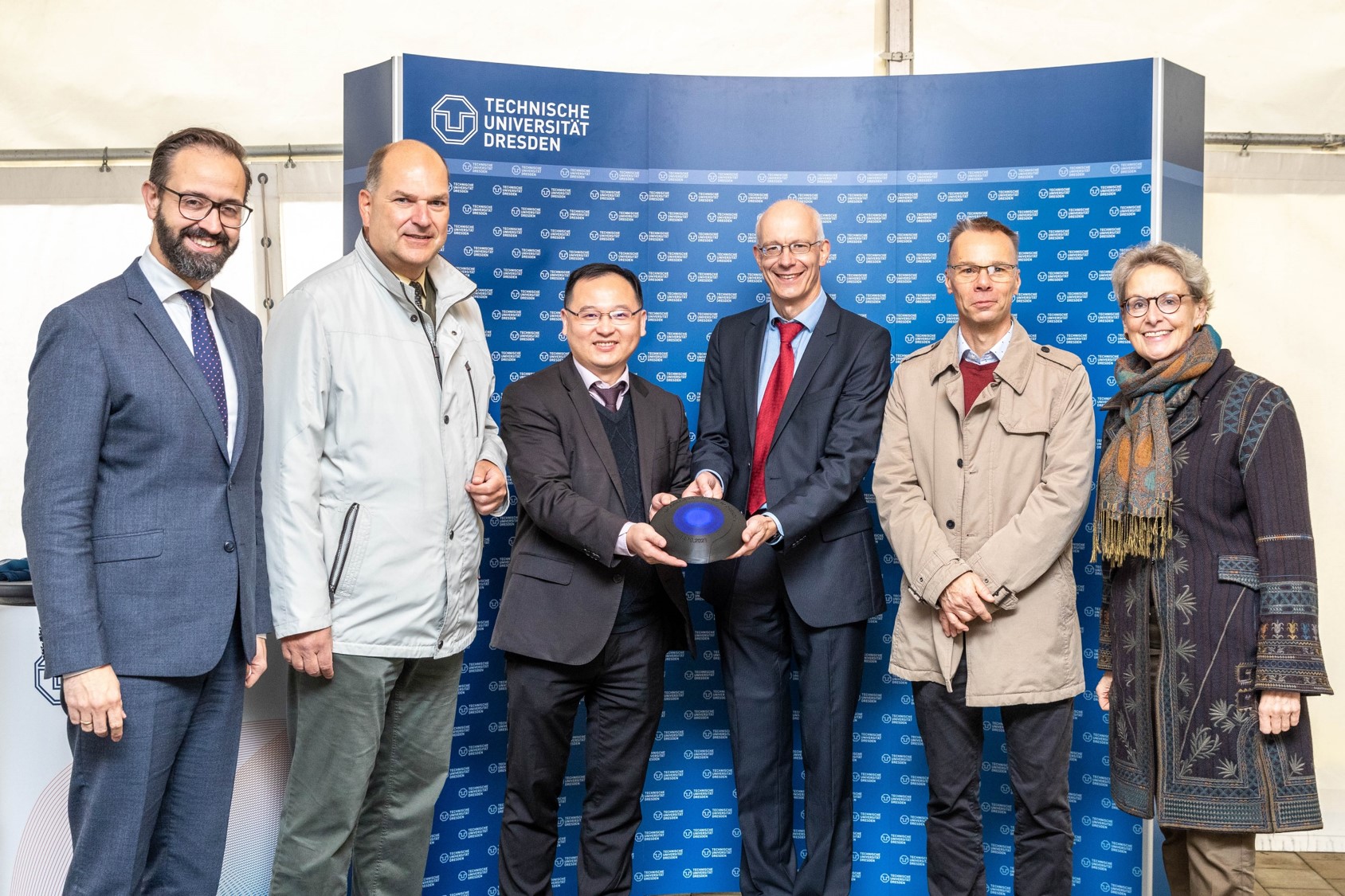 @TU Dresden/Eric Münch
@TU Dresden/Eric Münch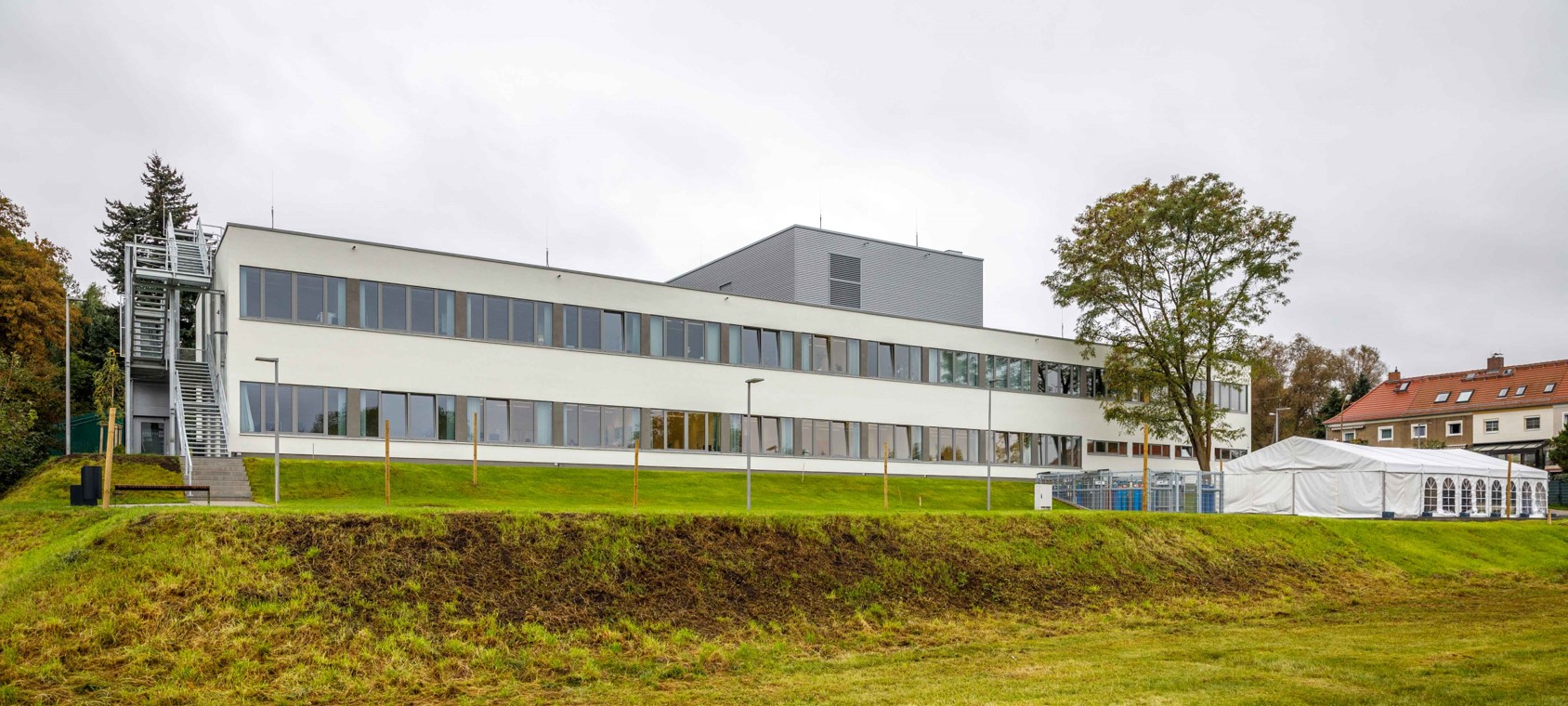 @TU Dresden/Eric Münch
@TU Dresden/Eric Münch